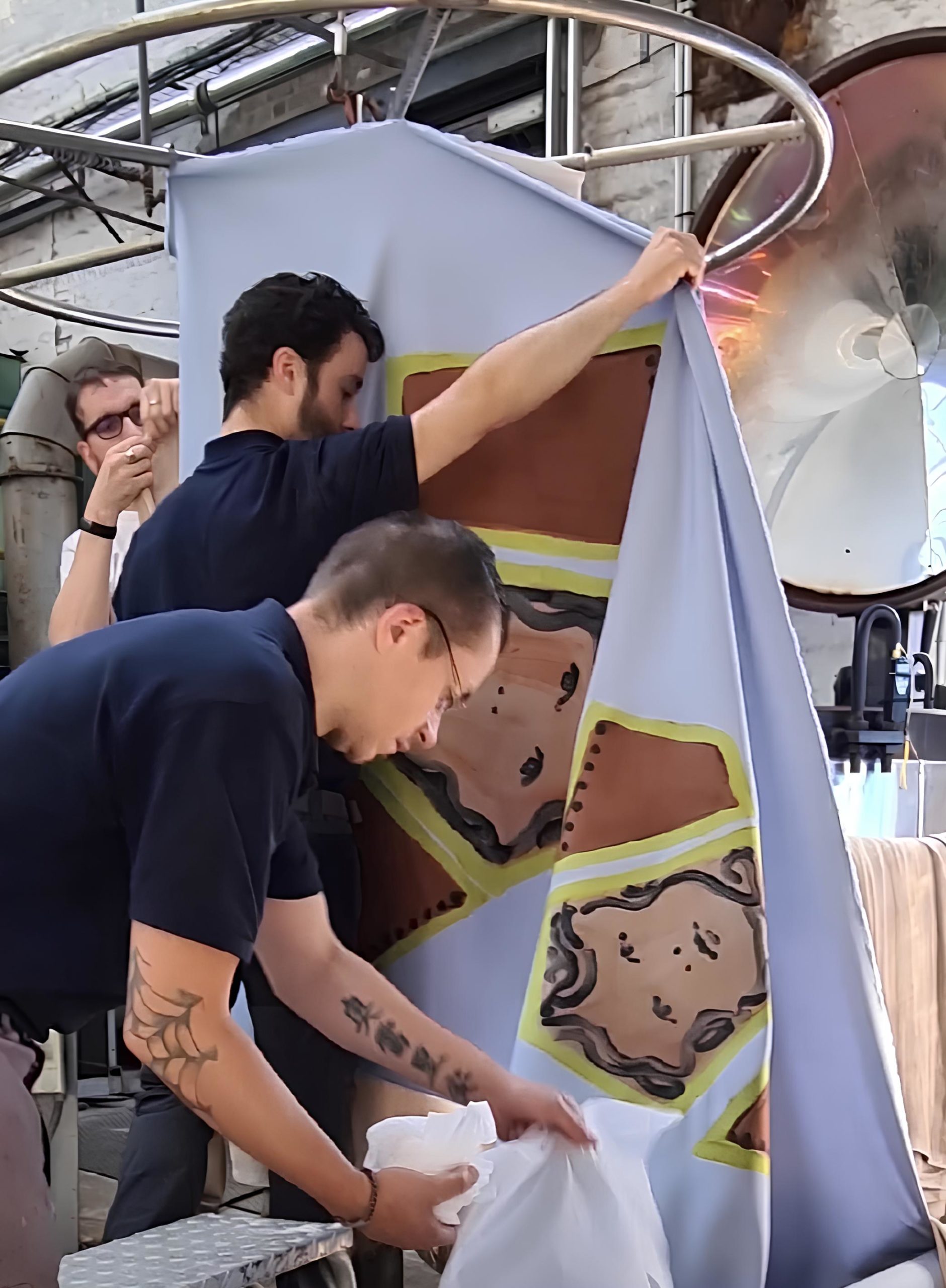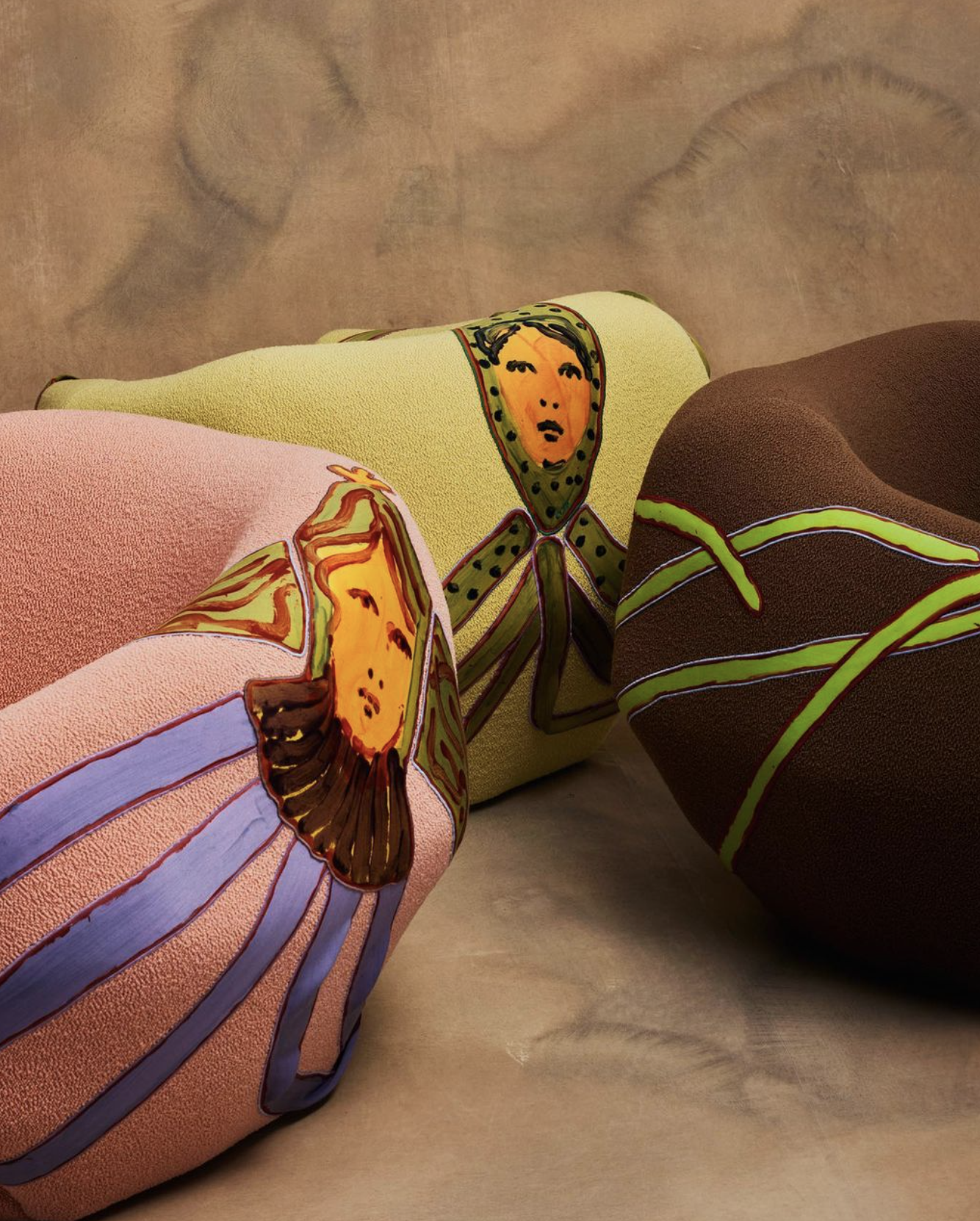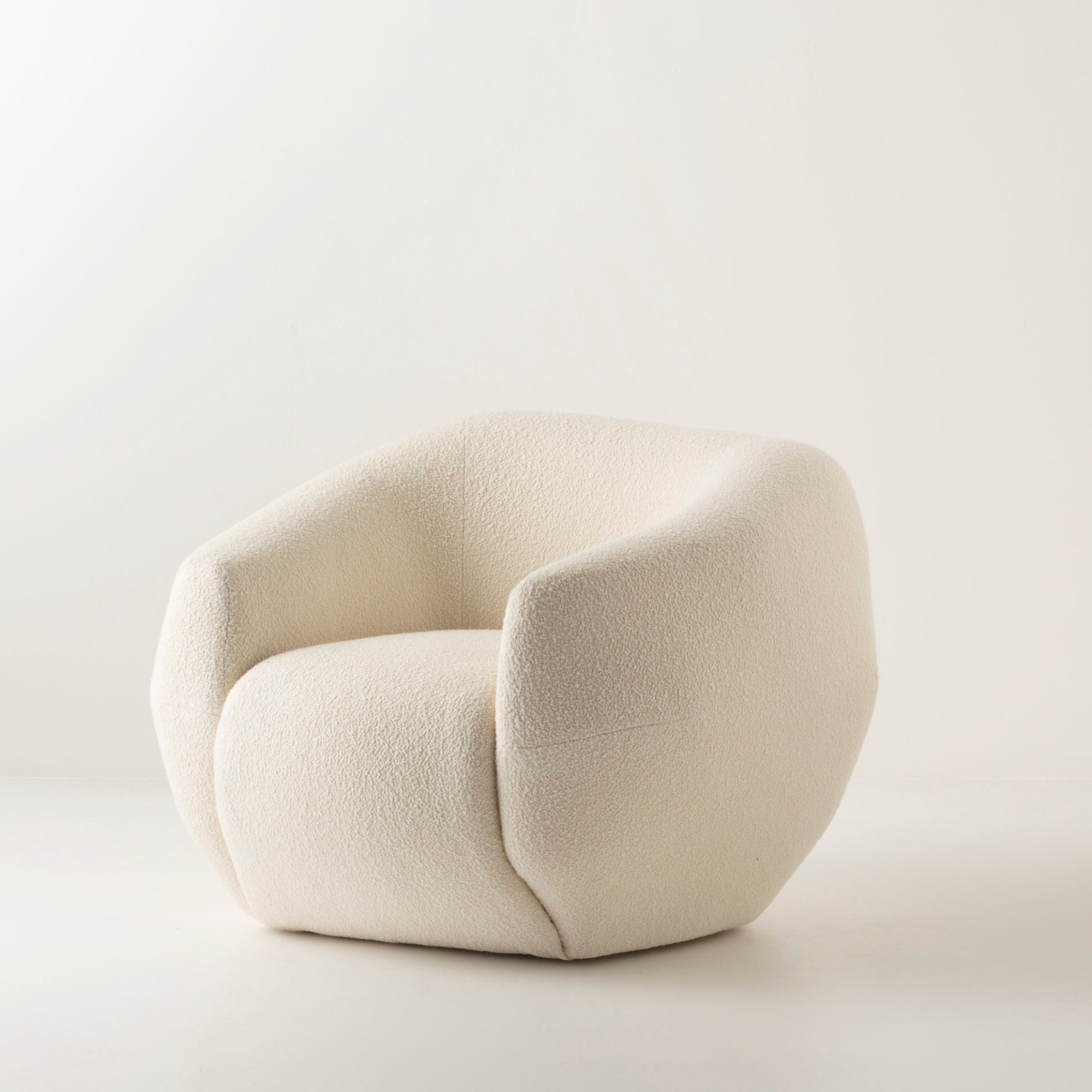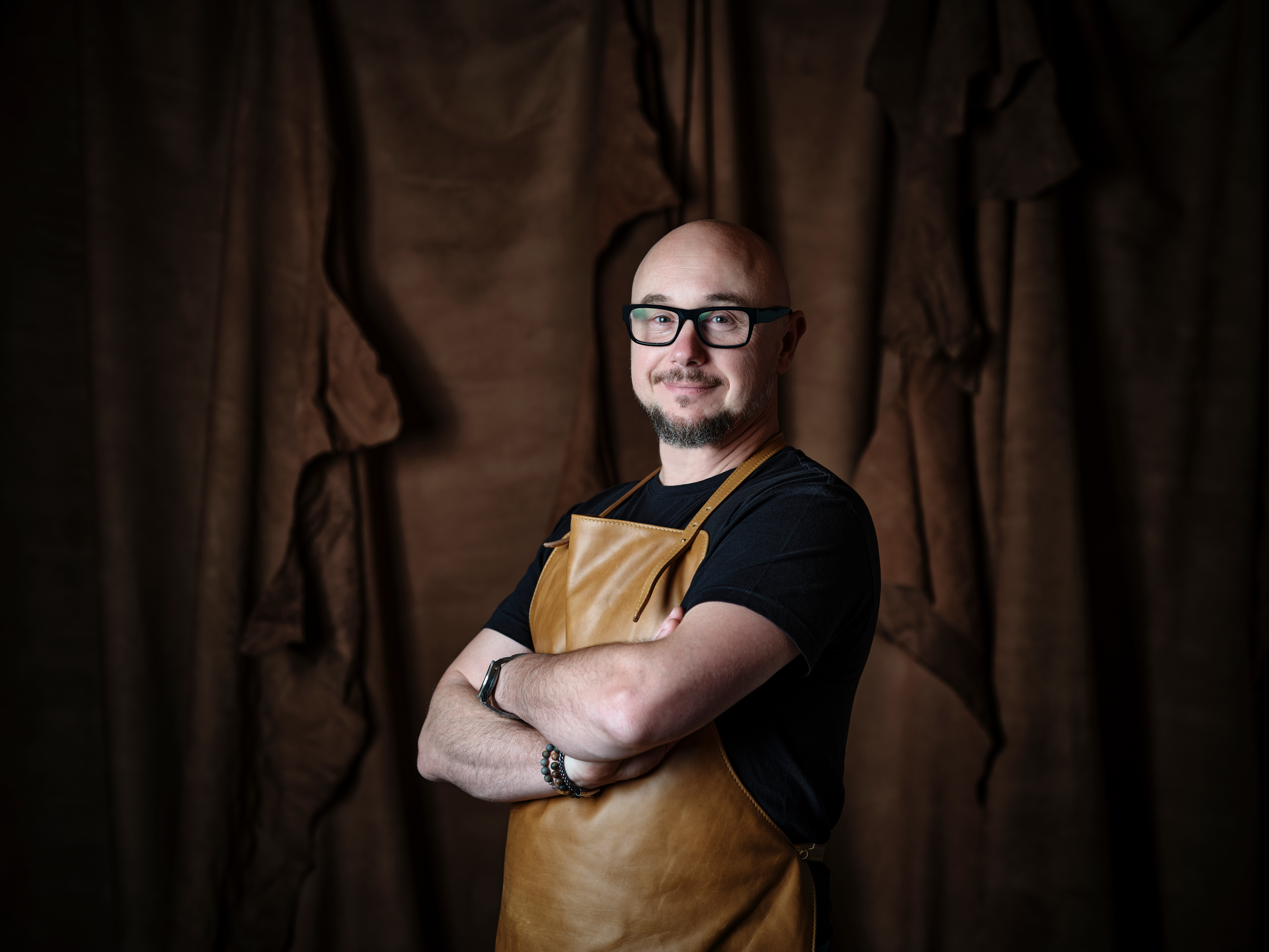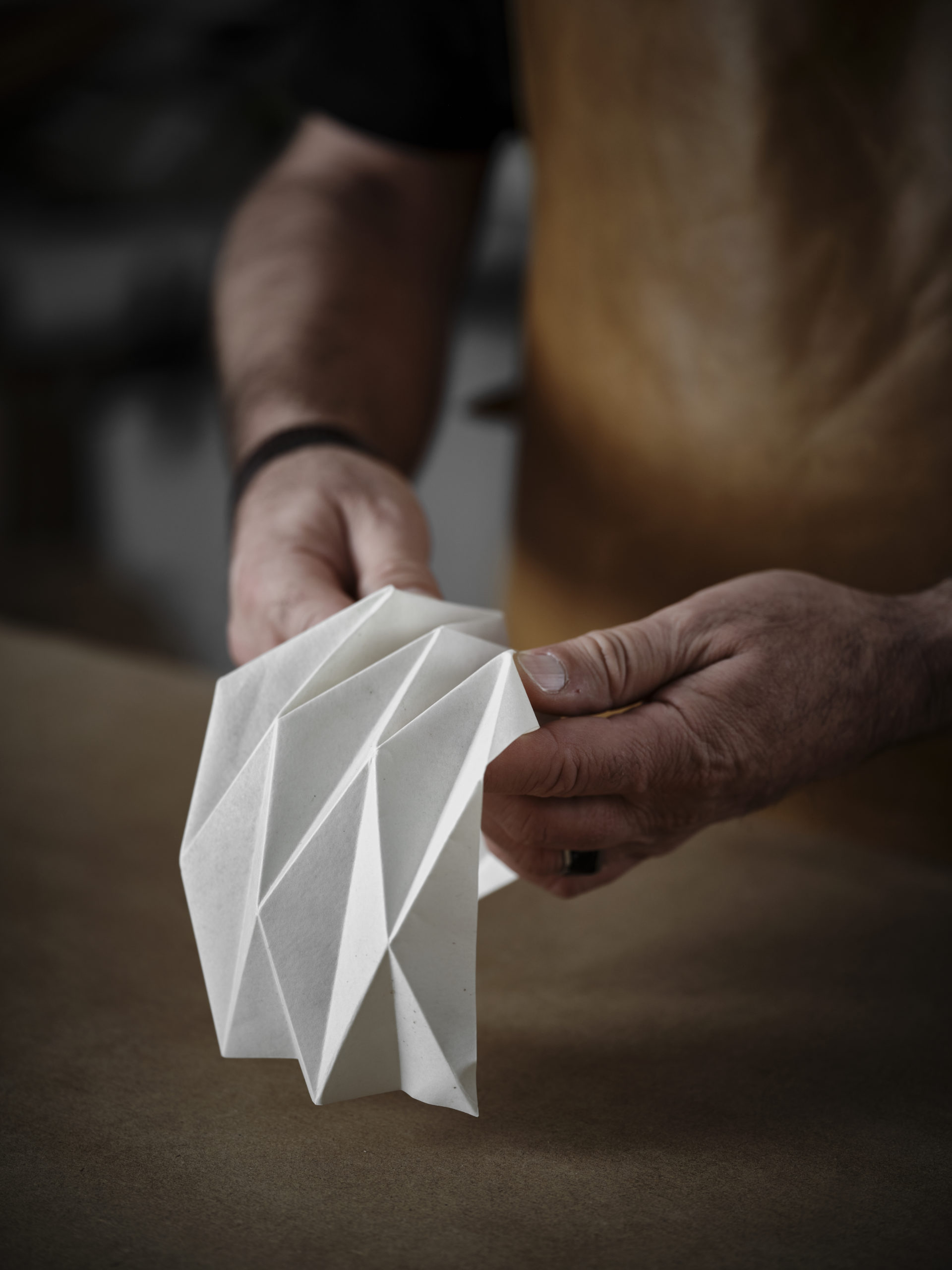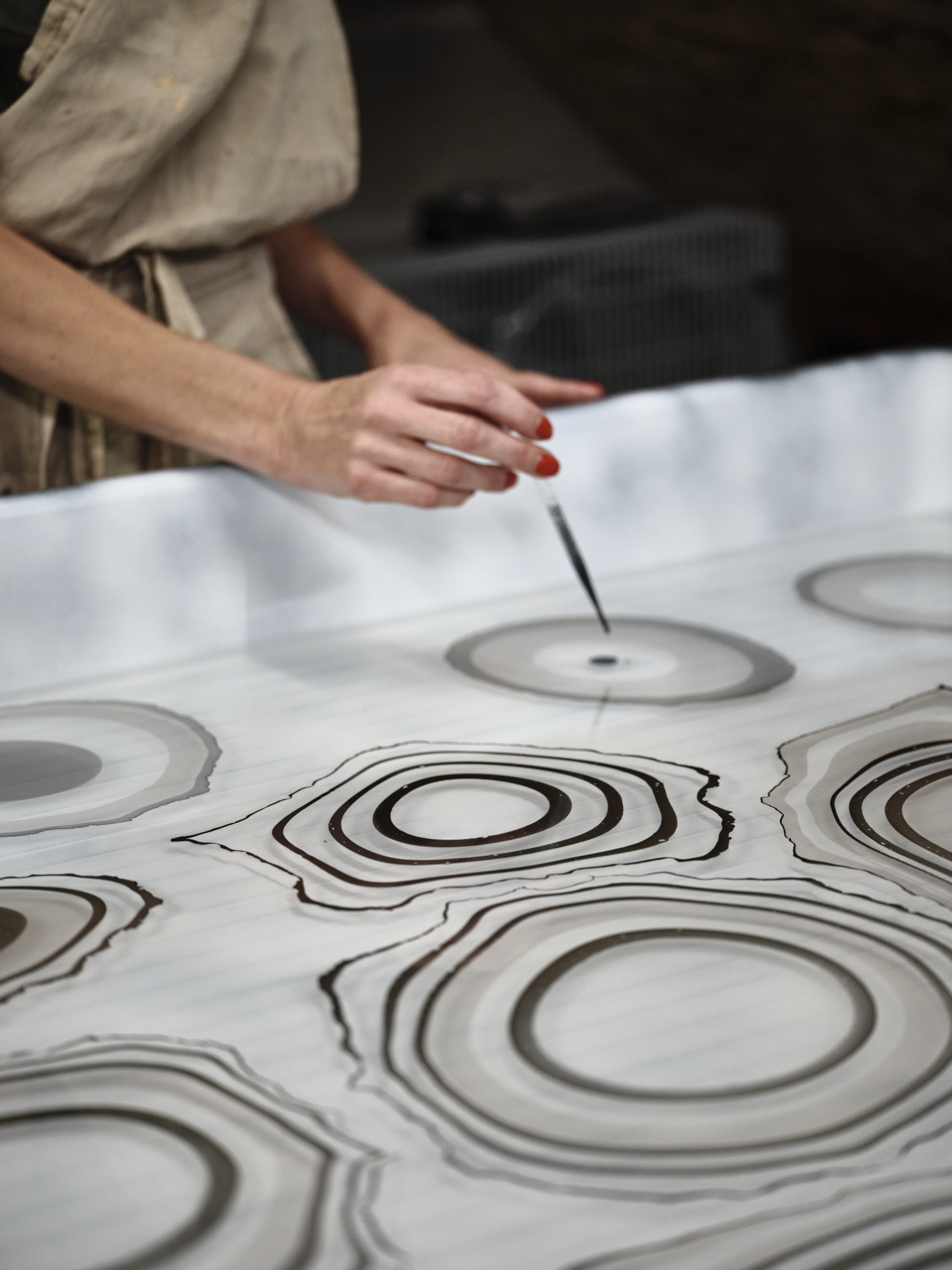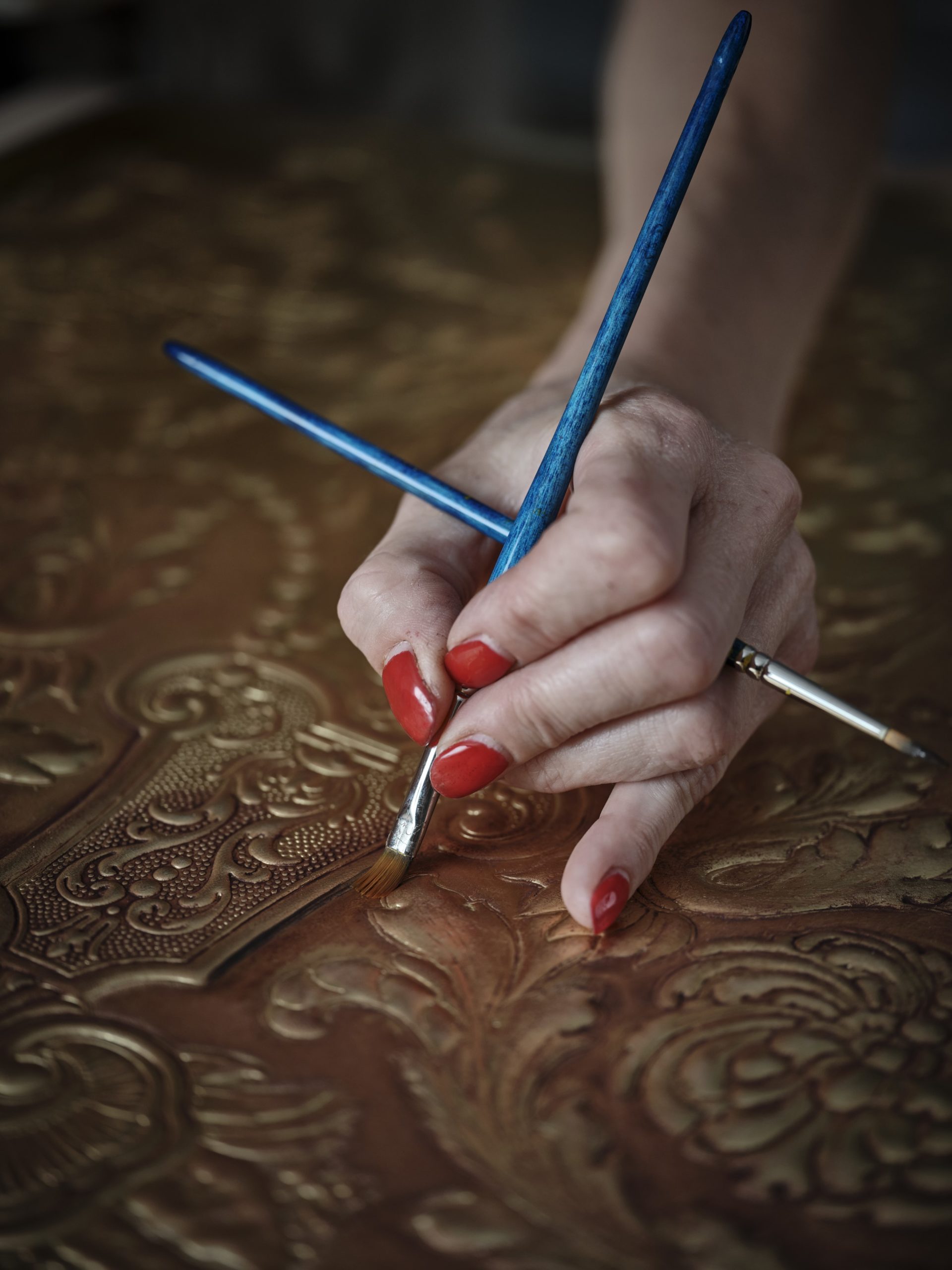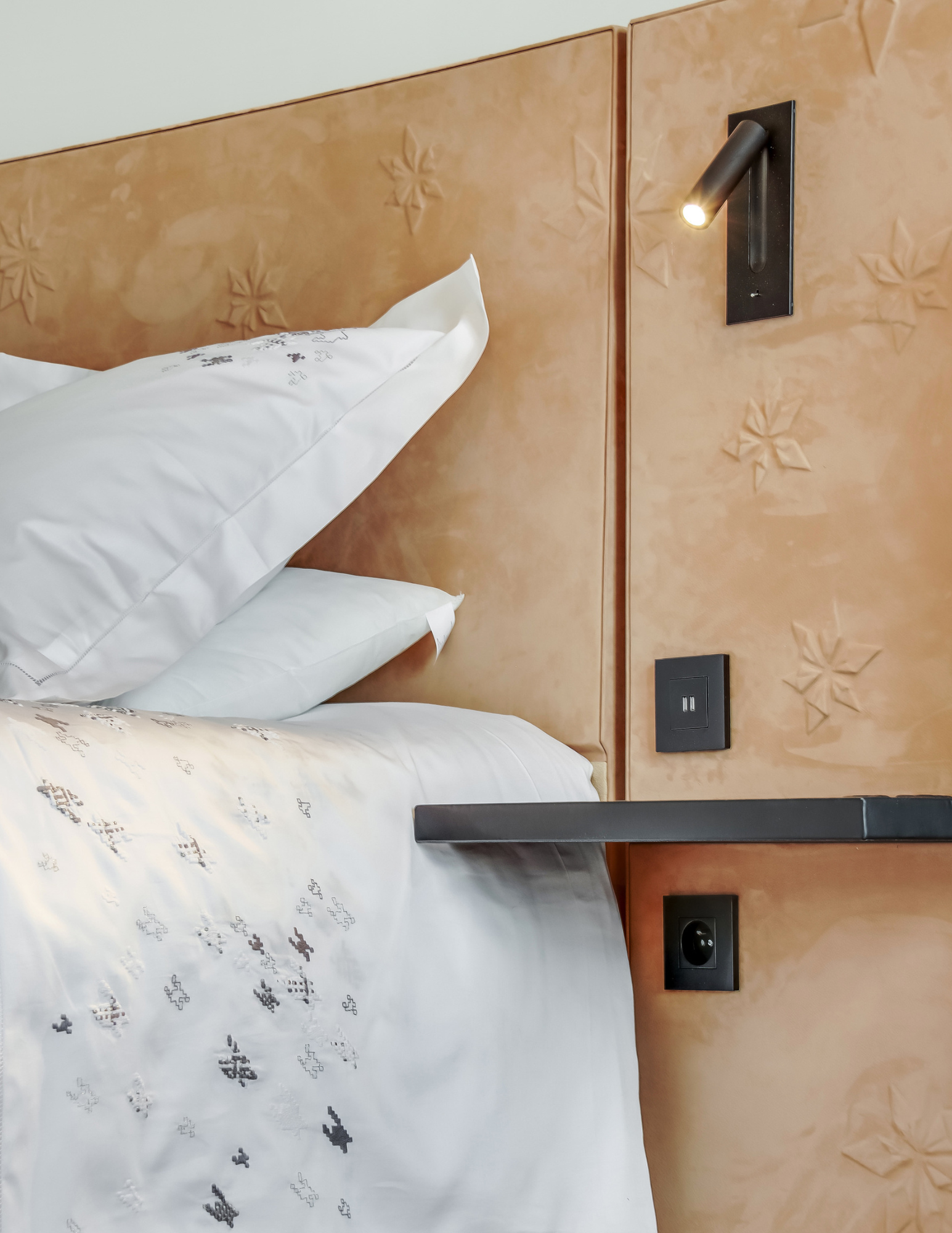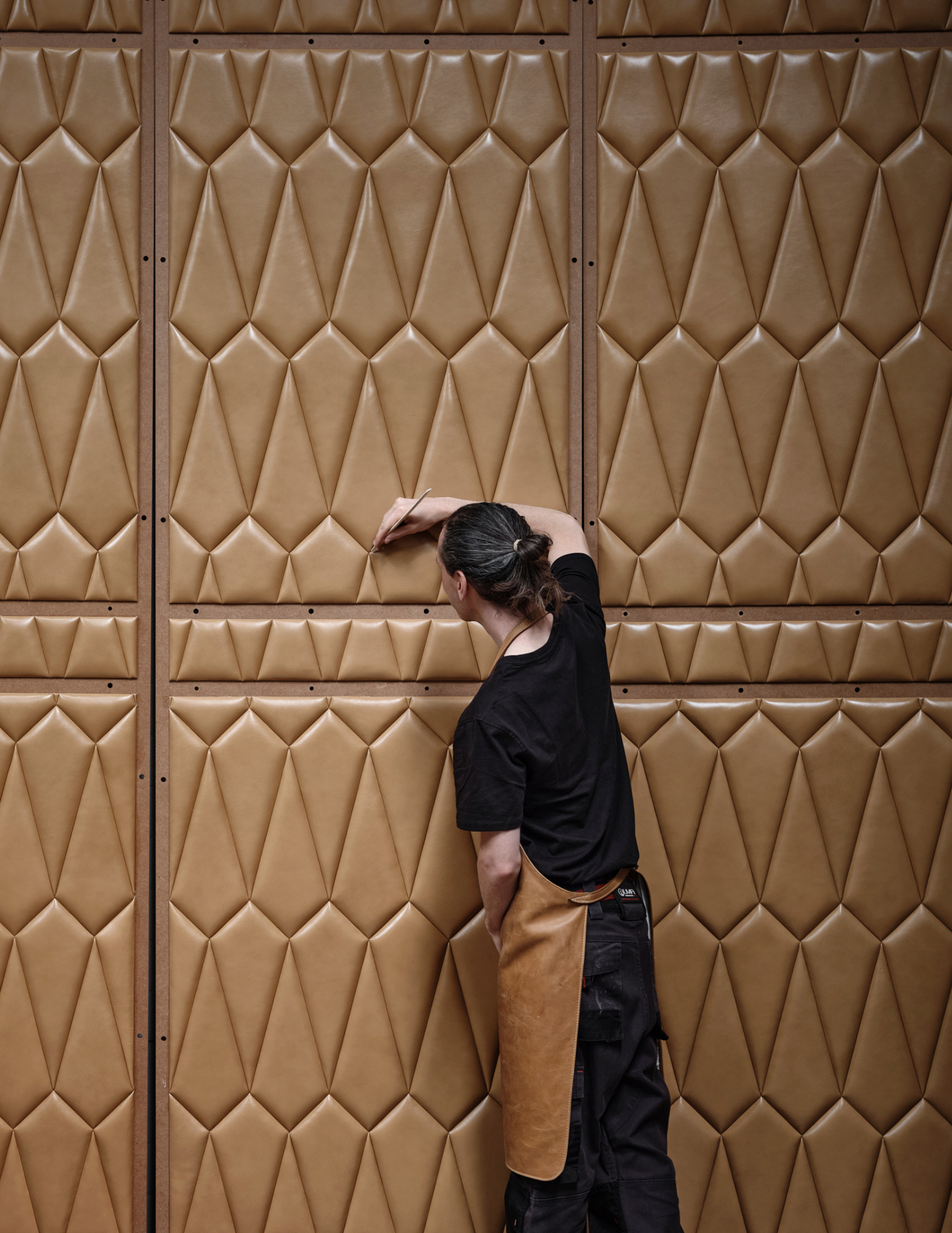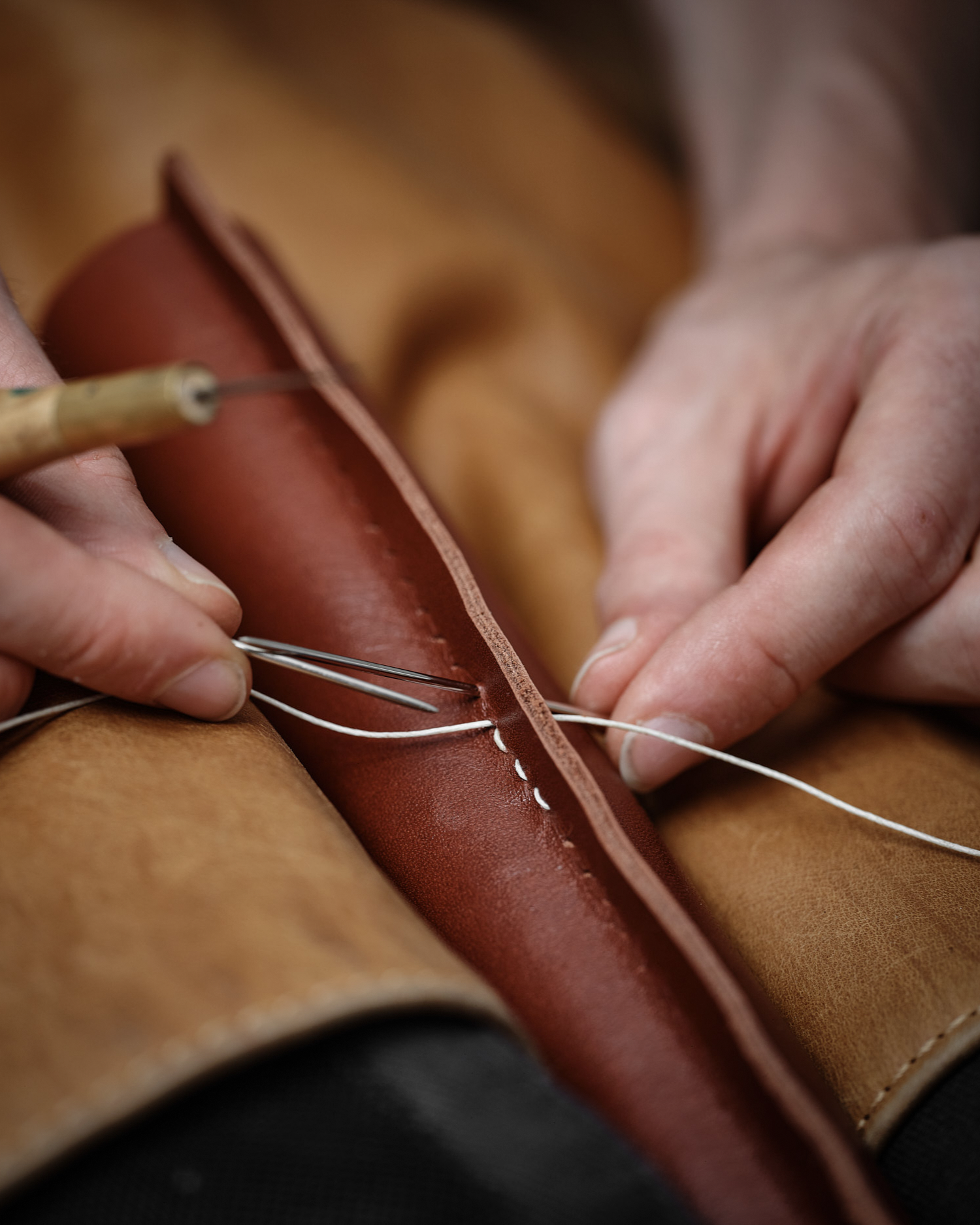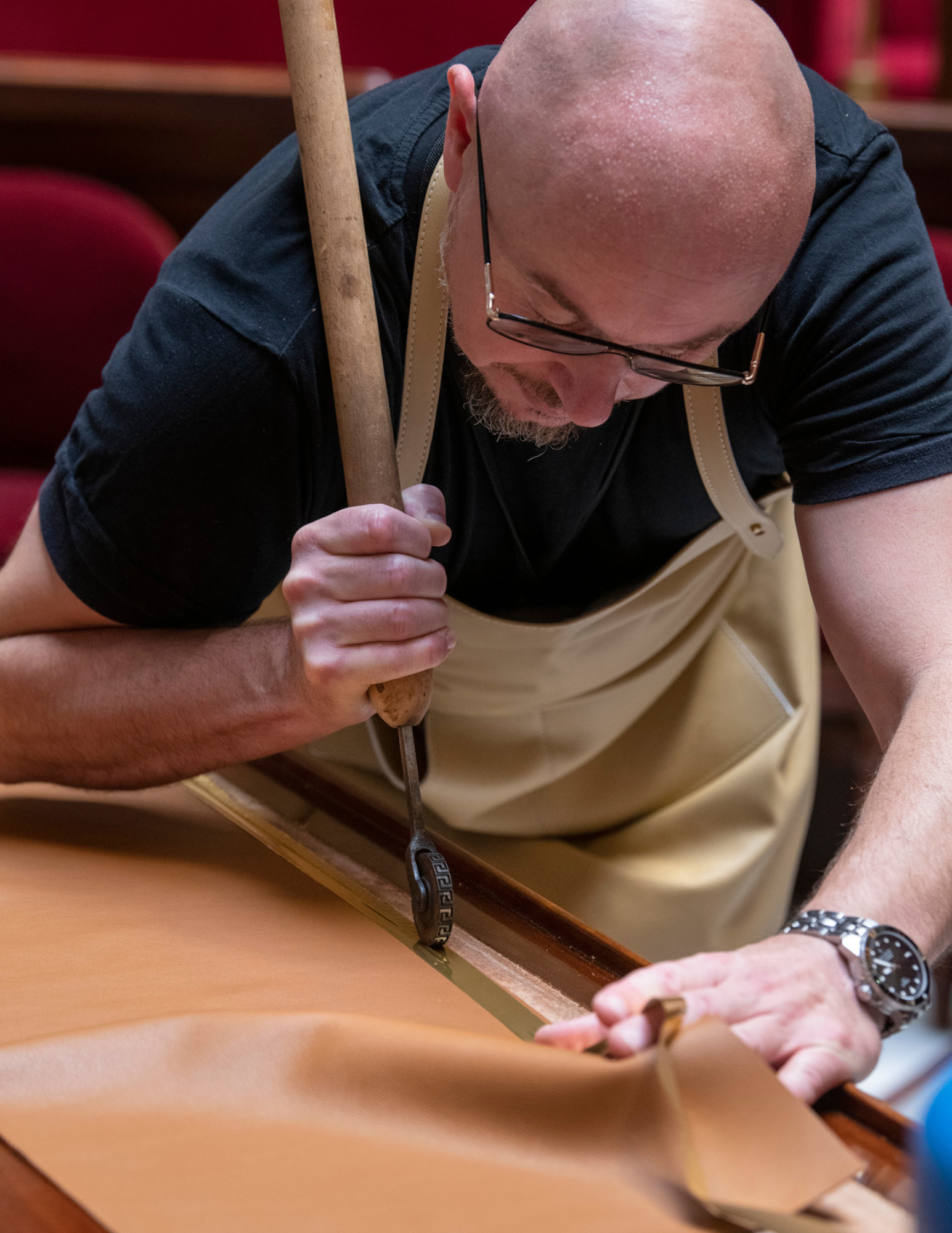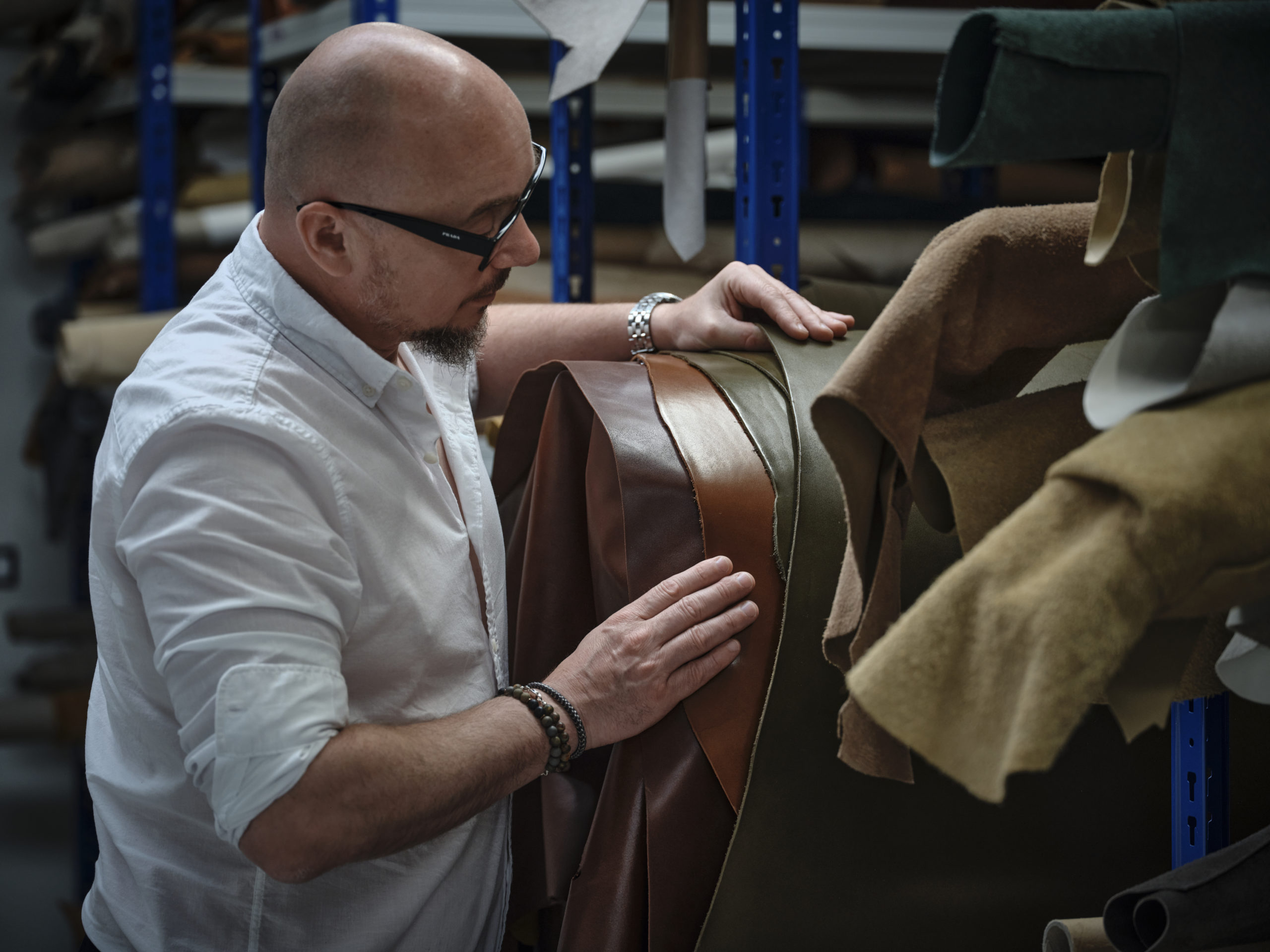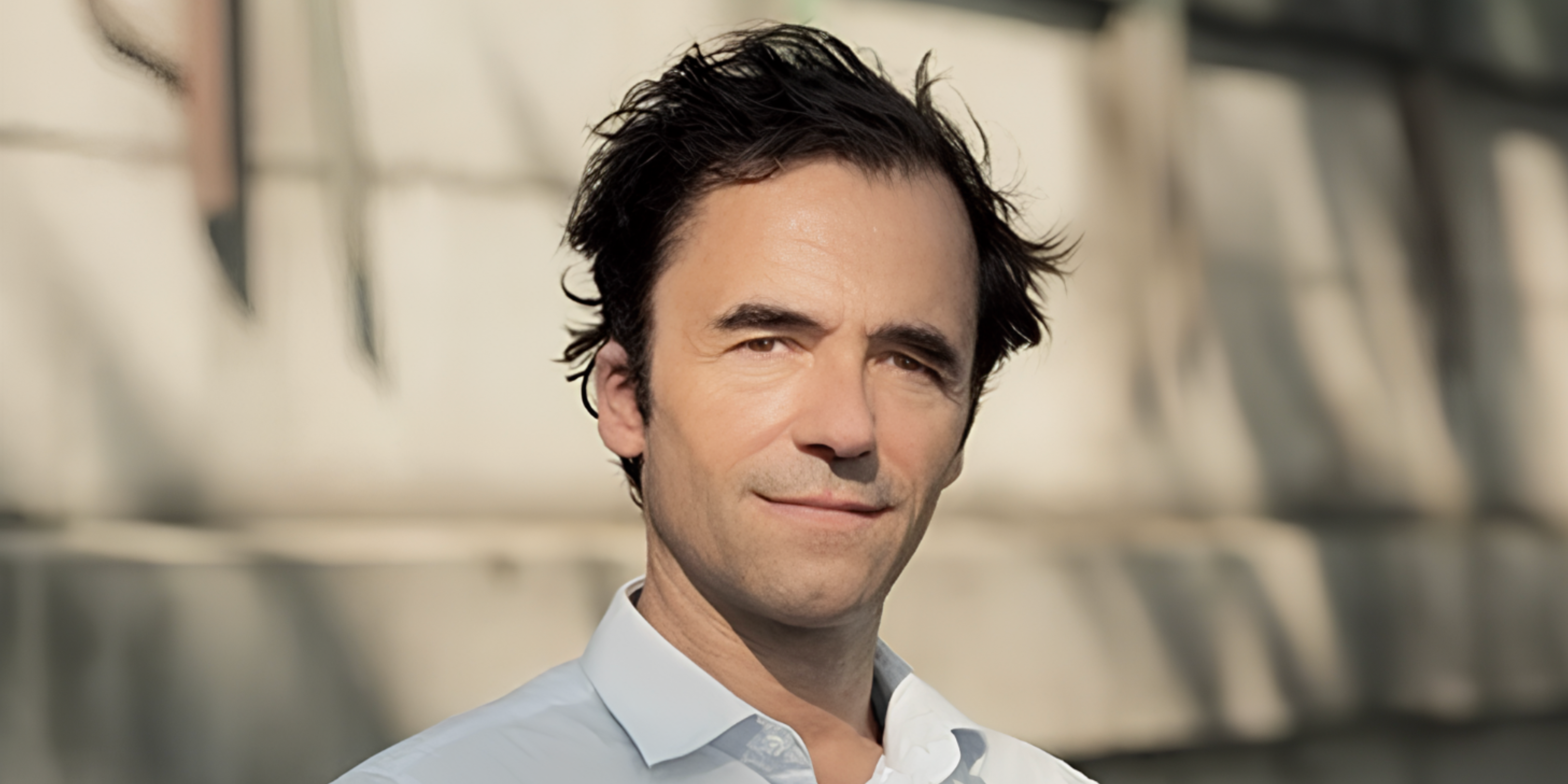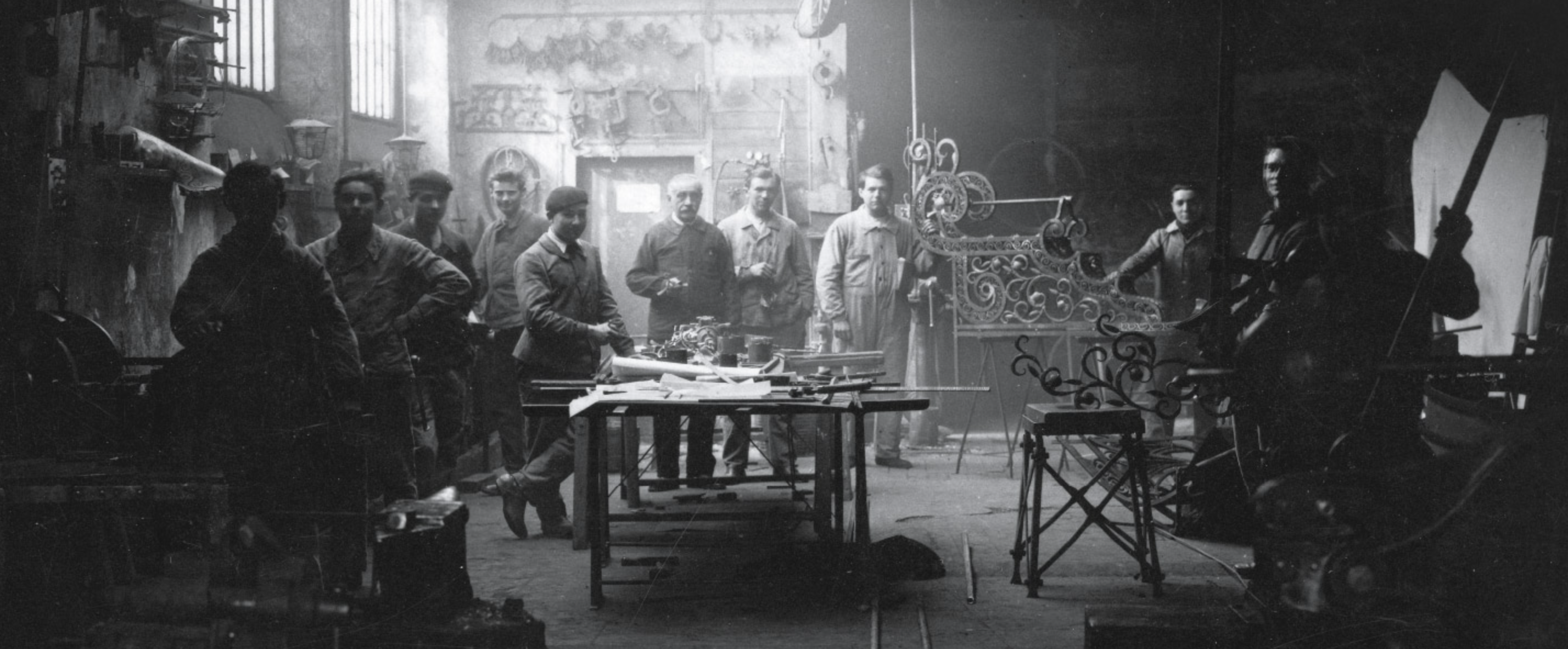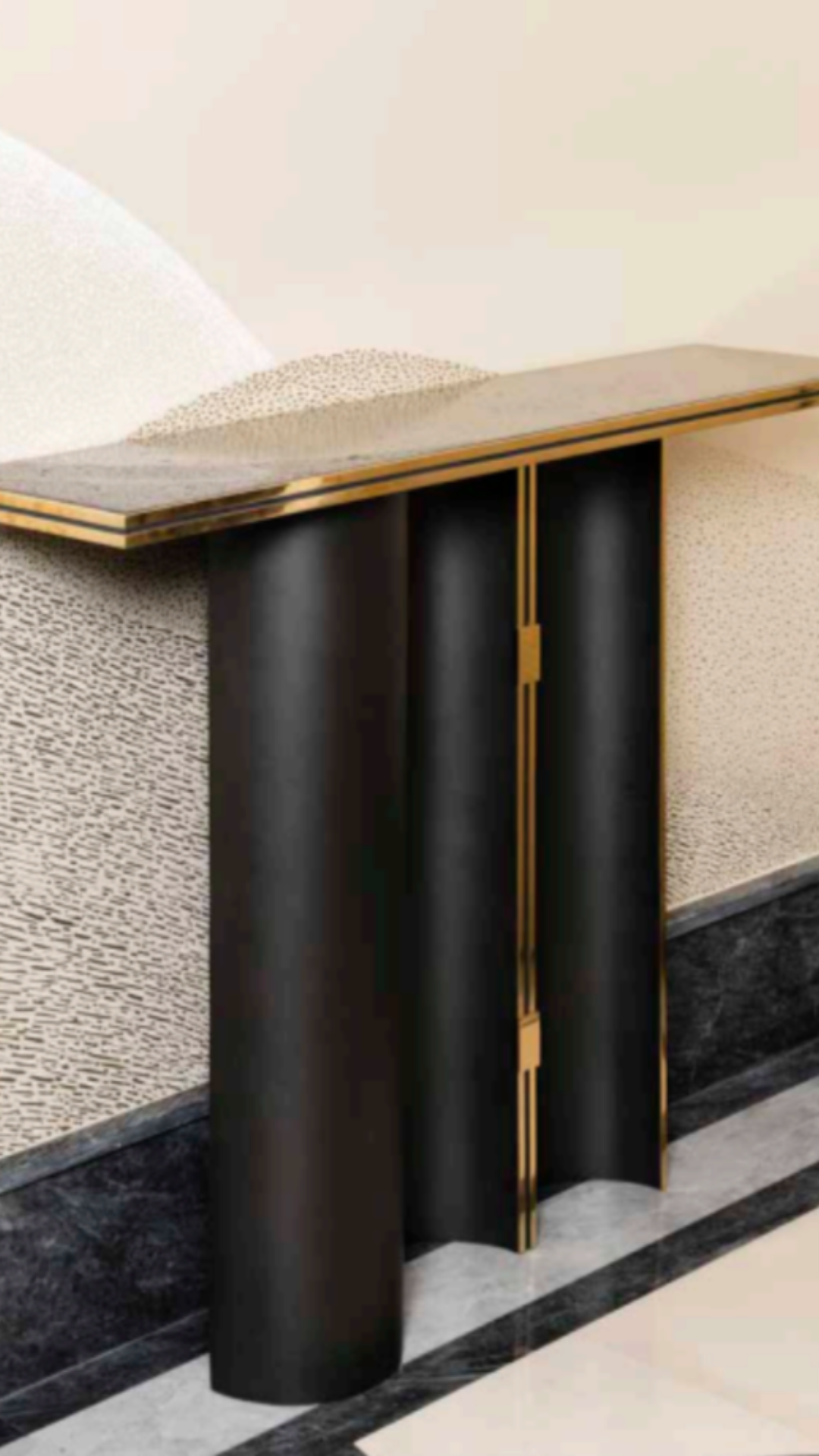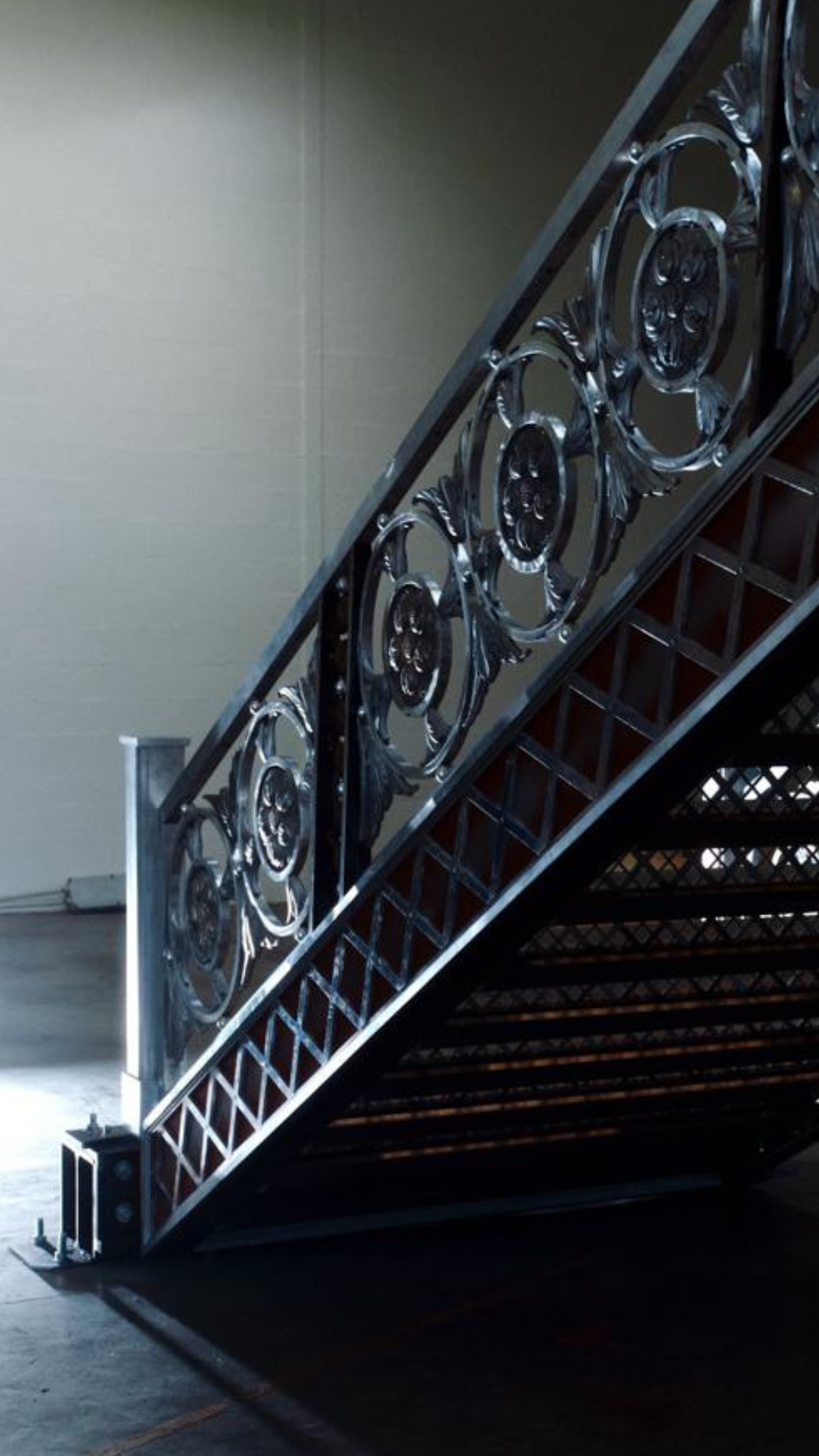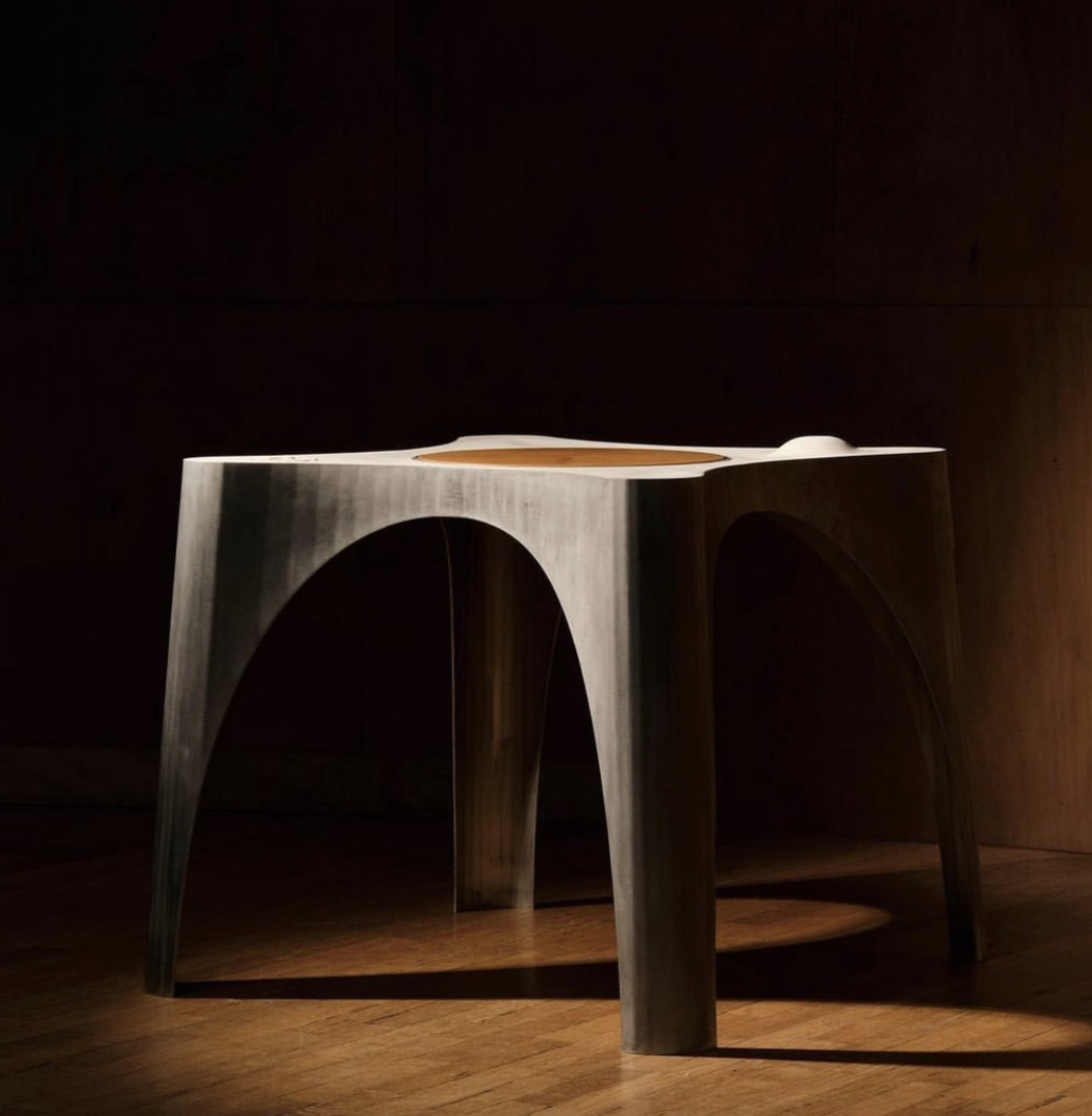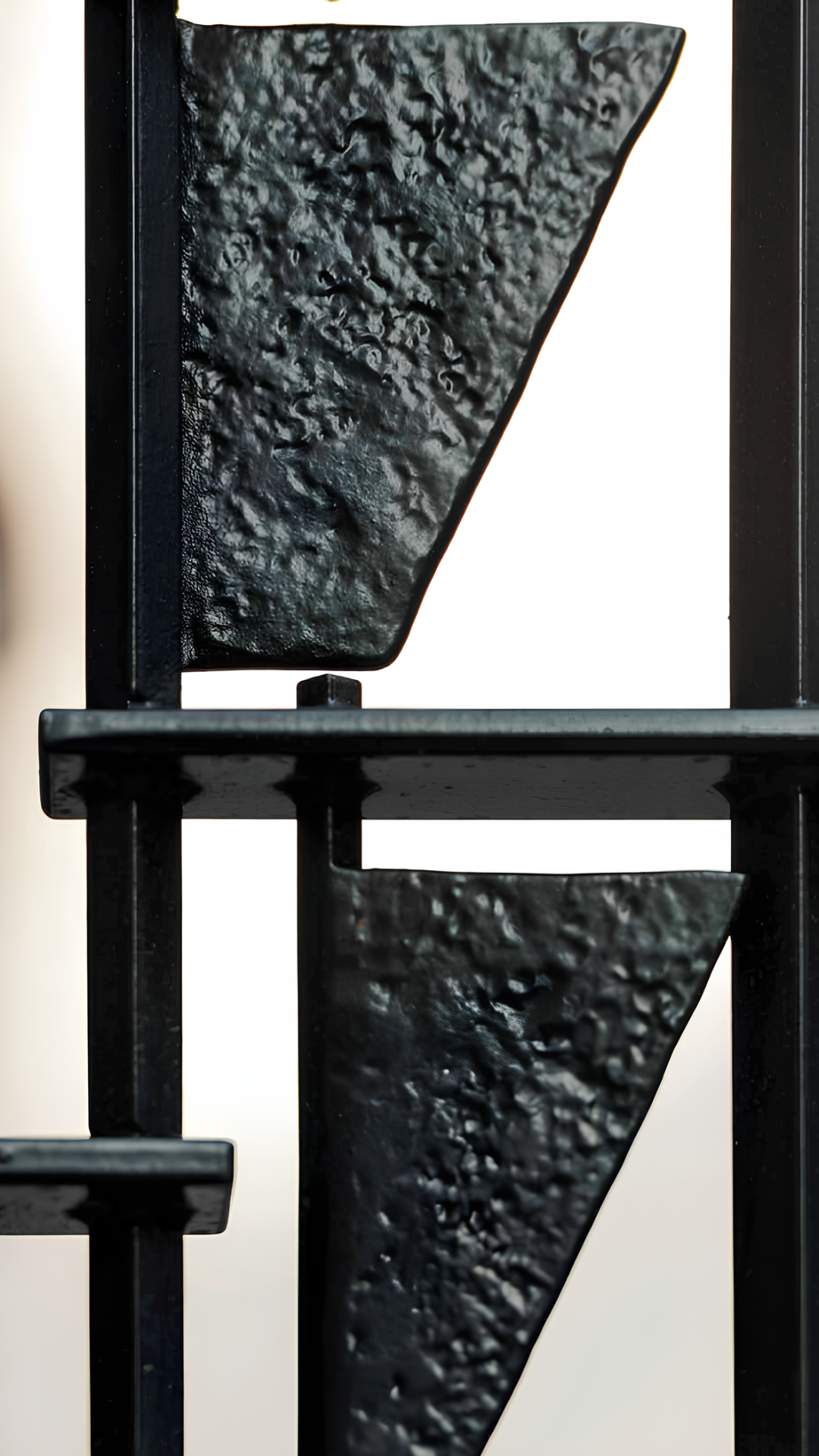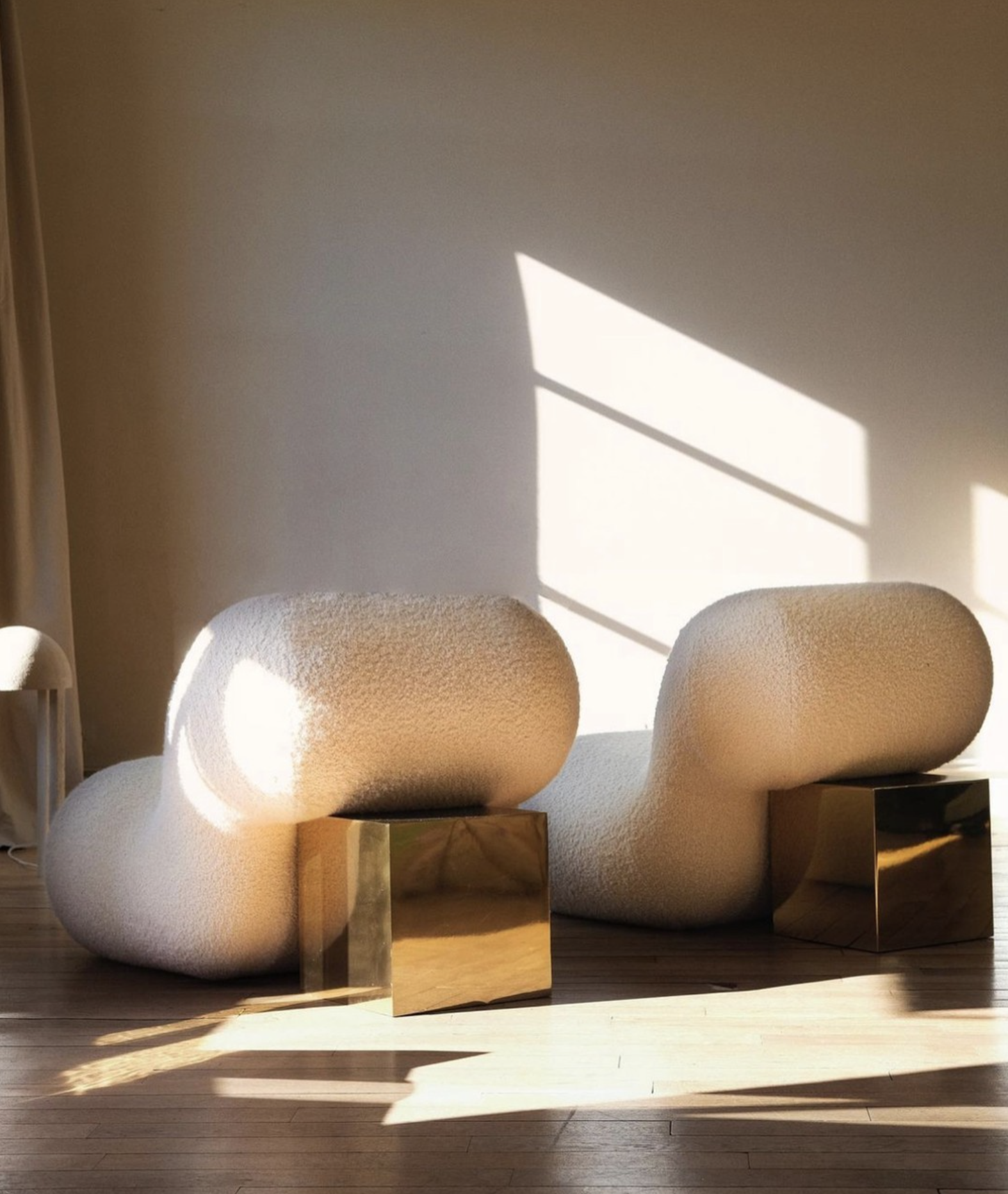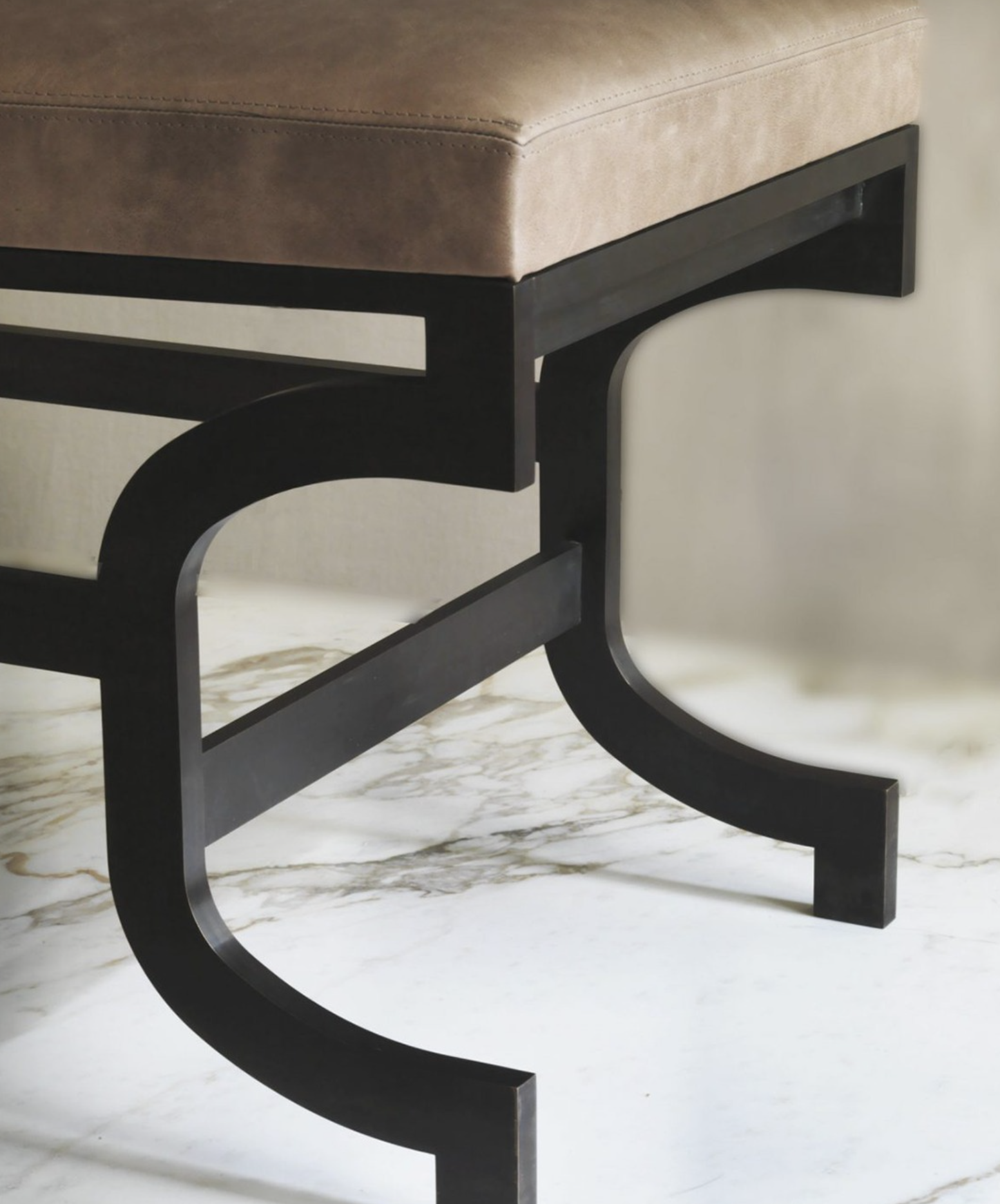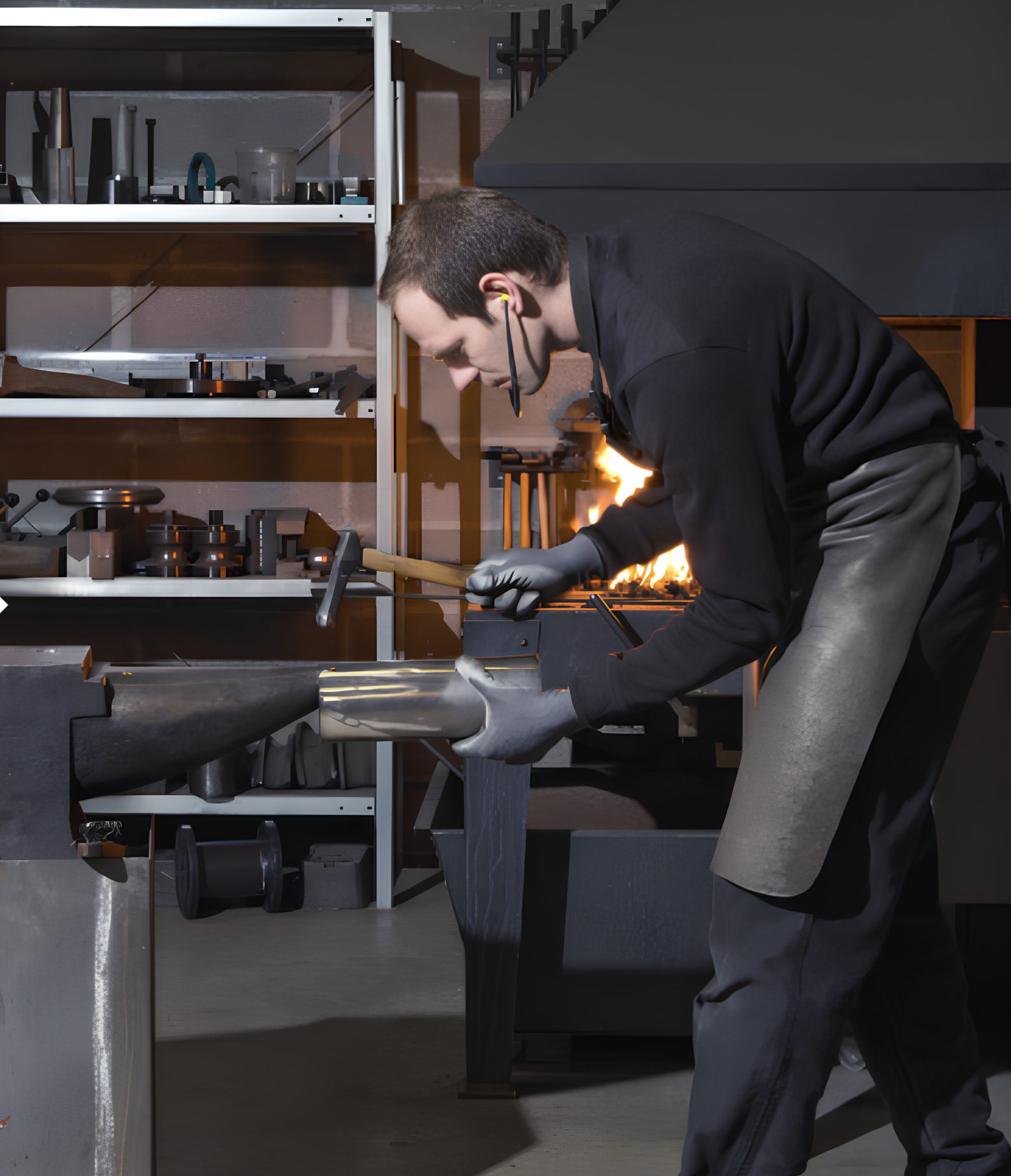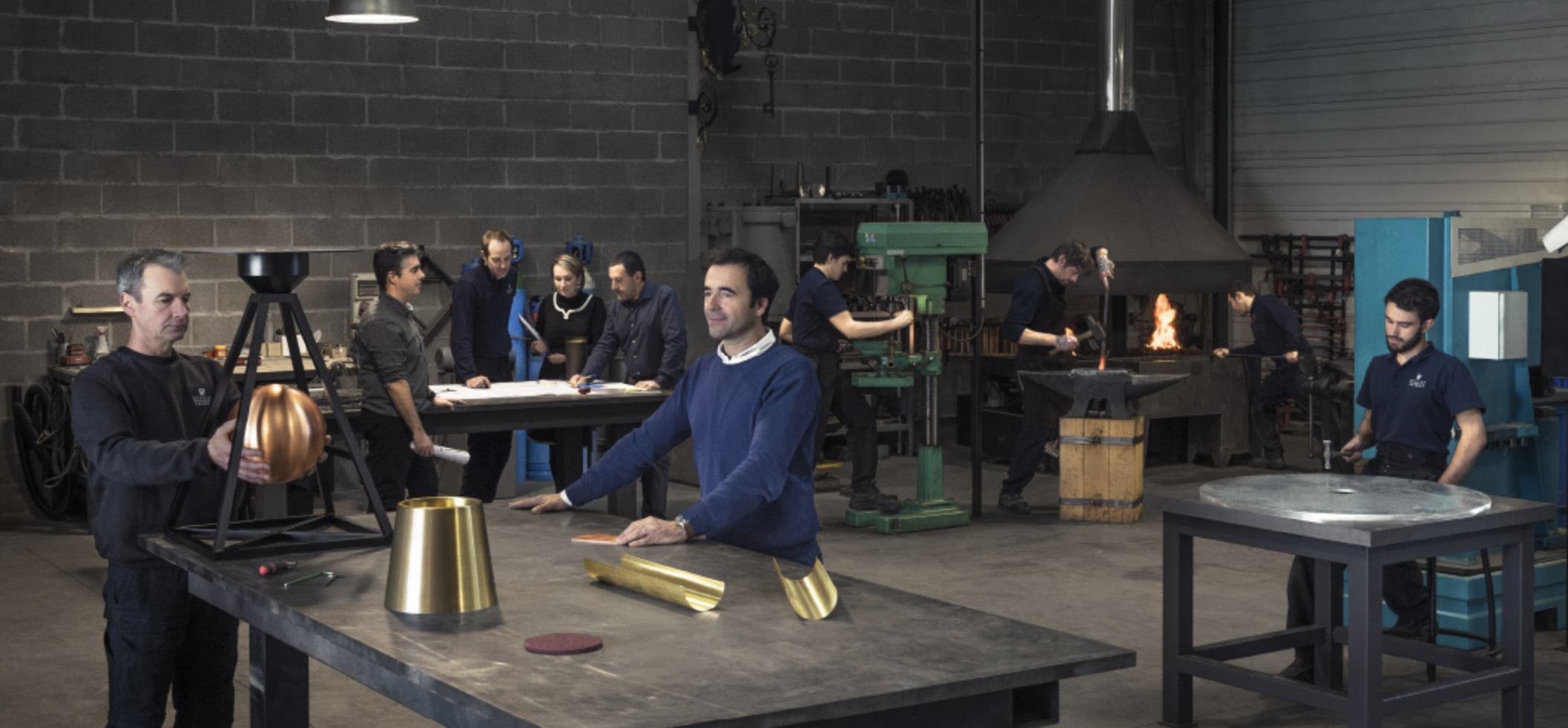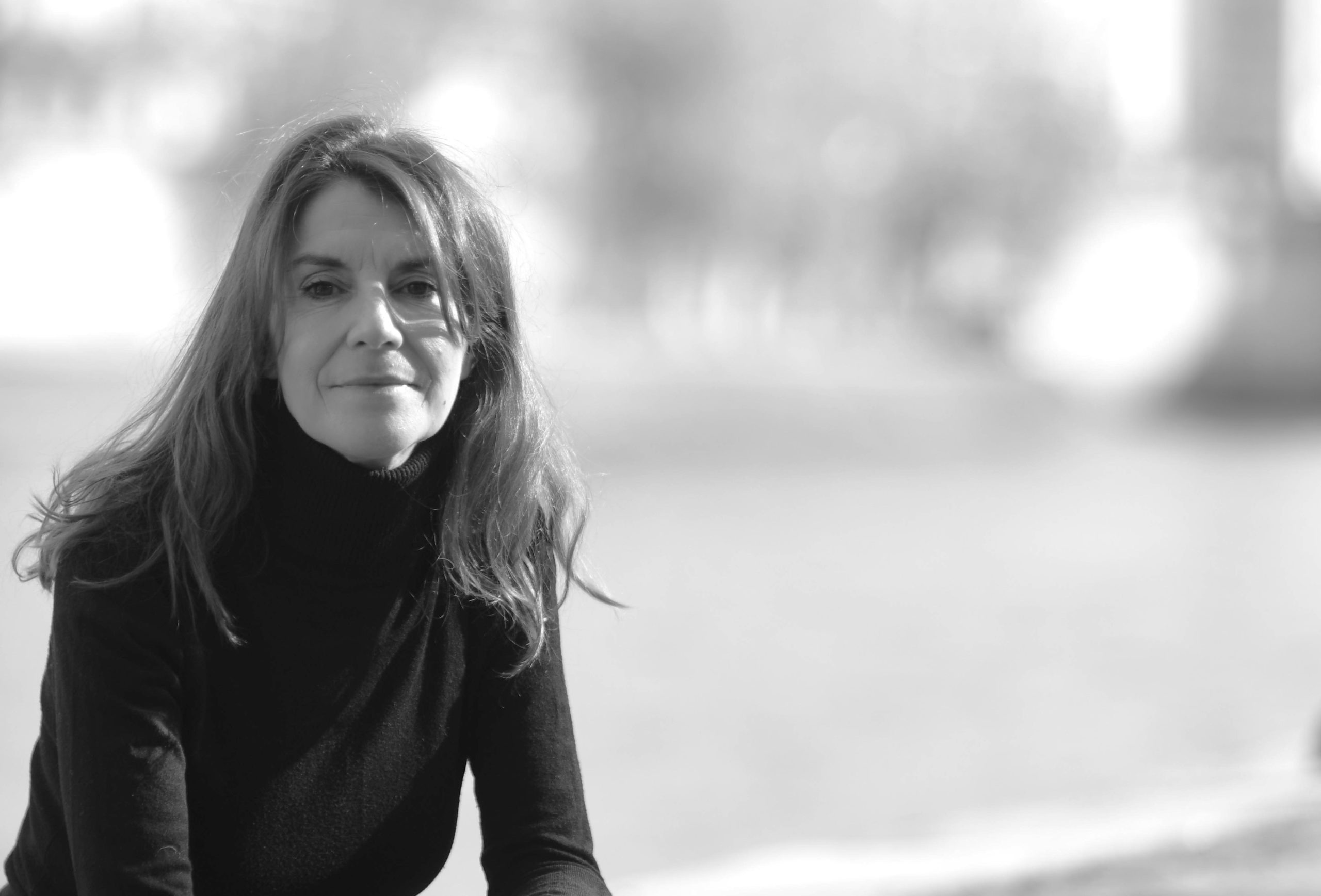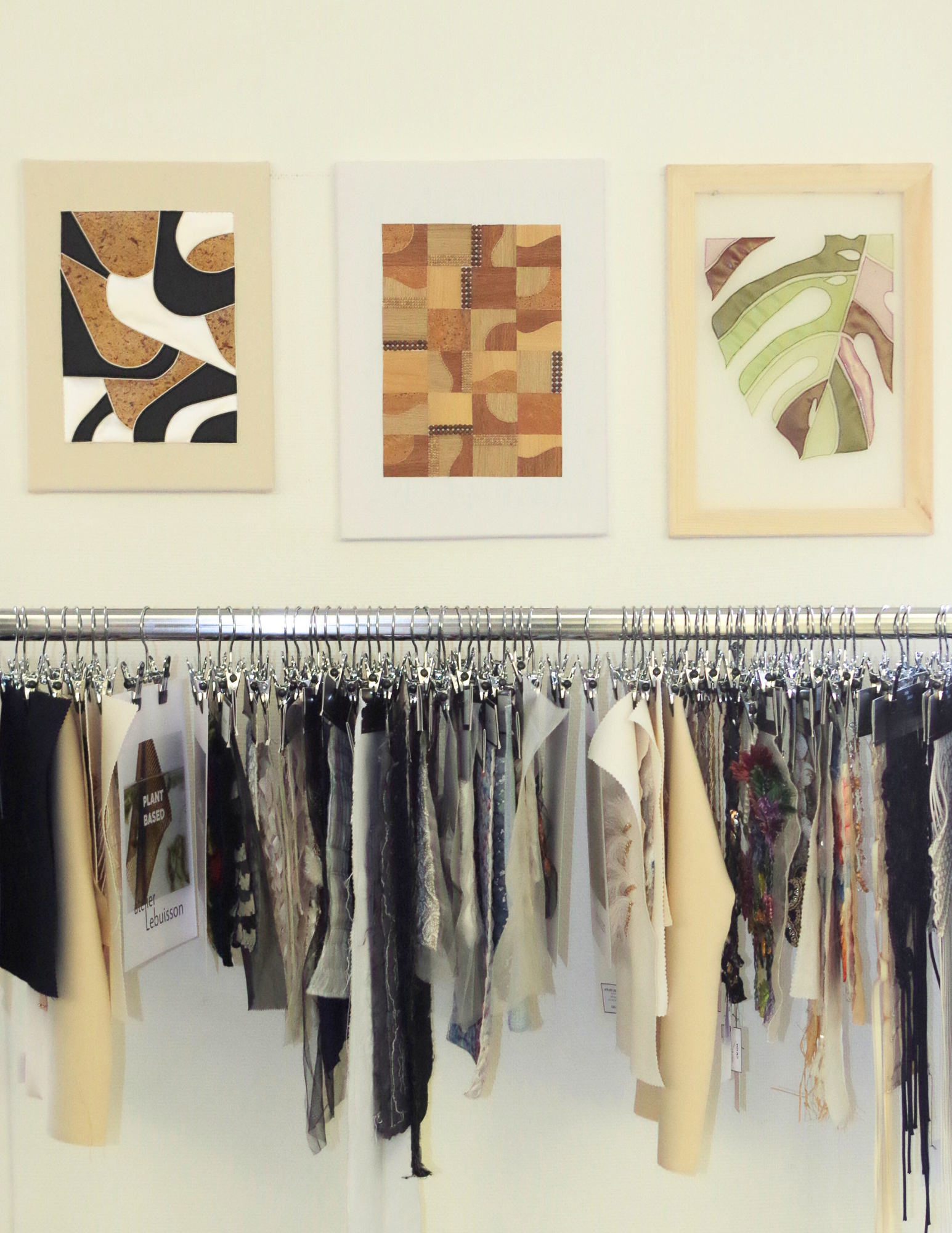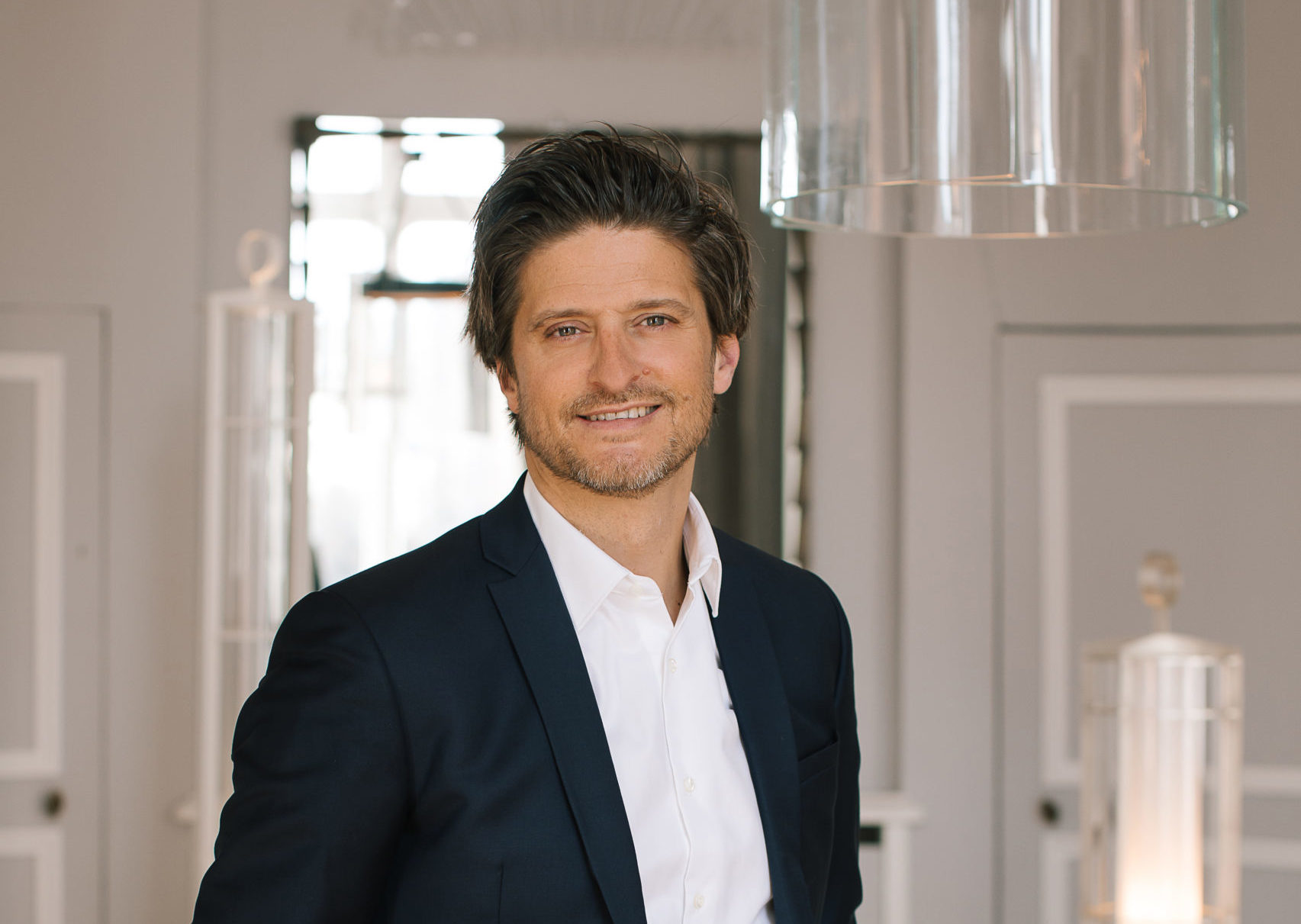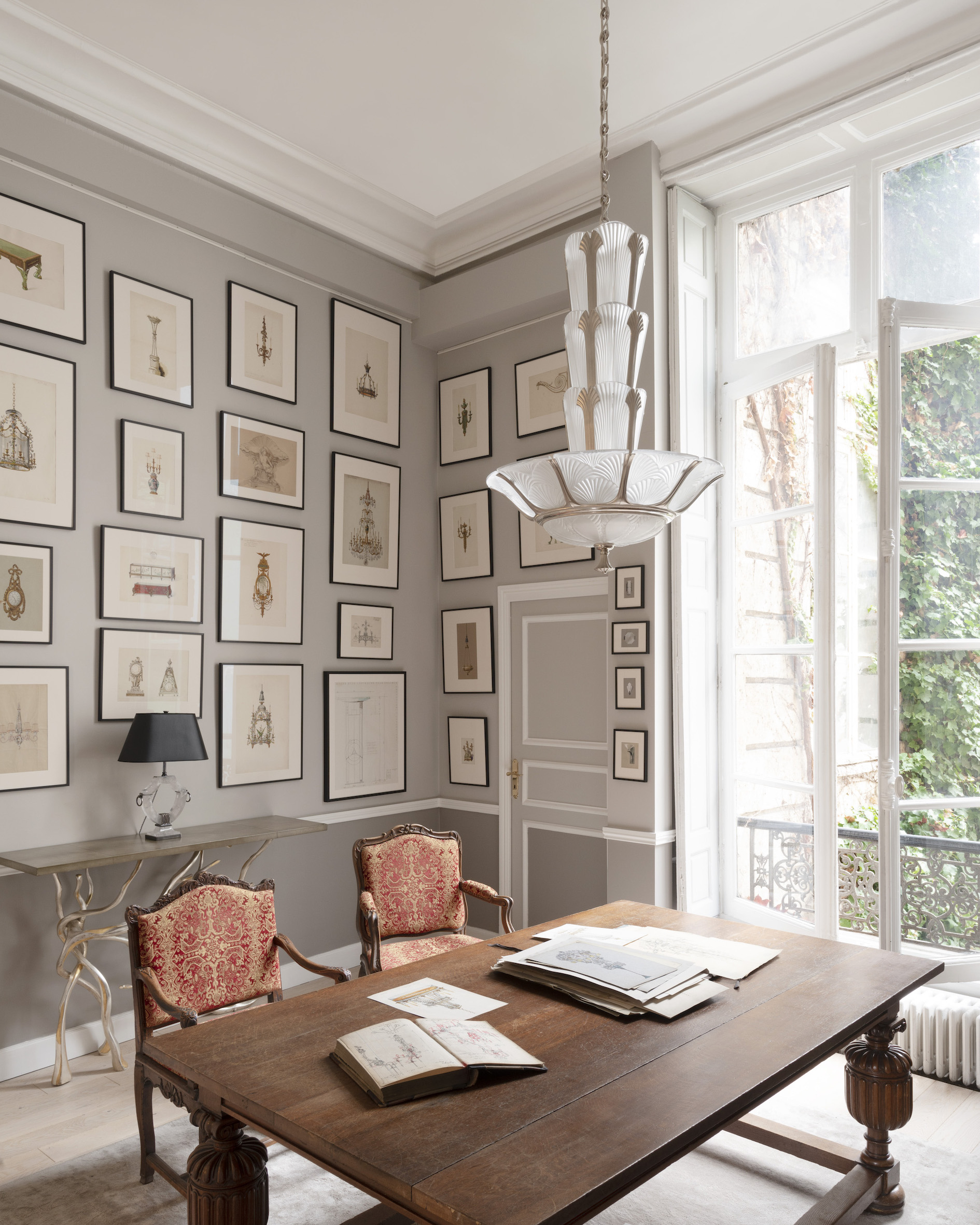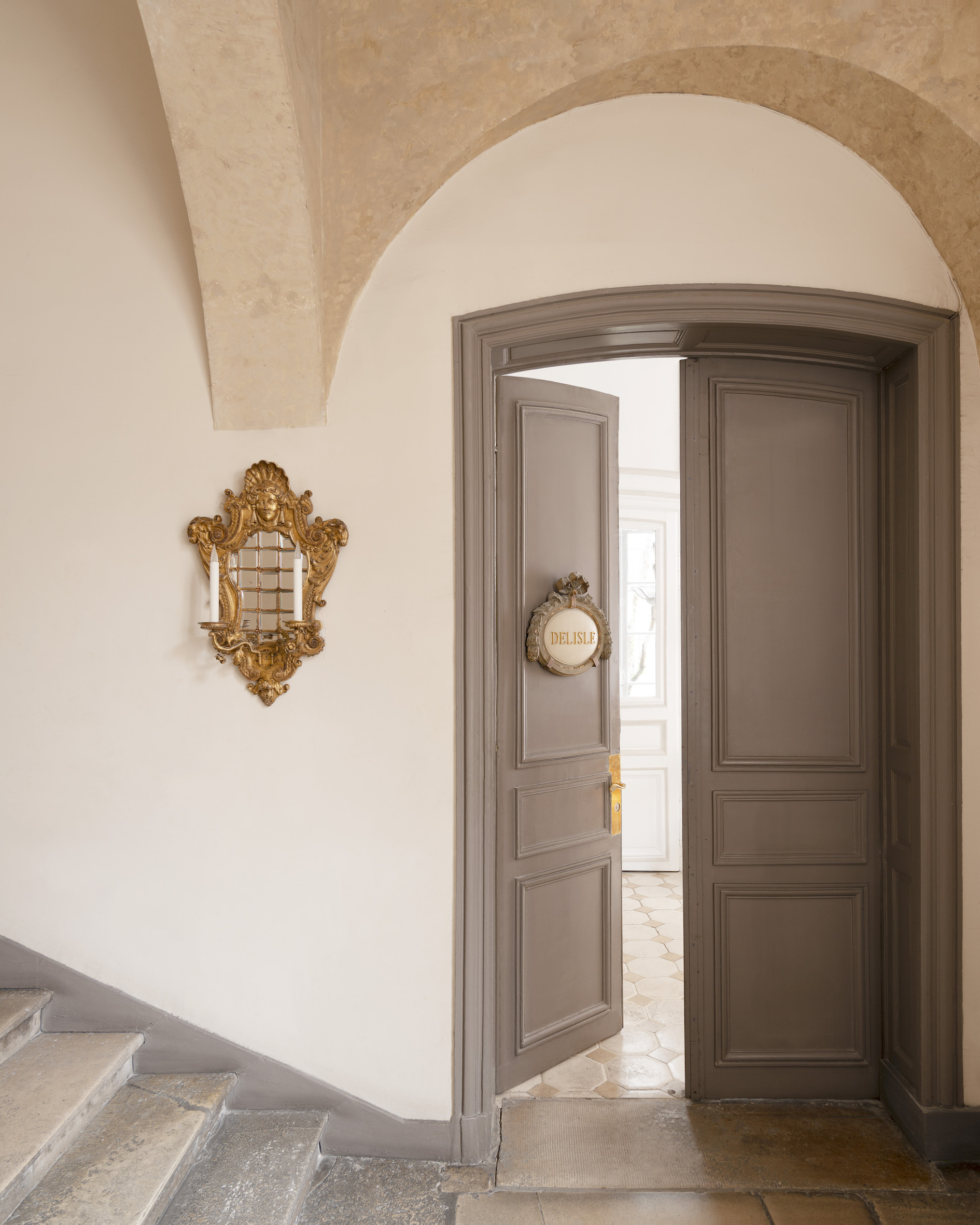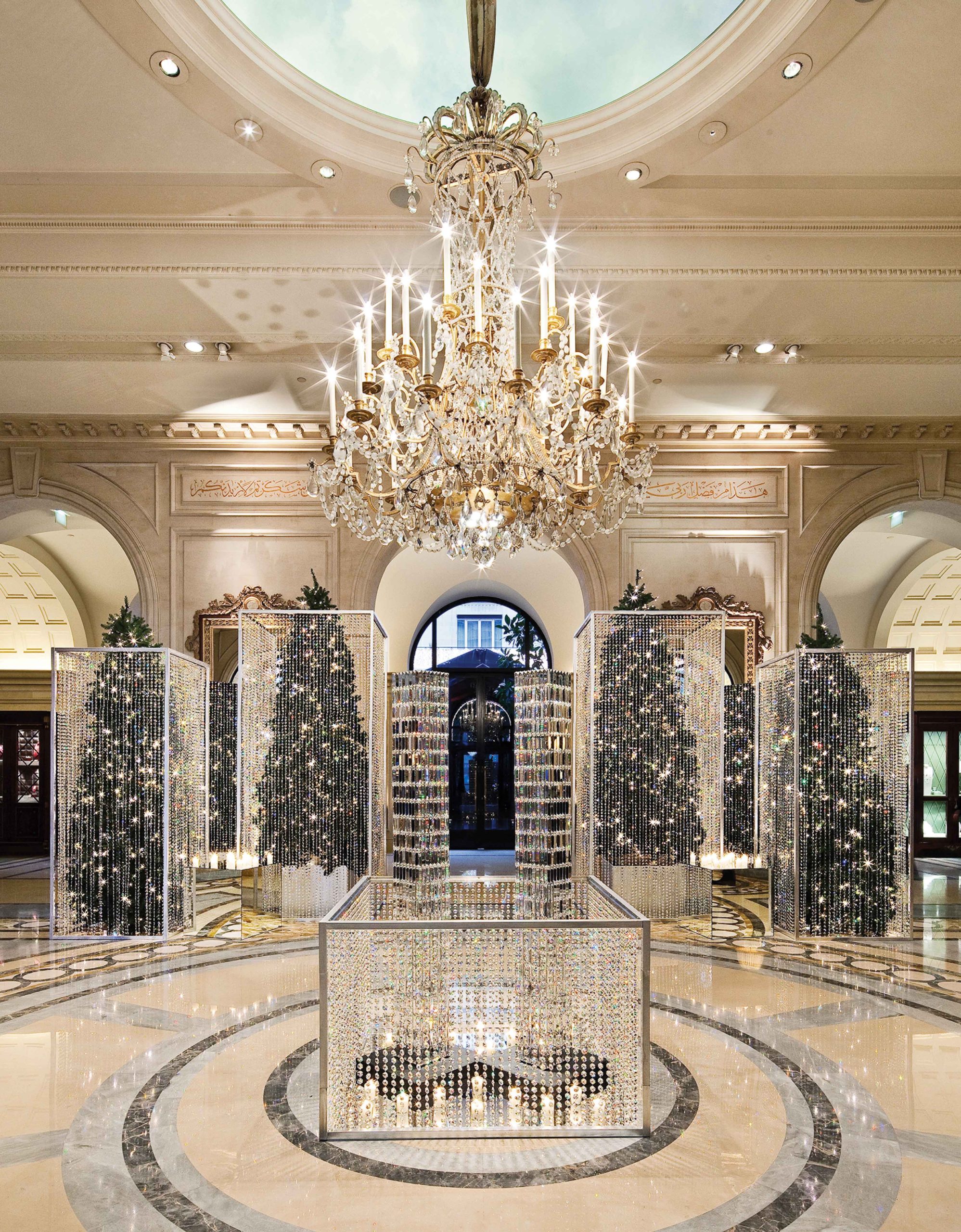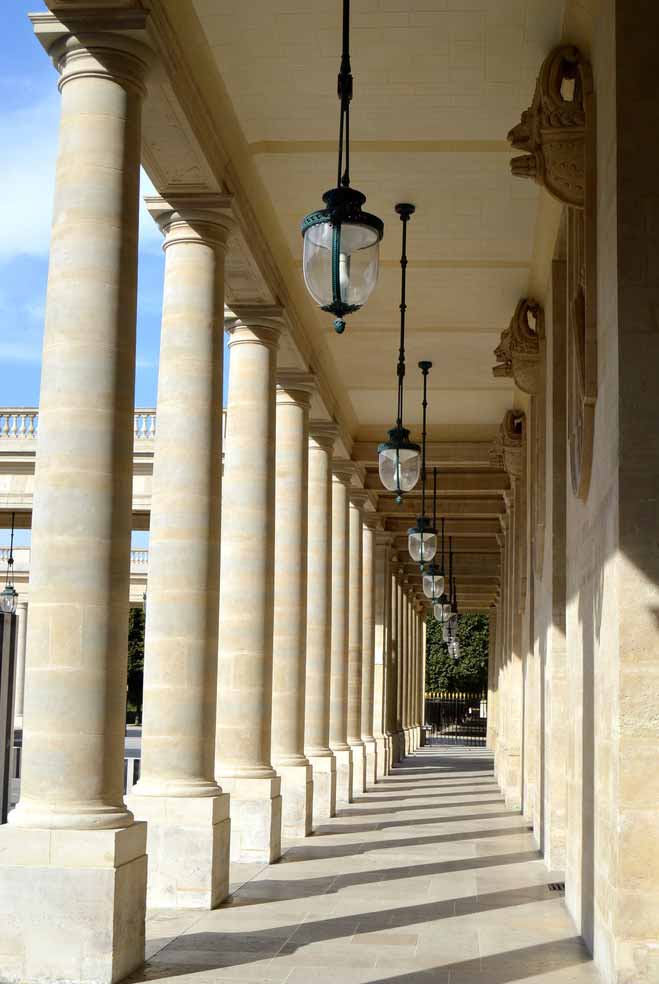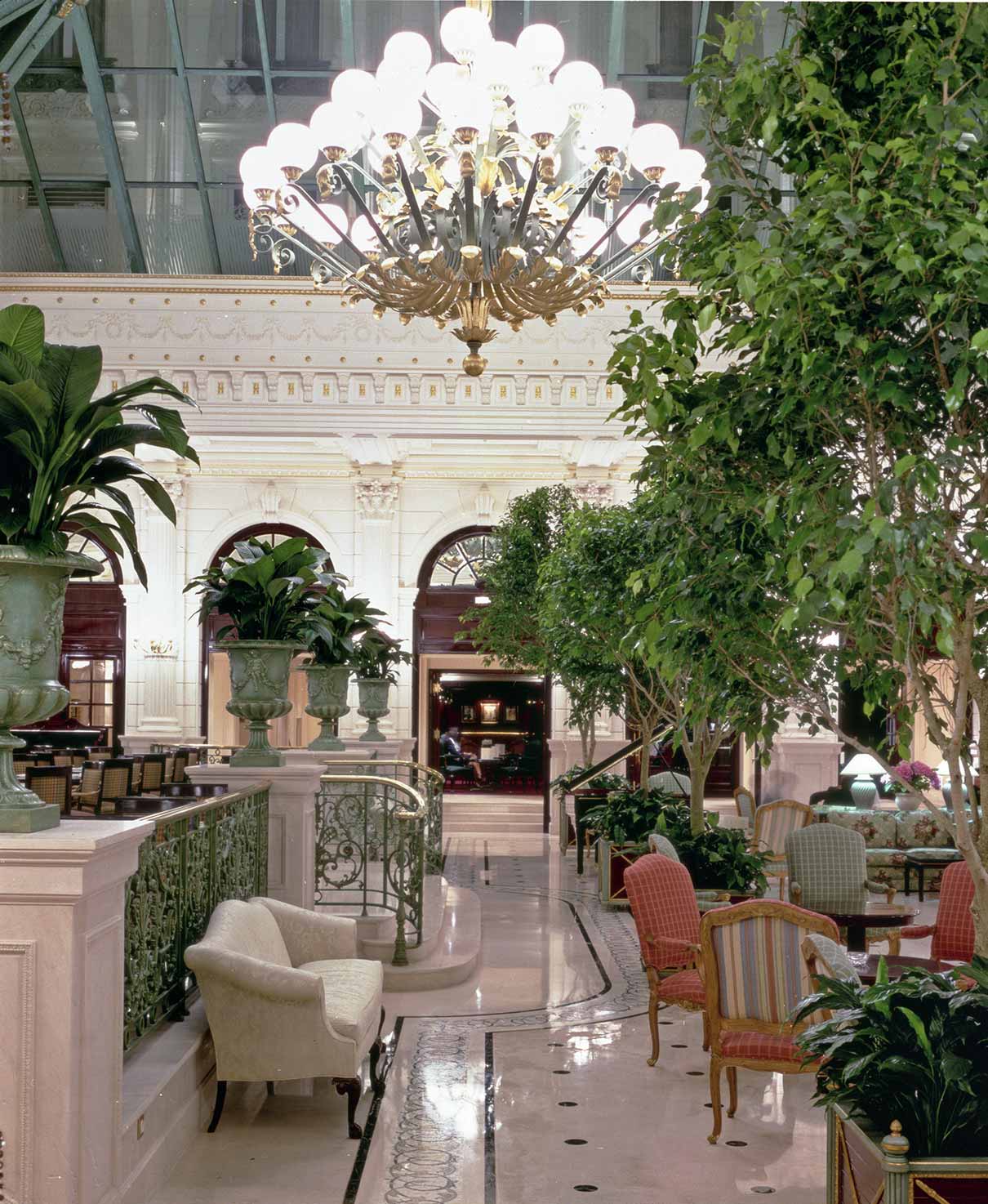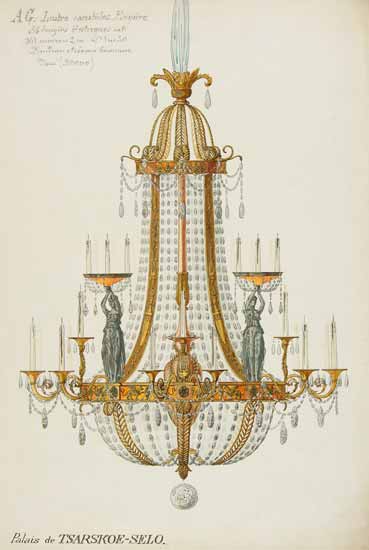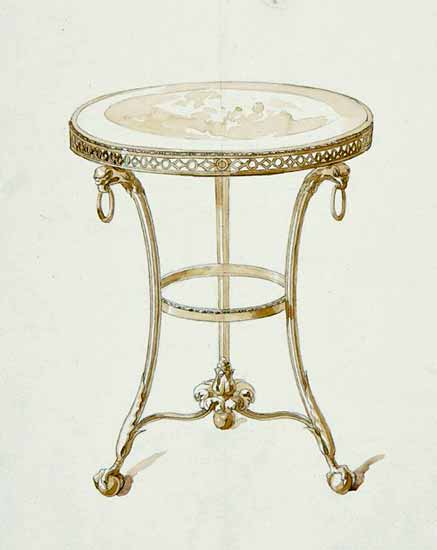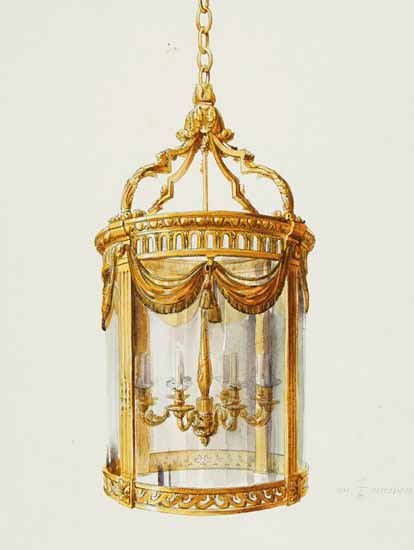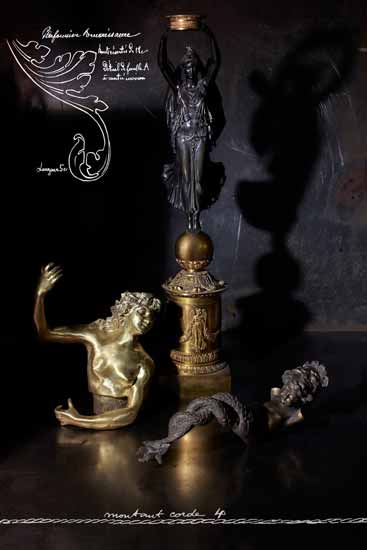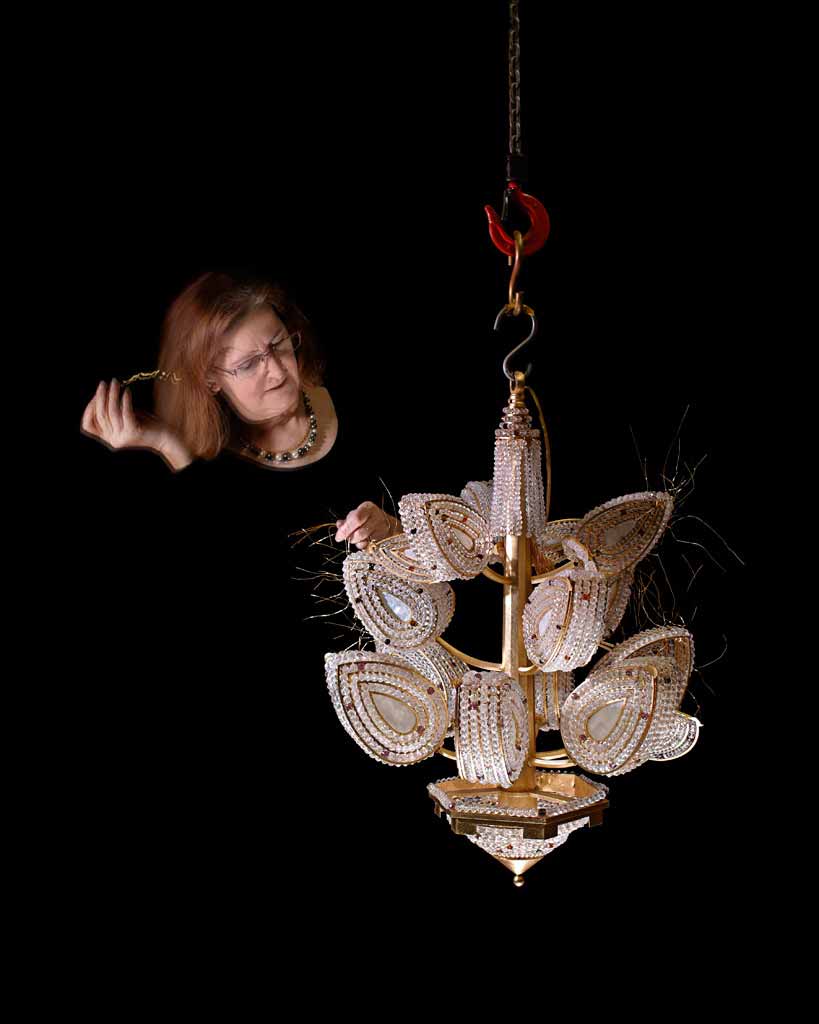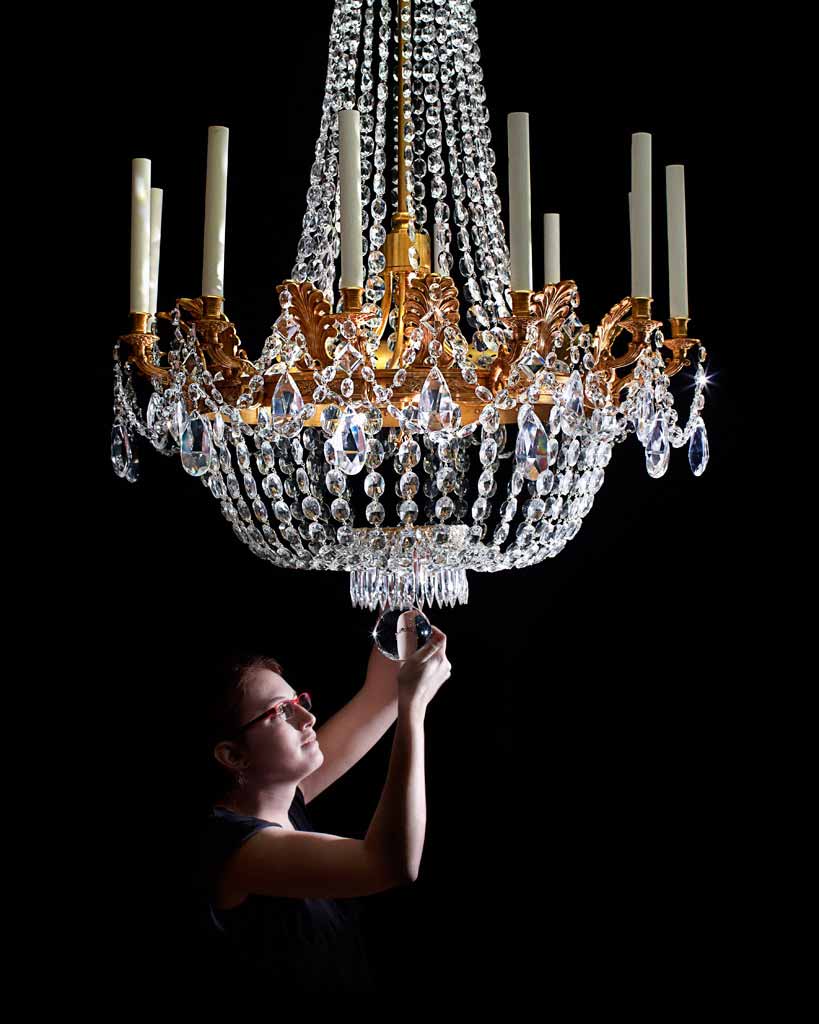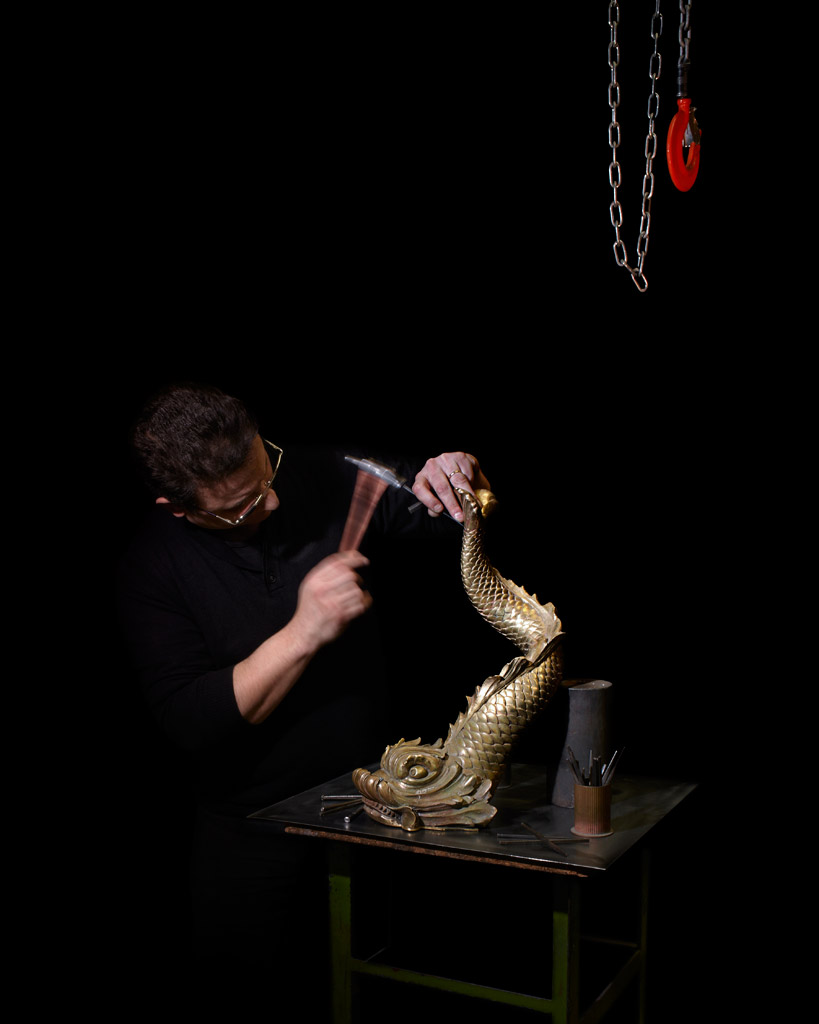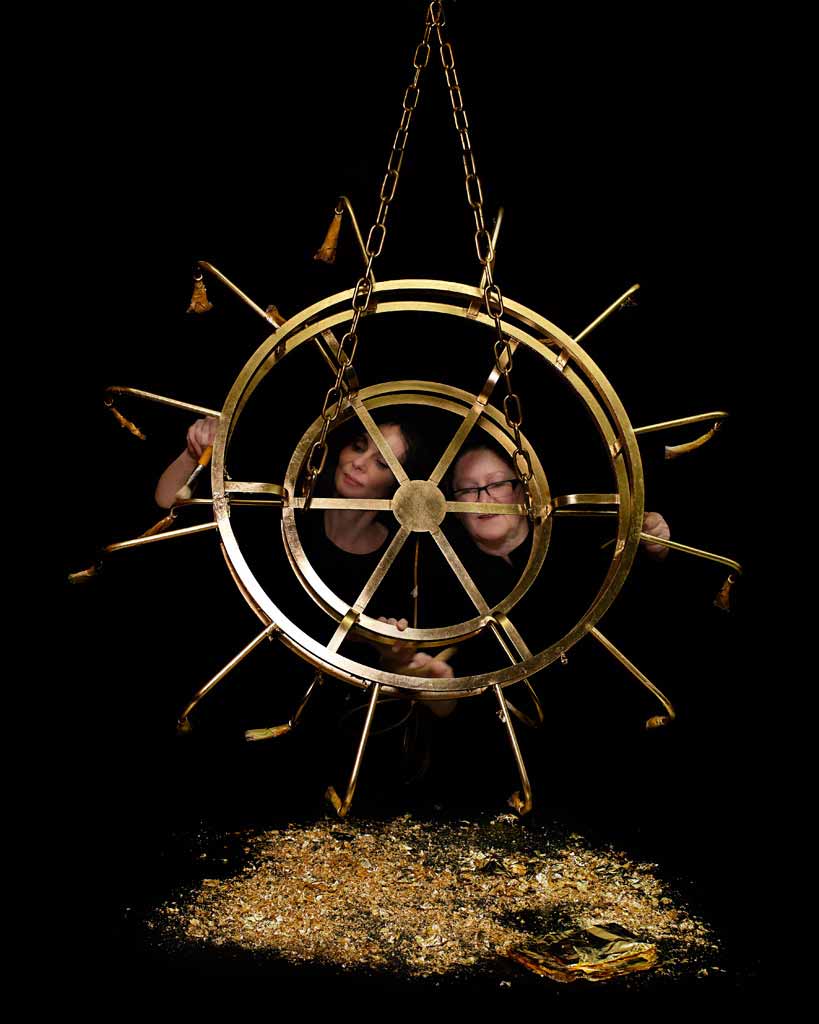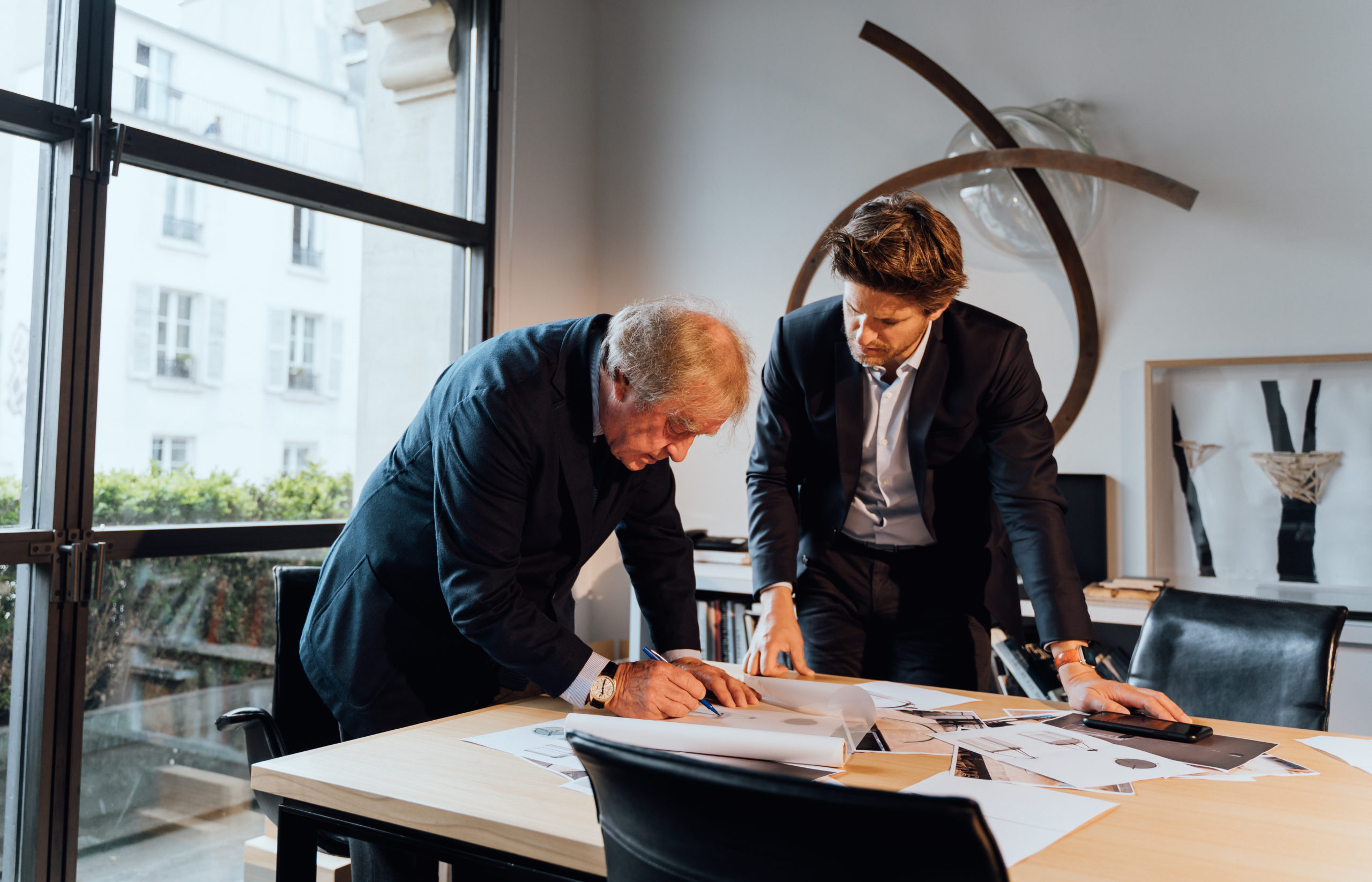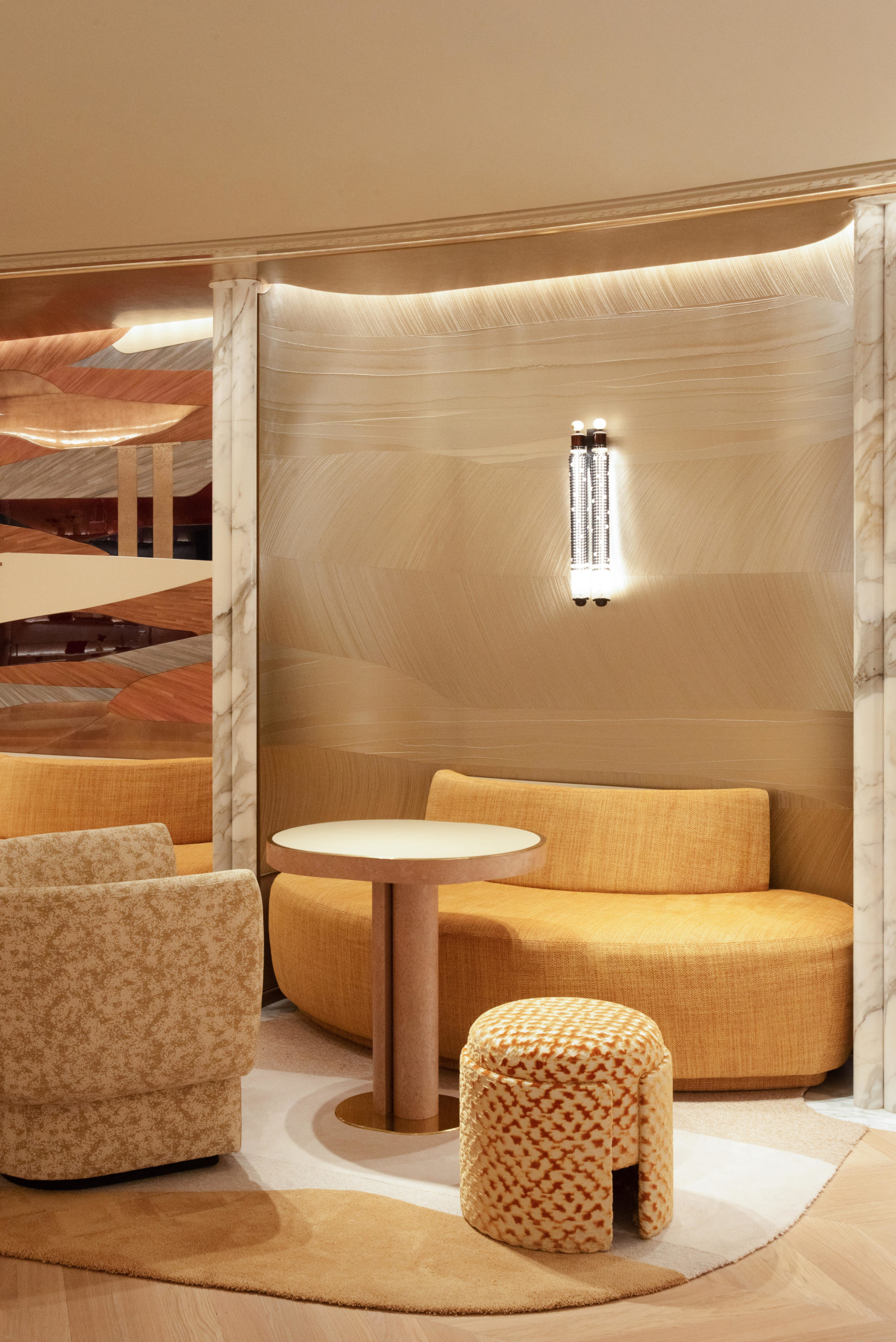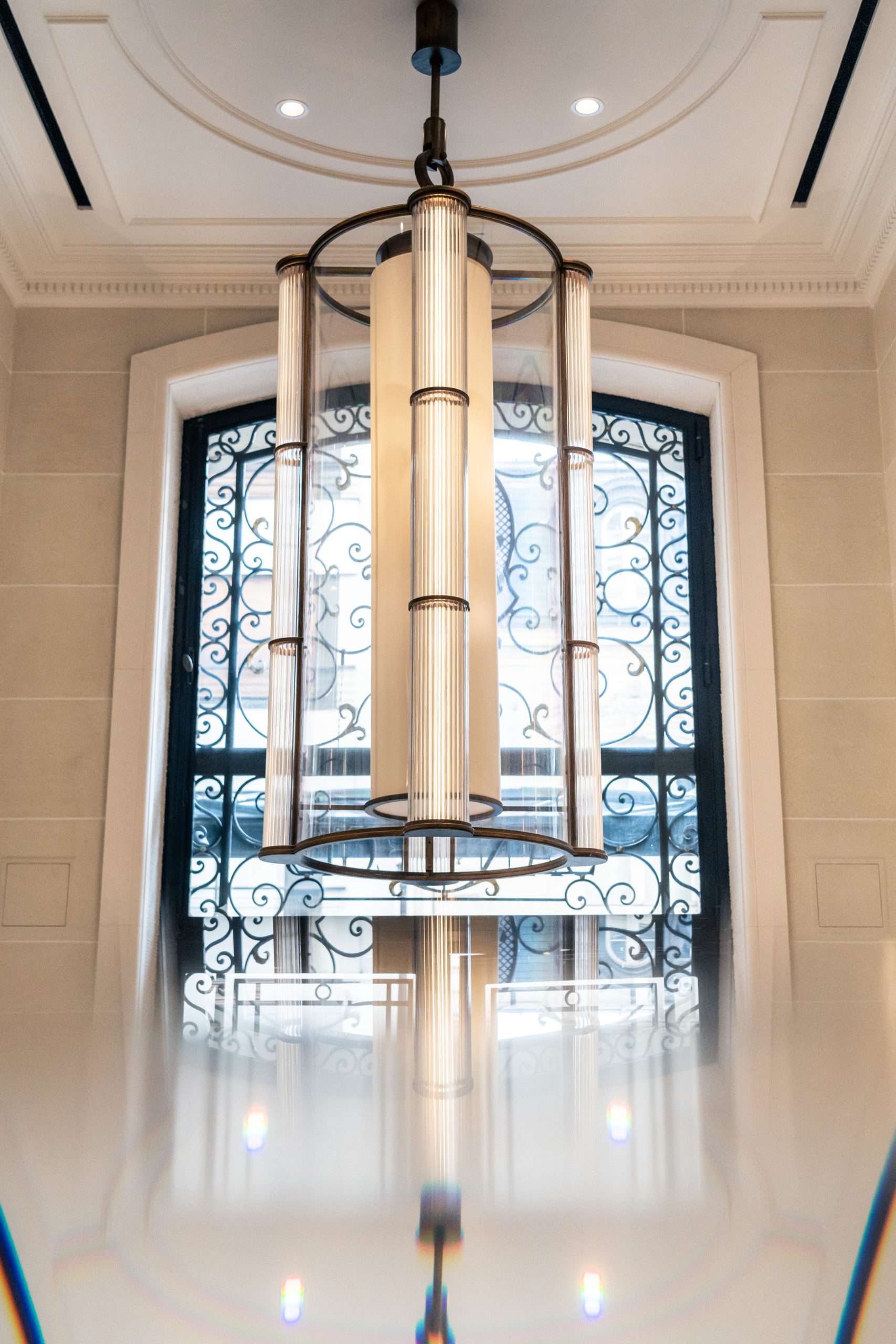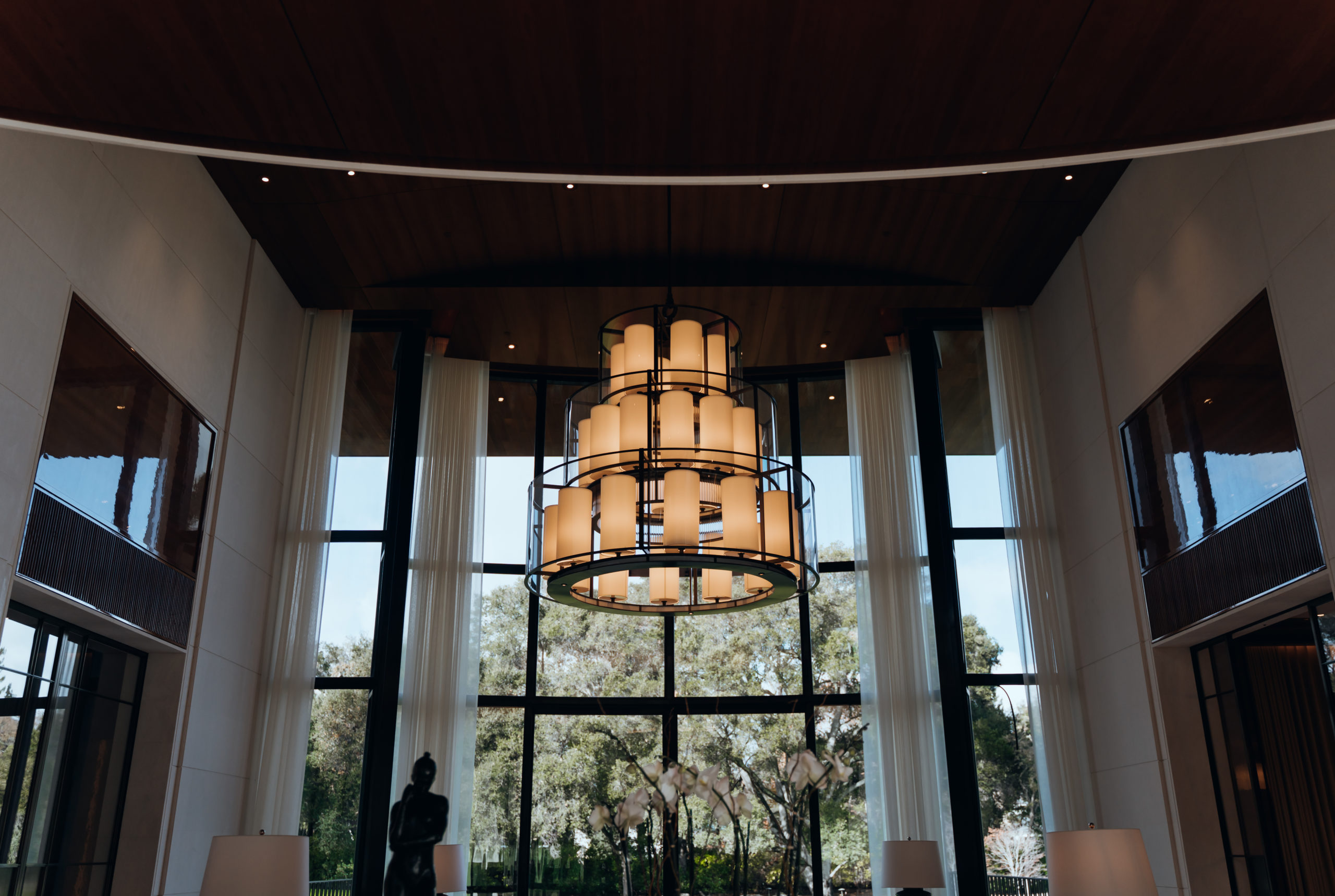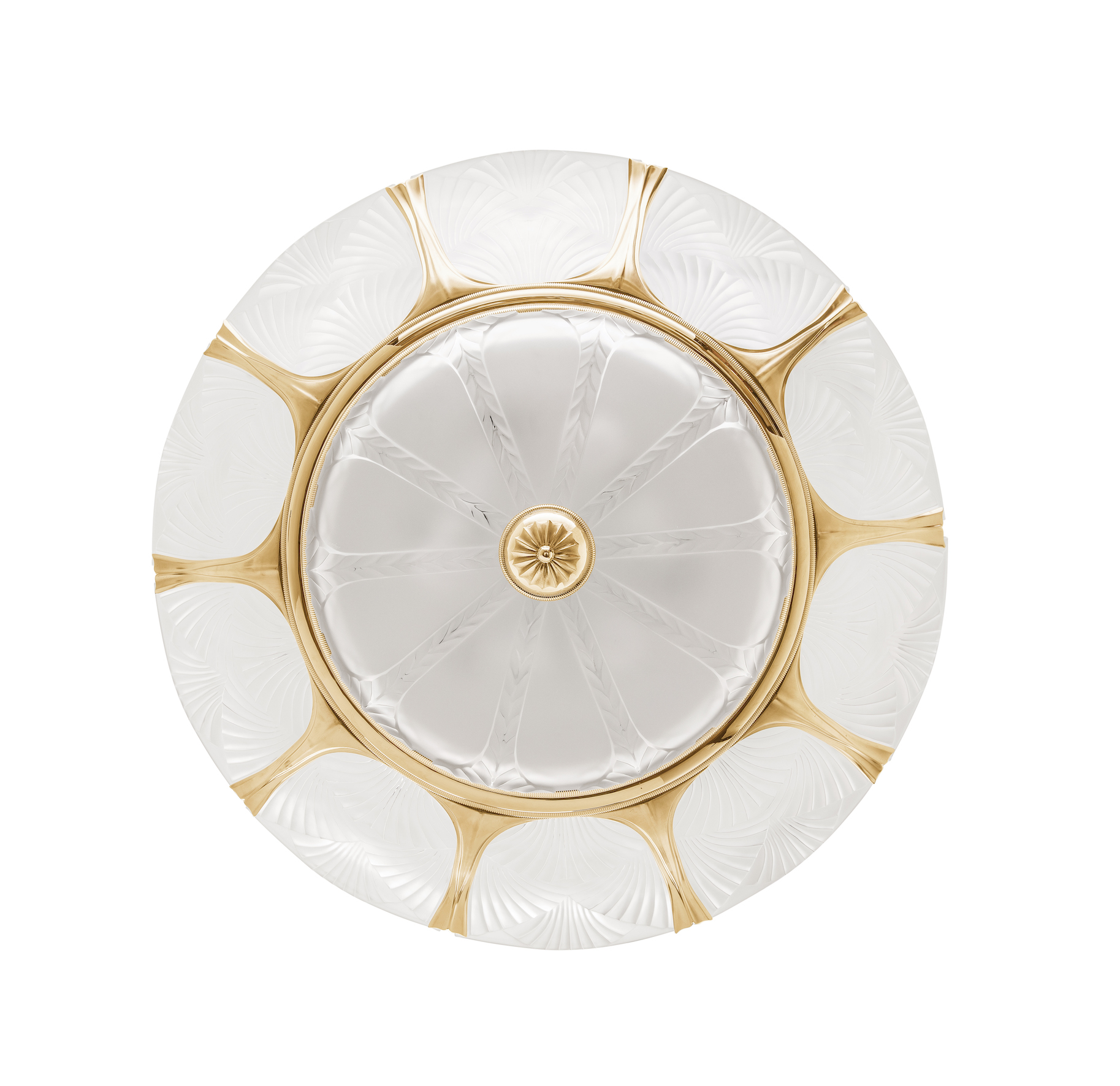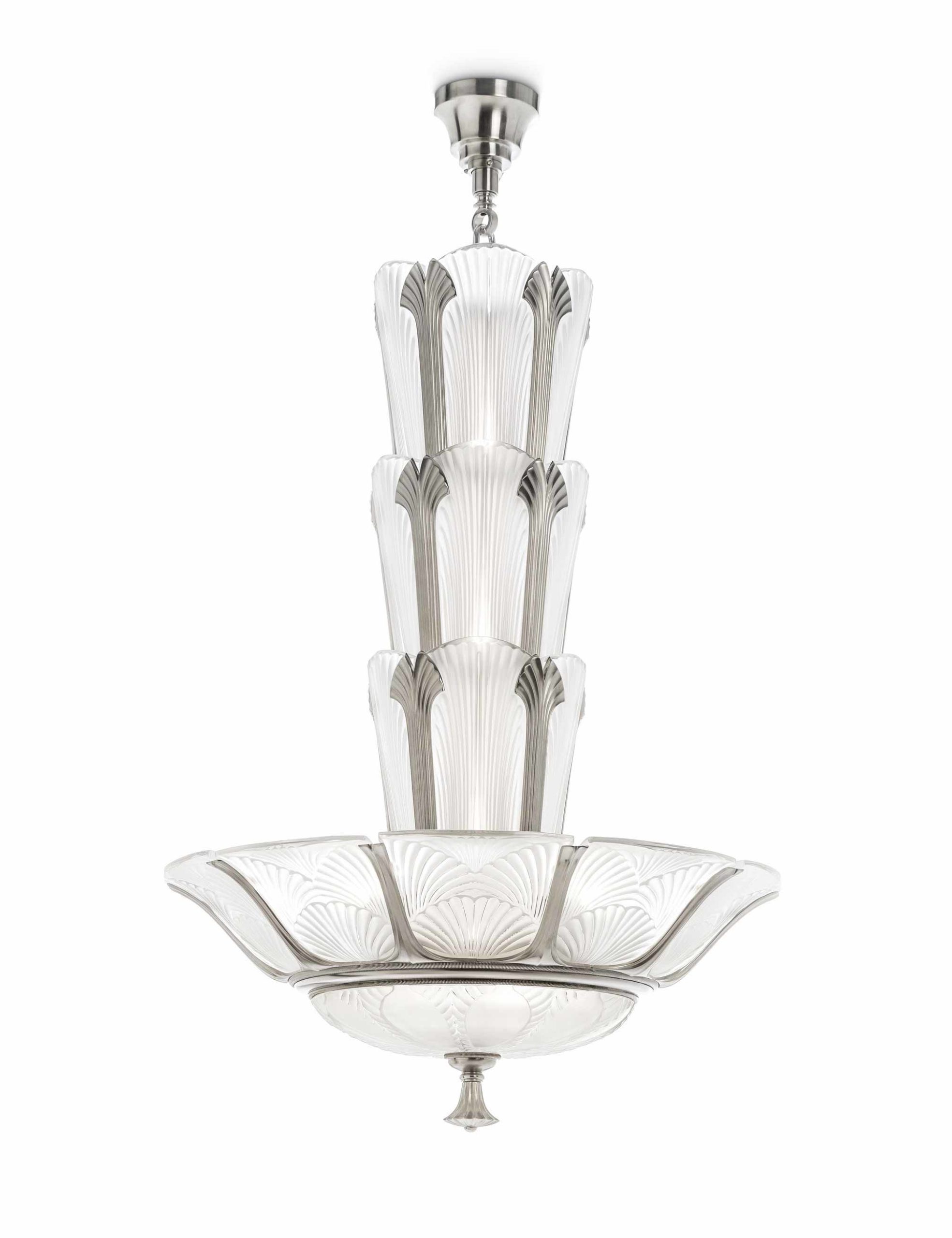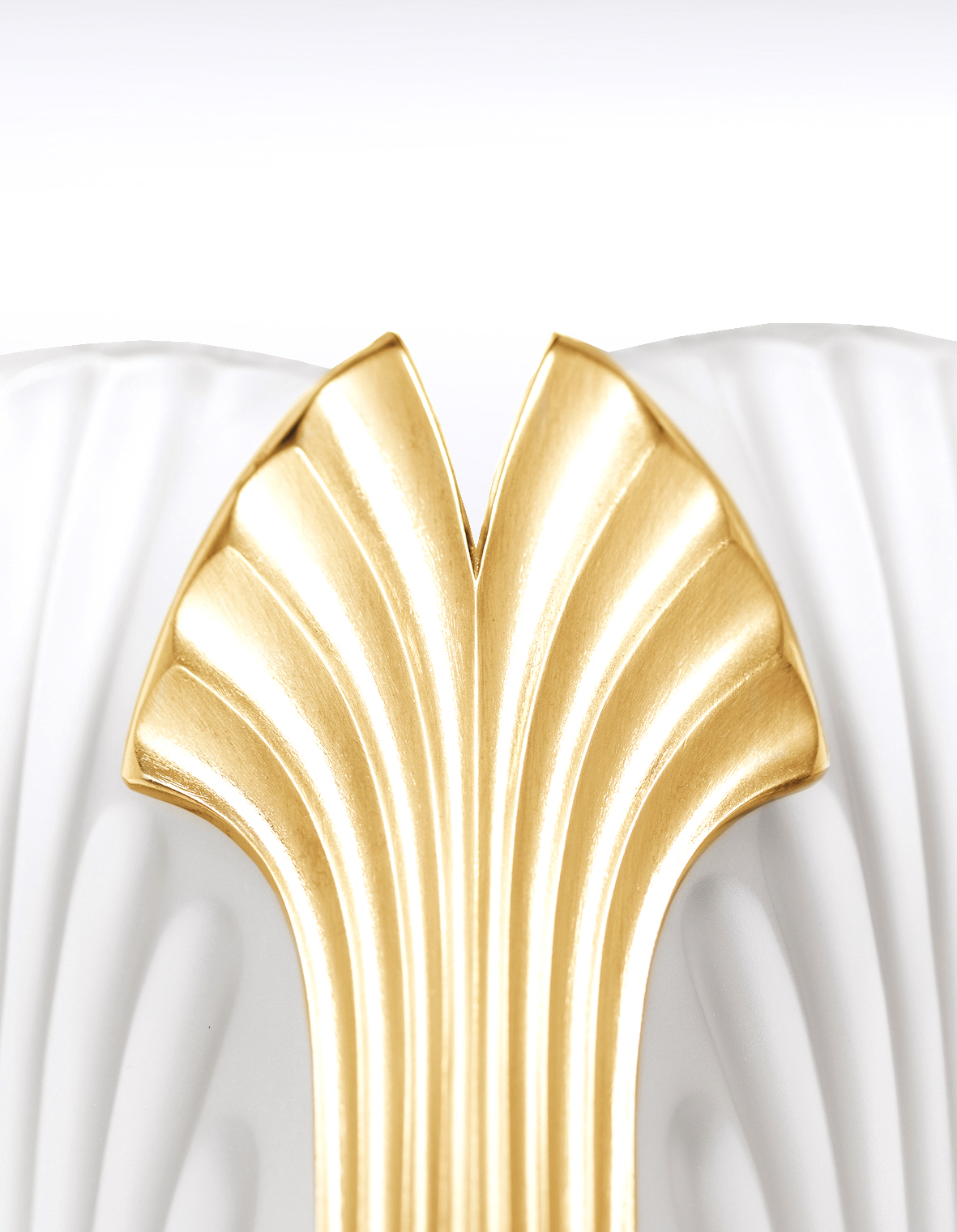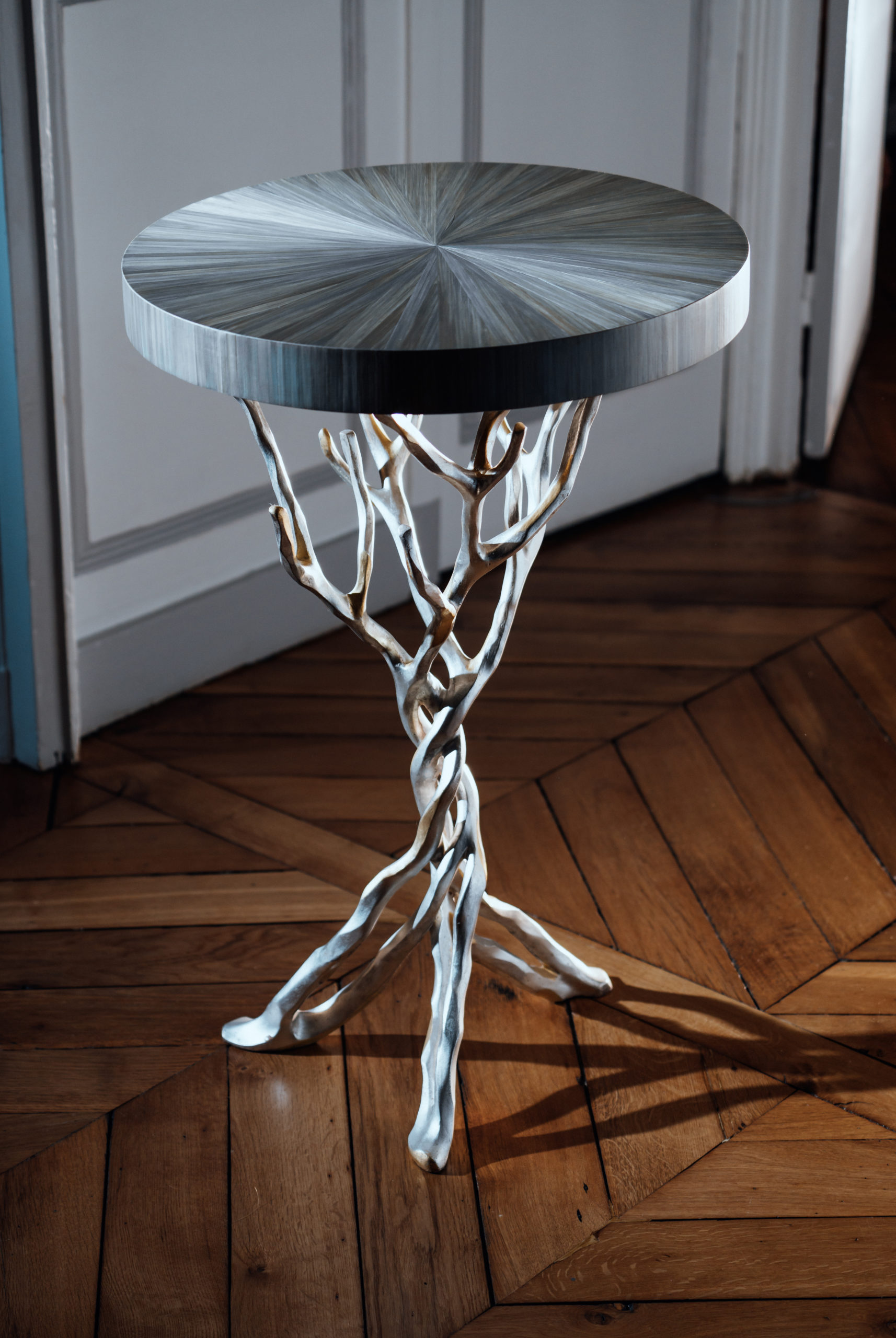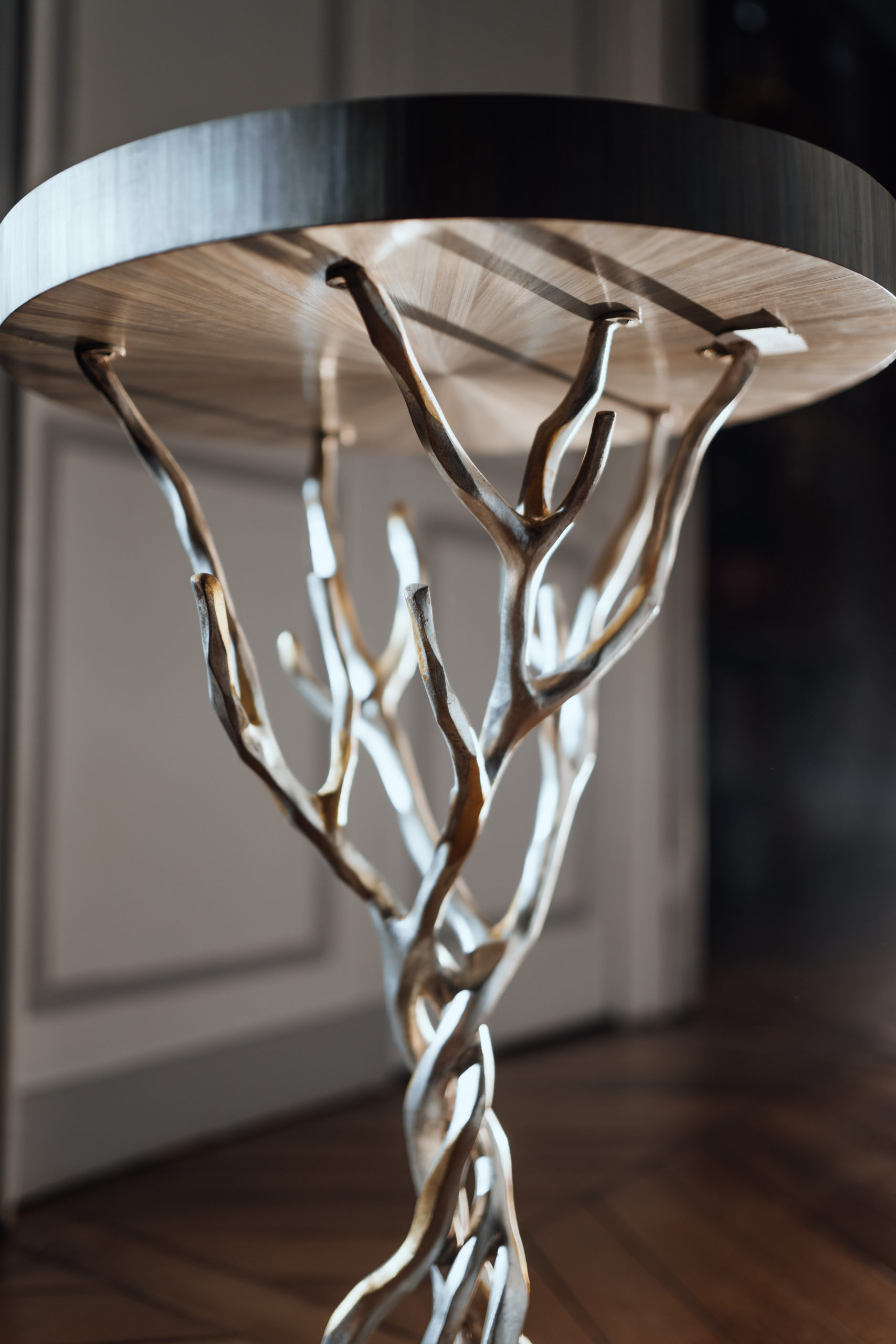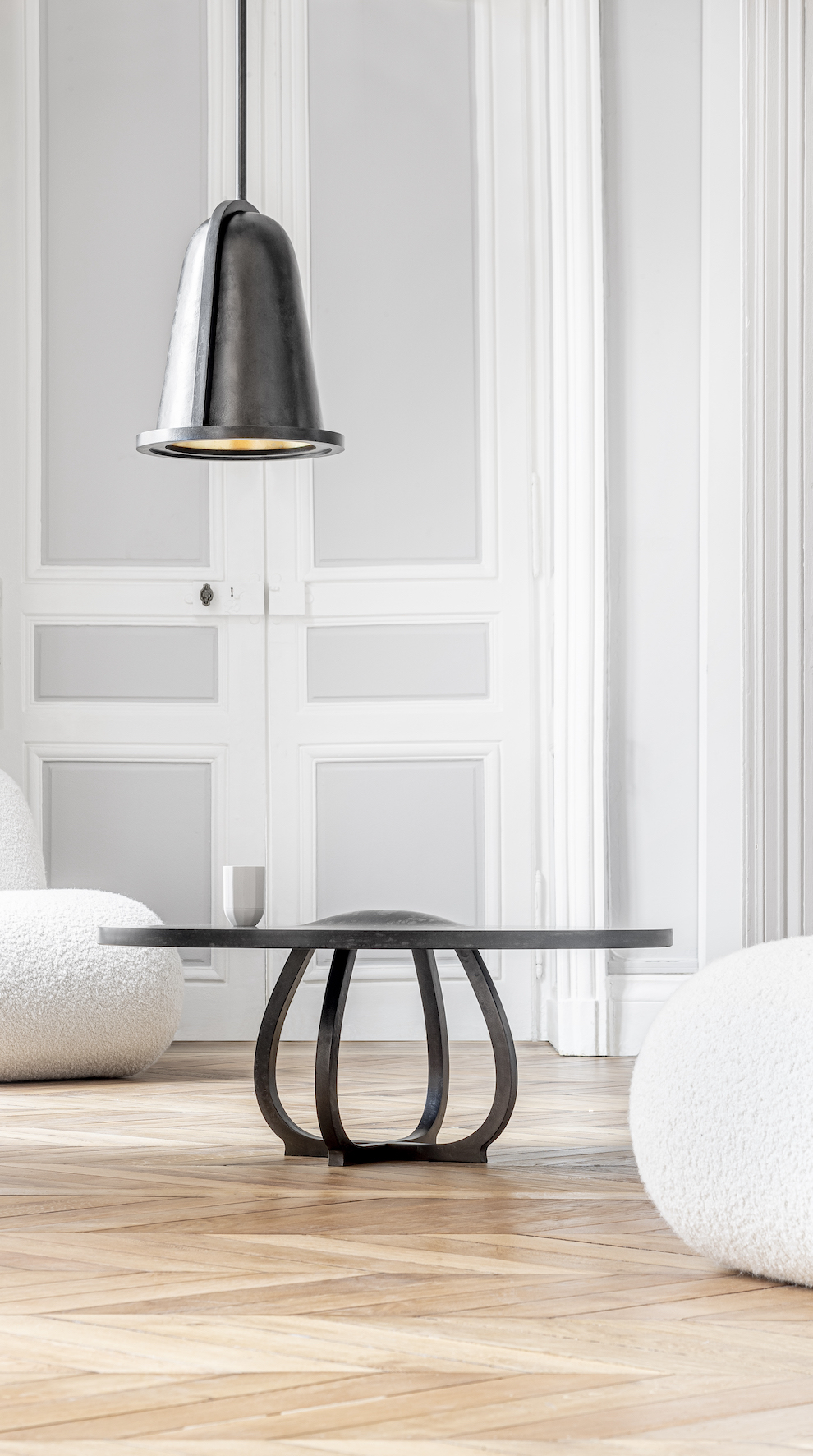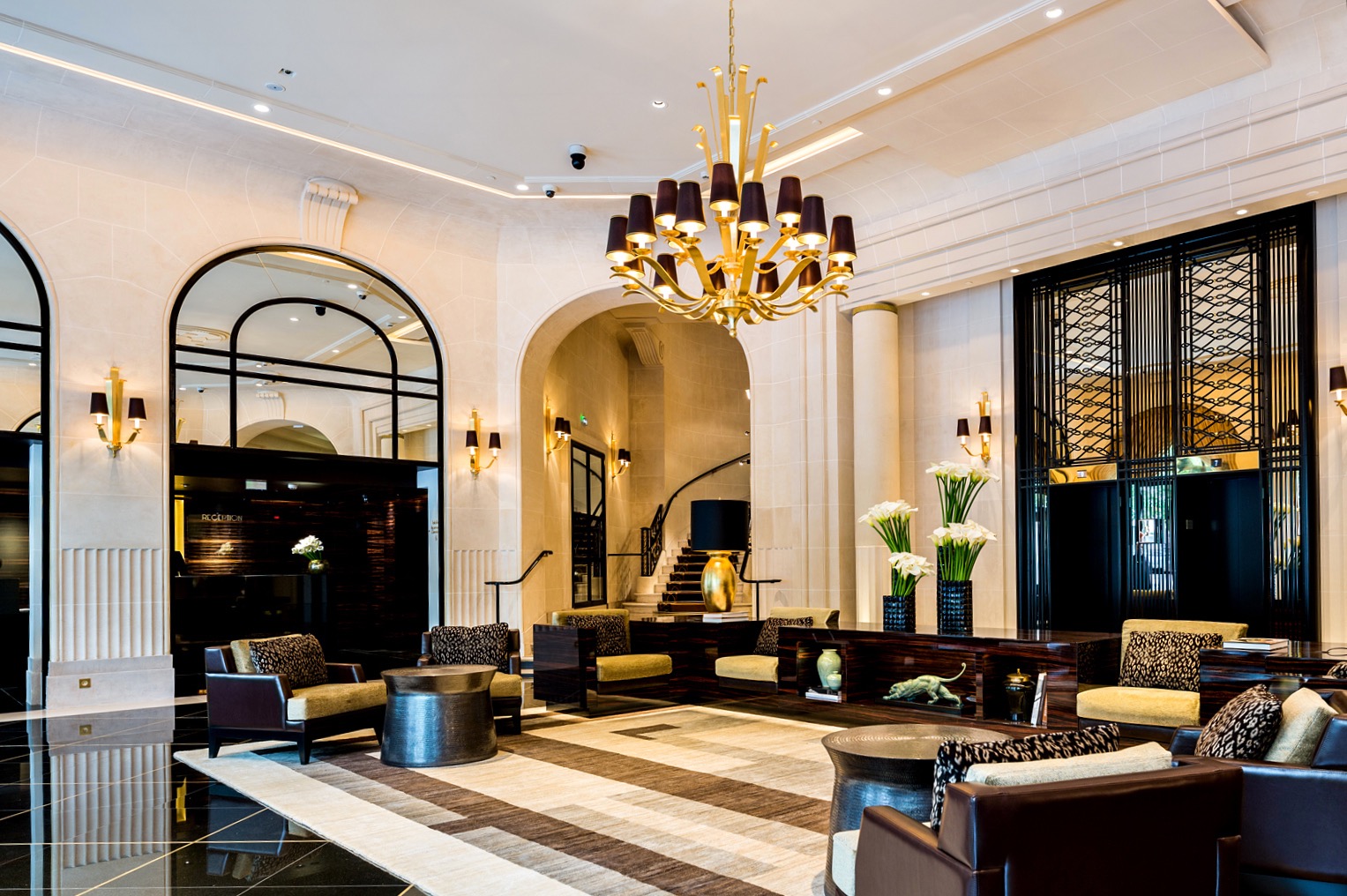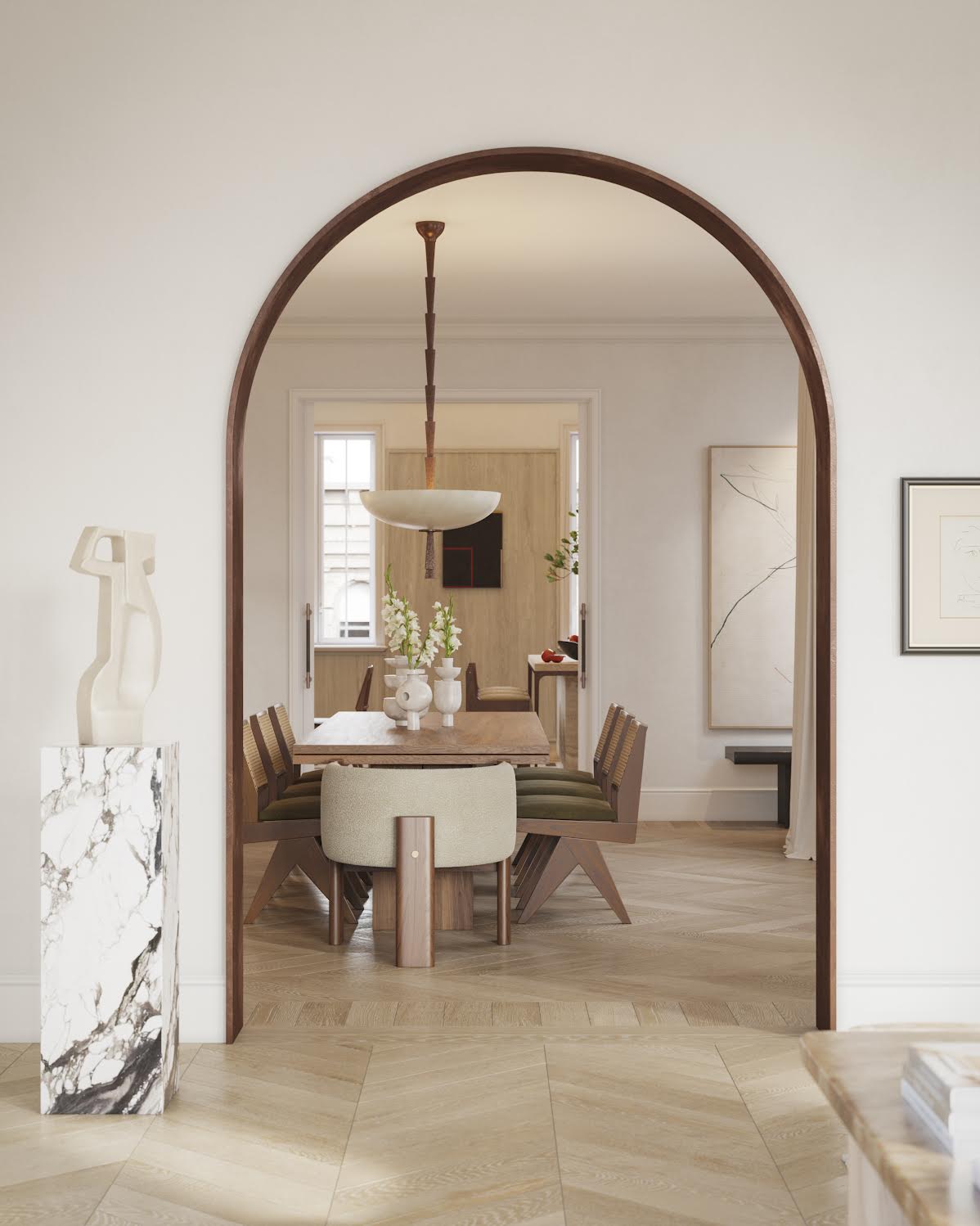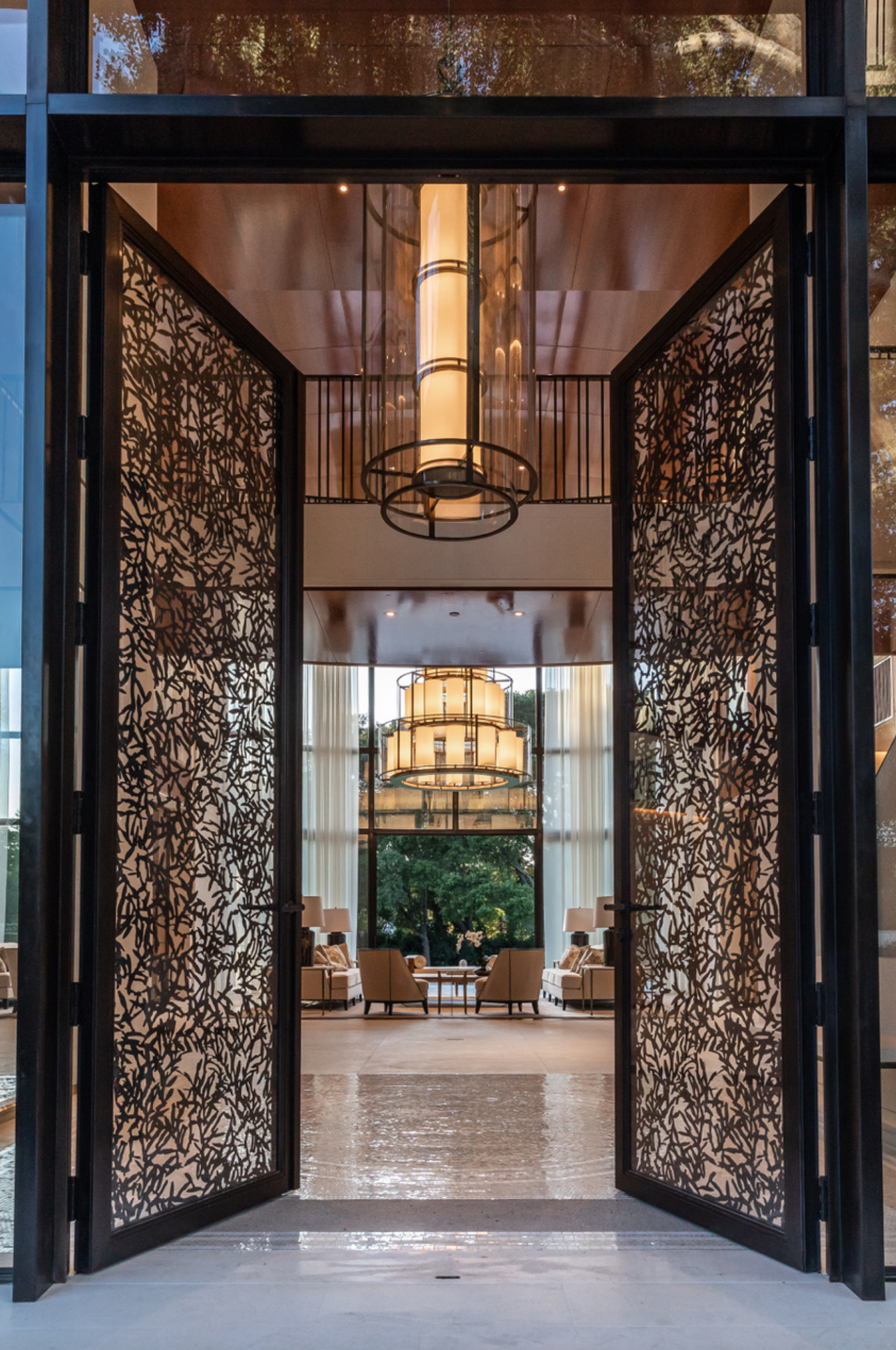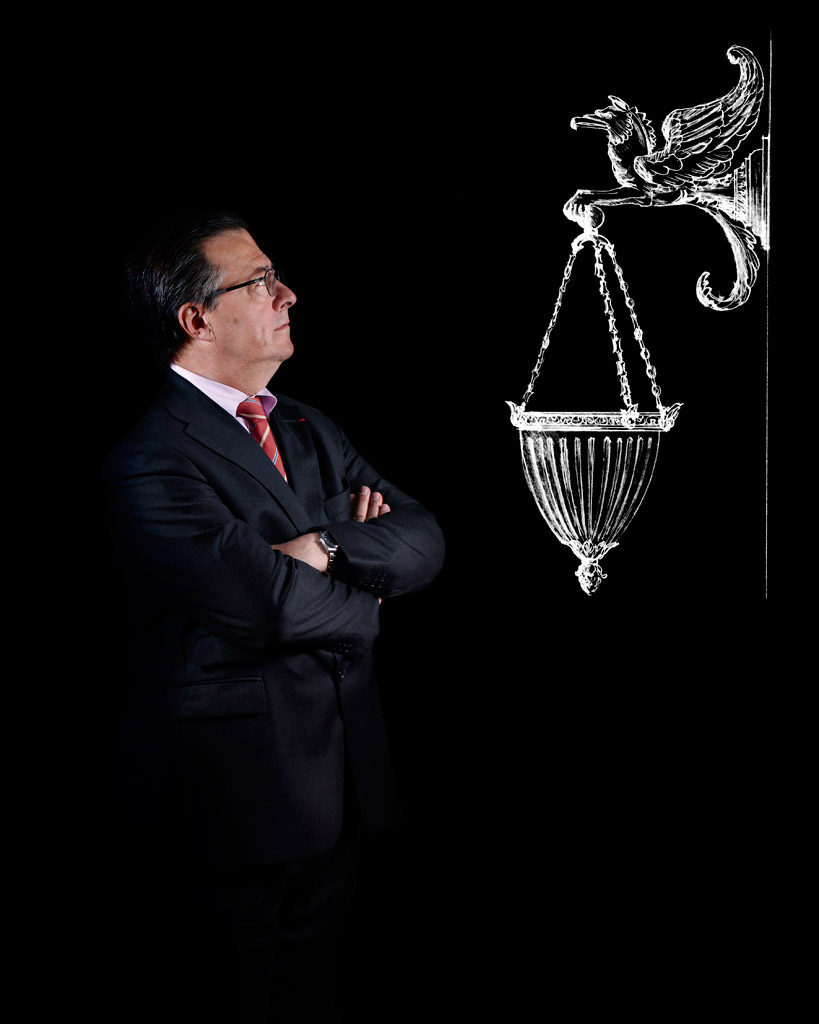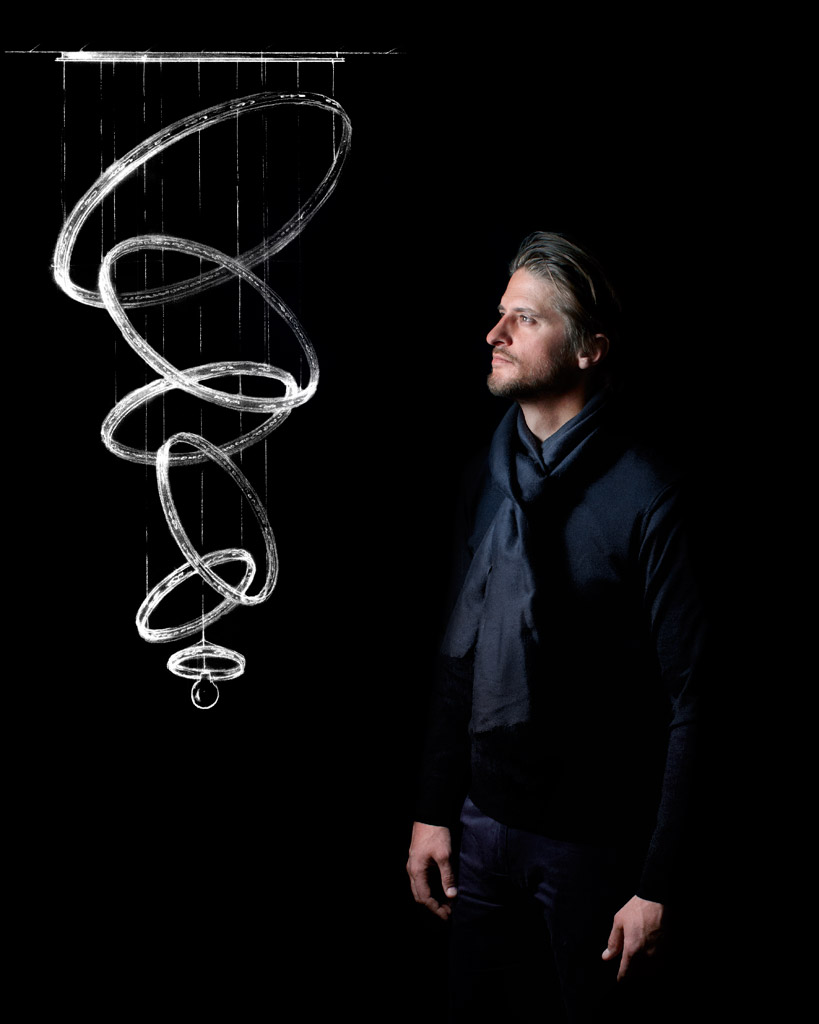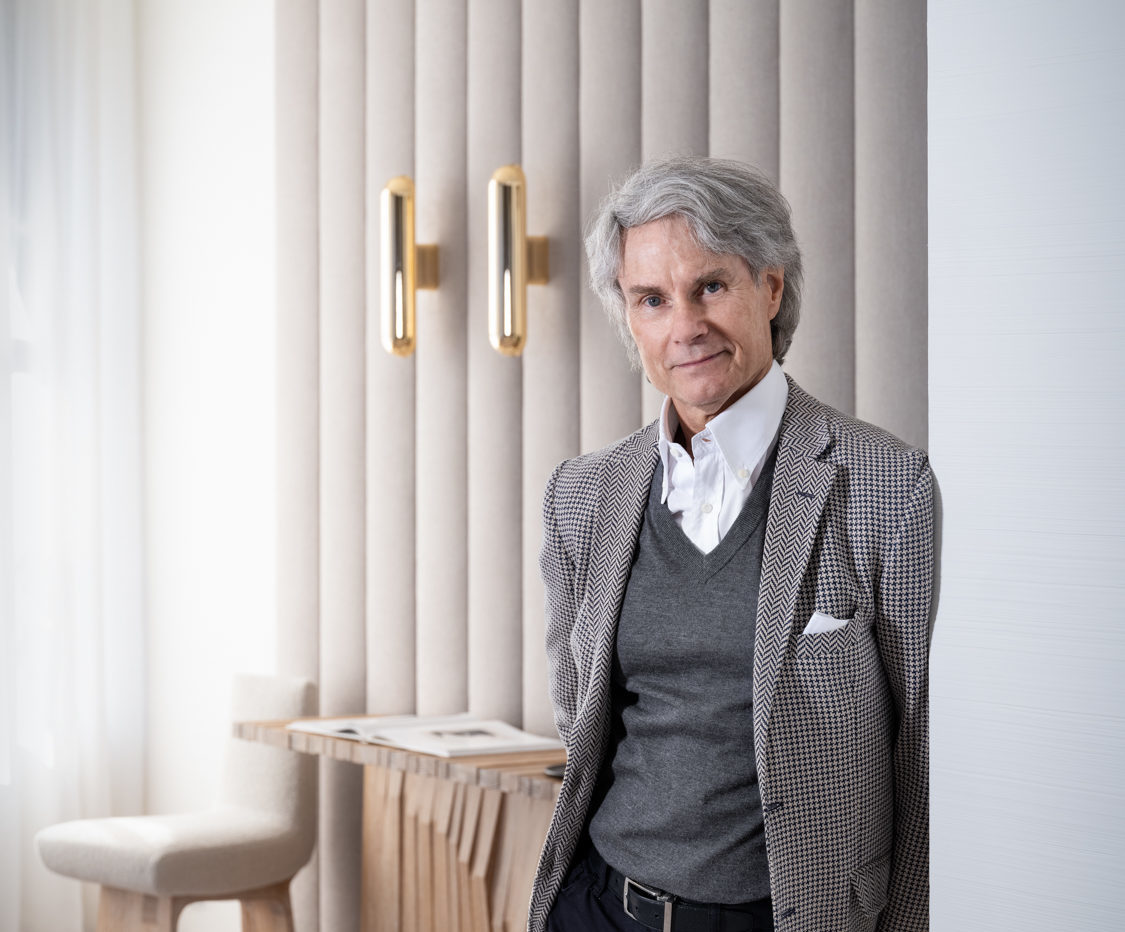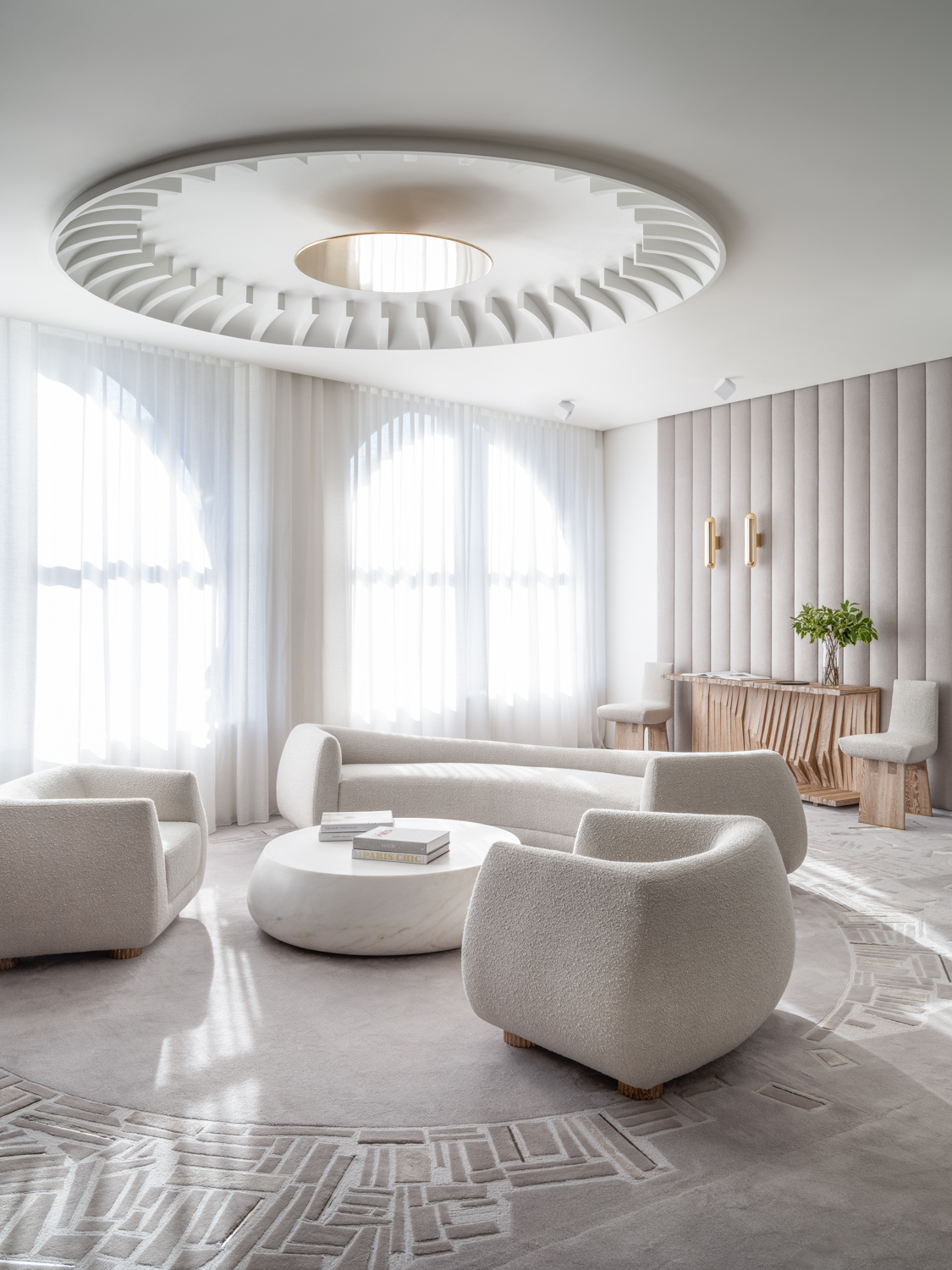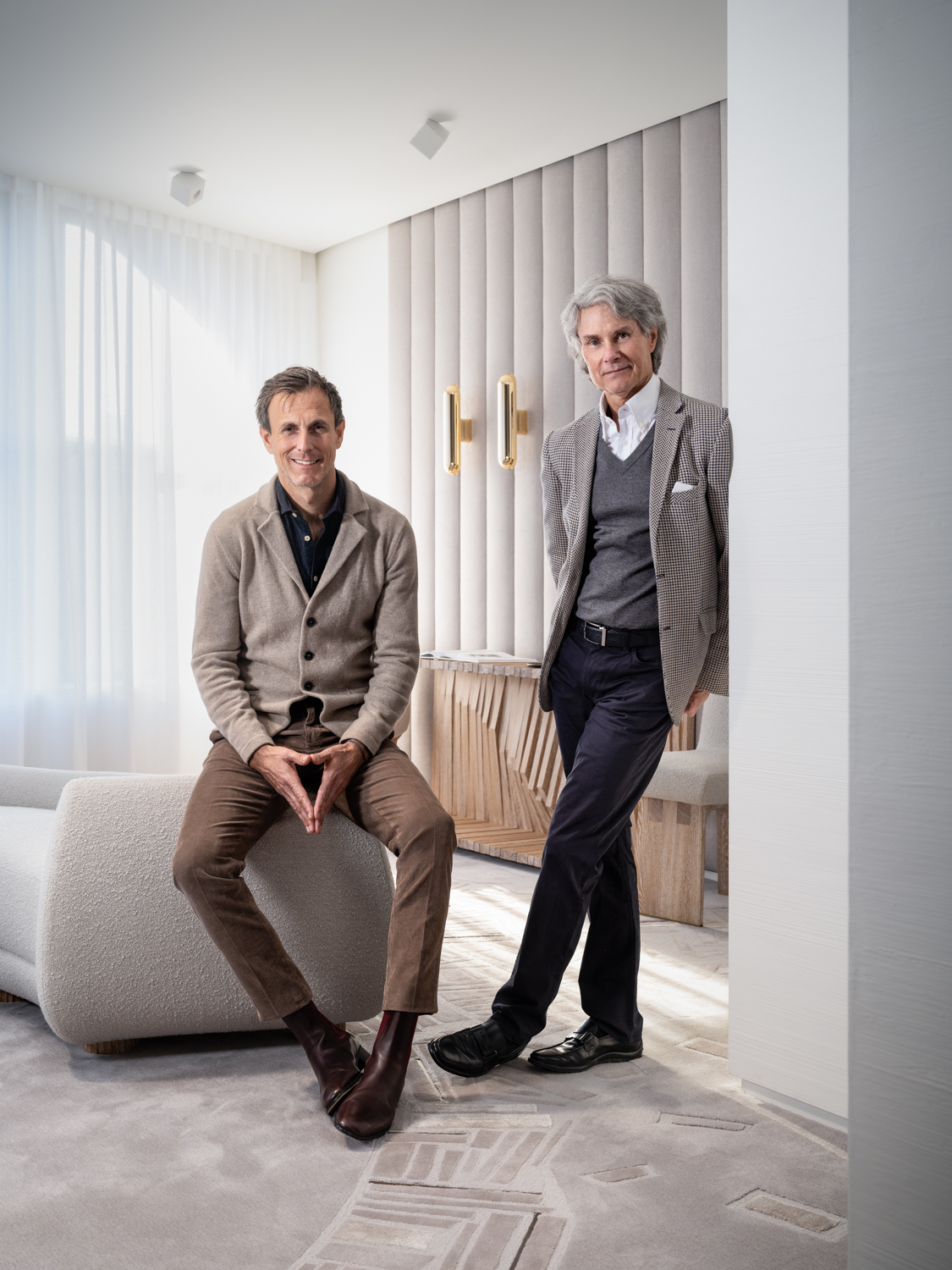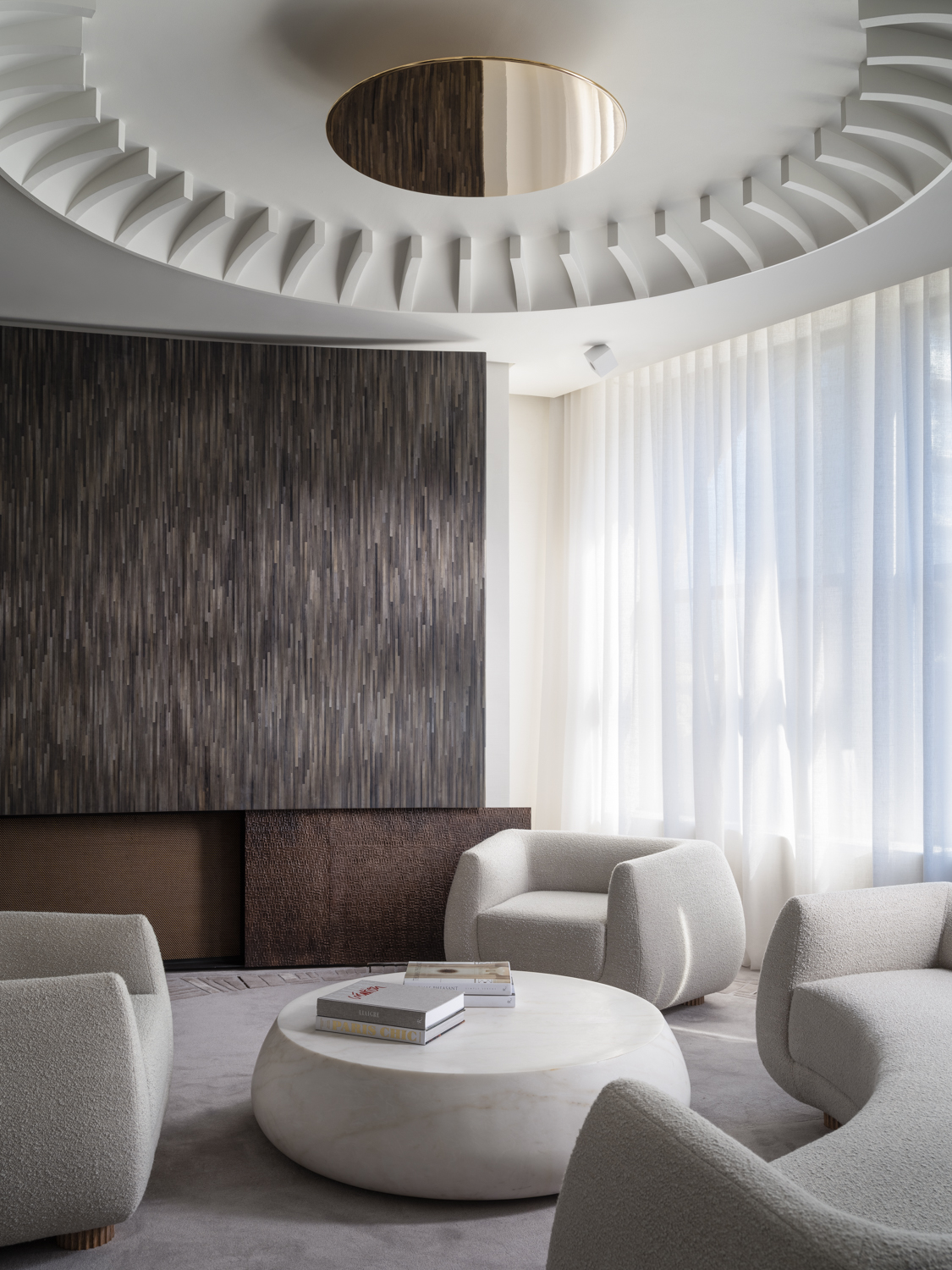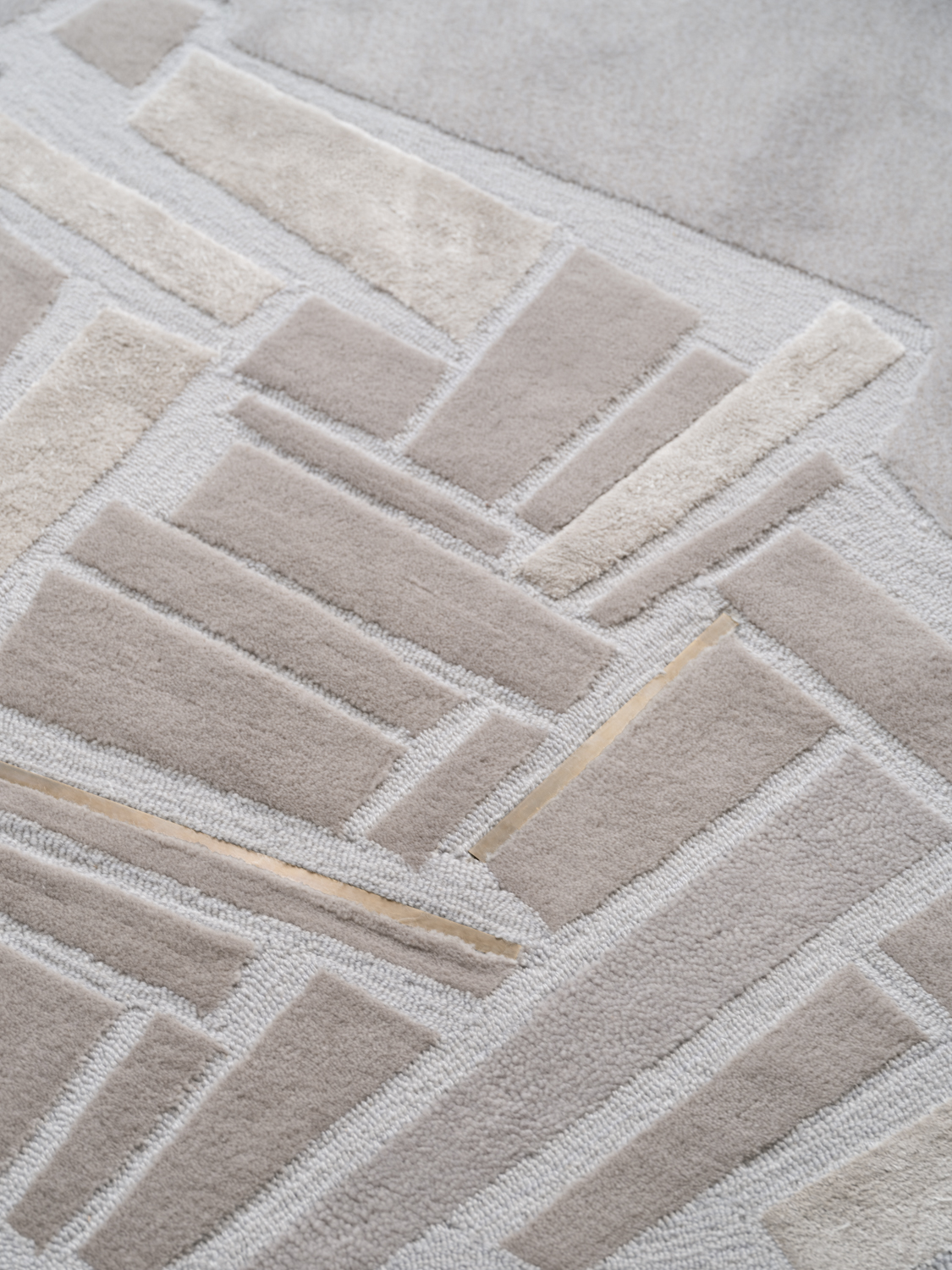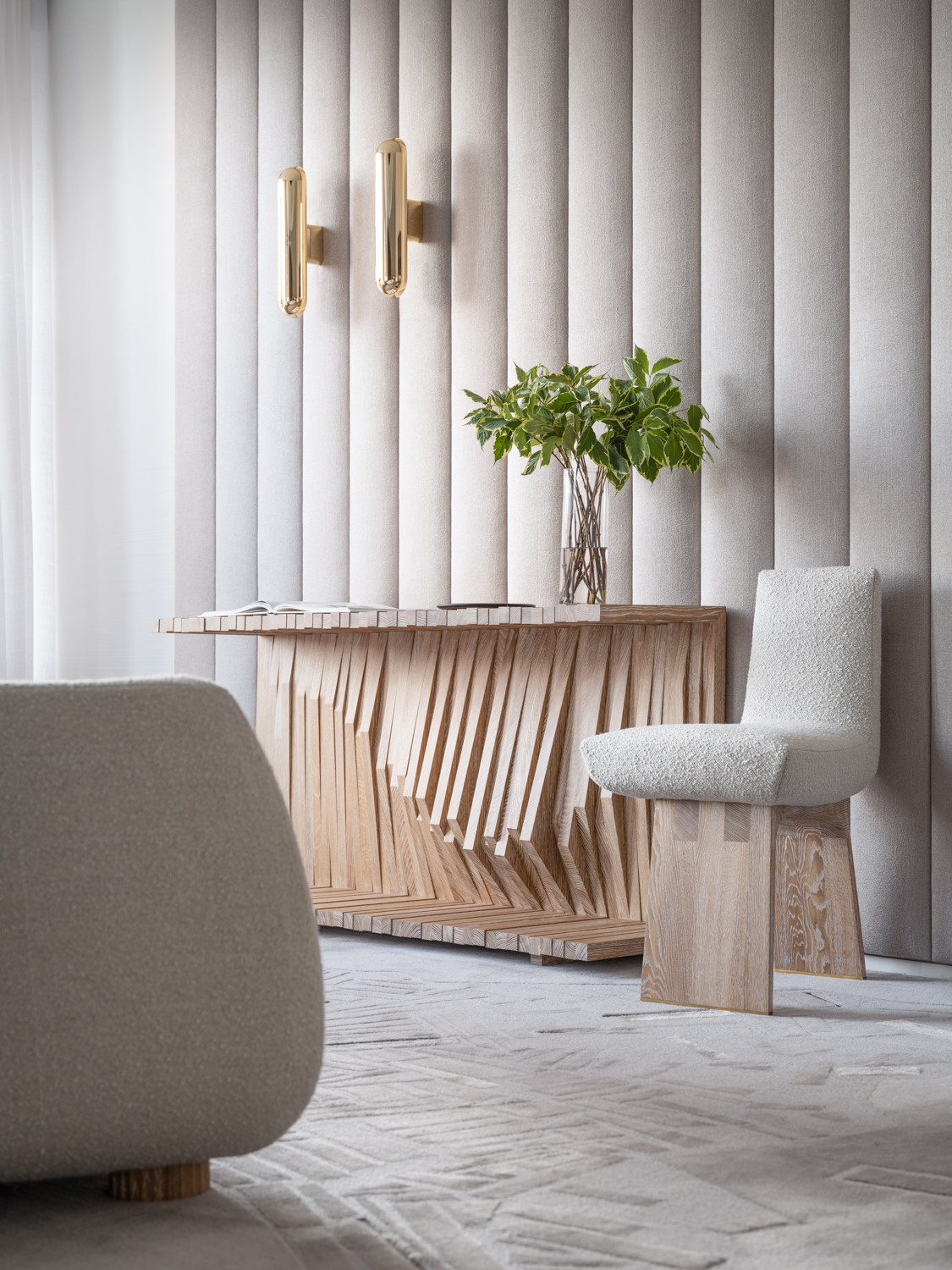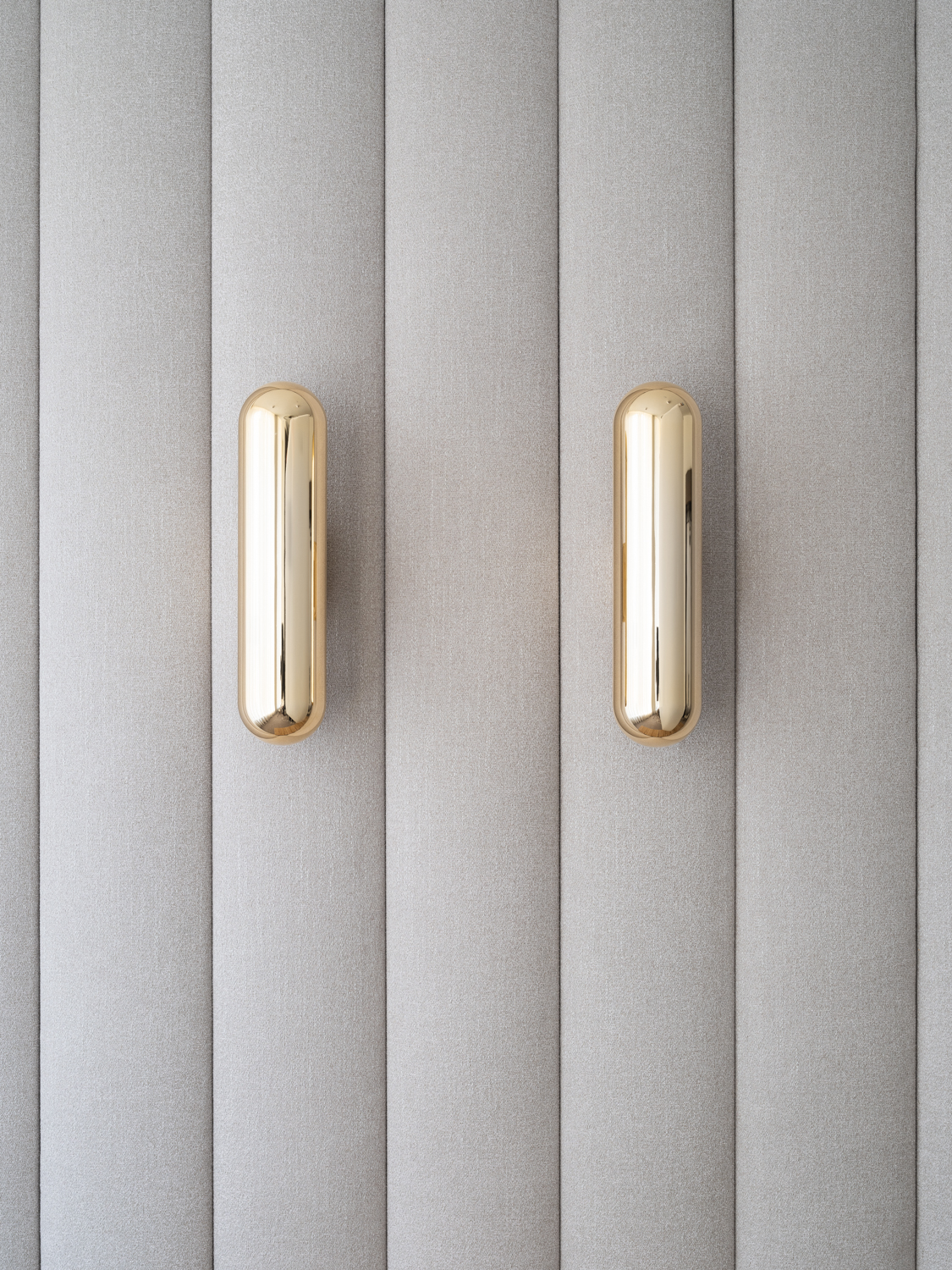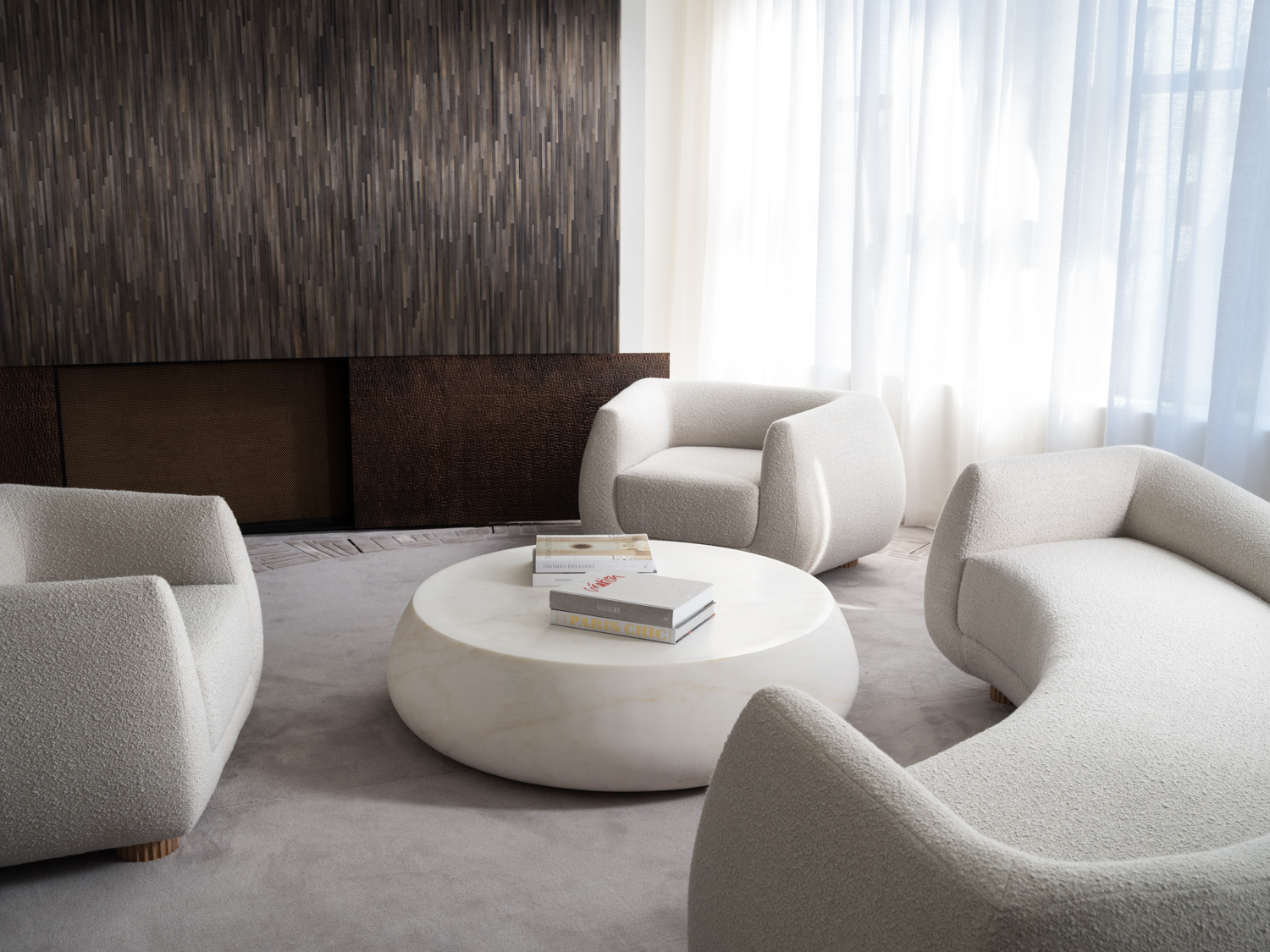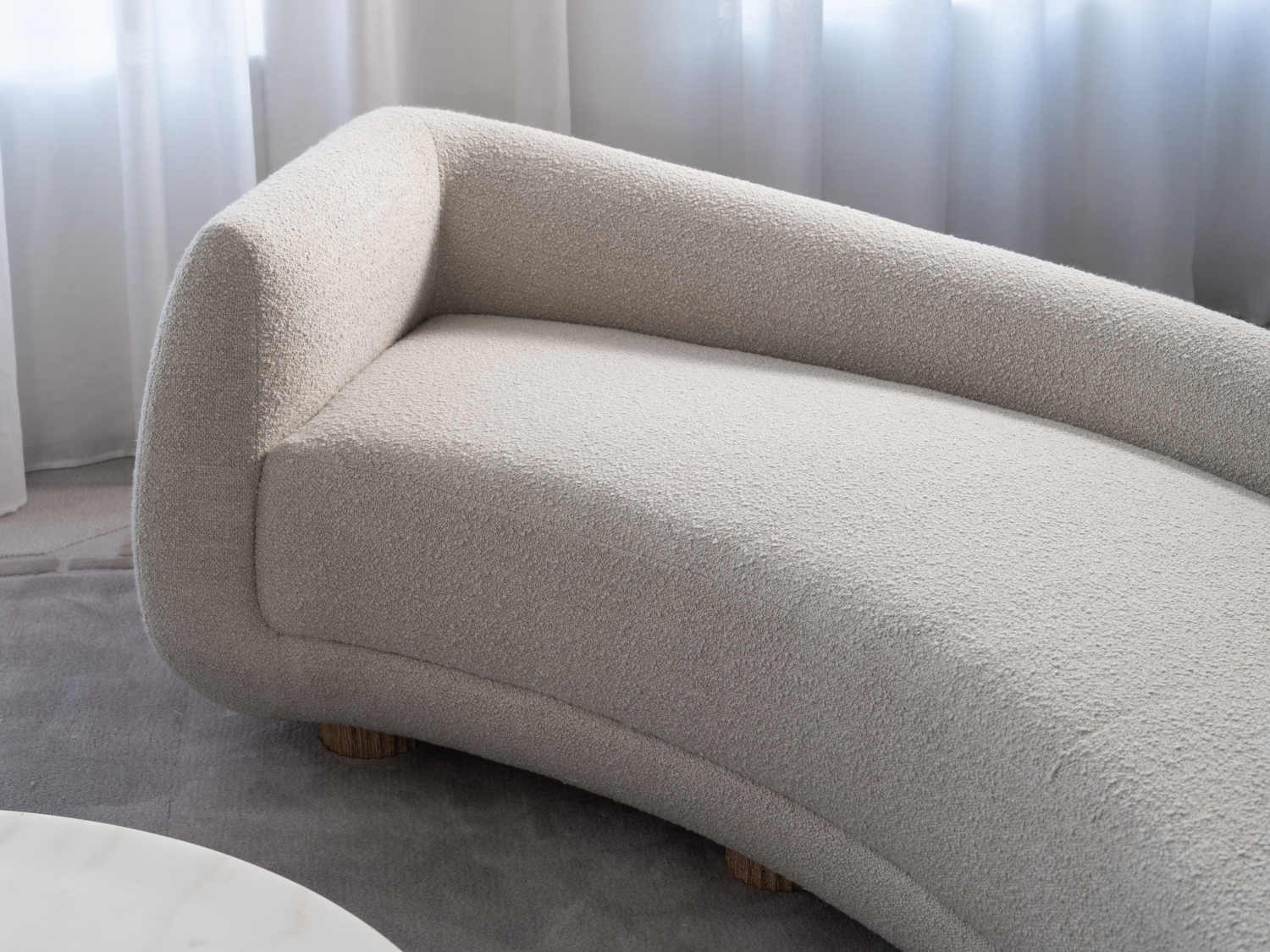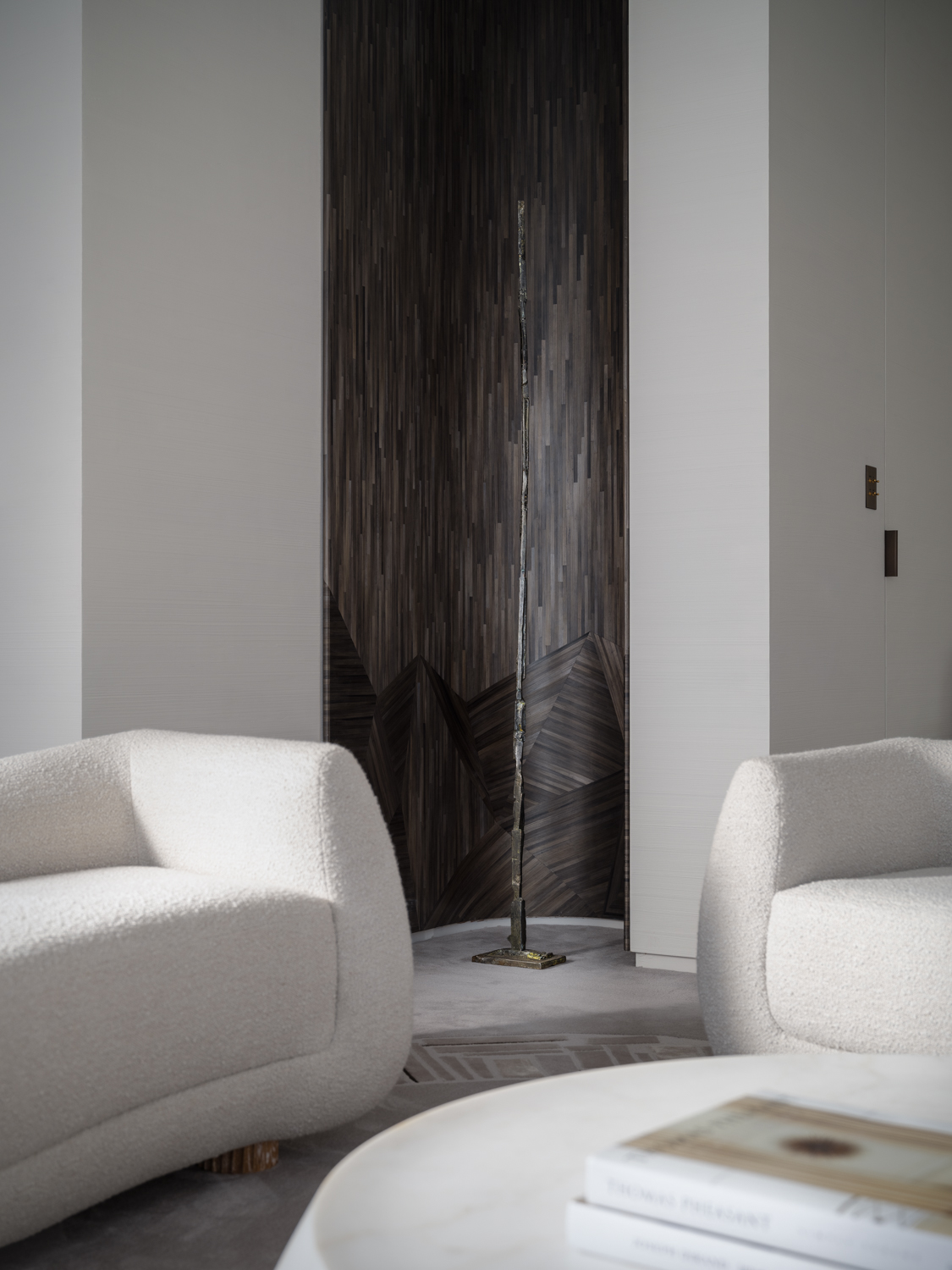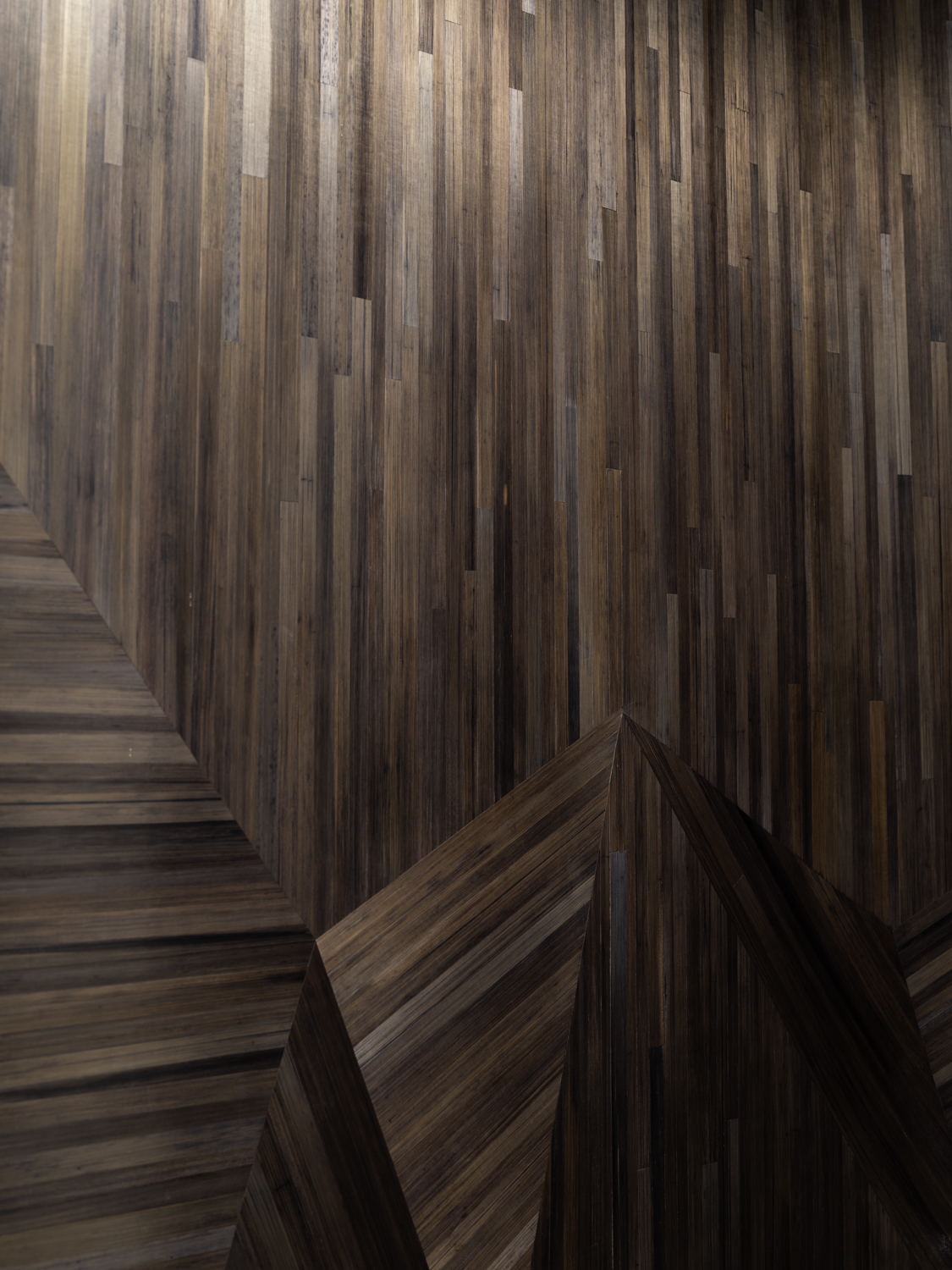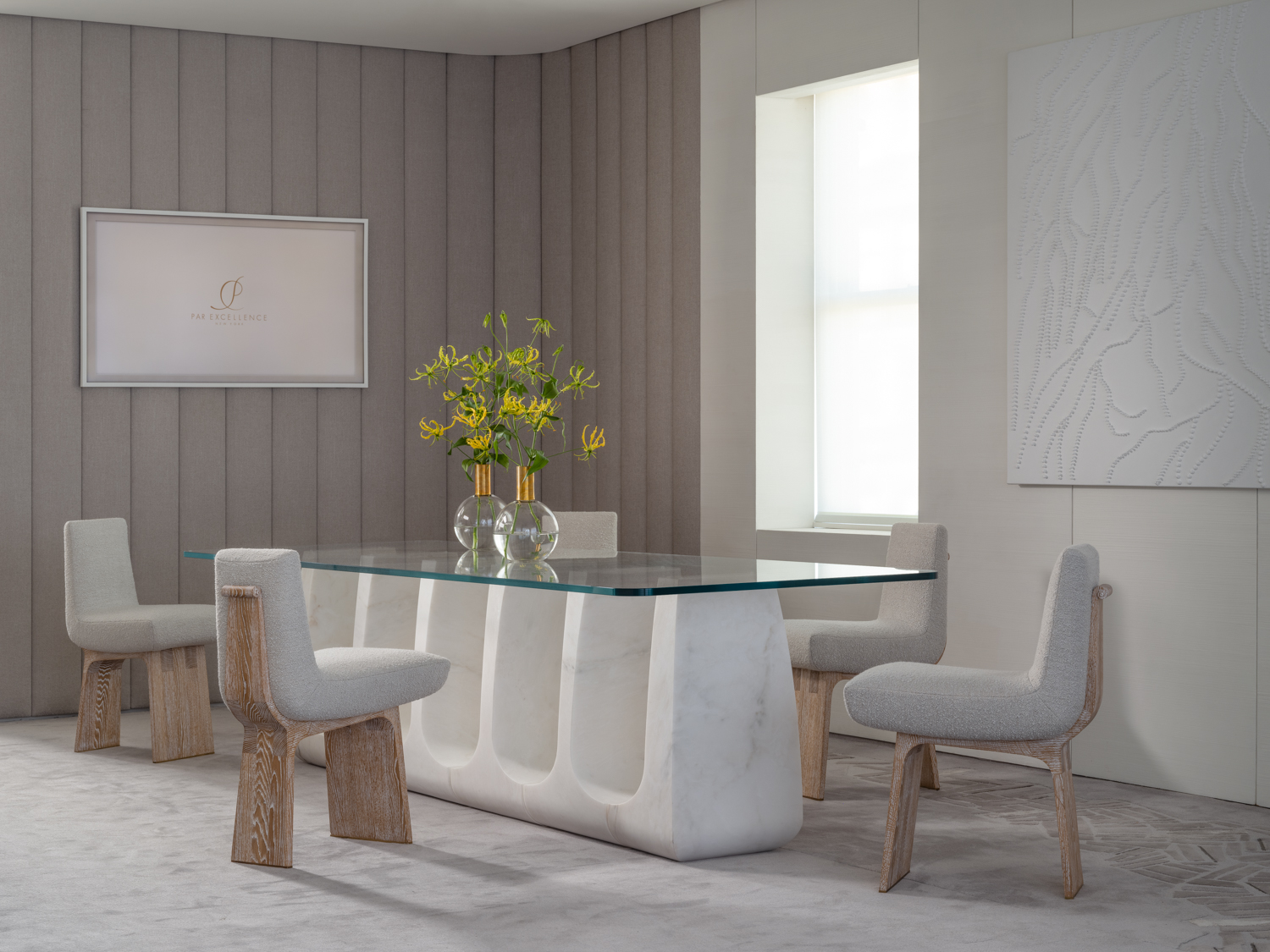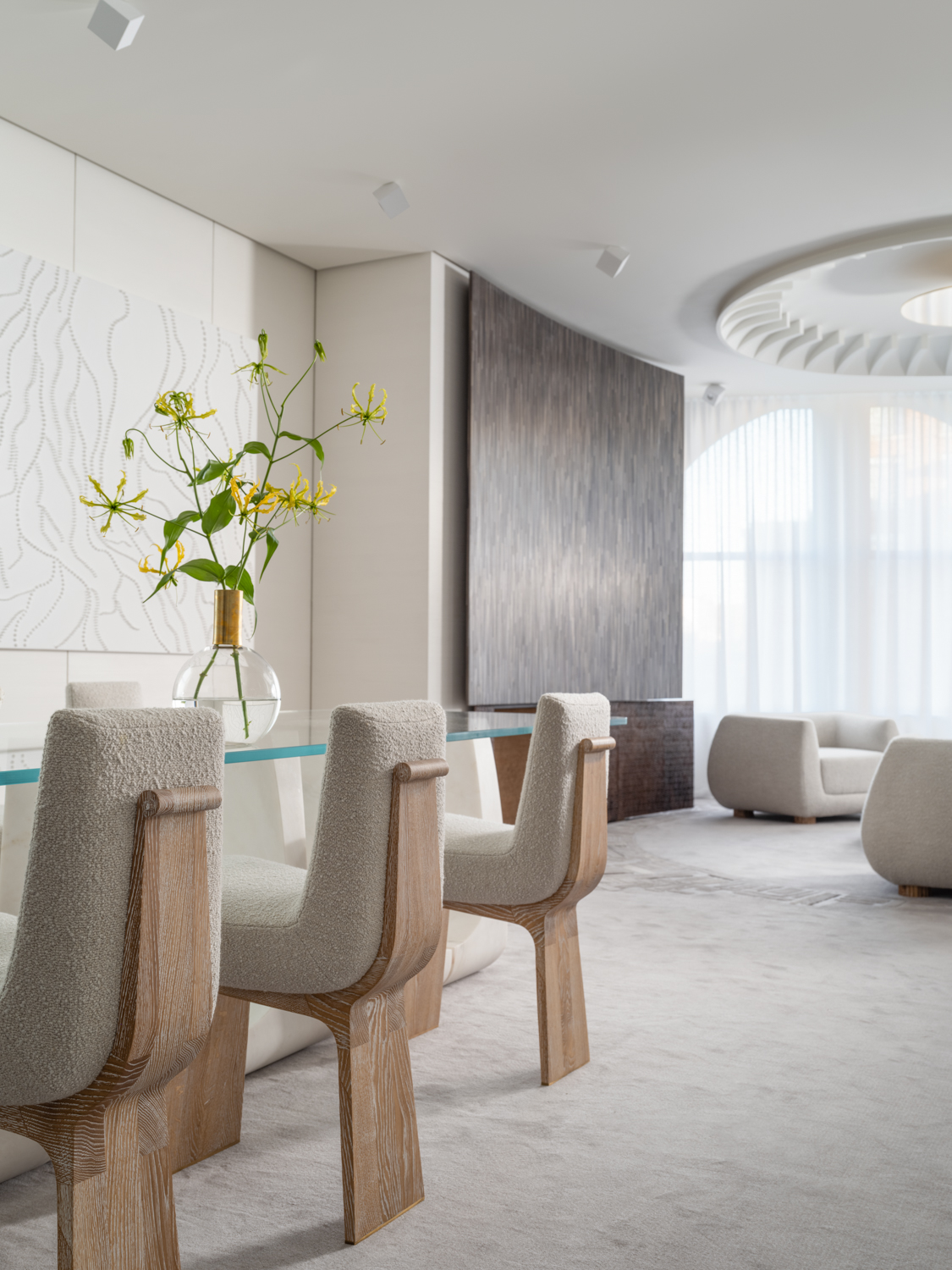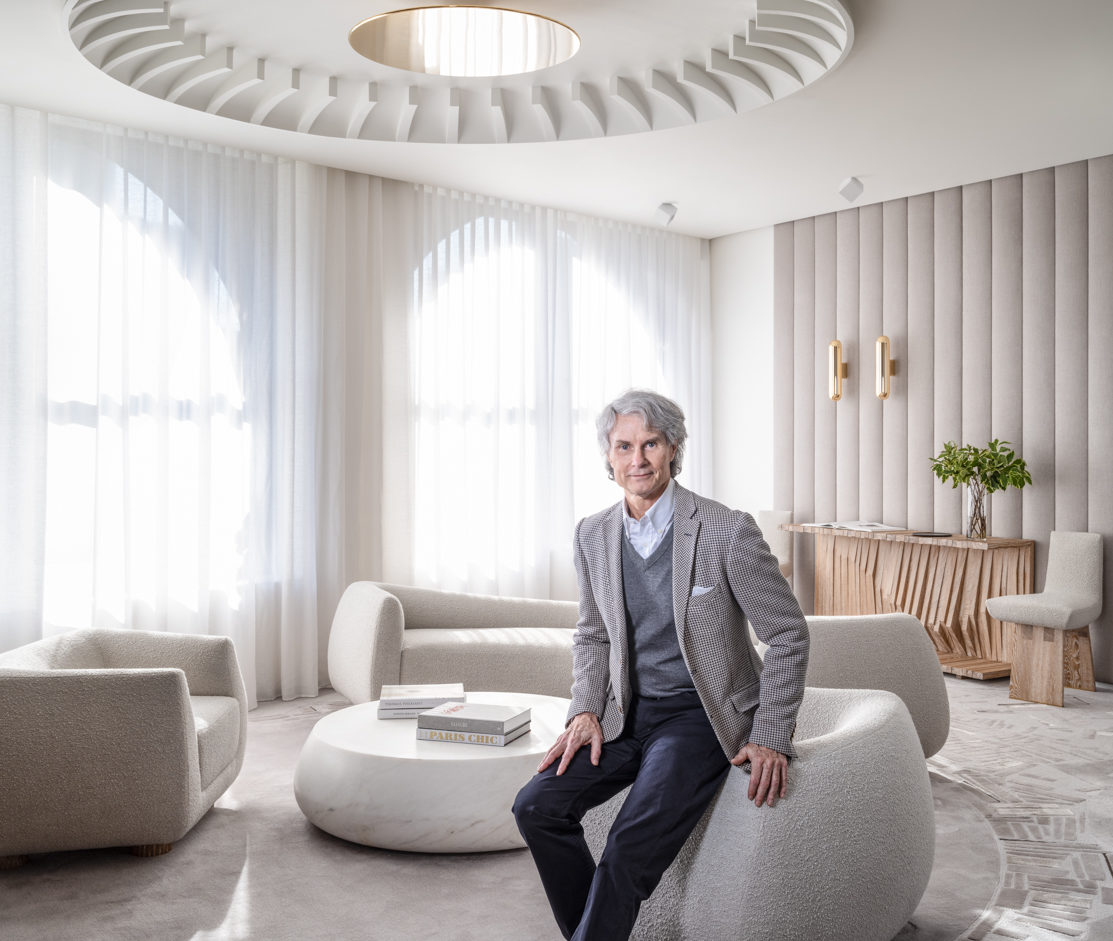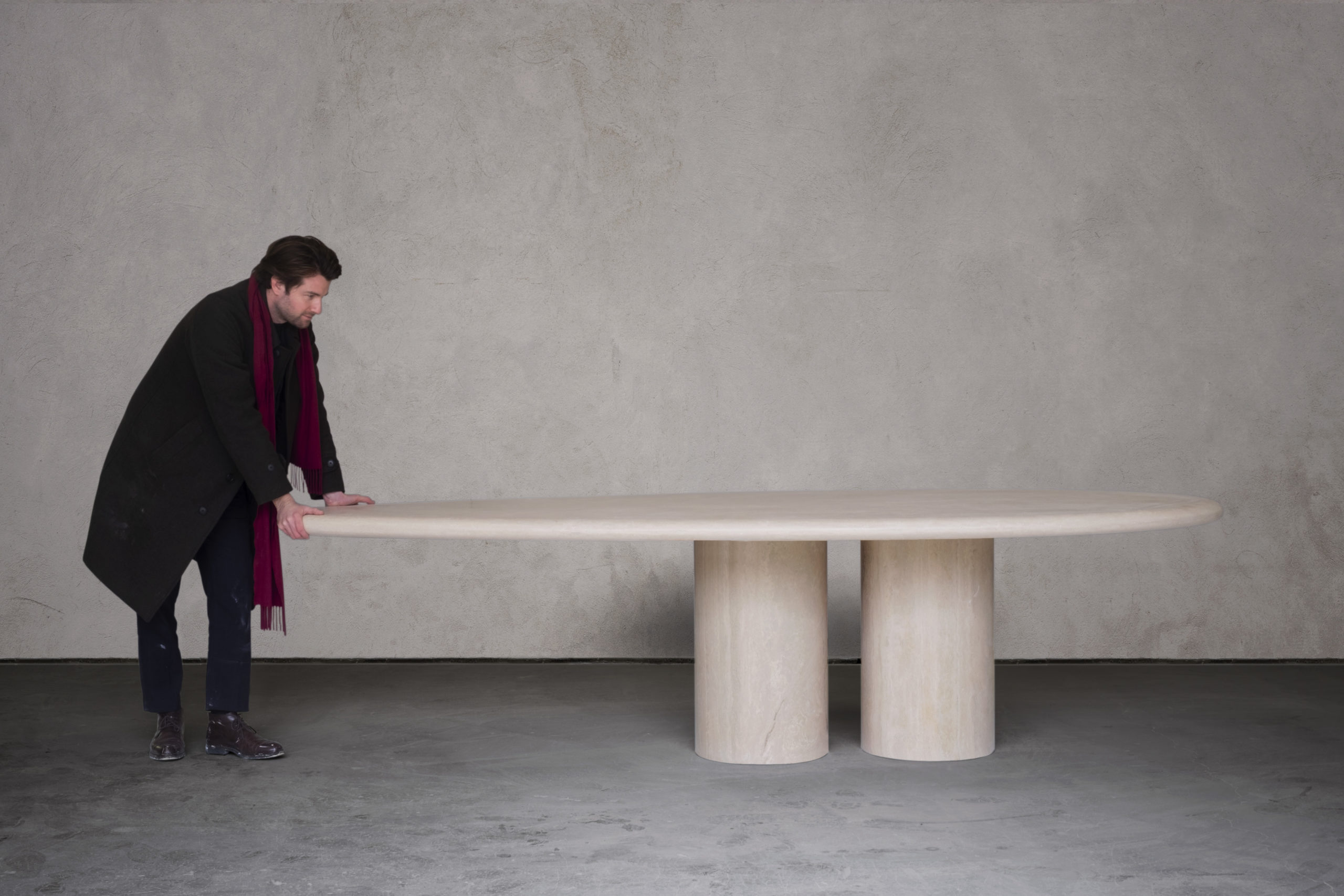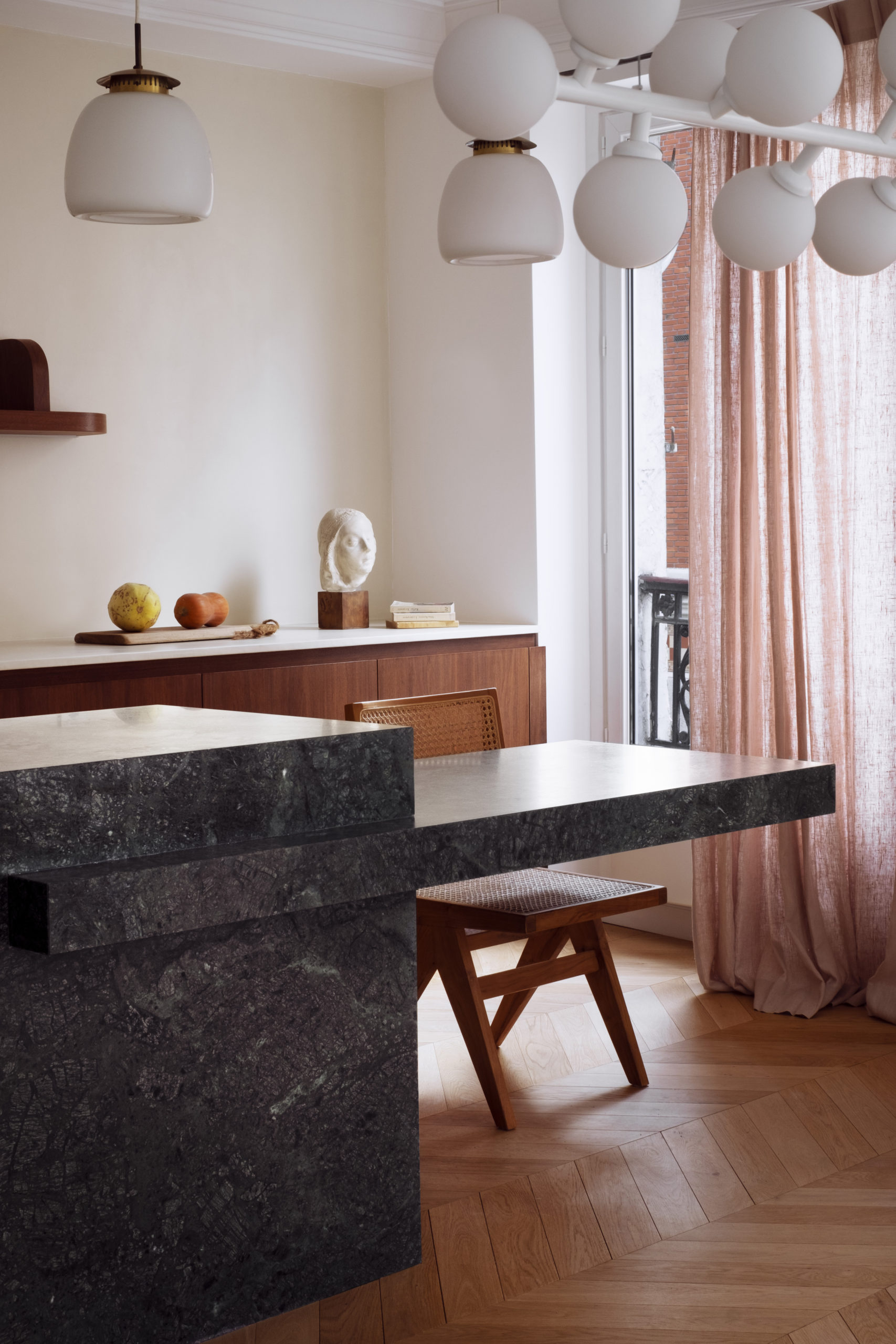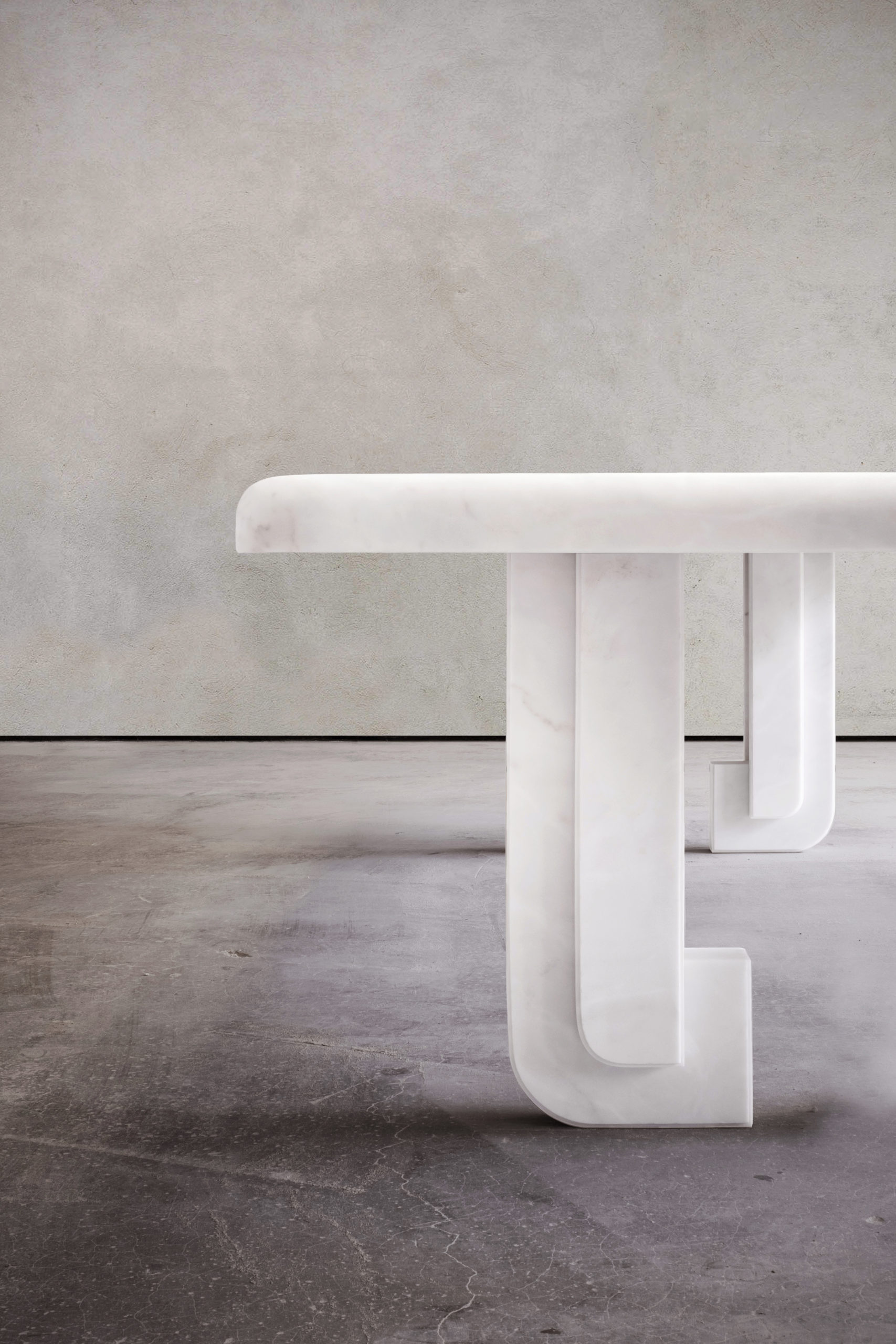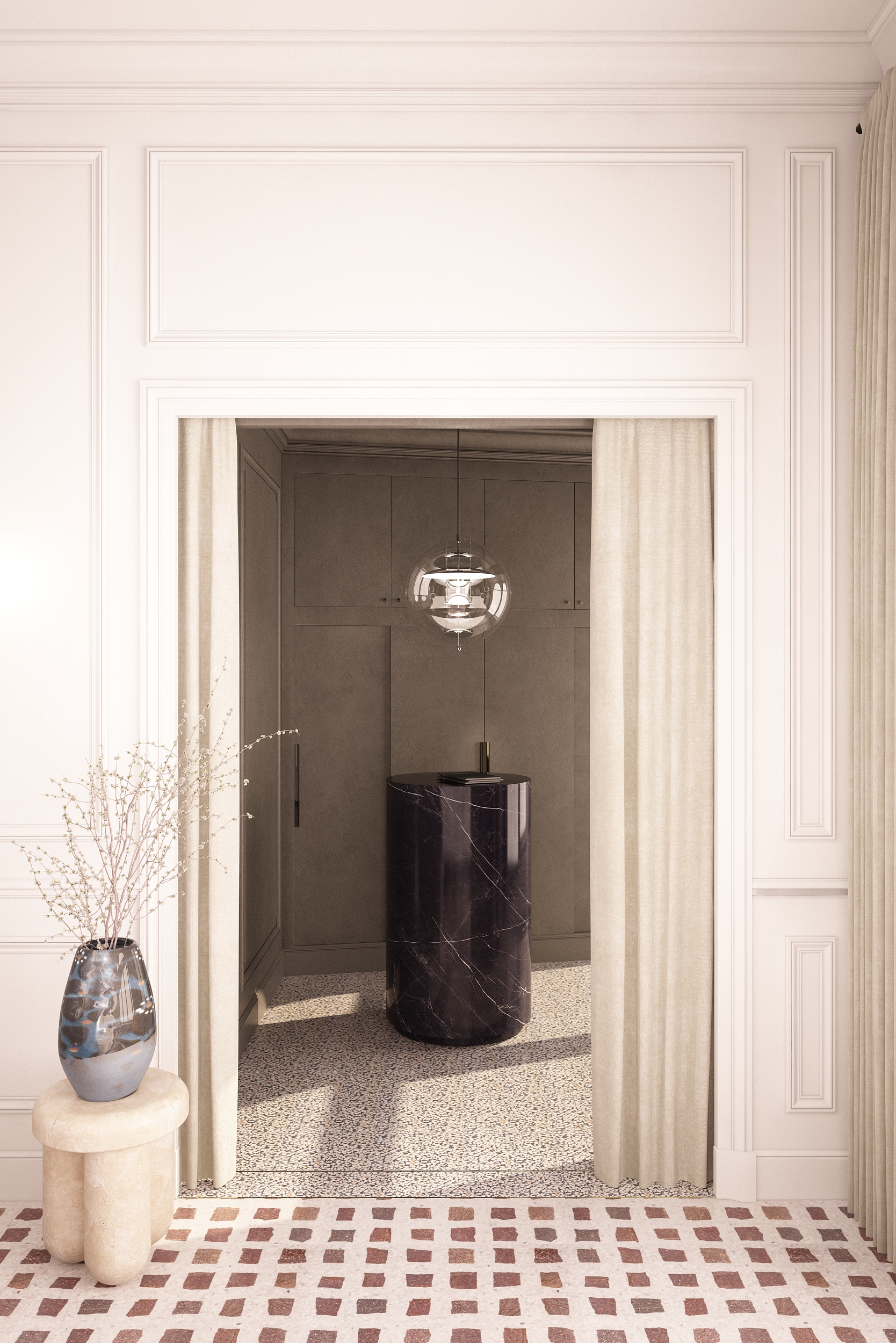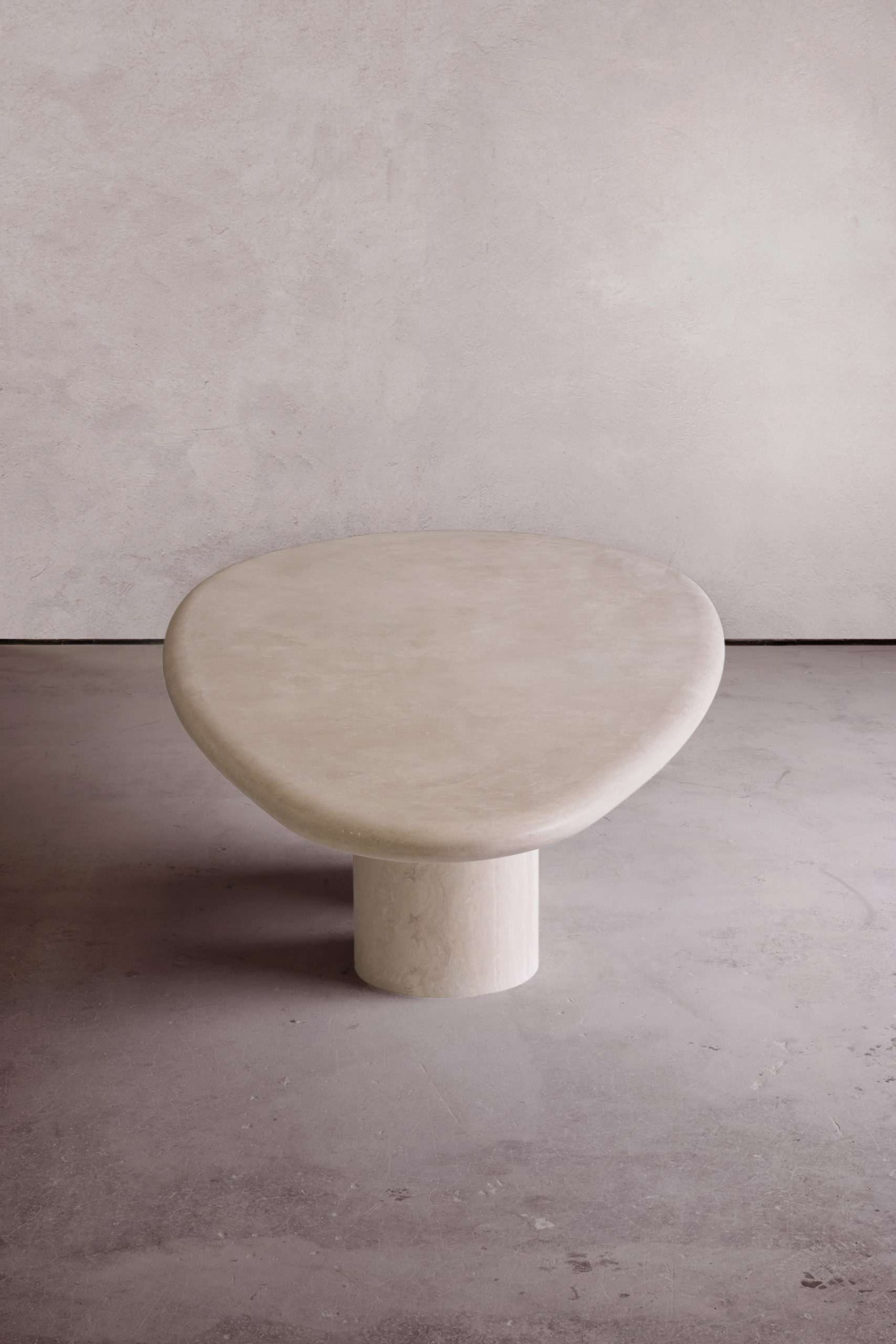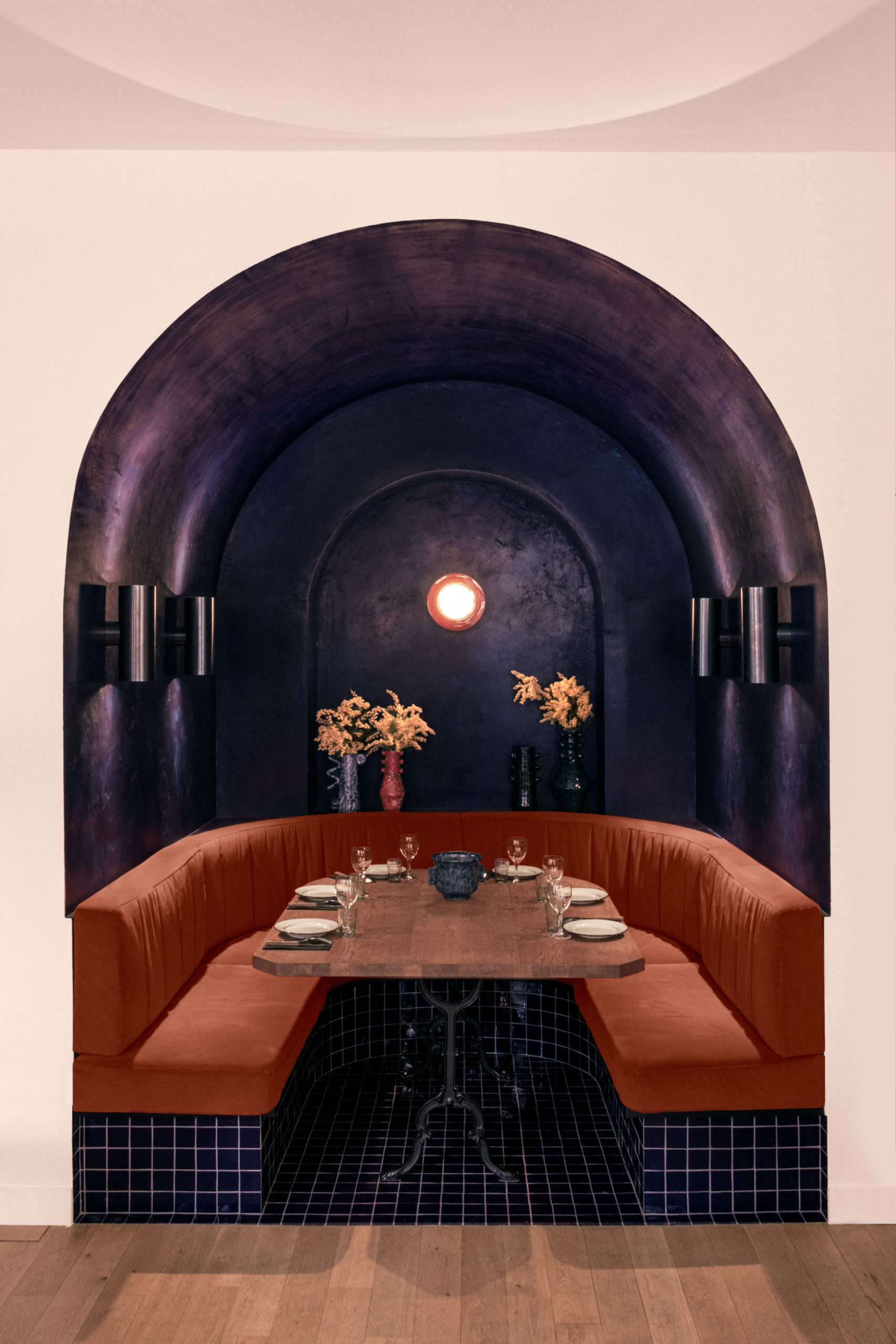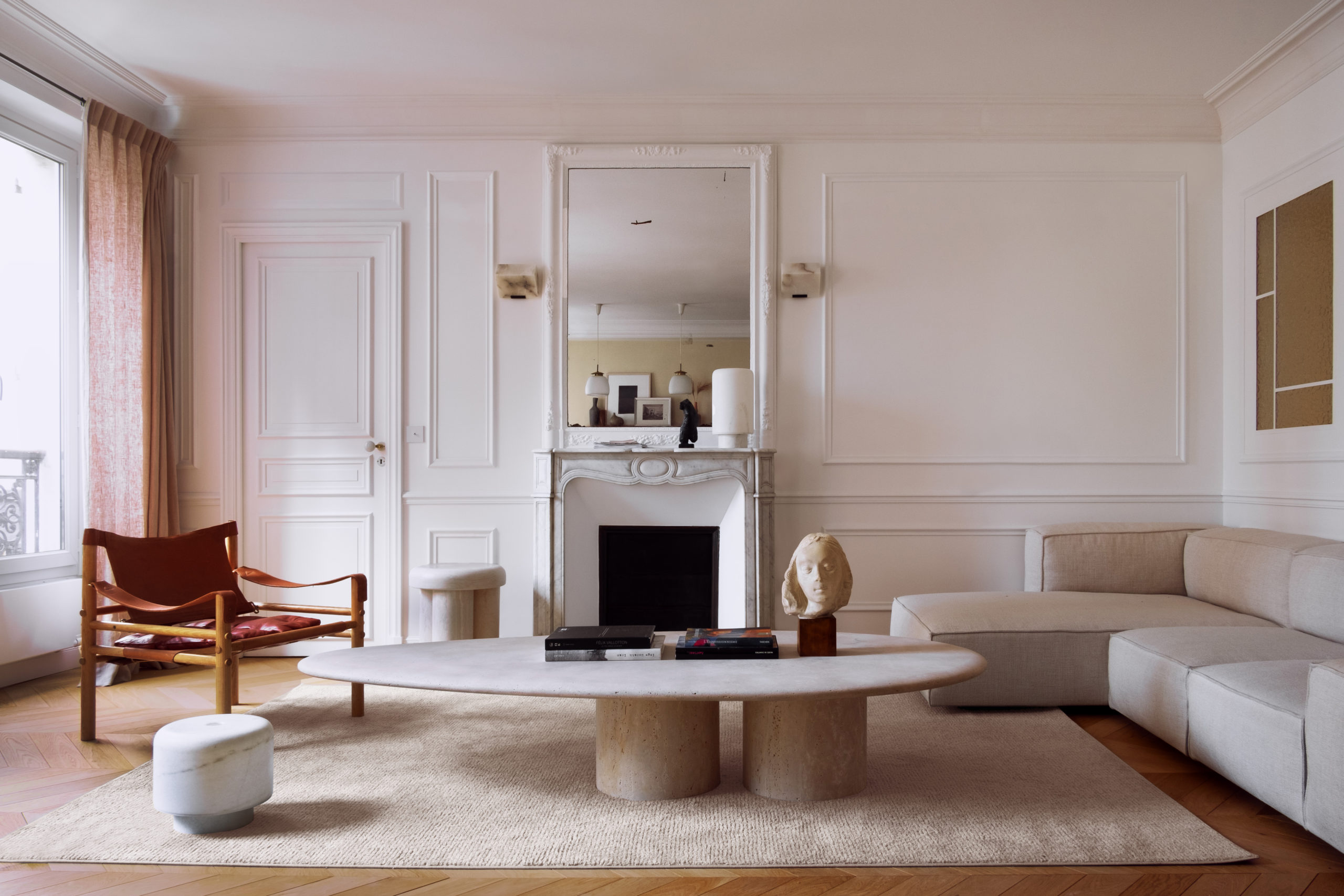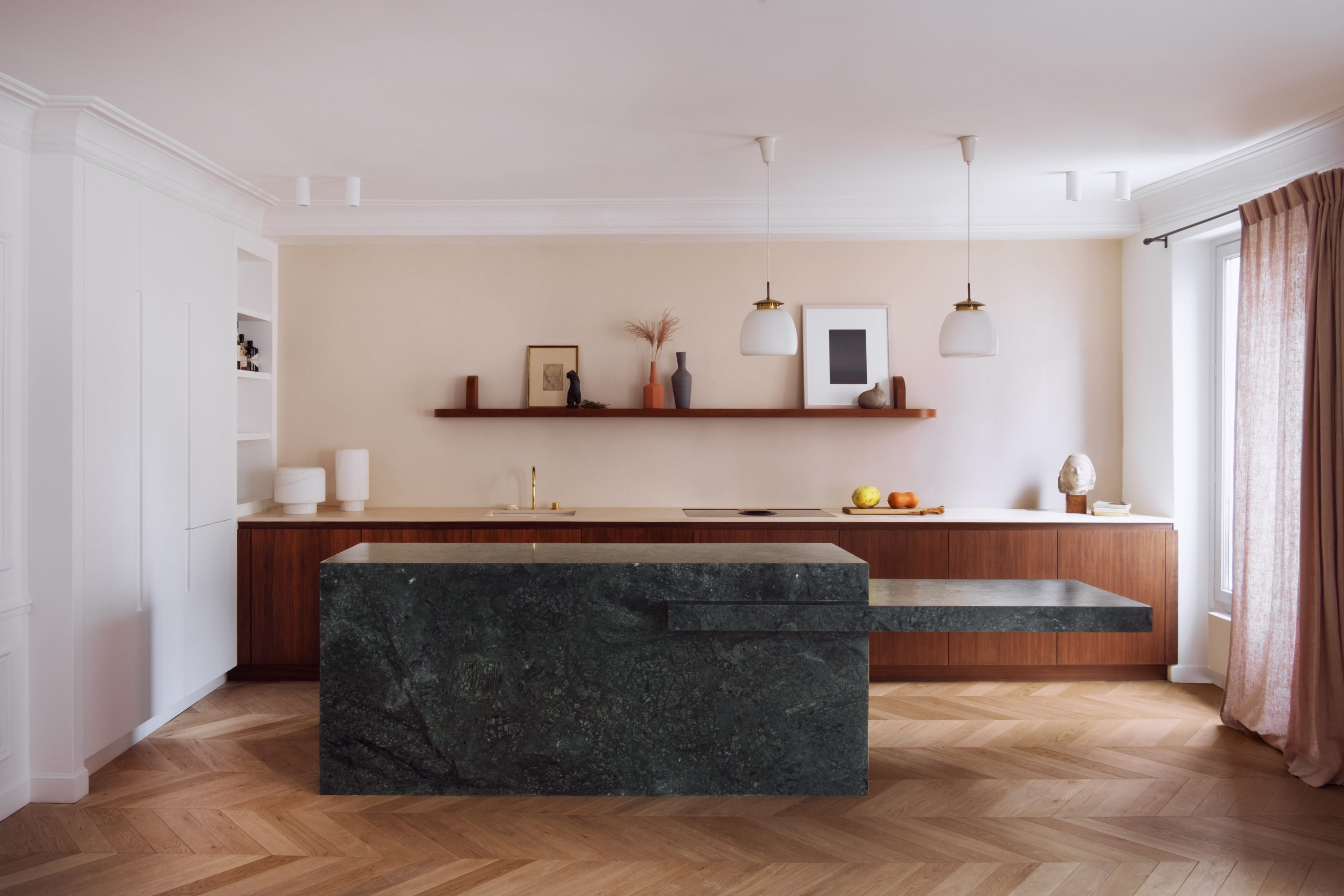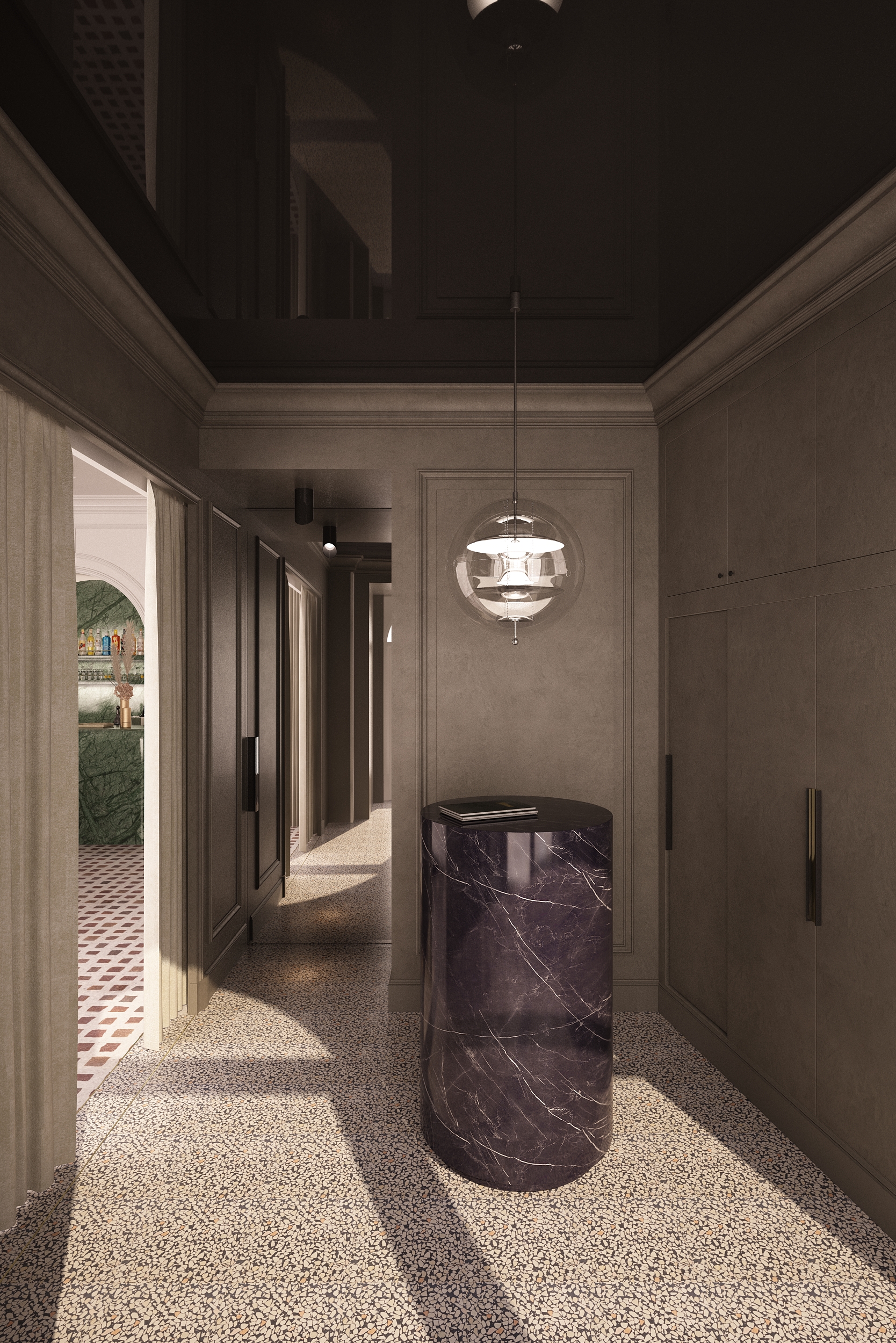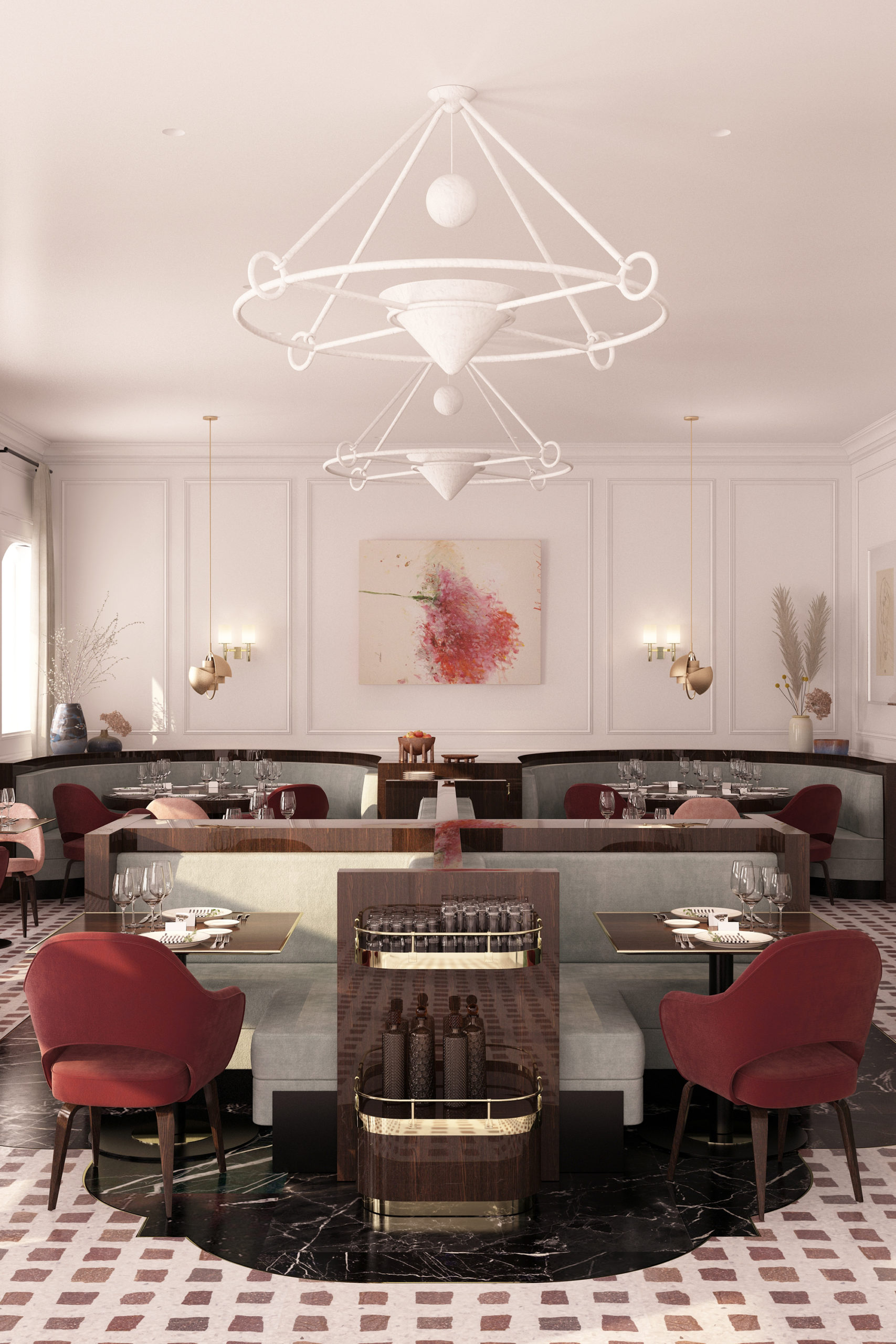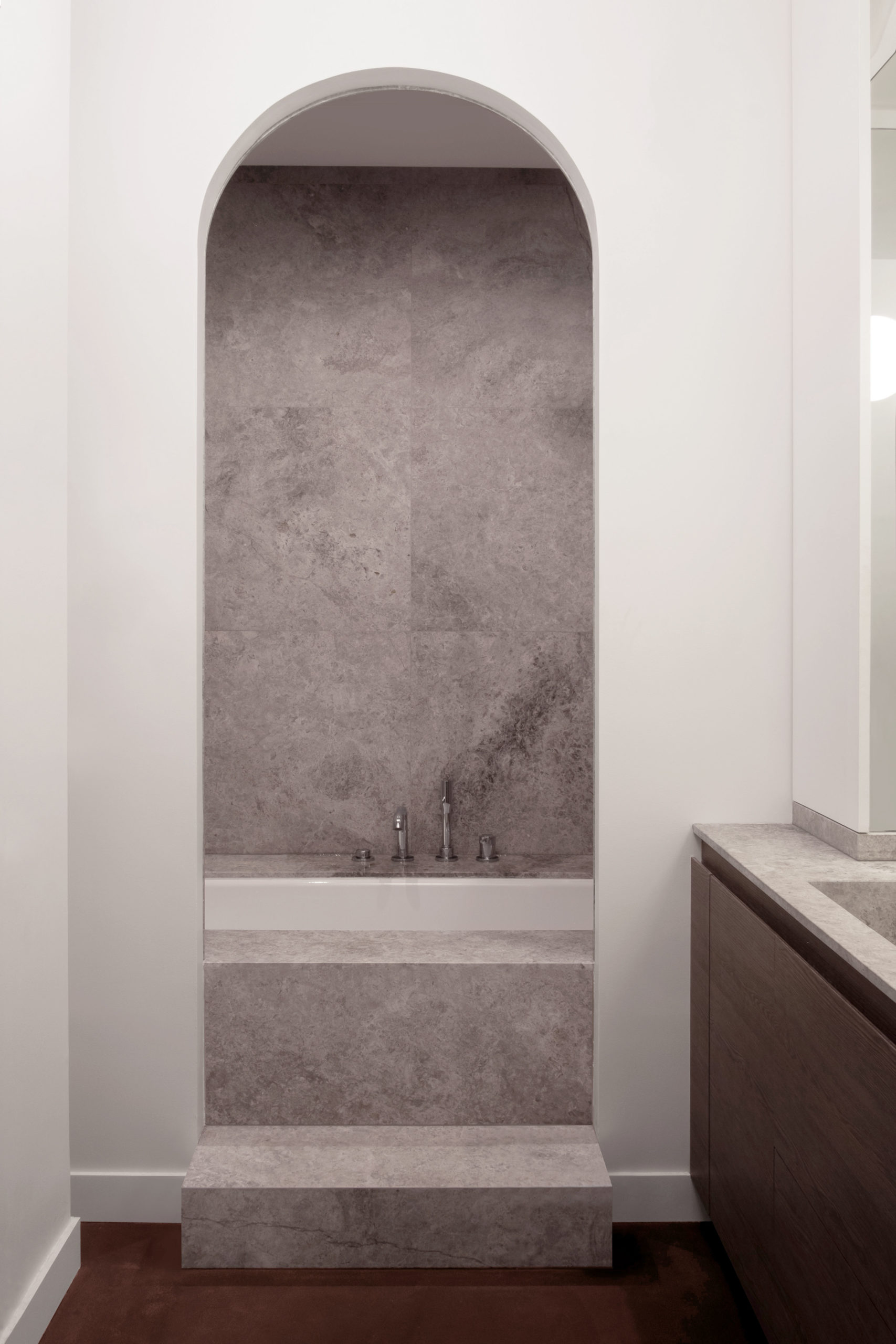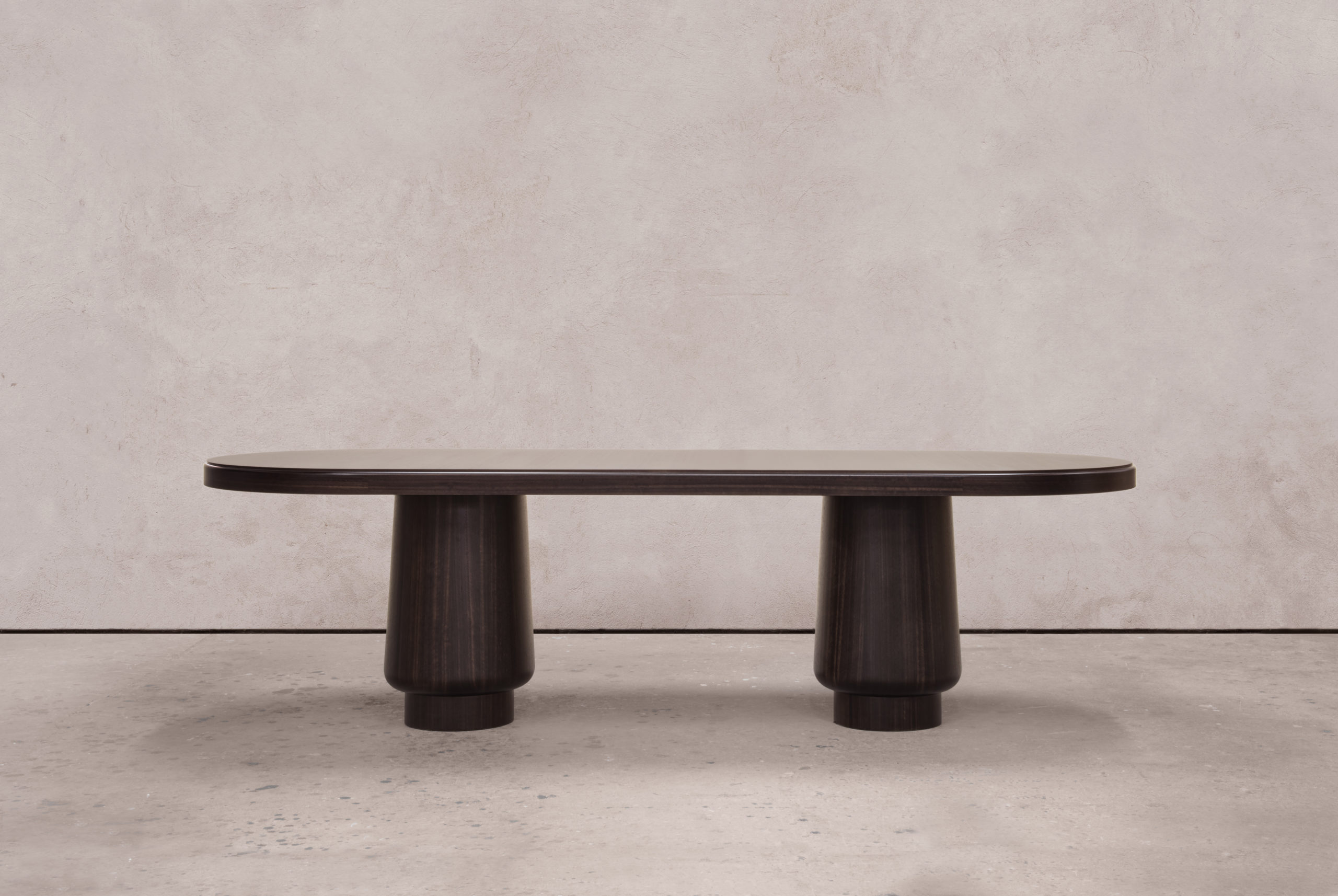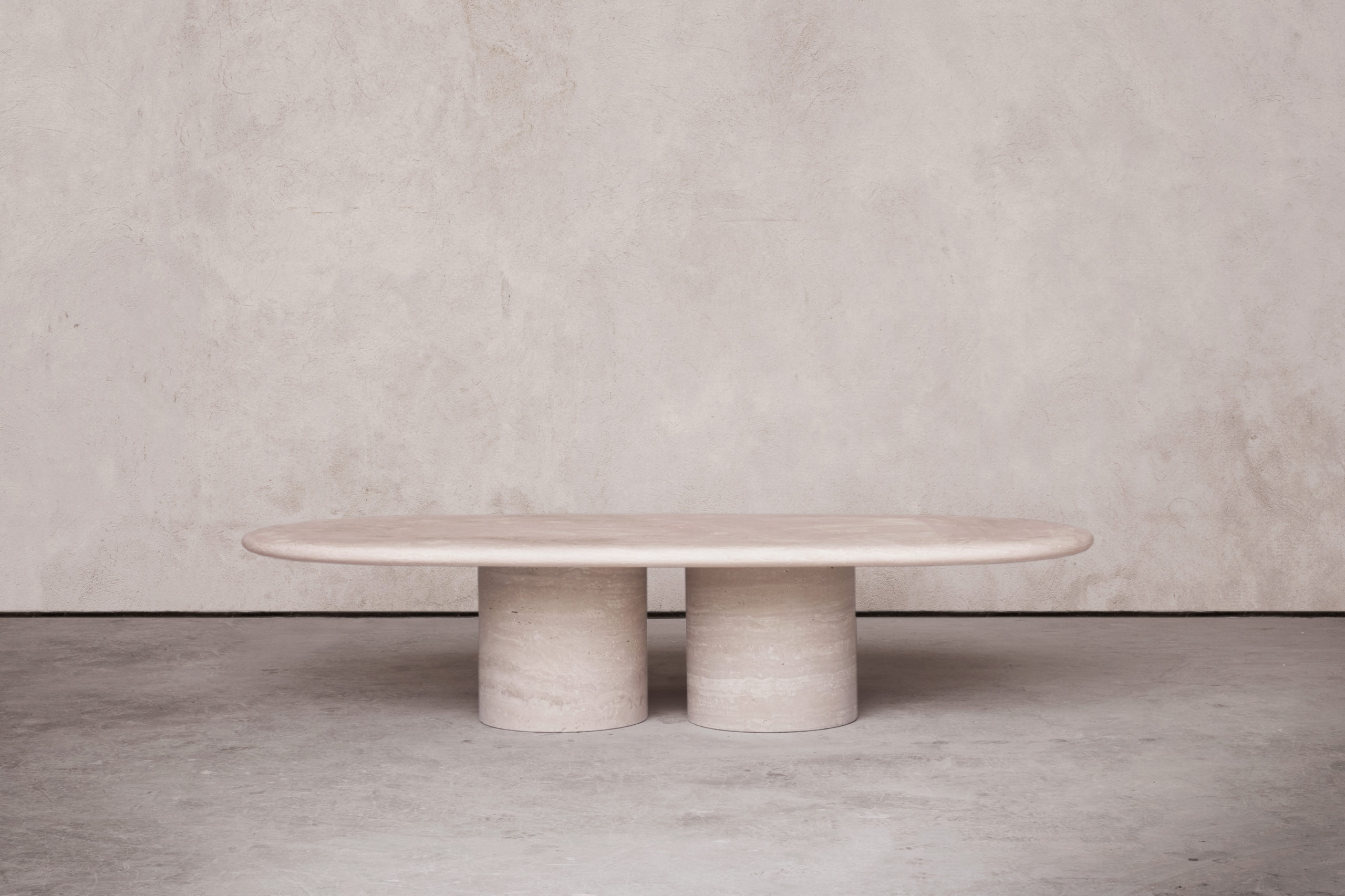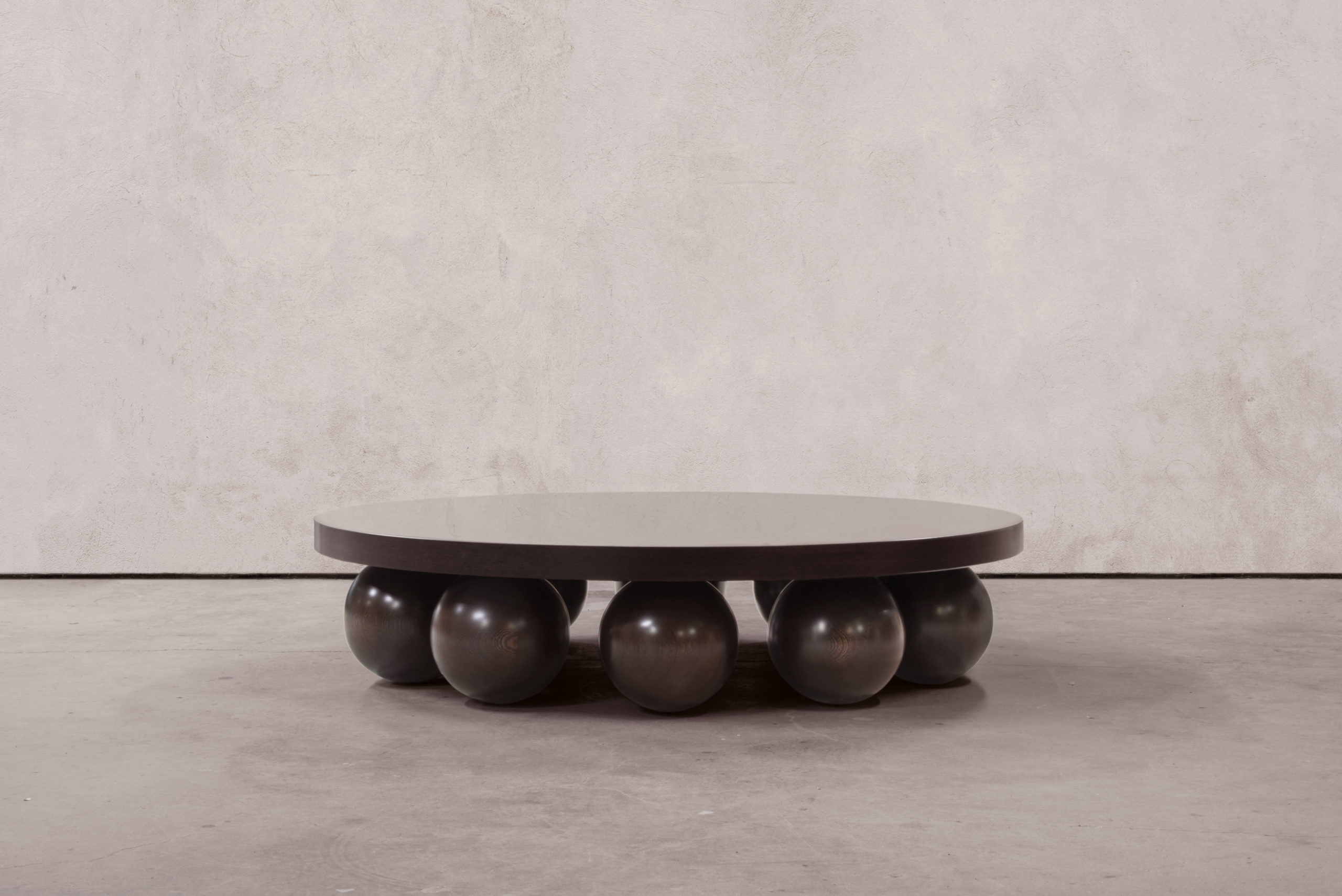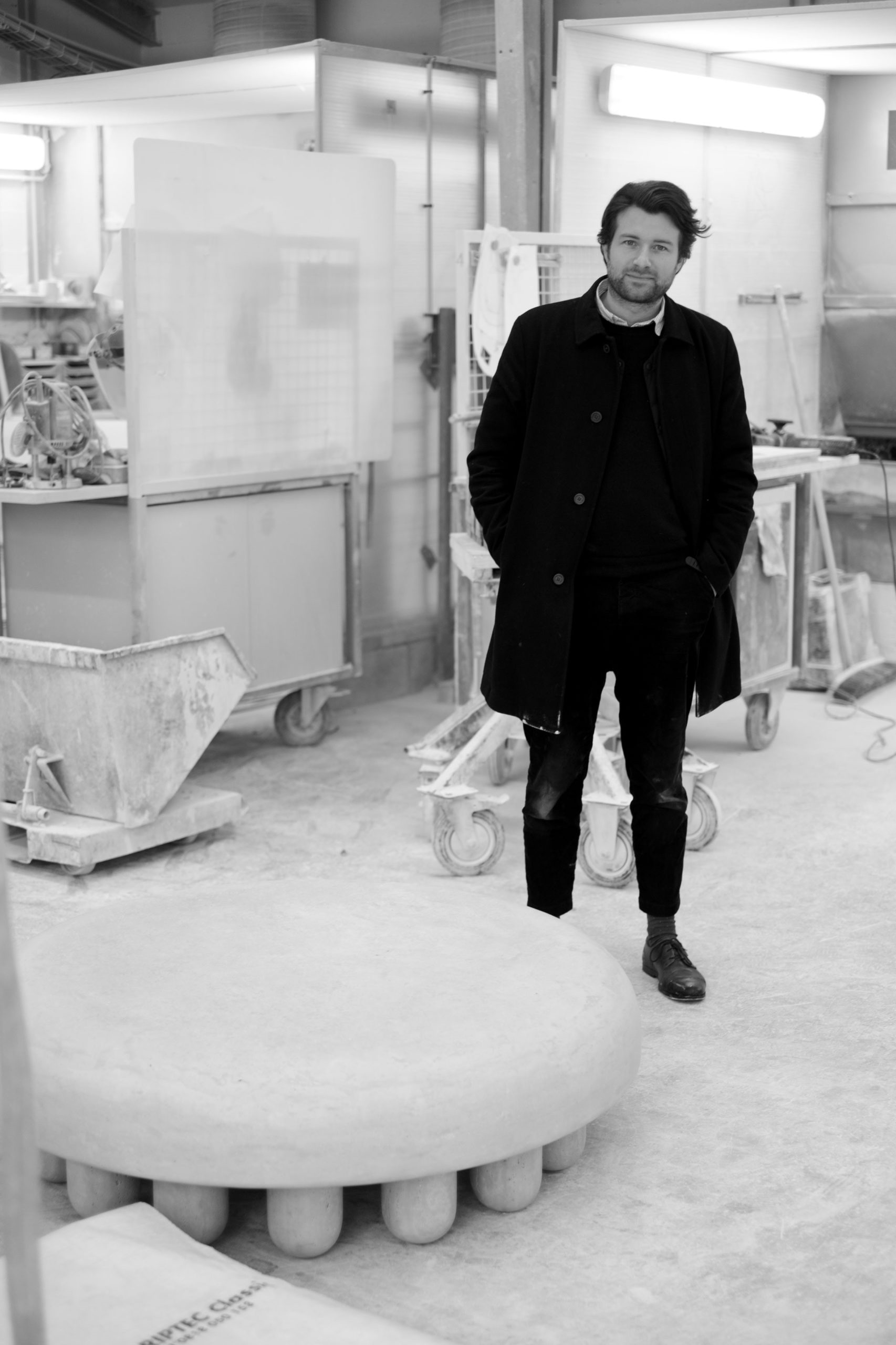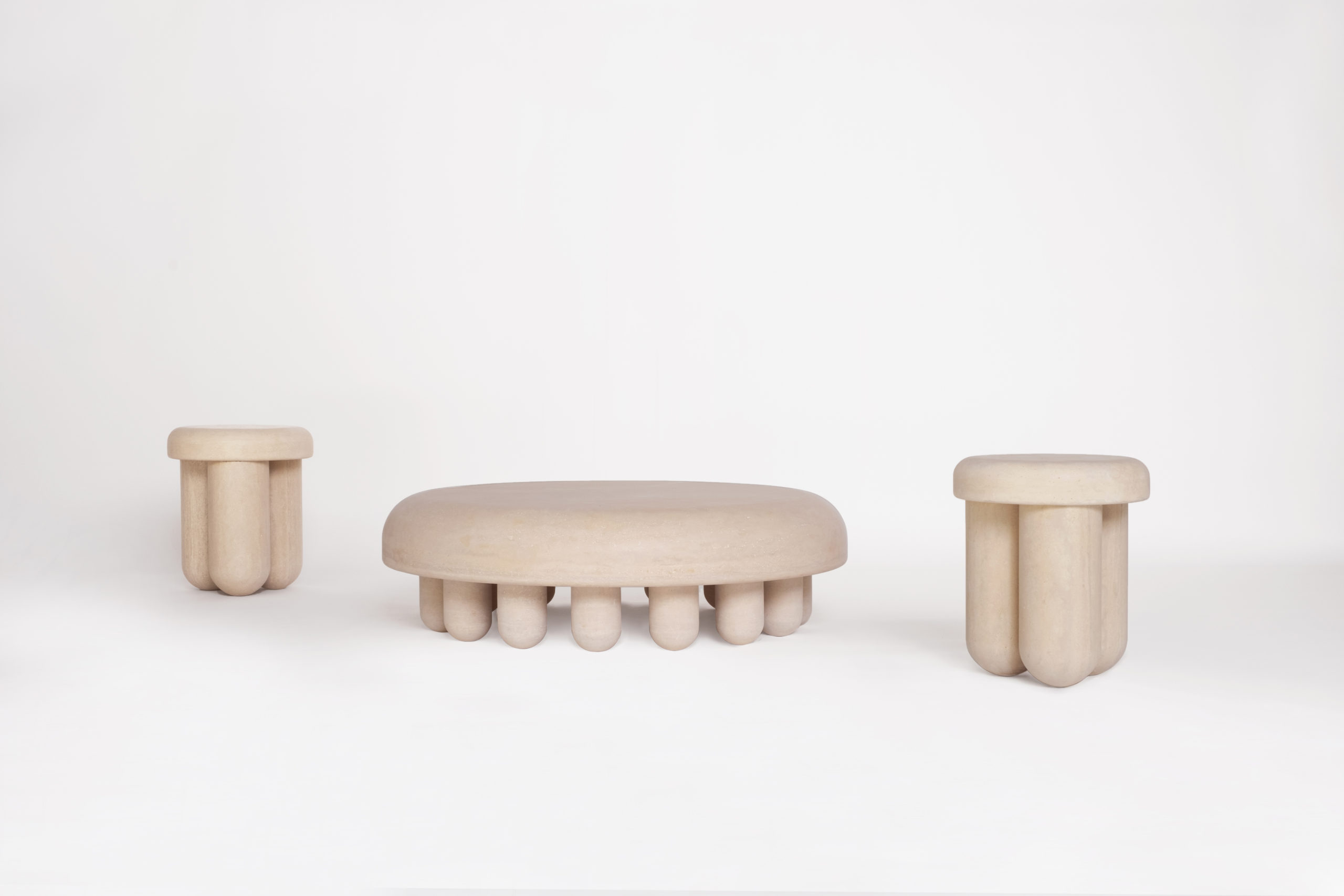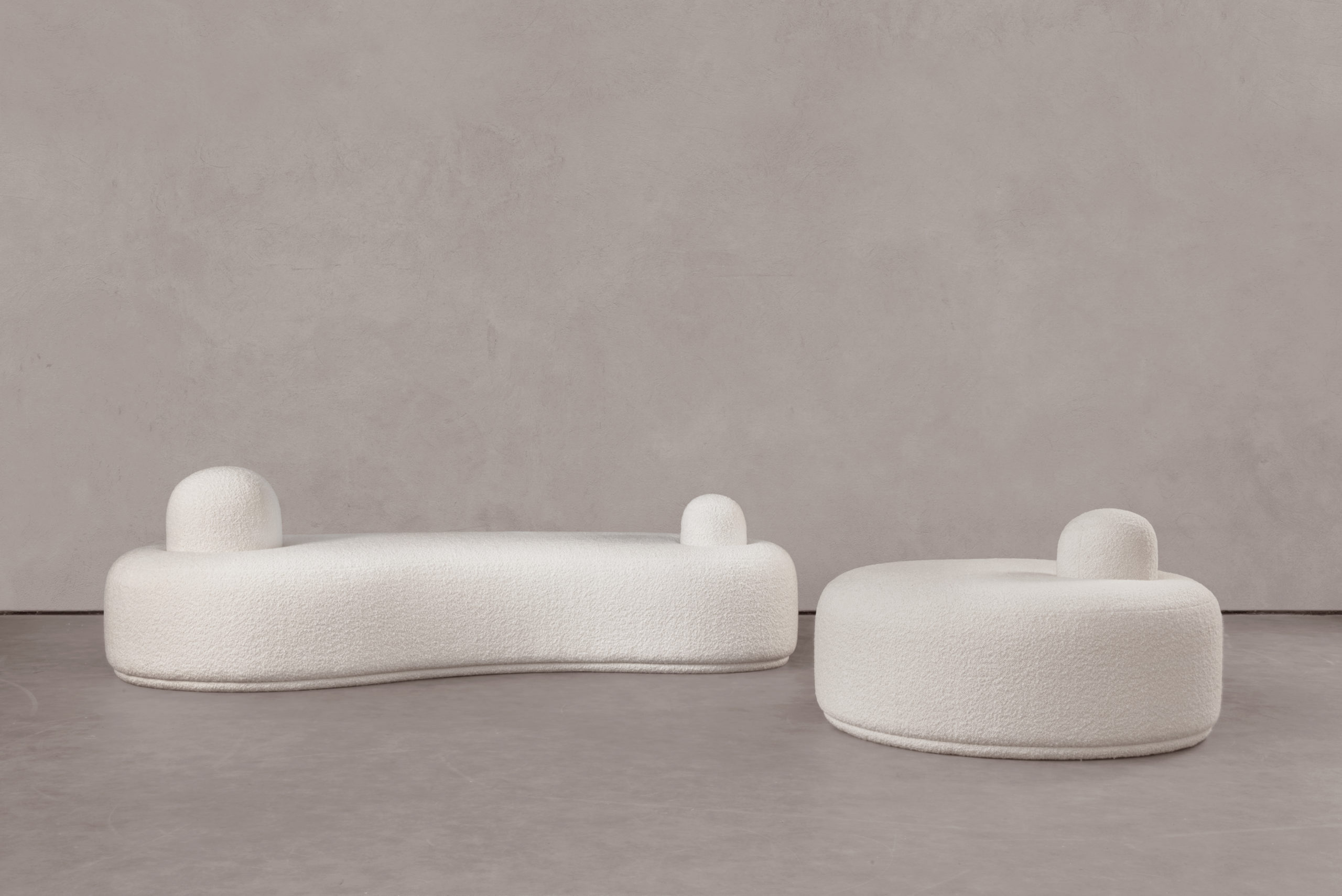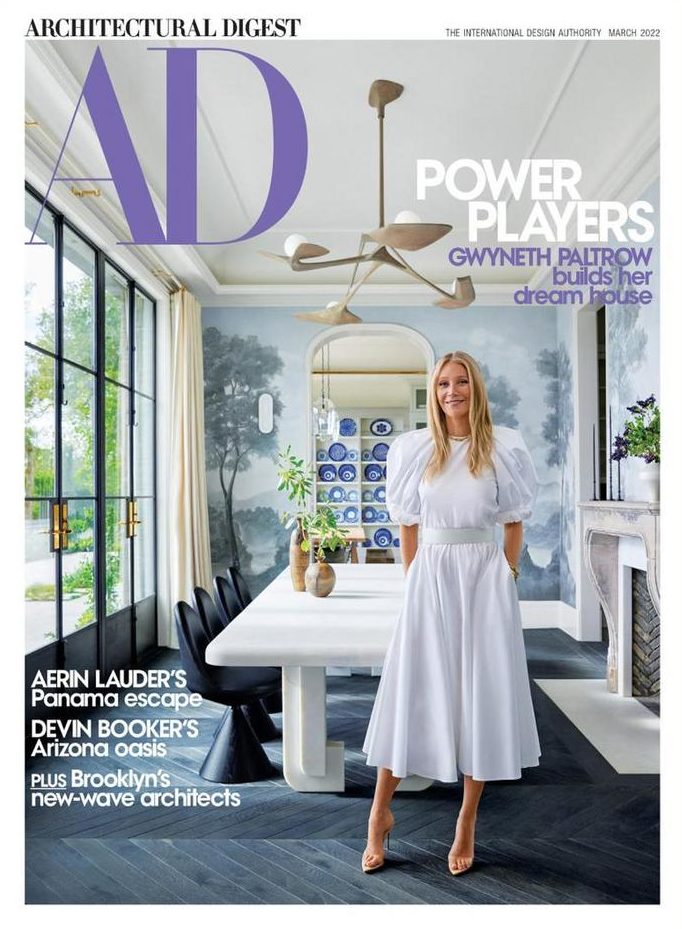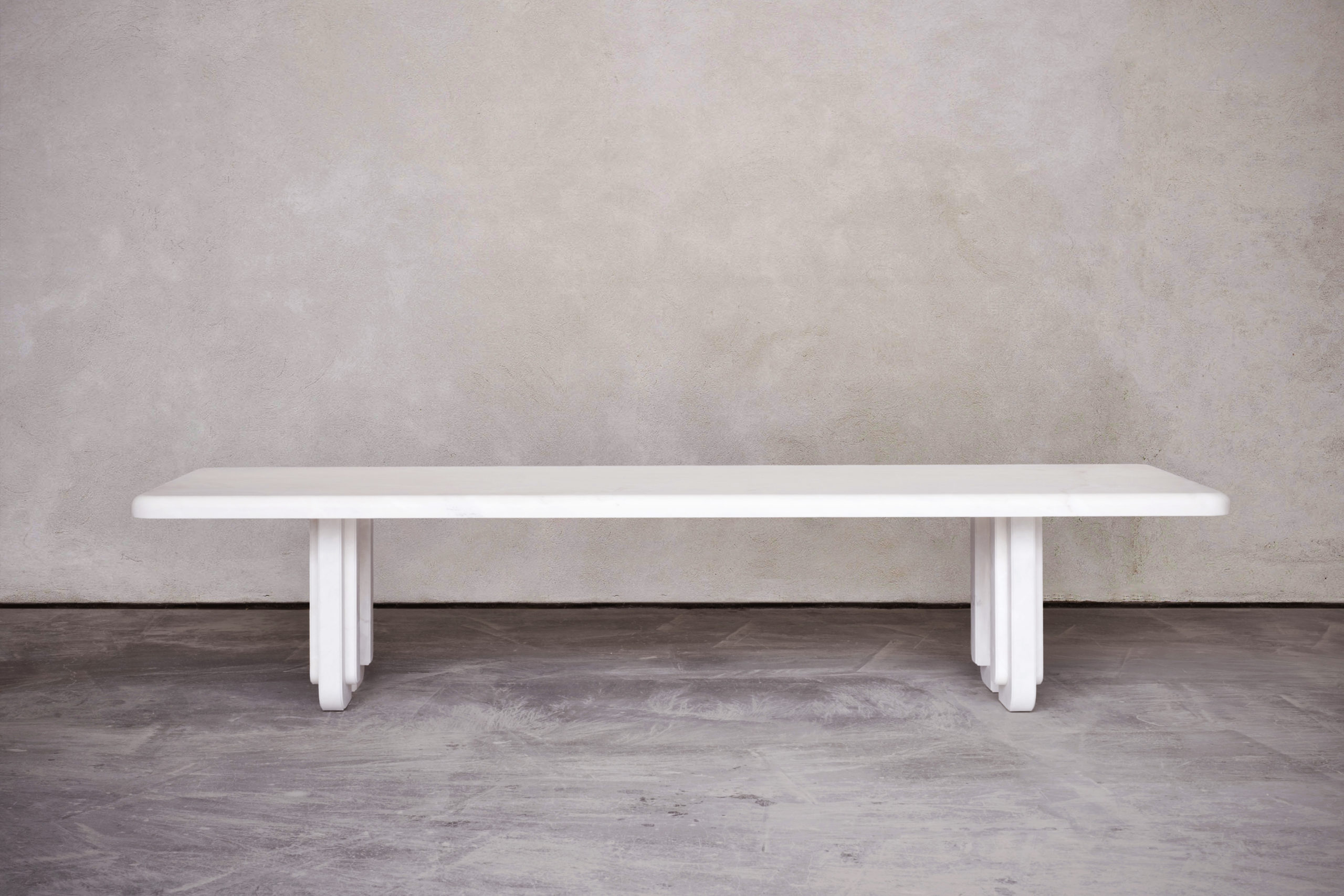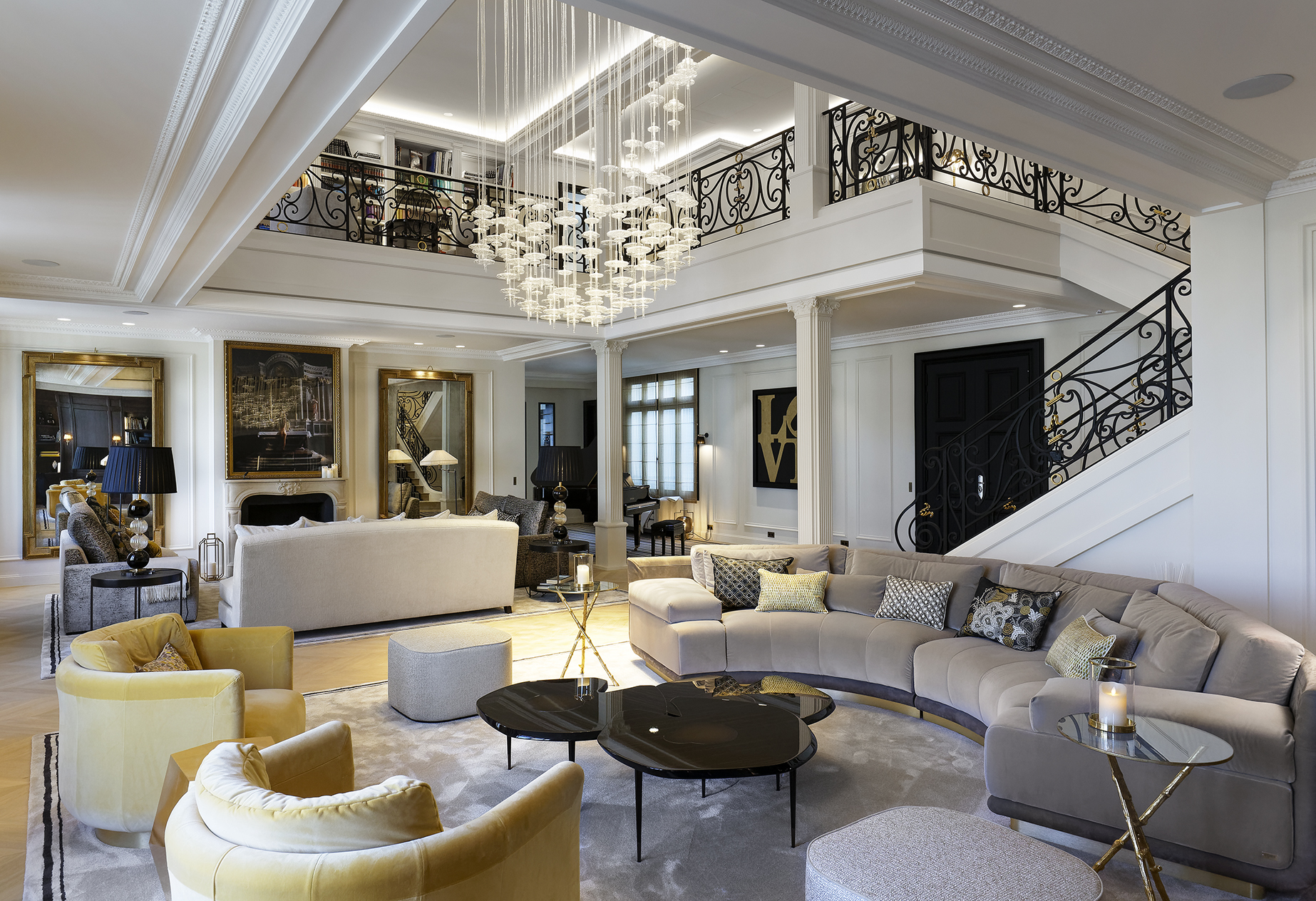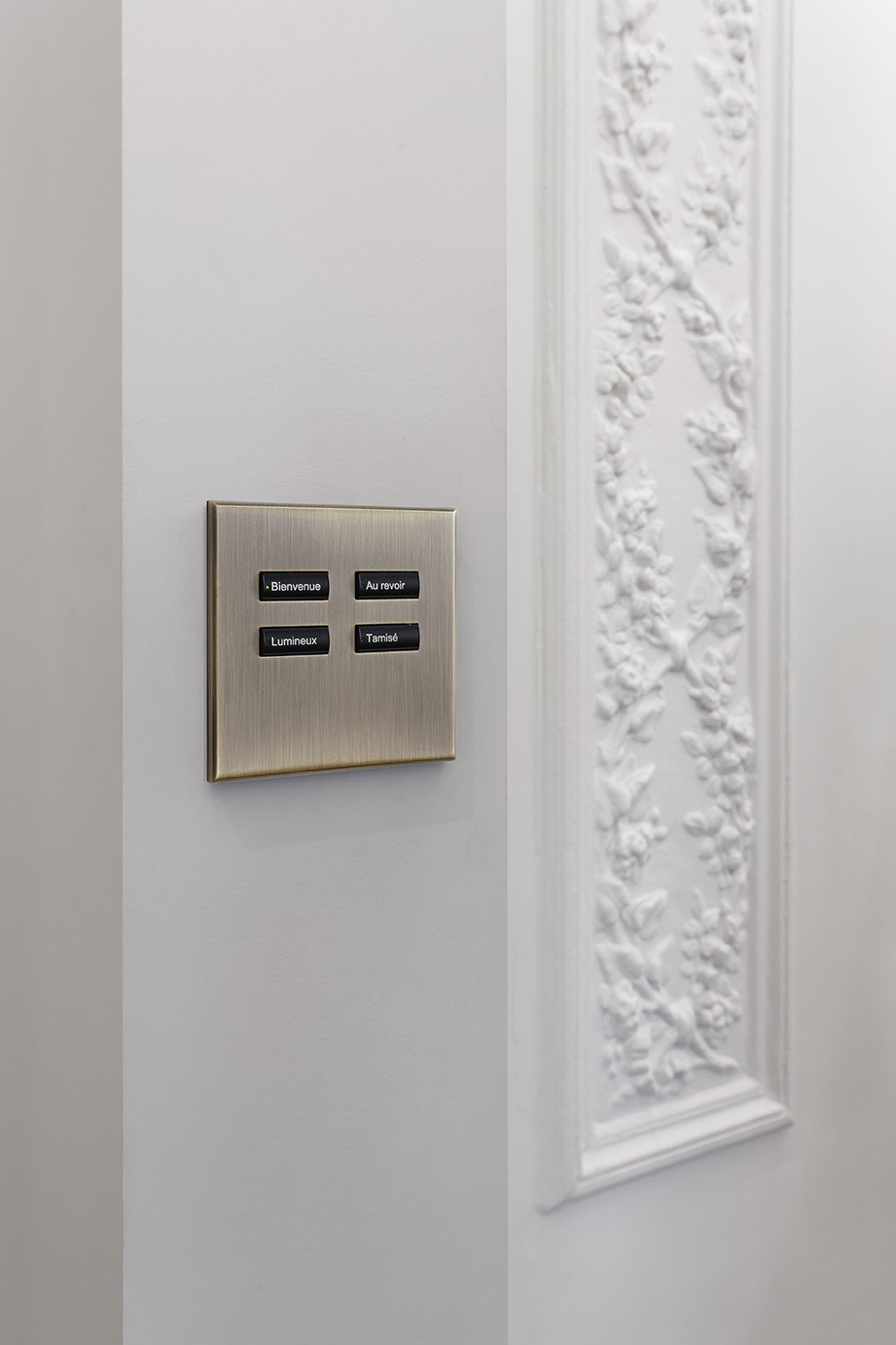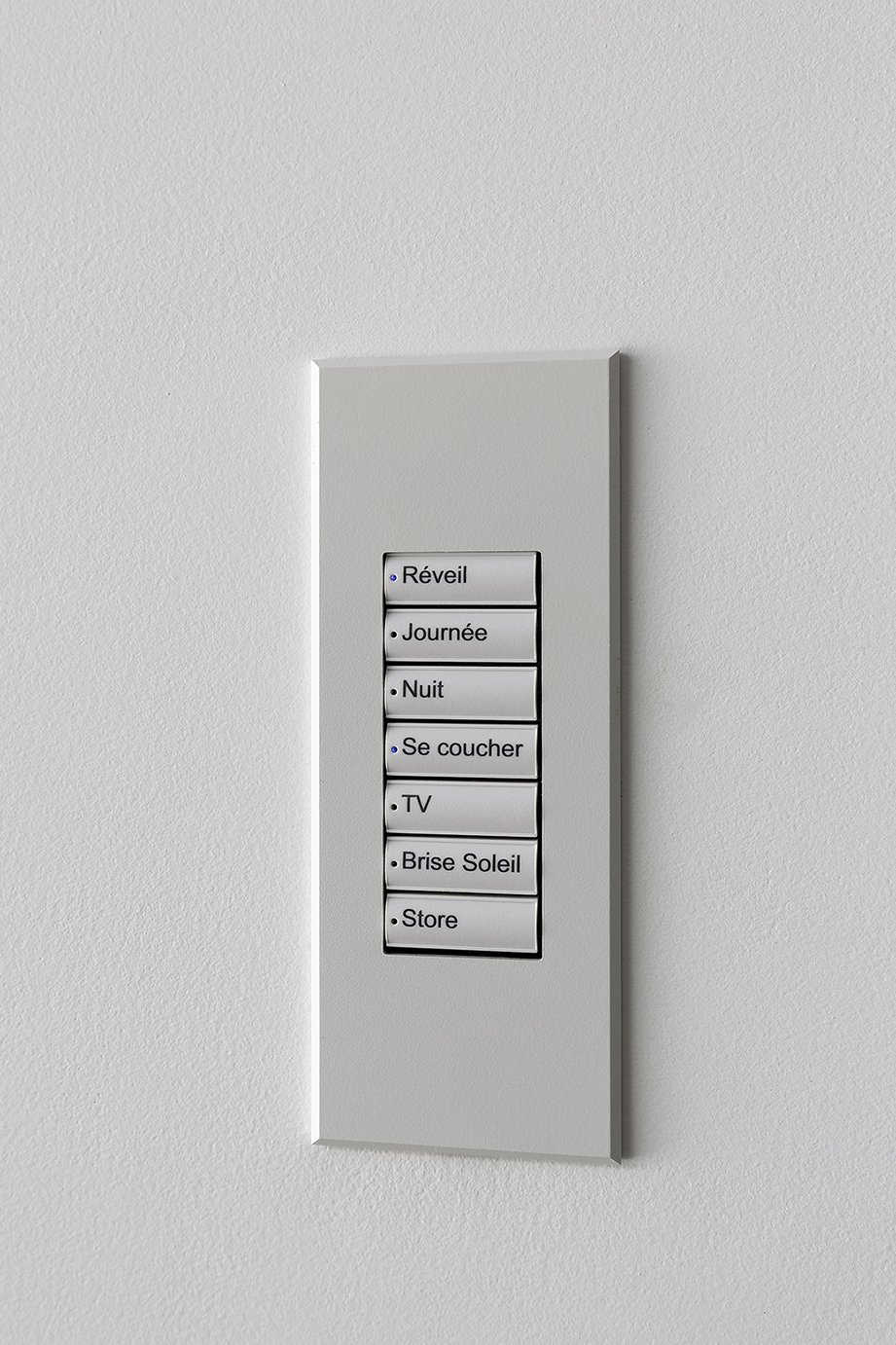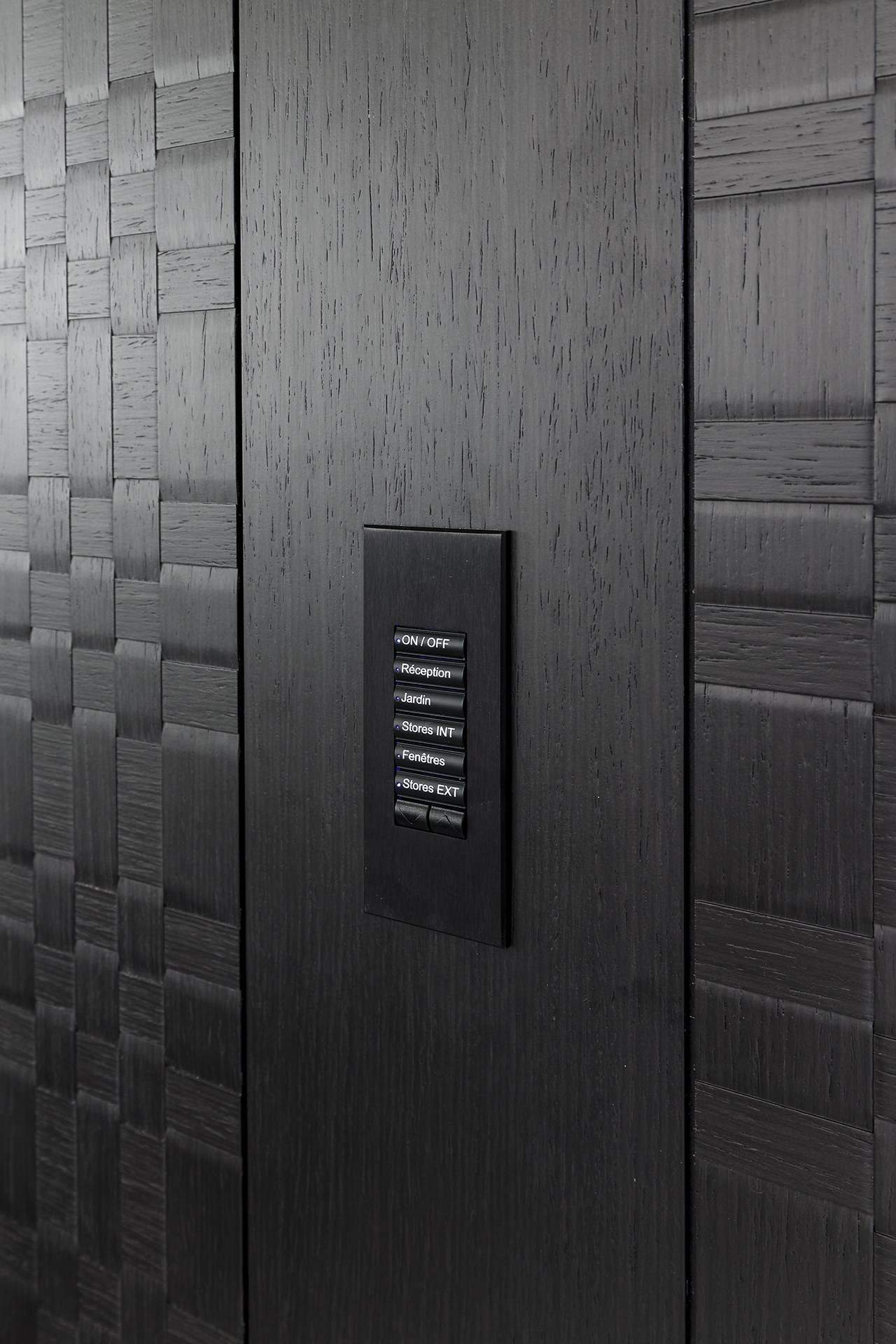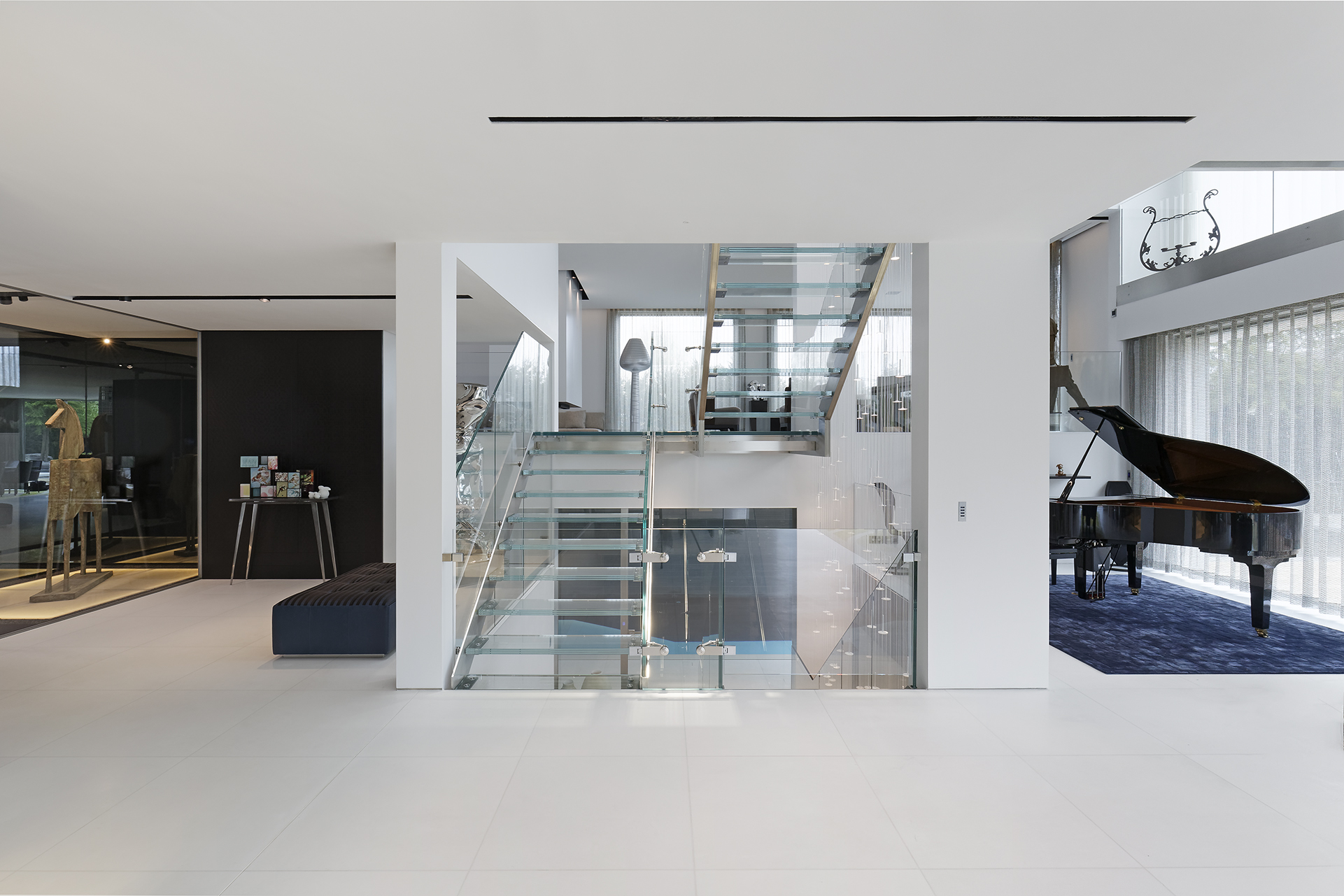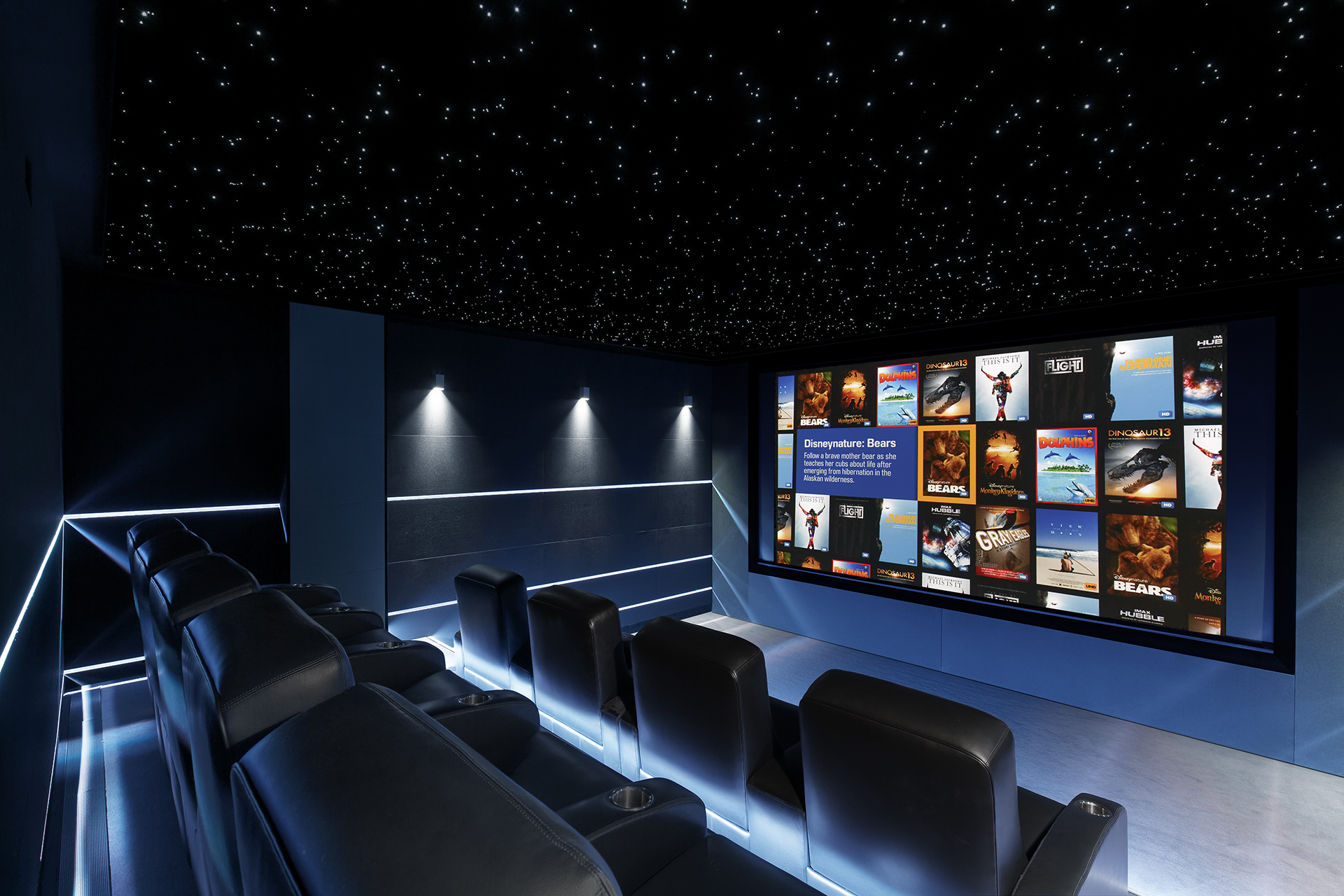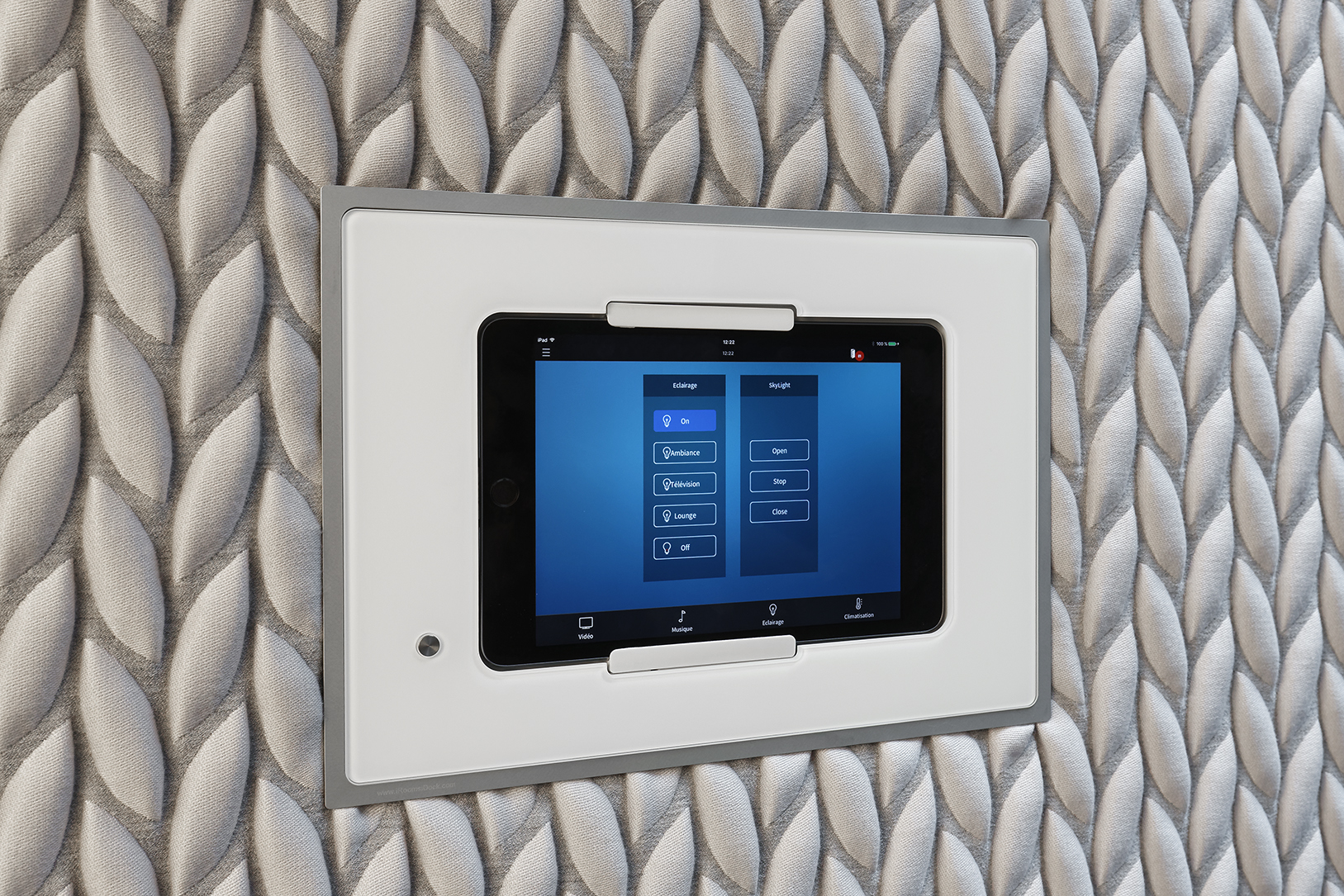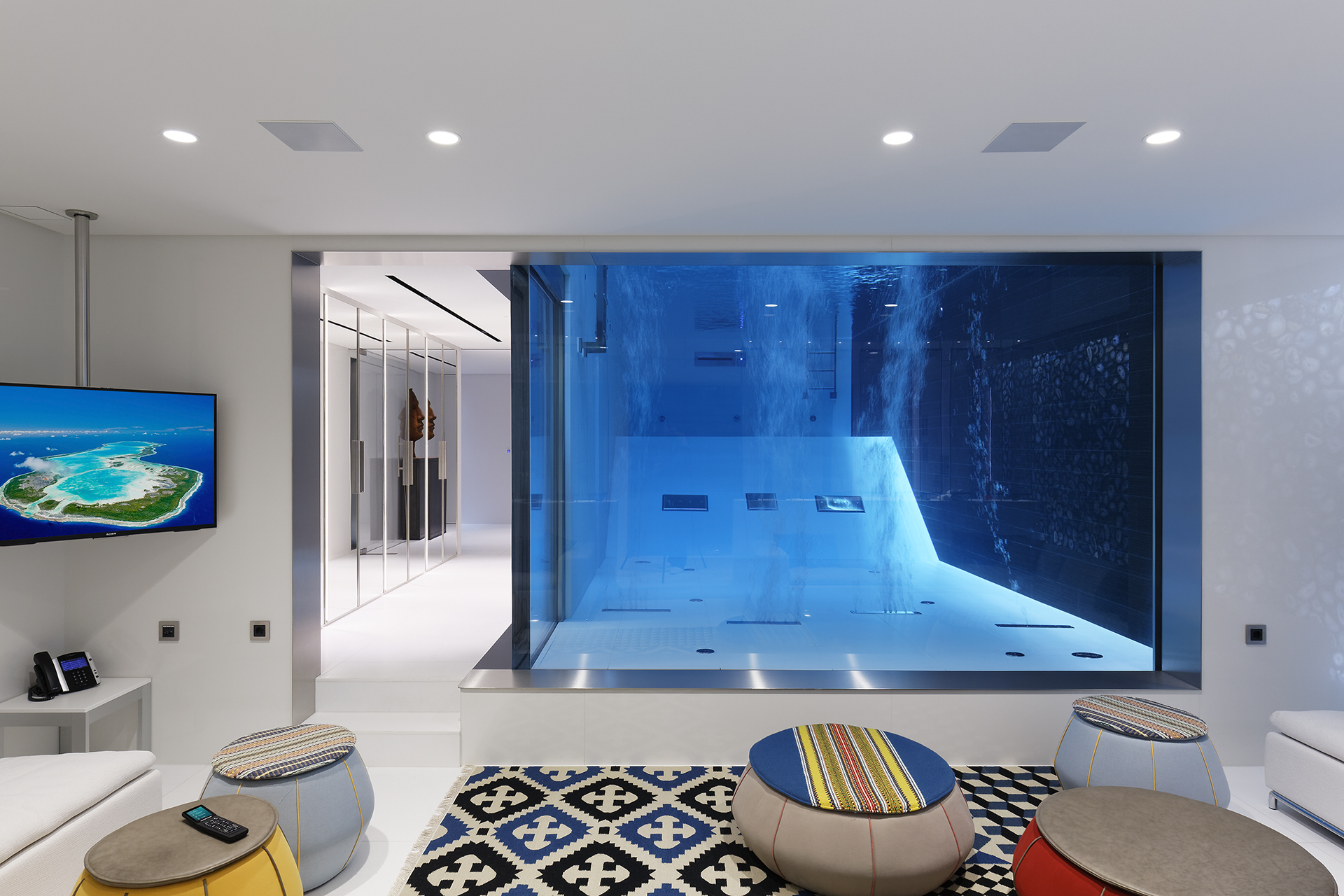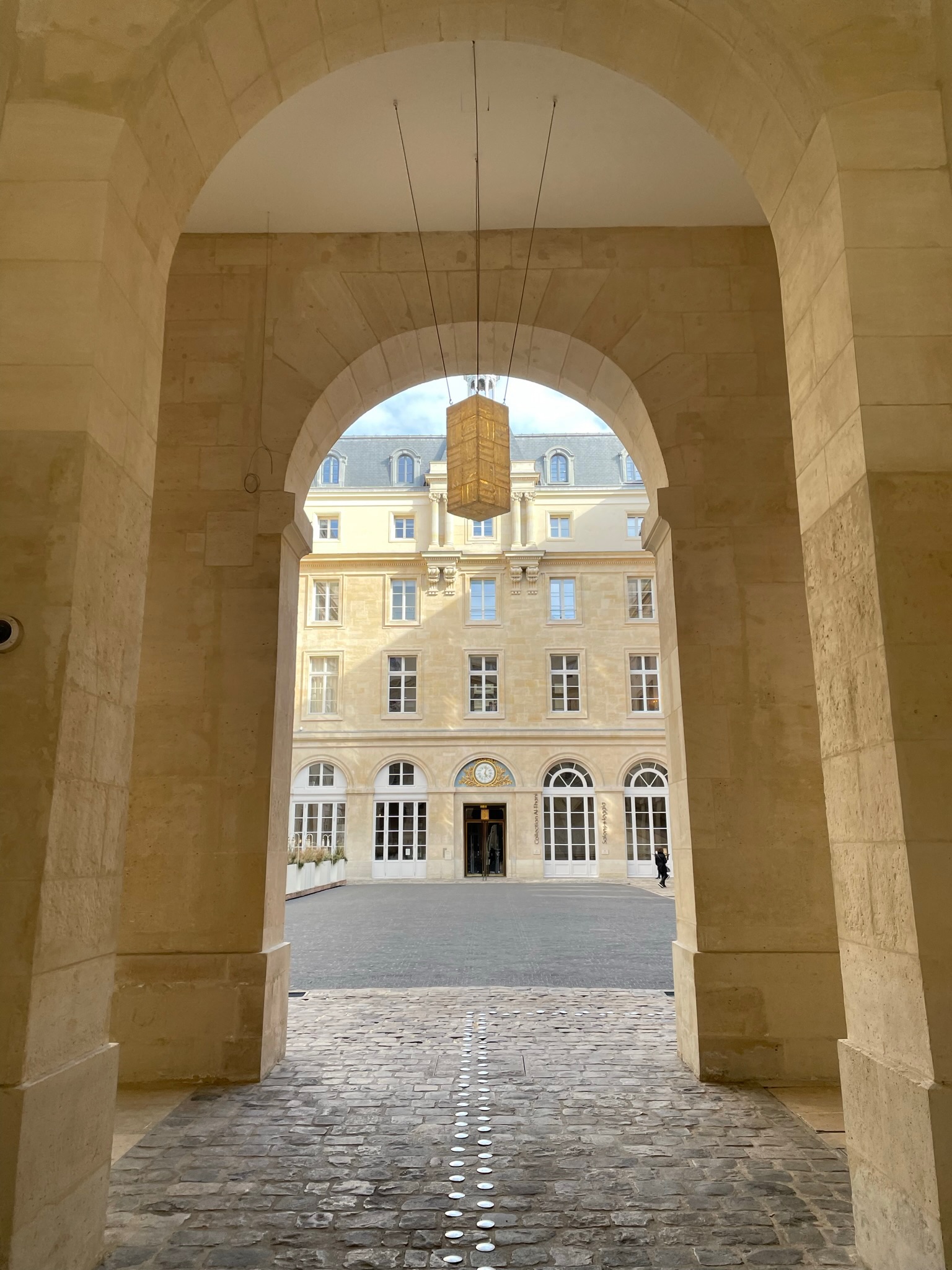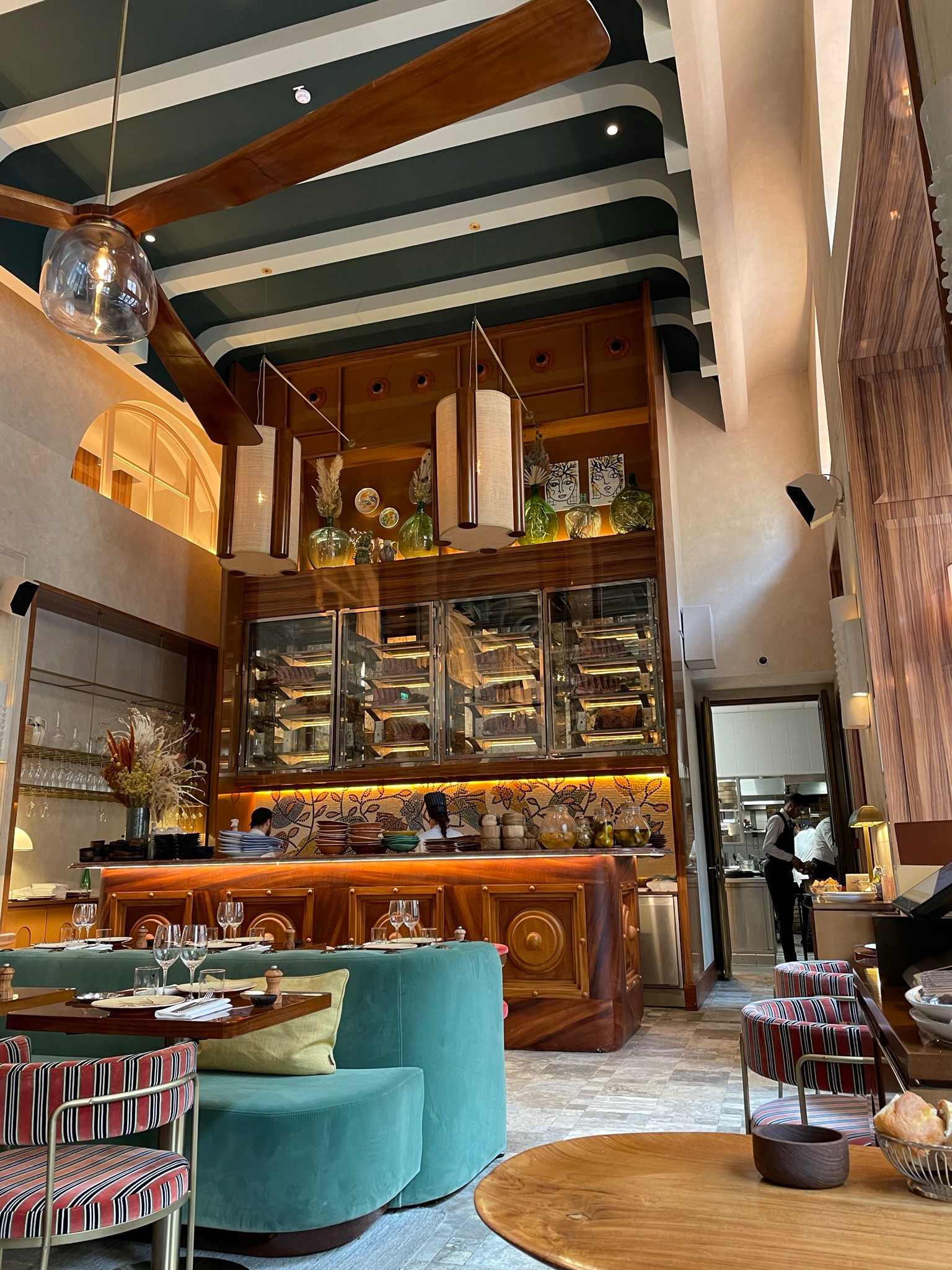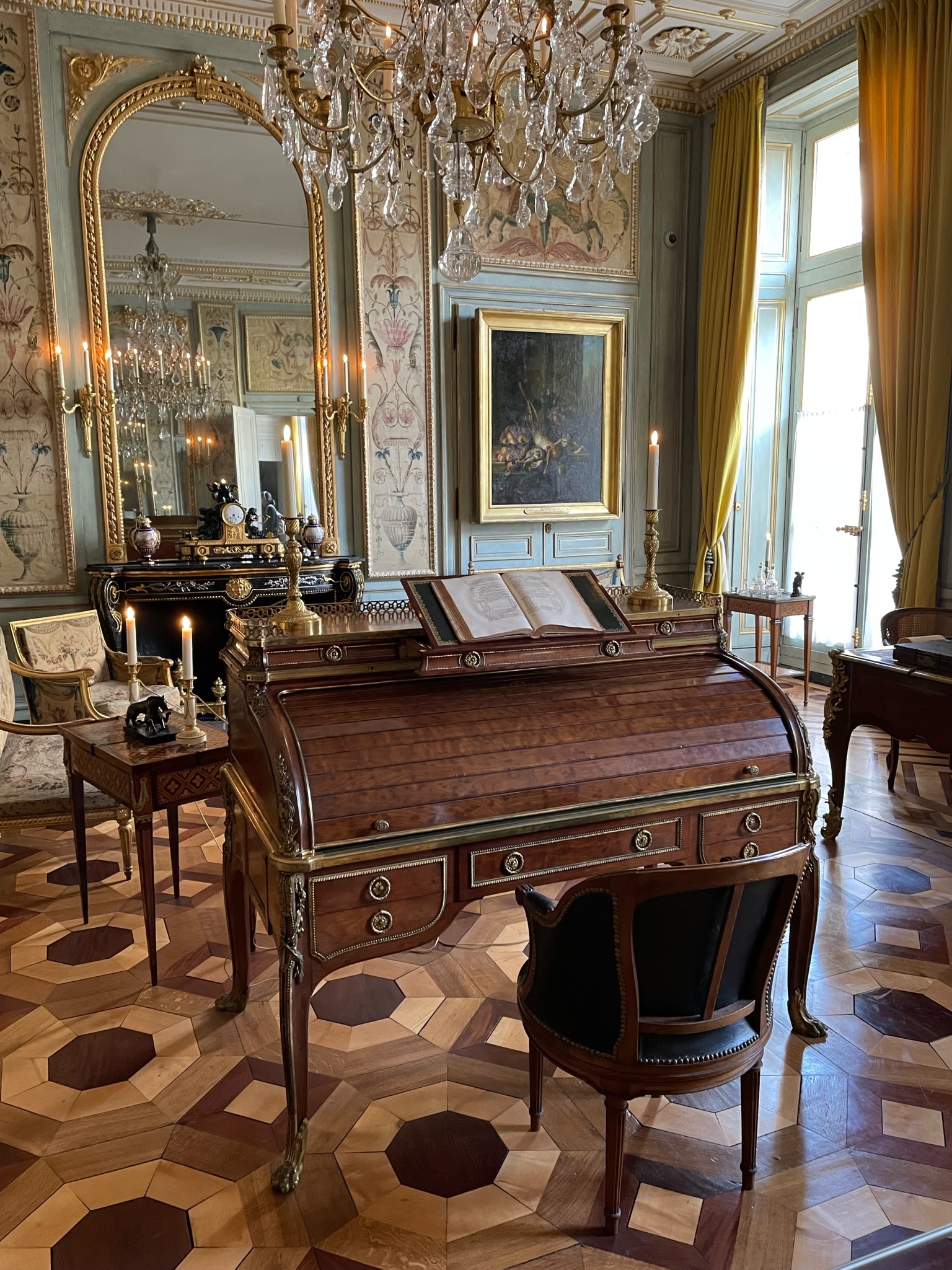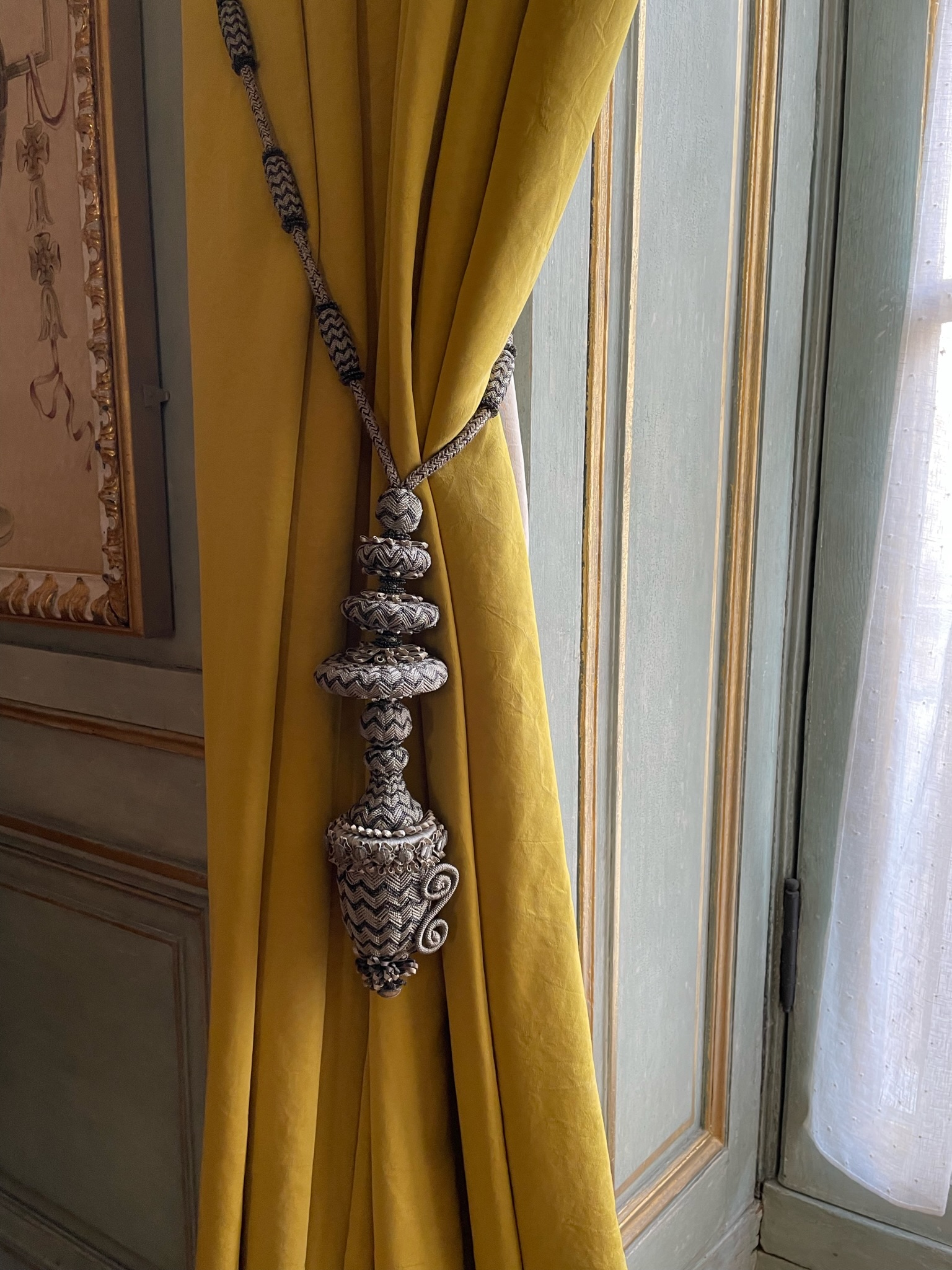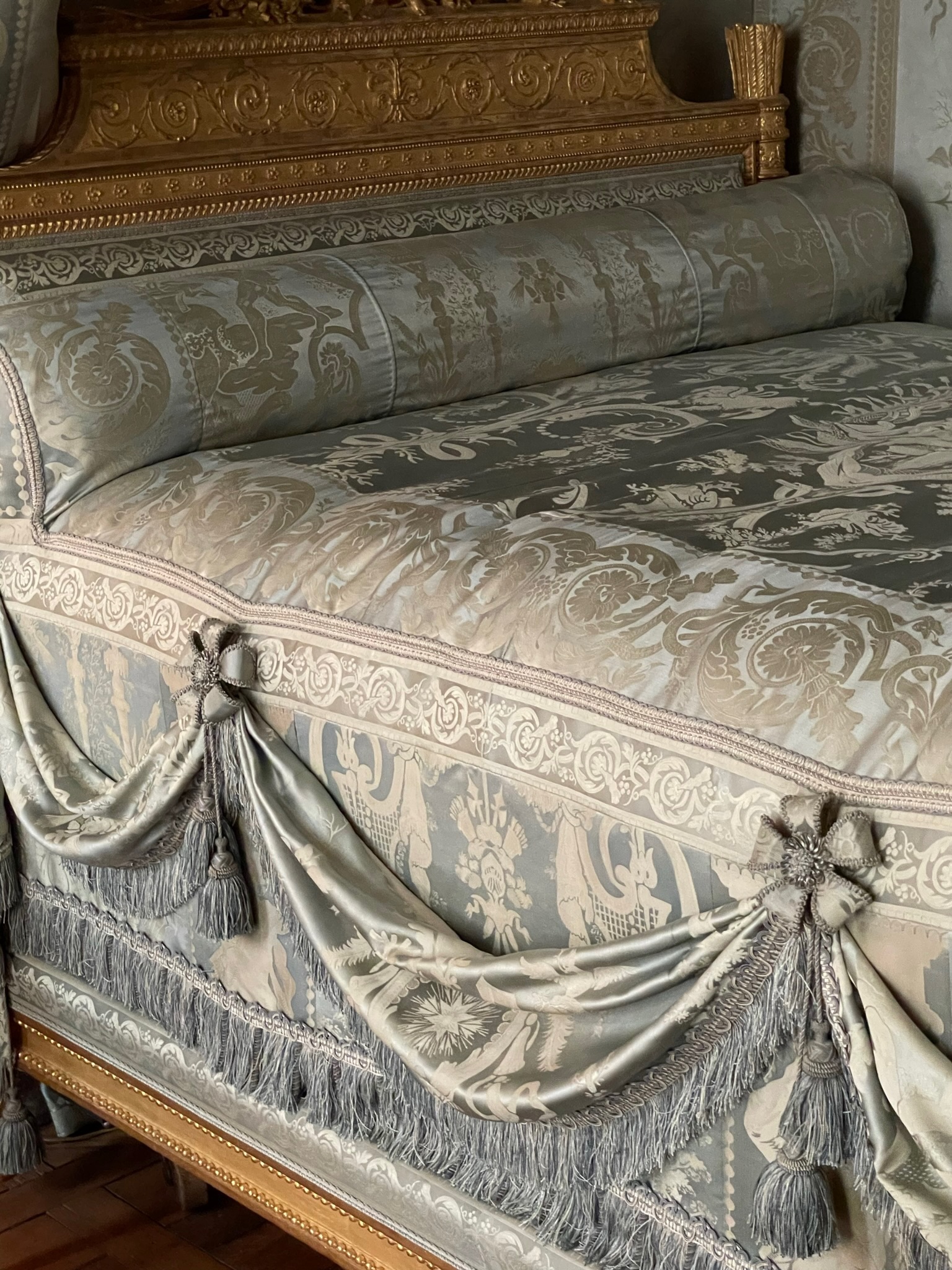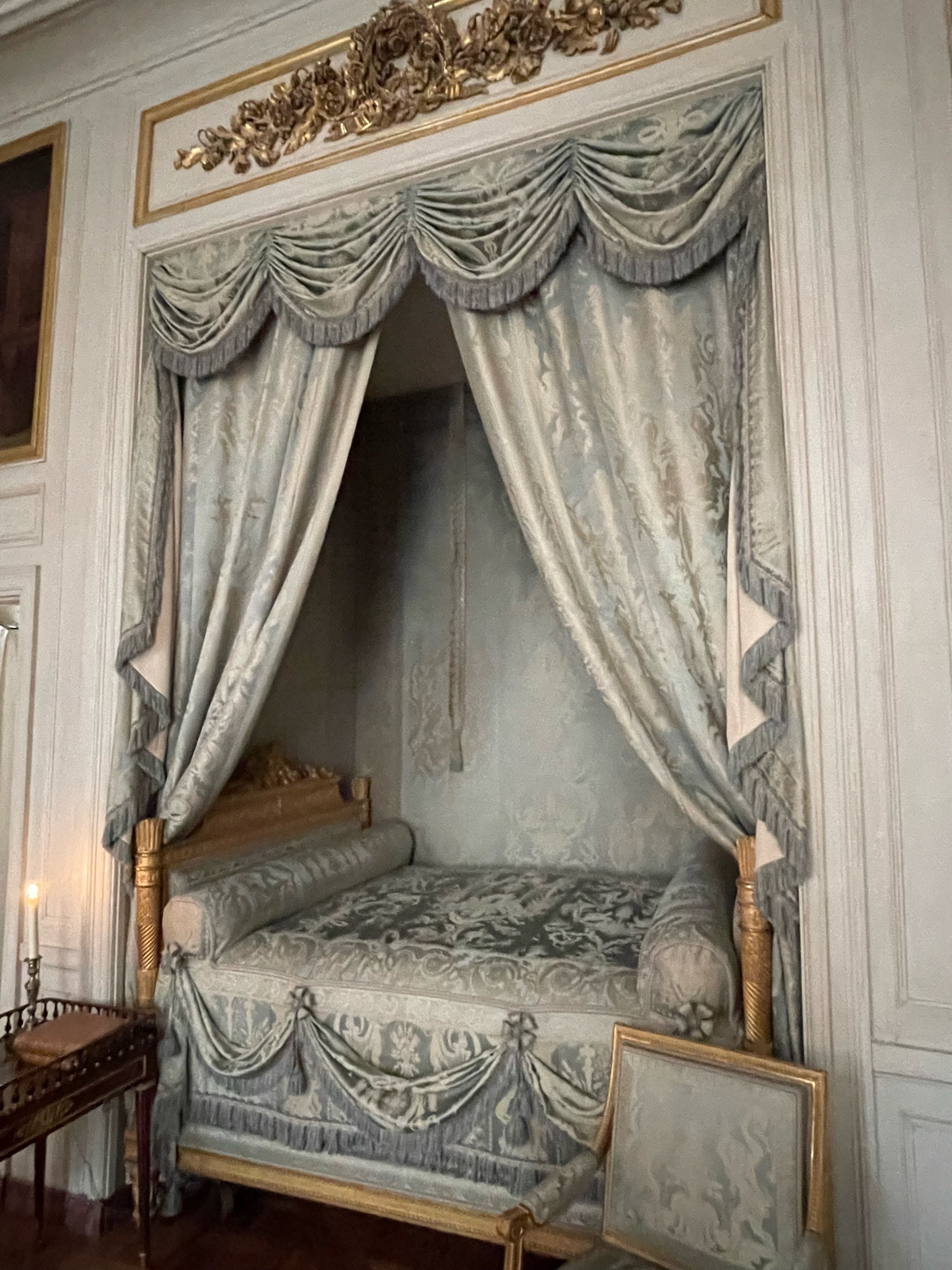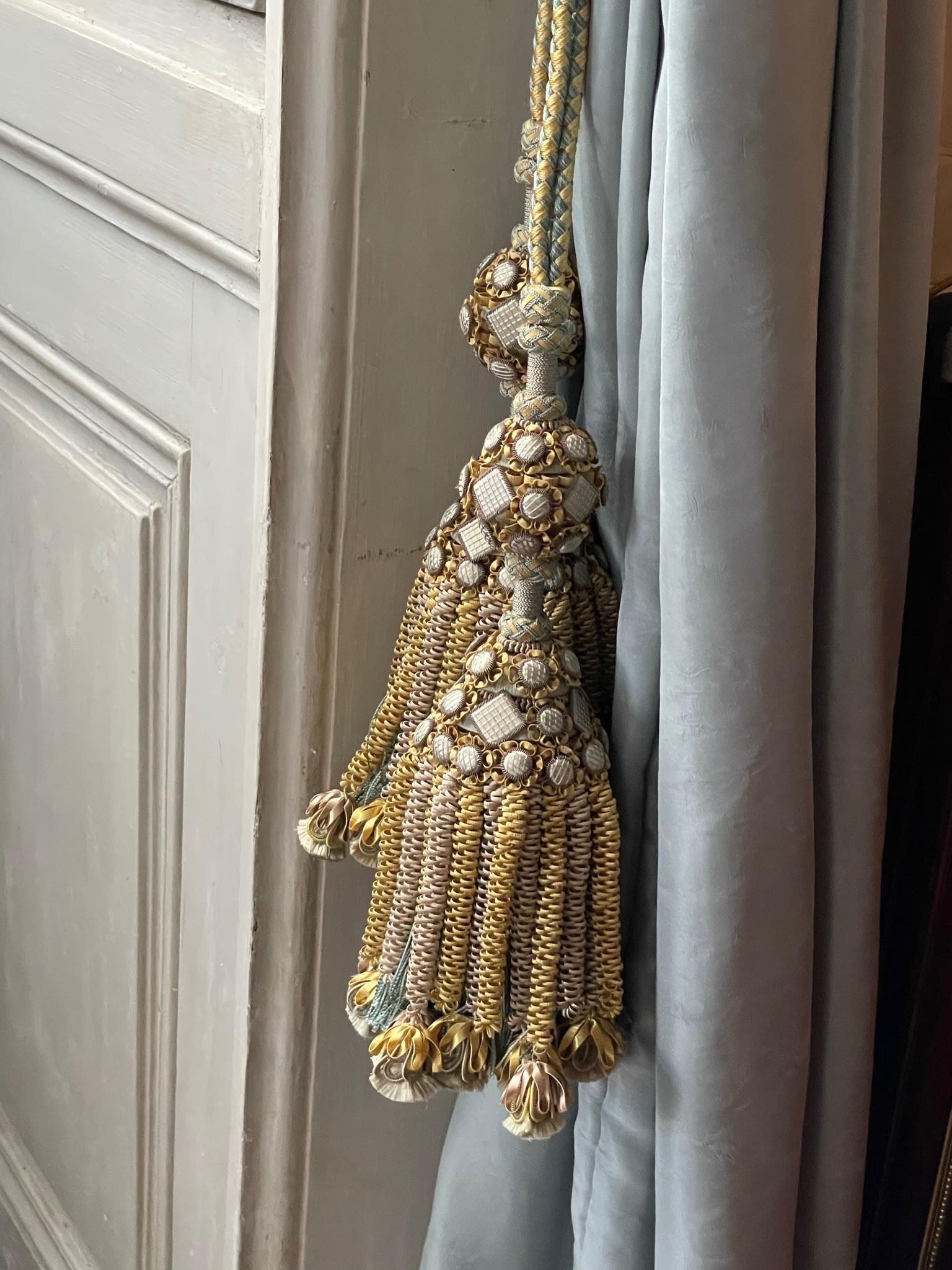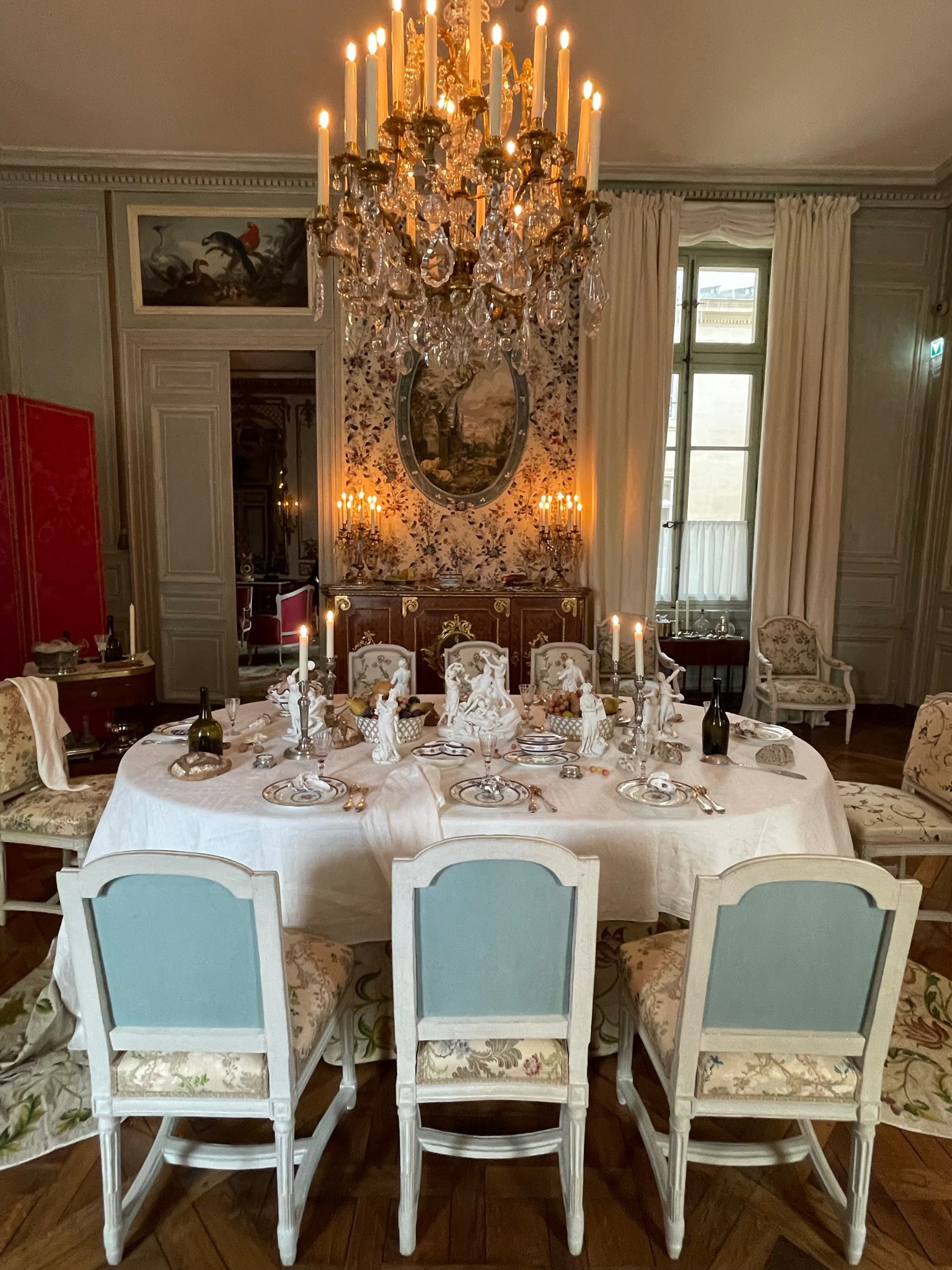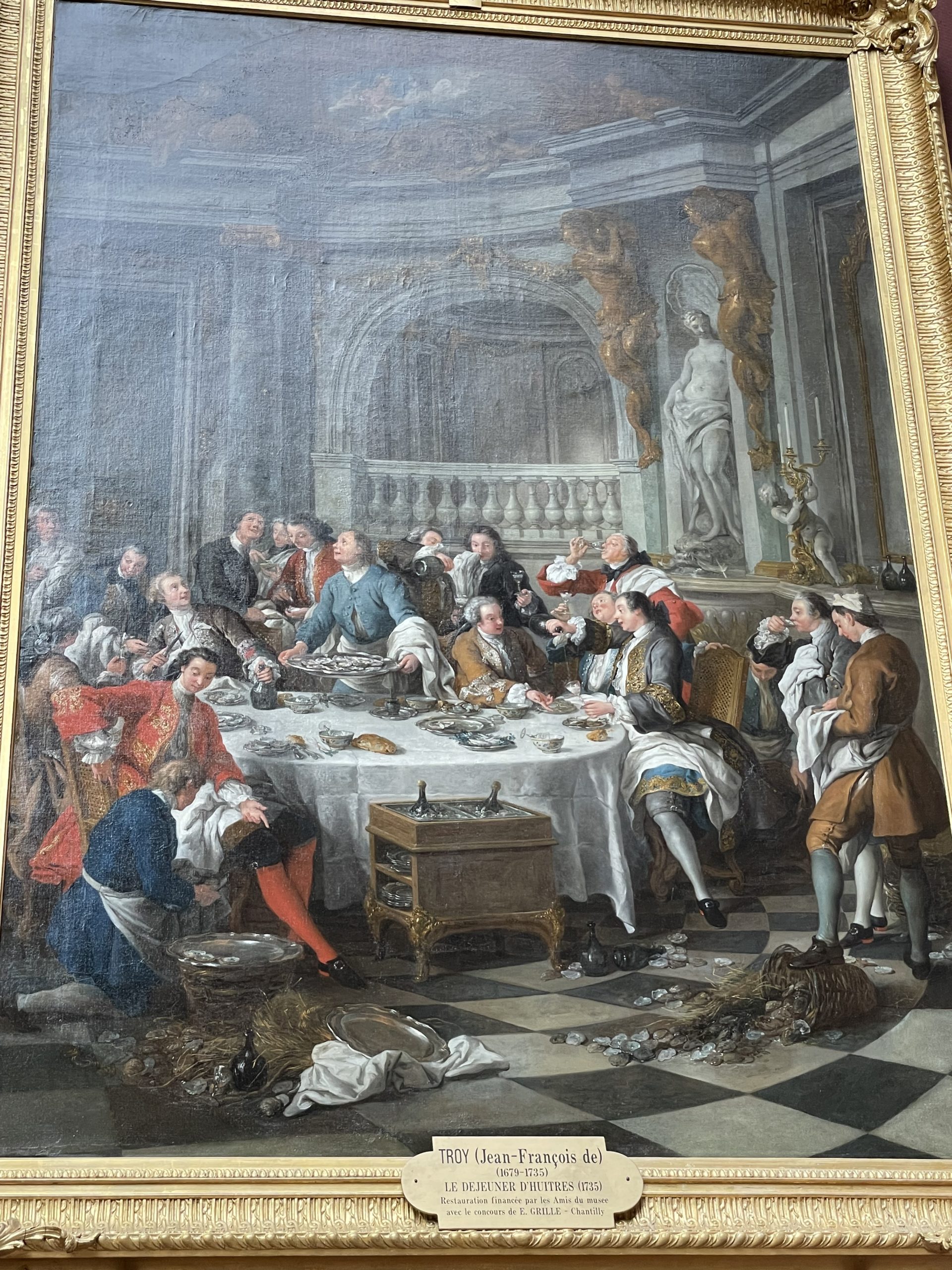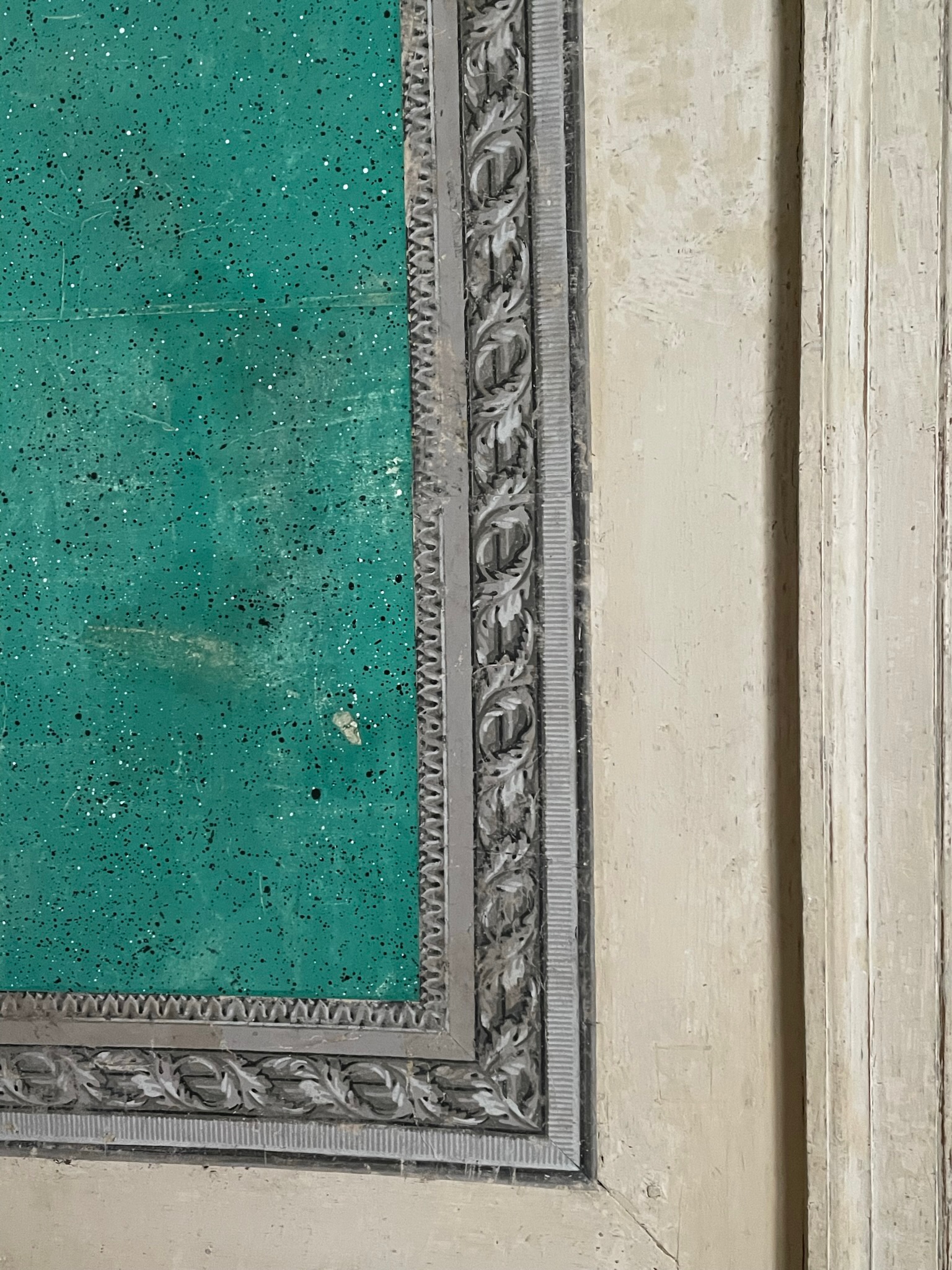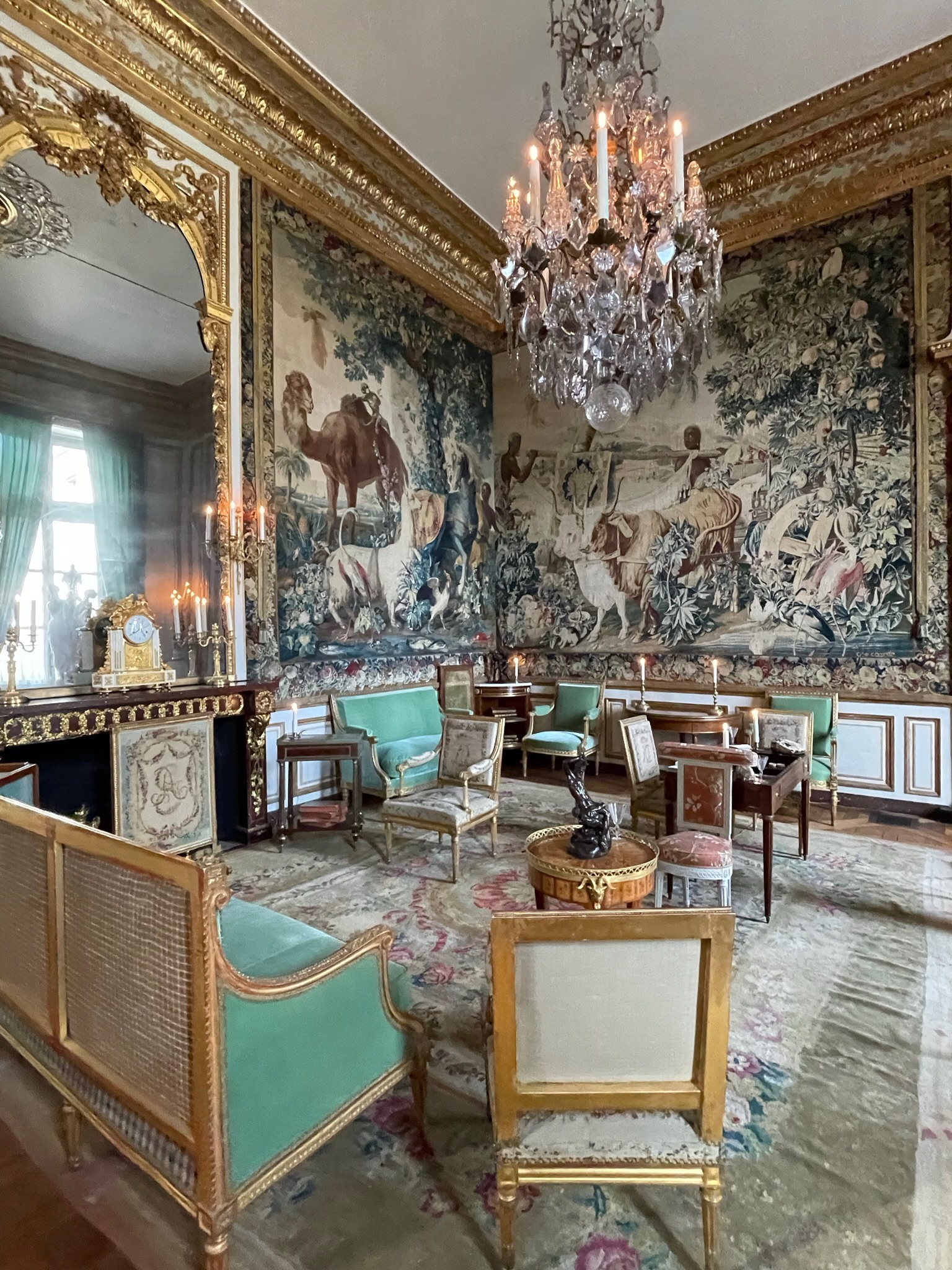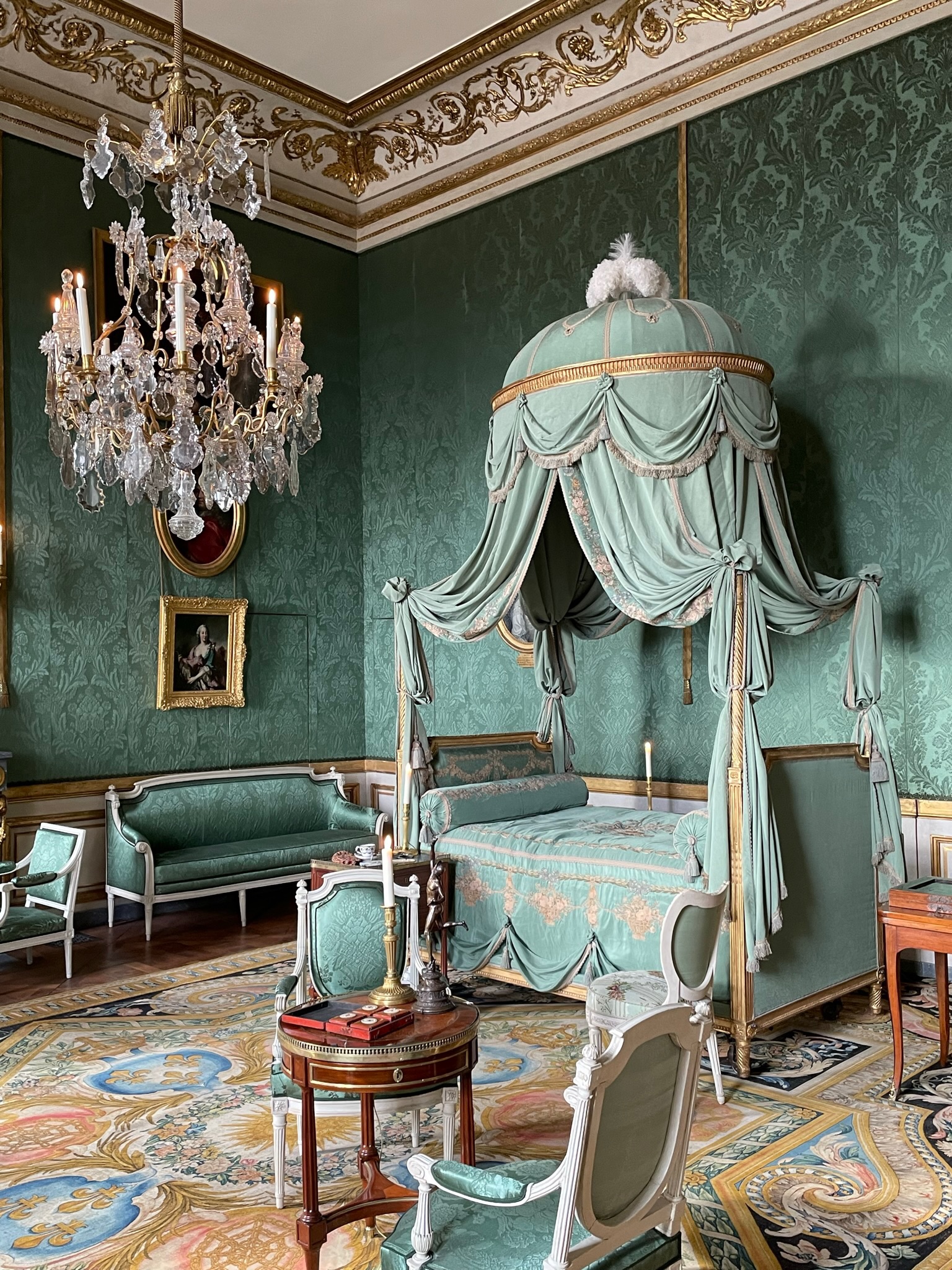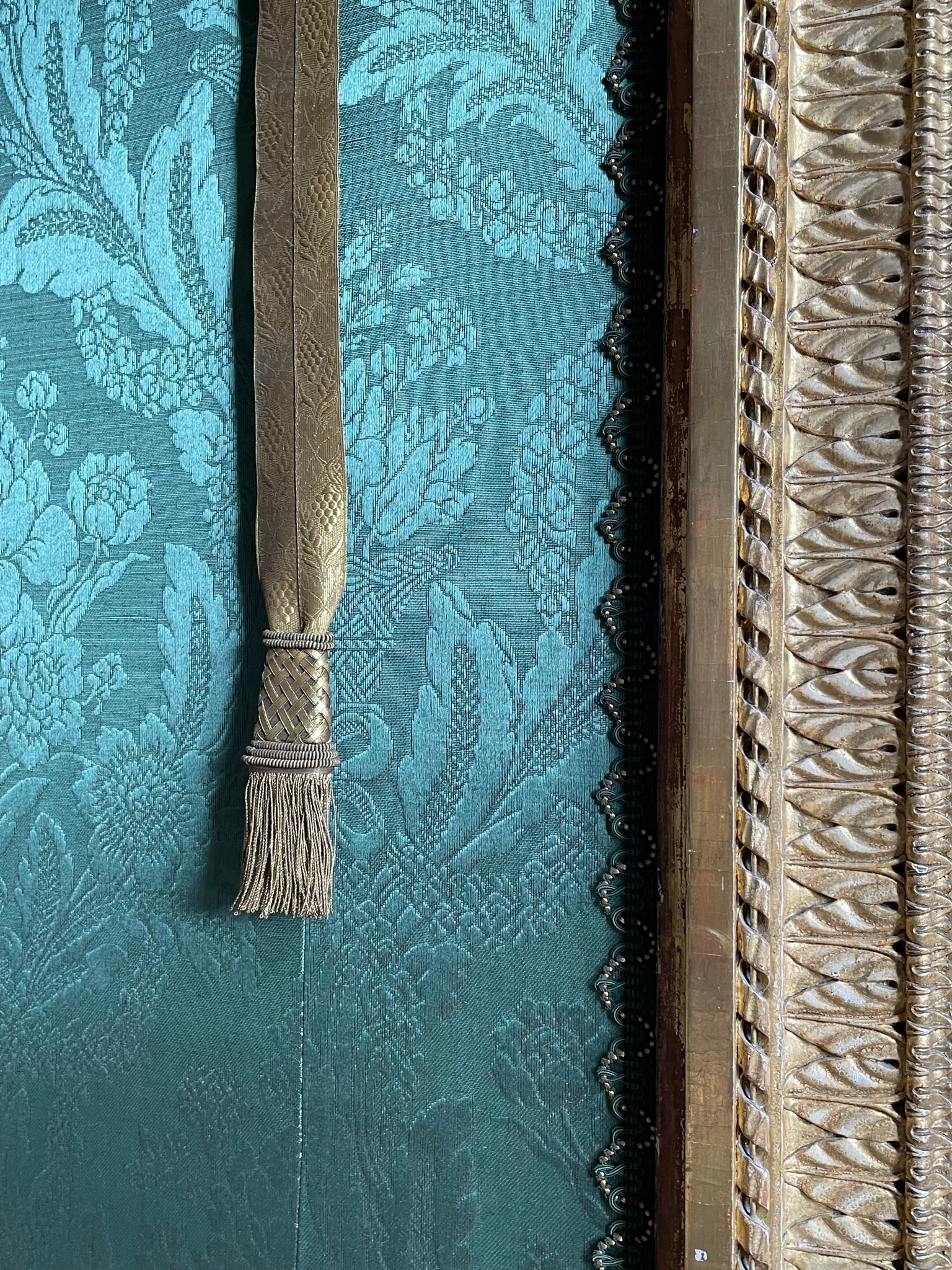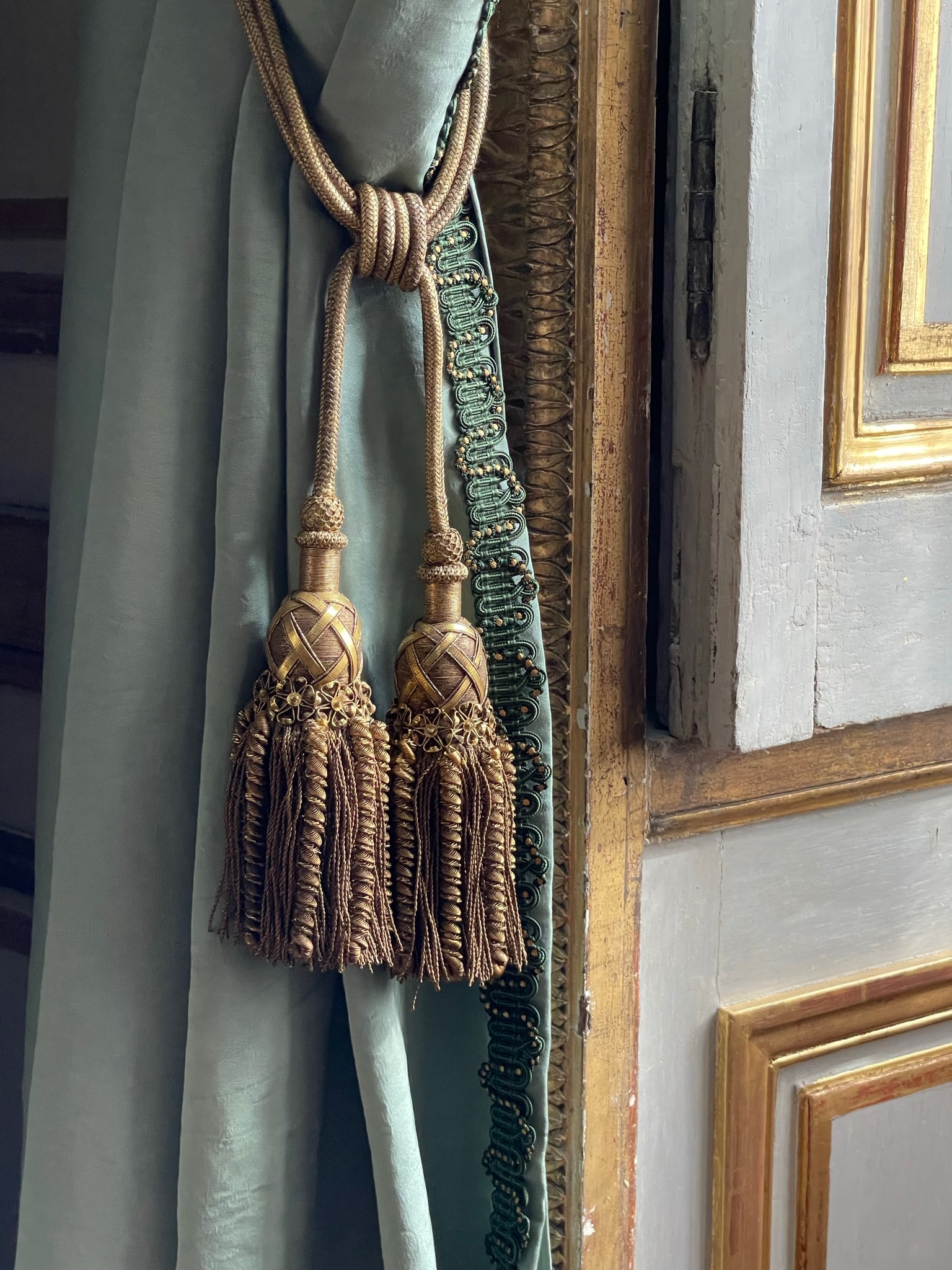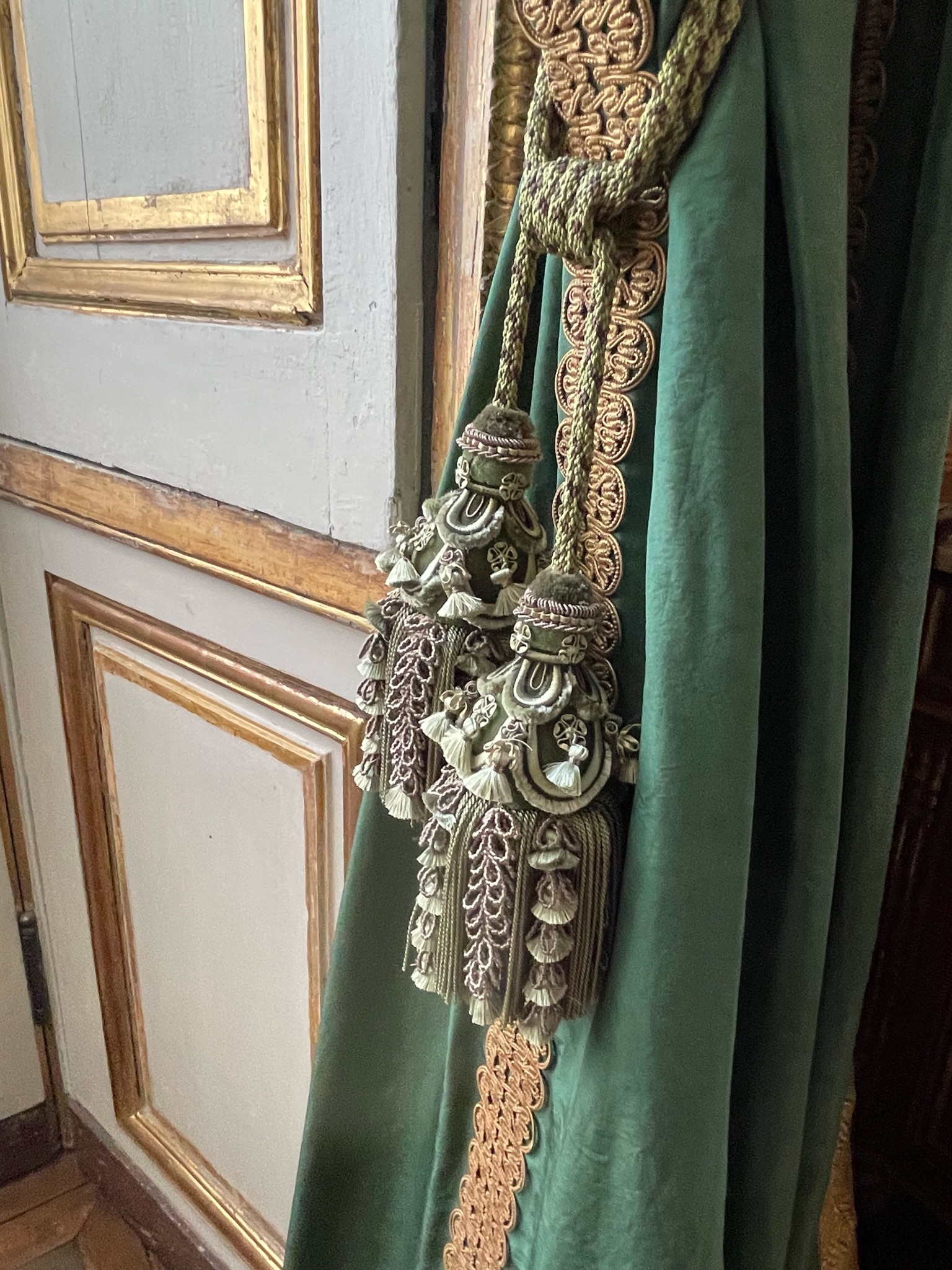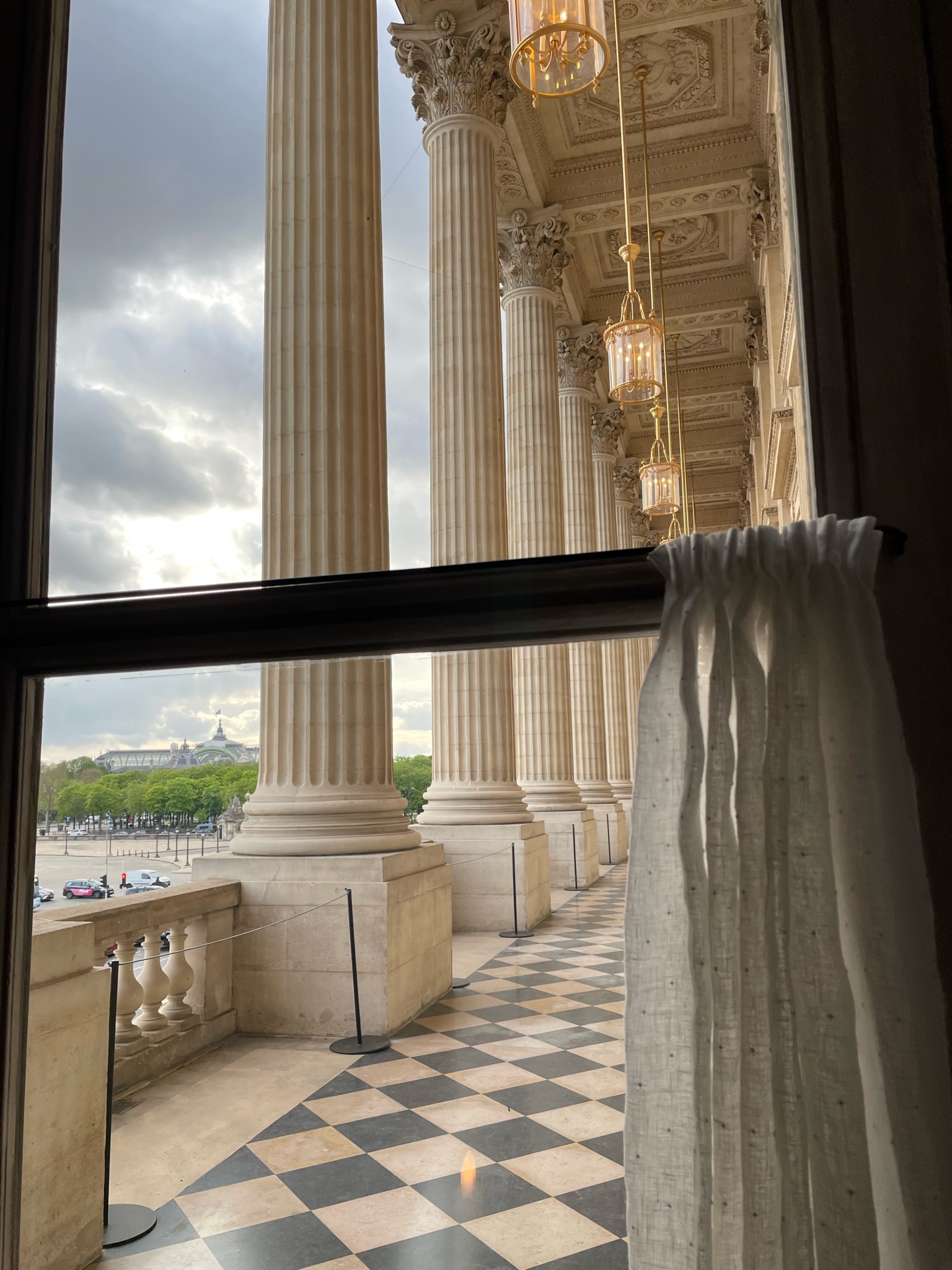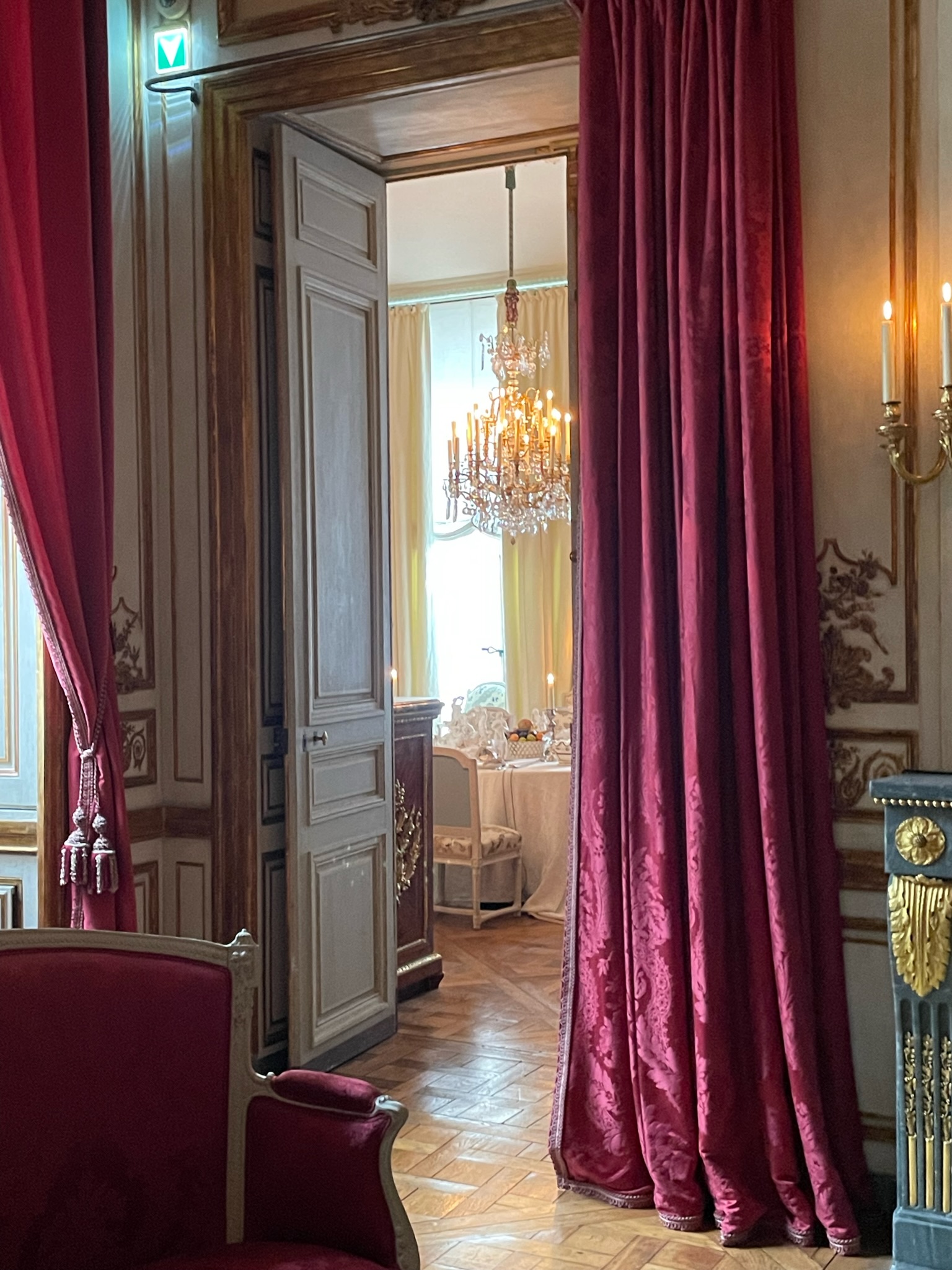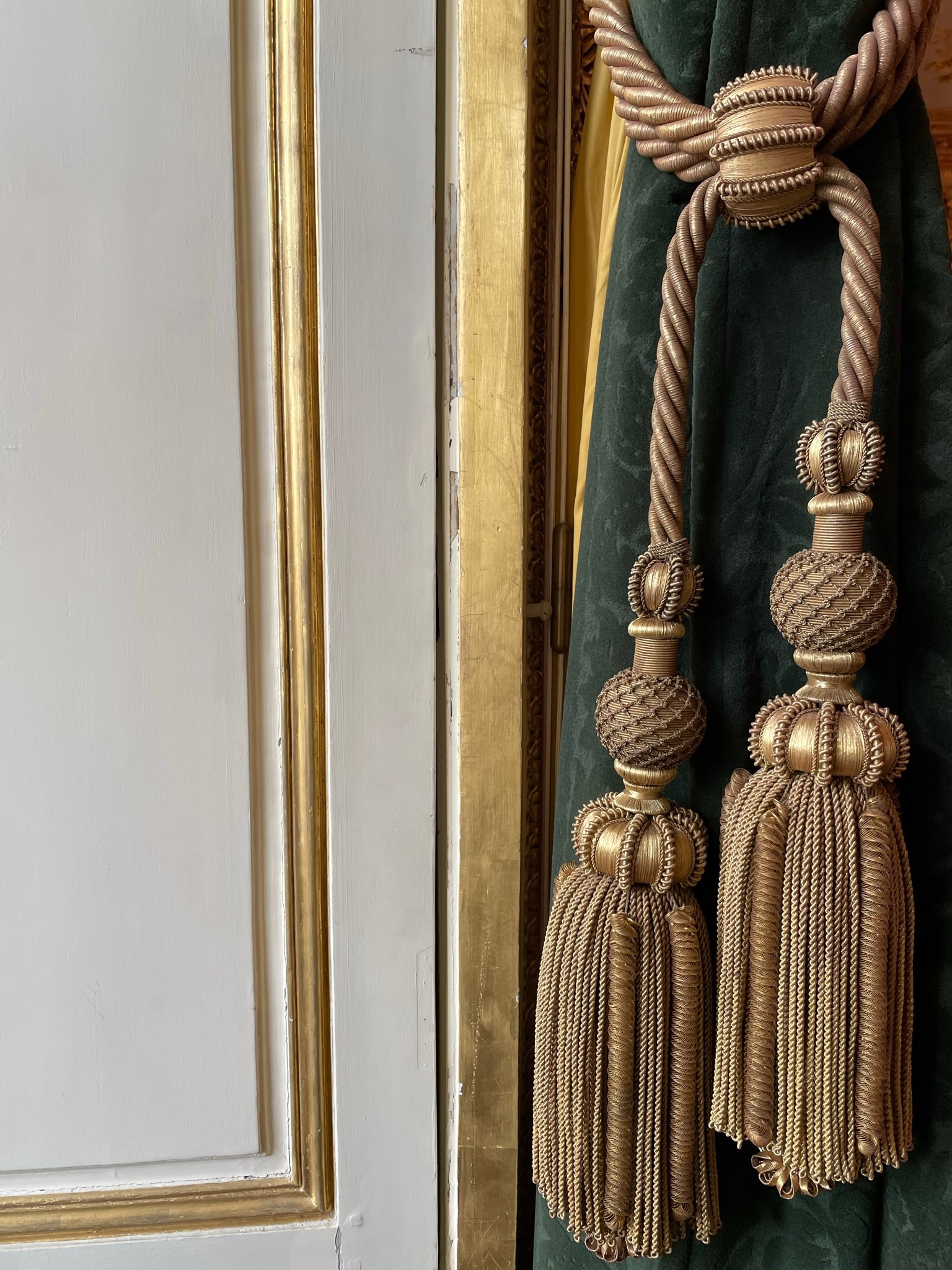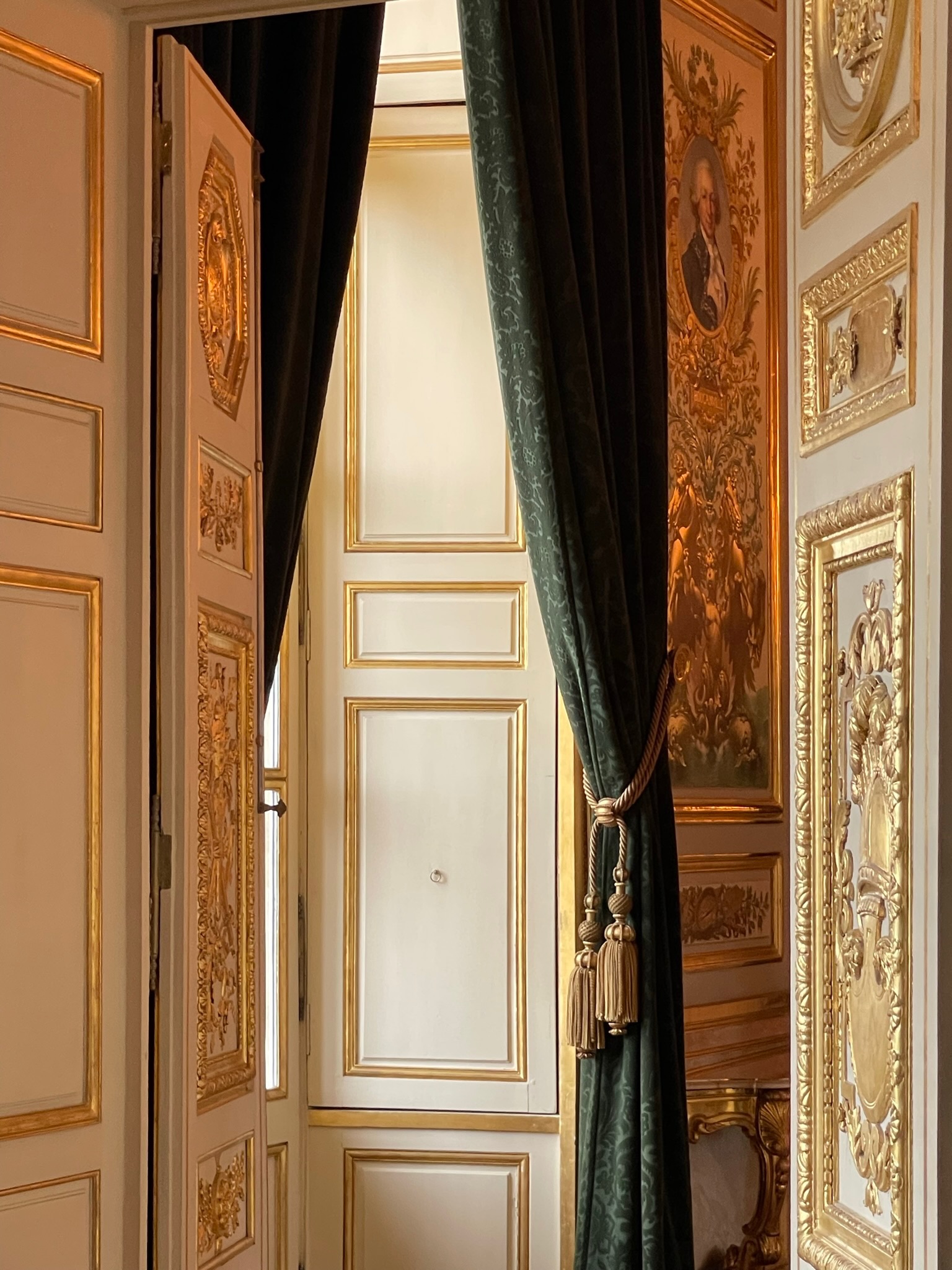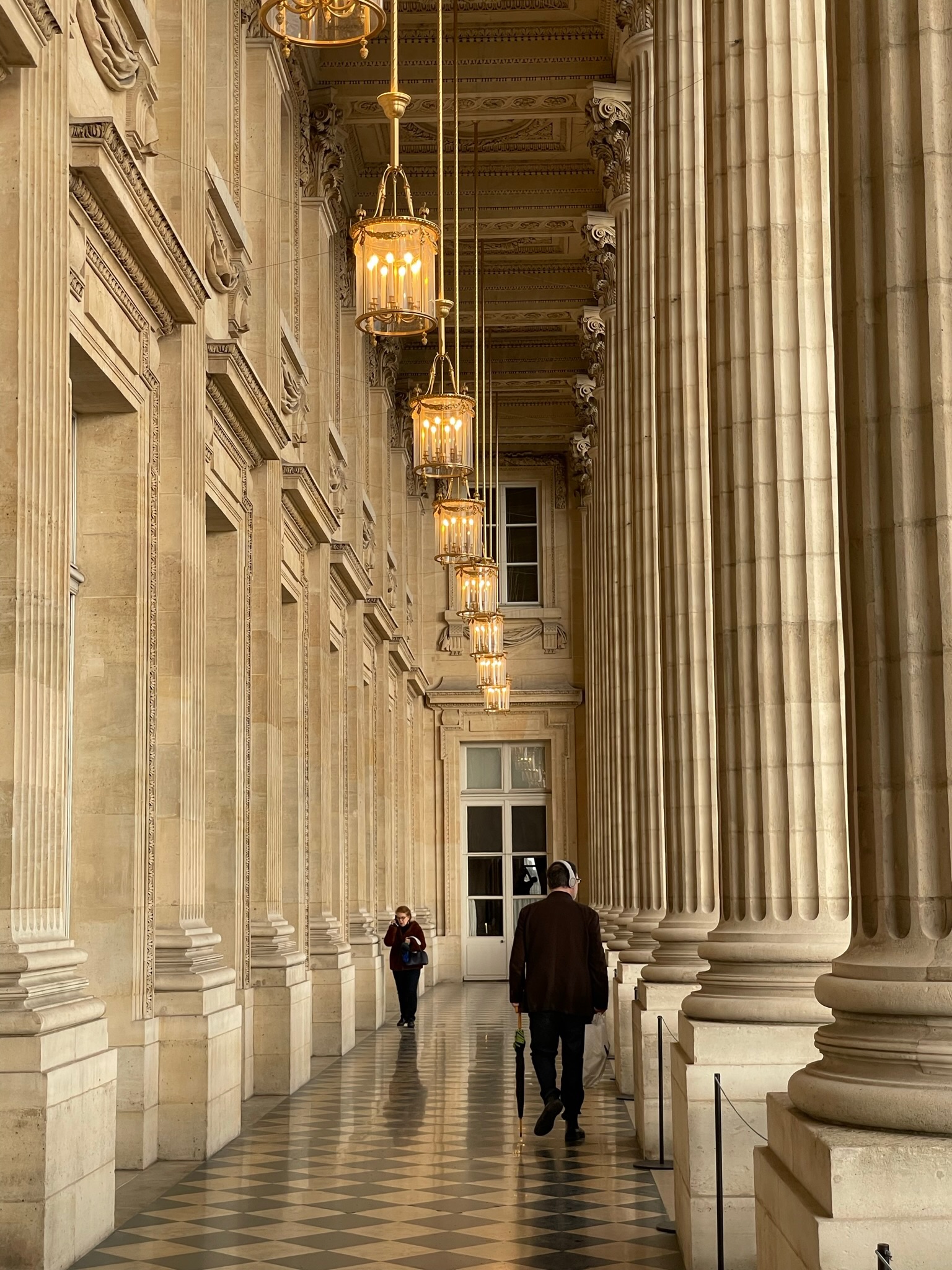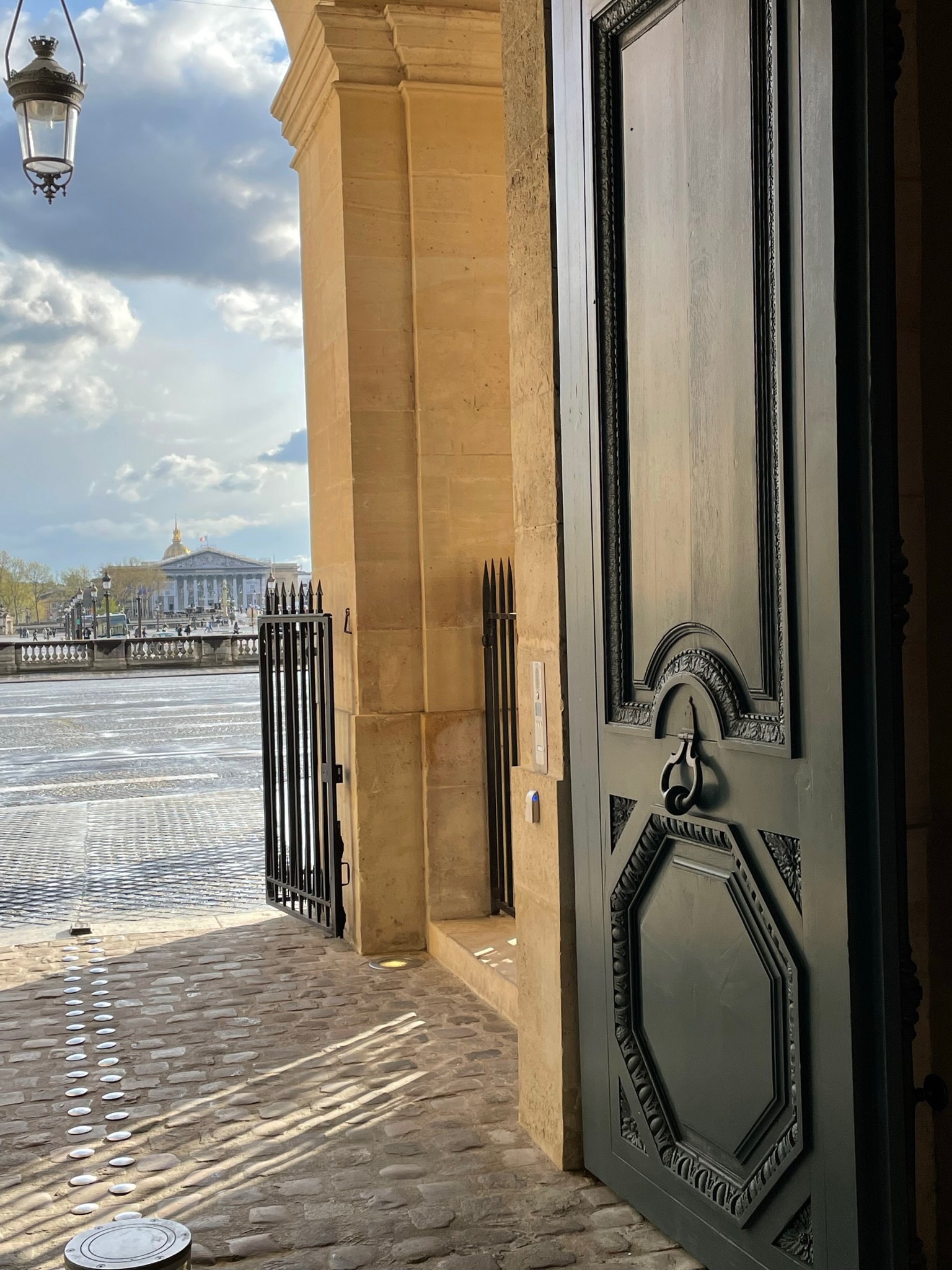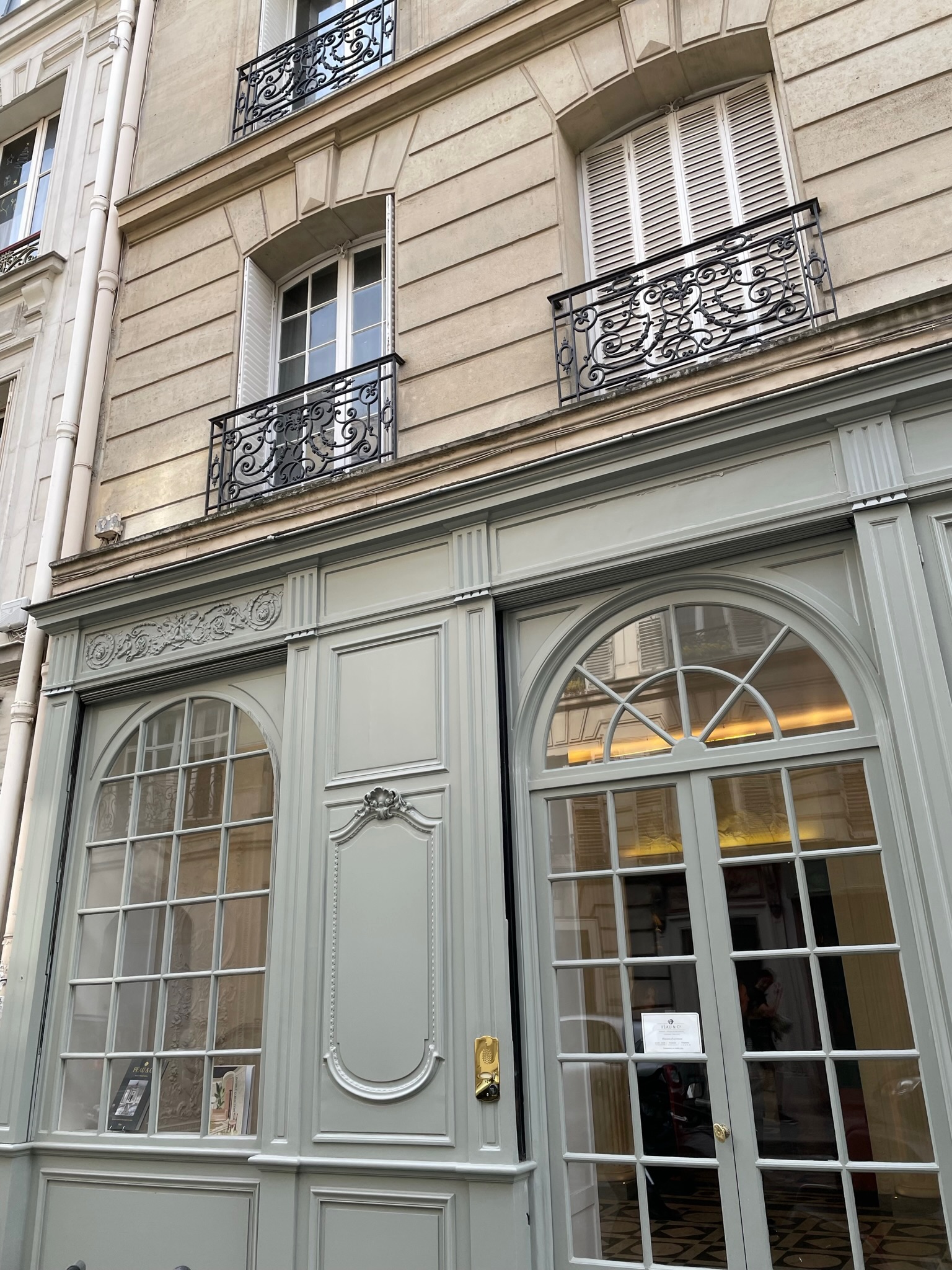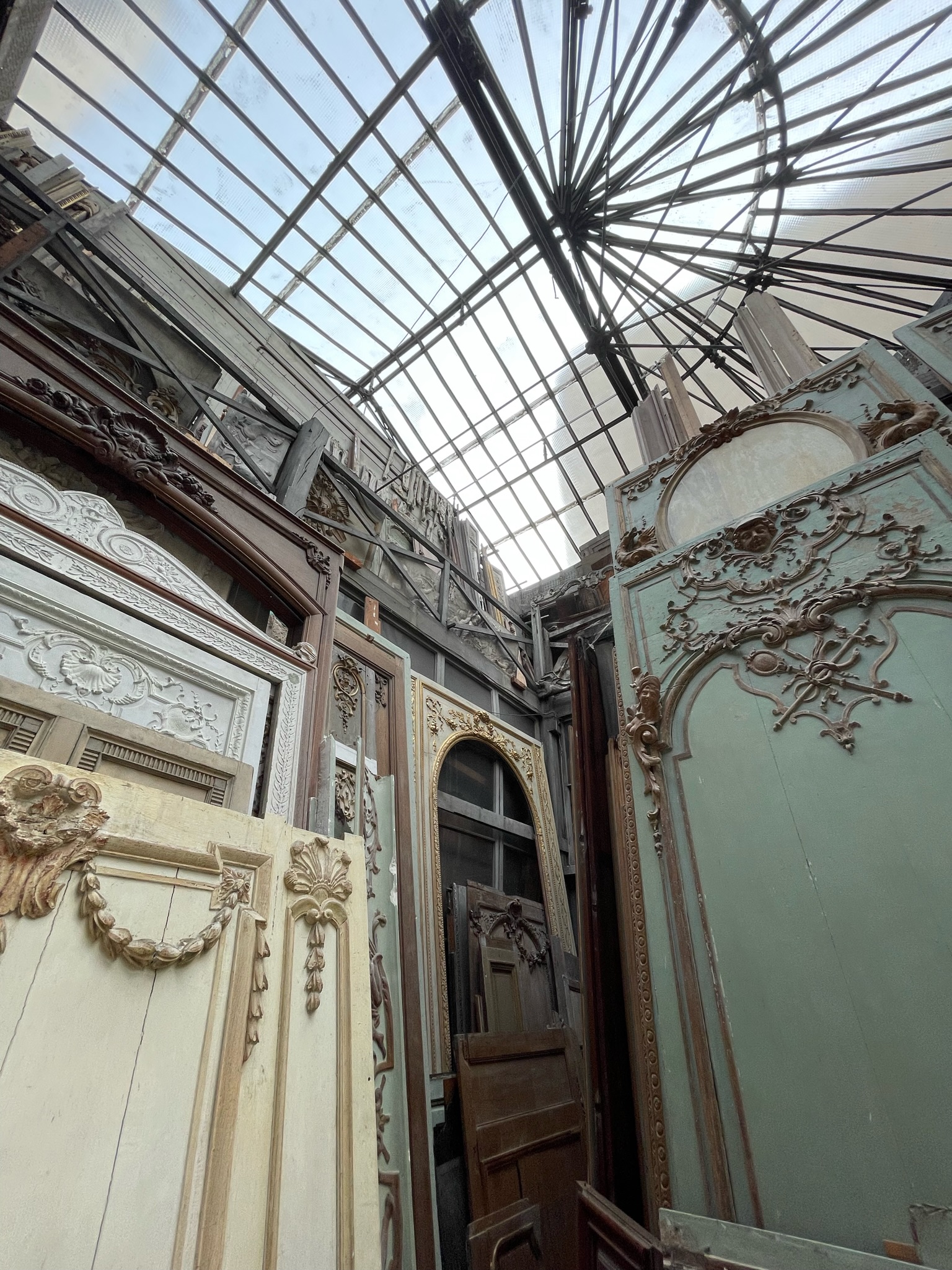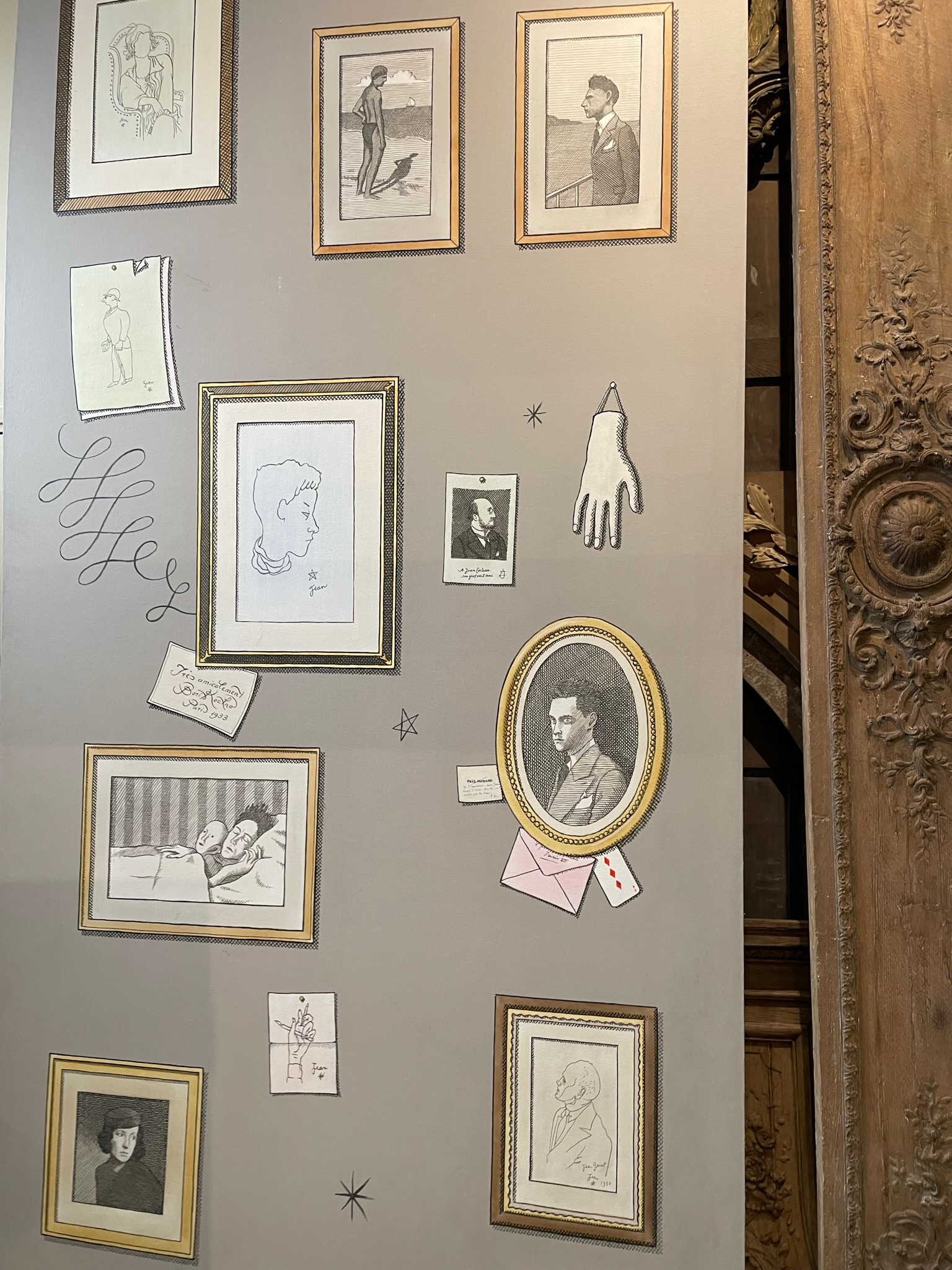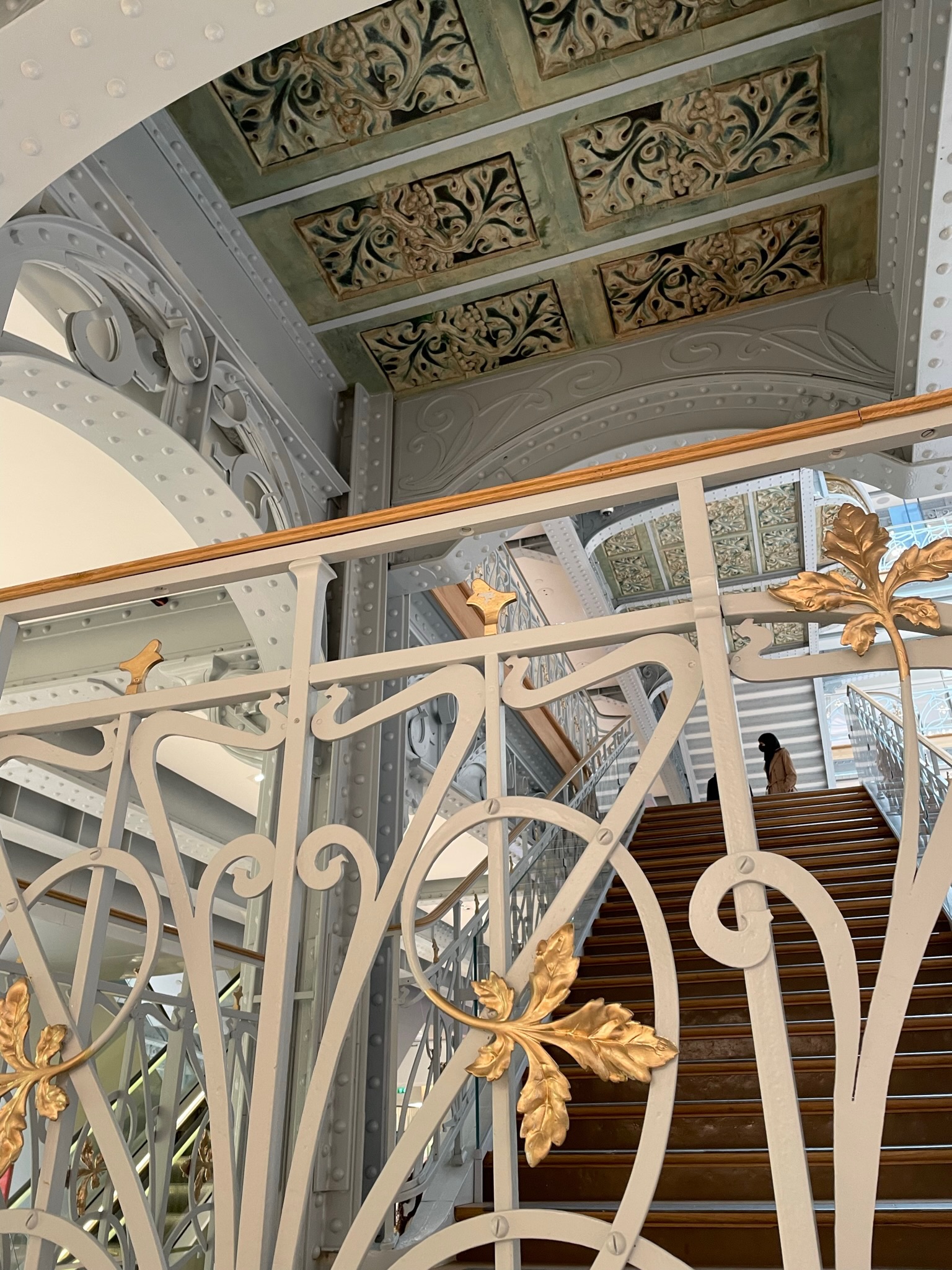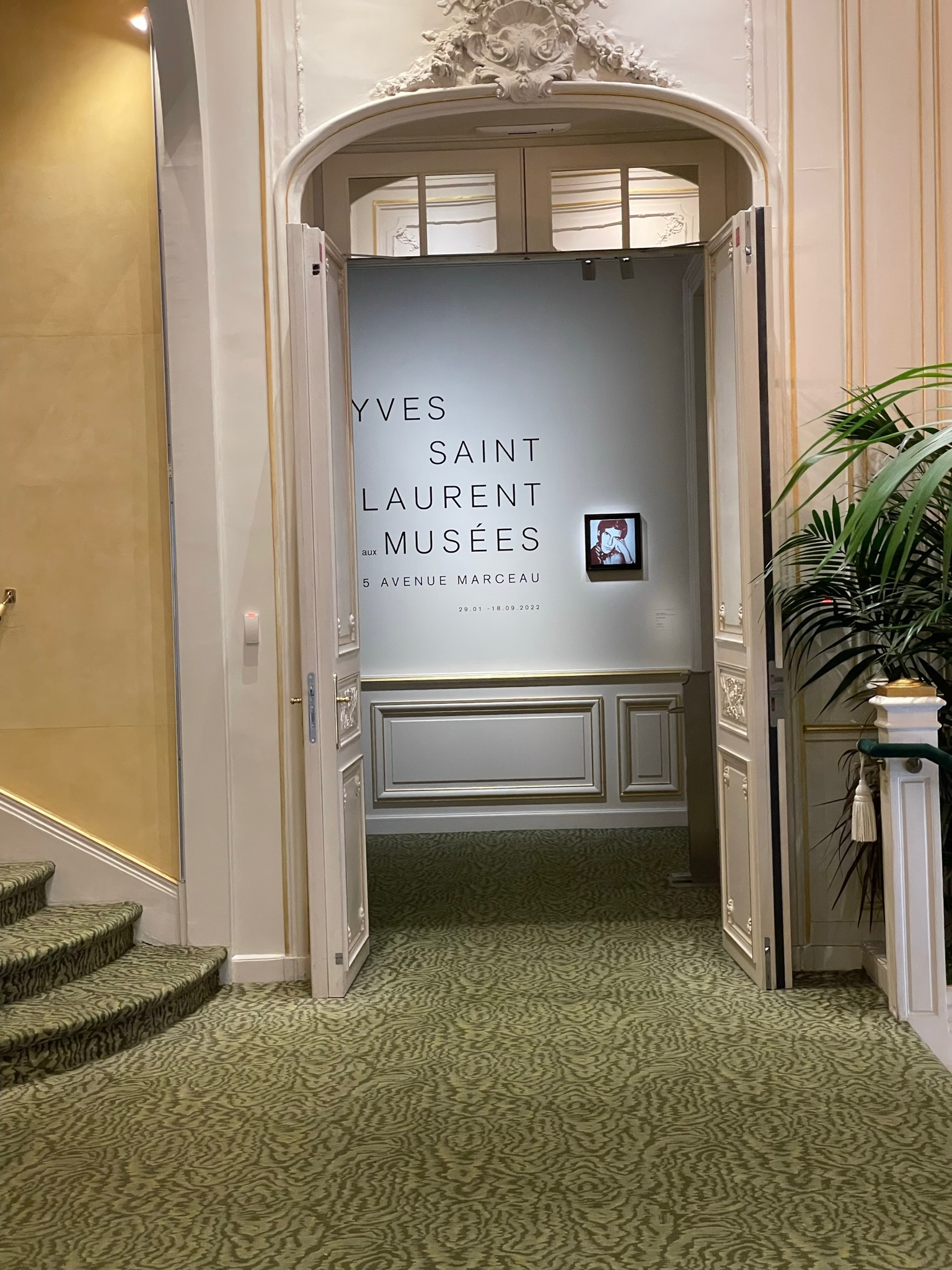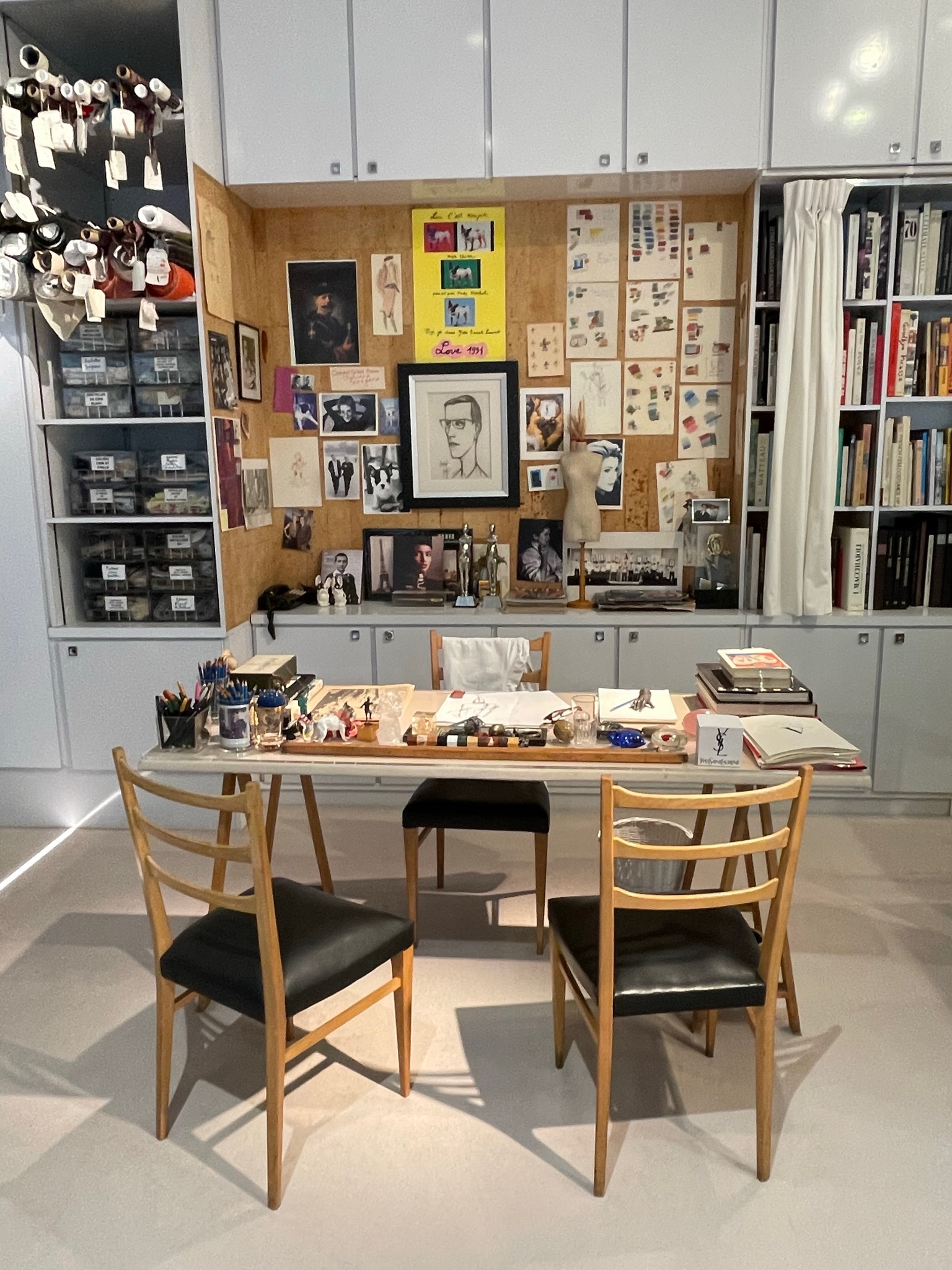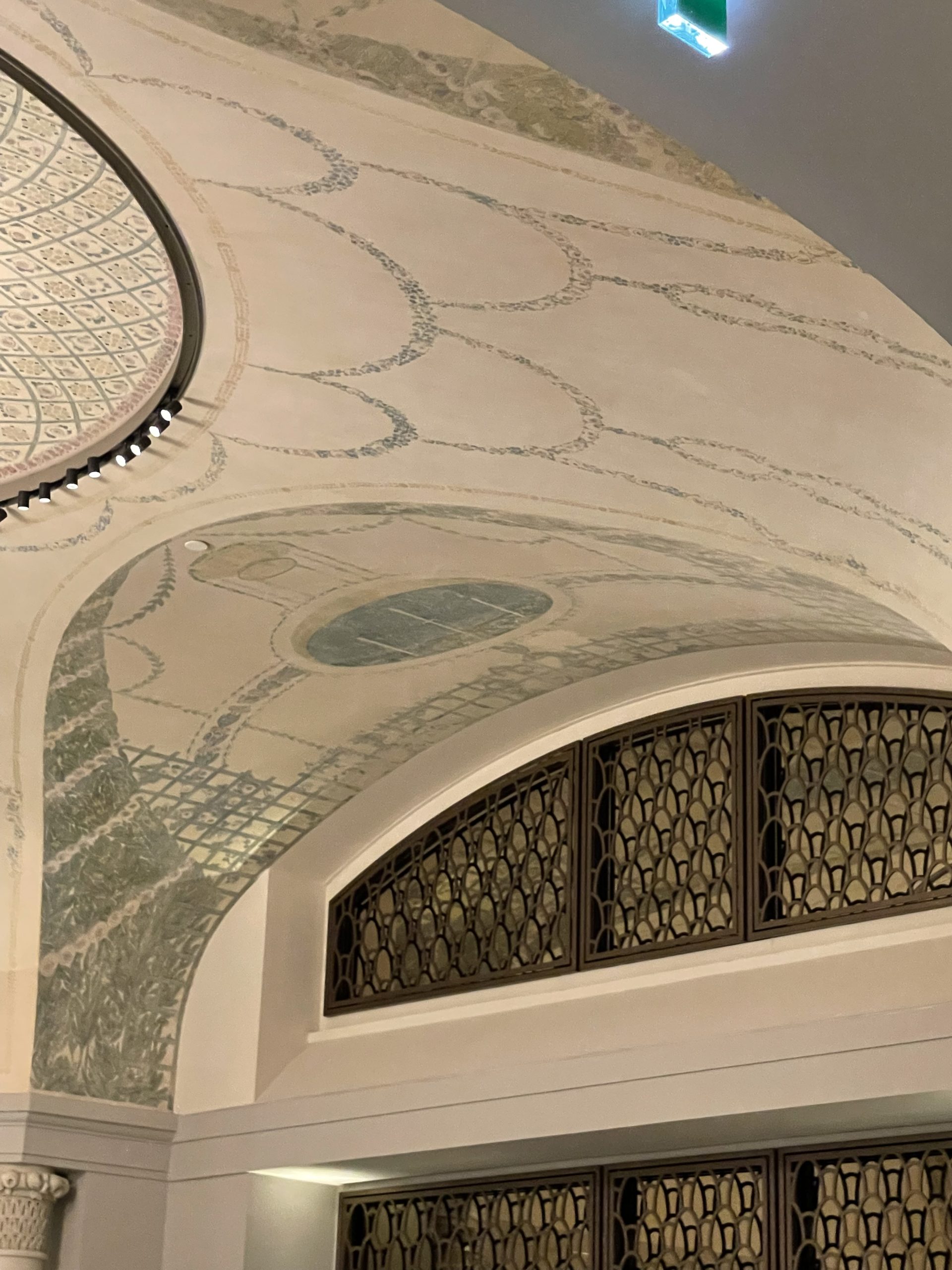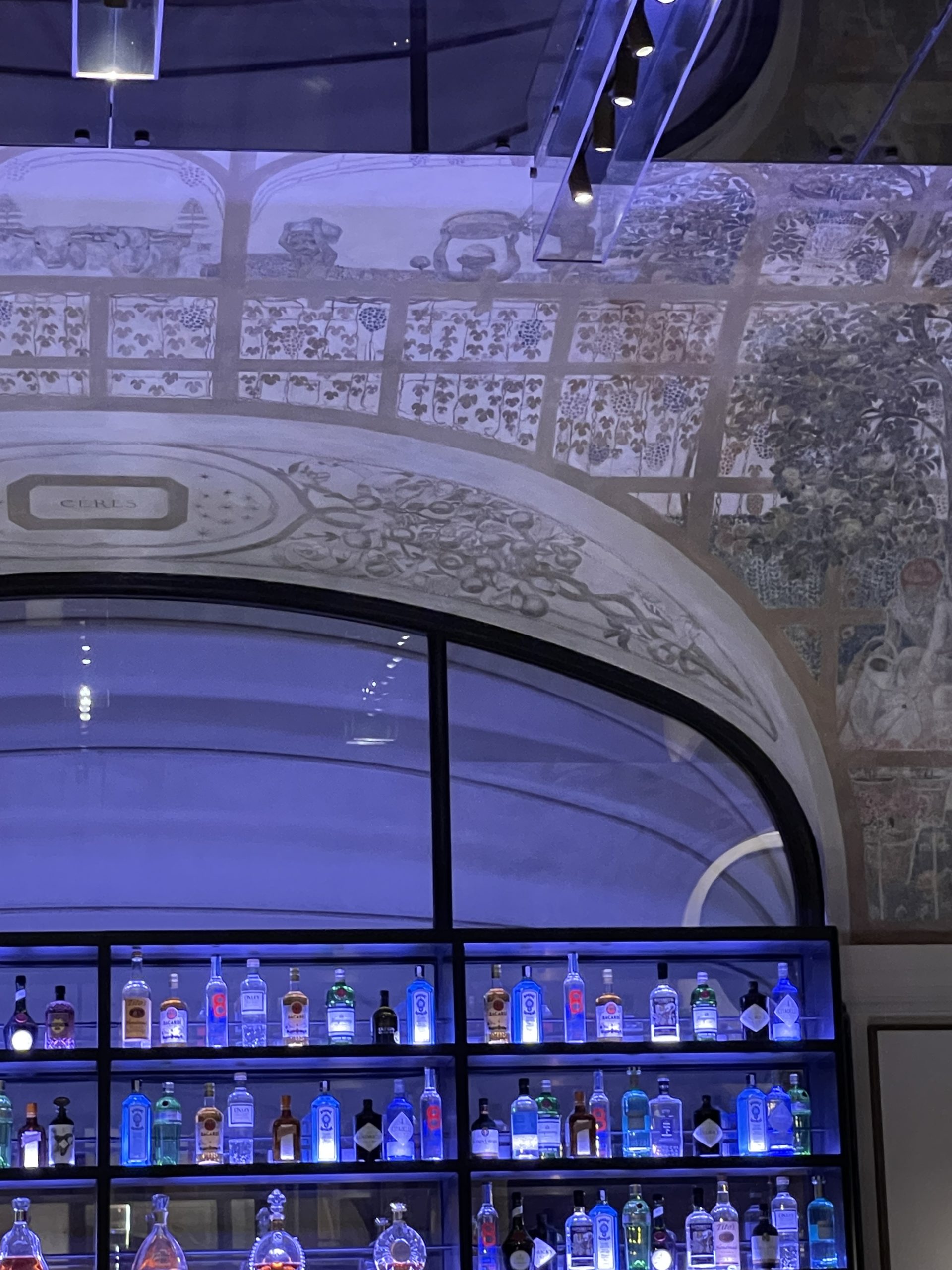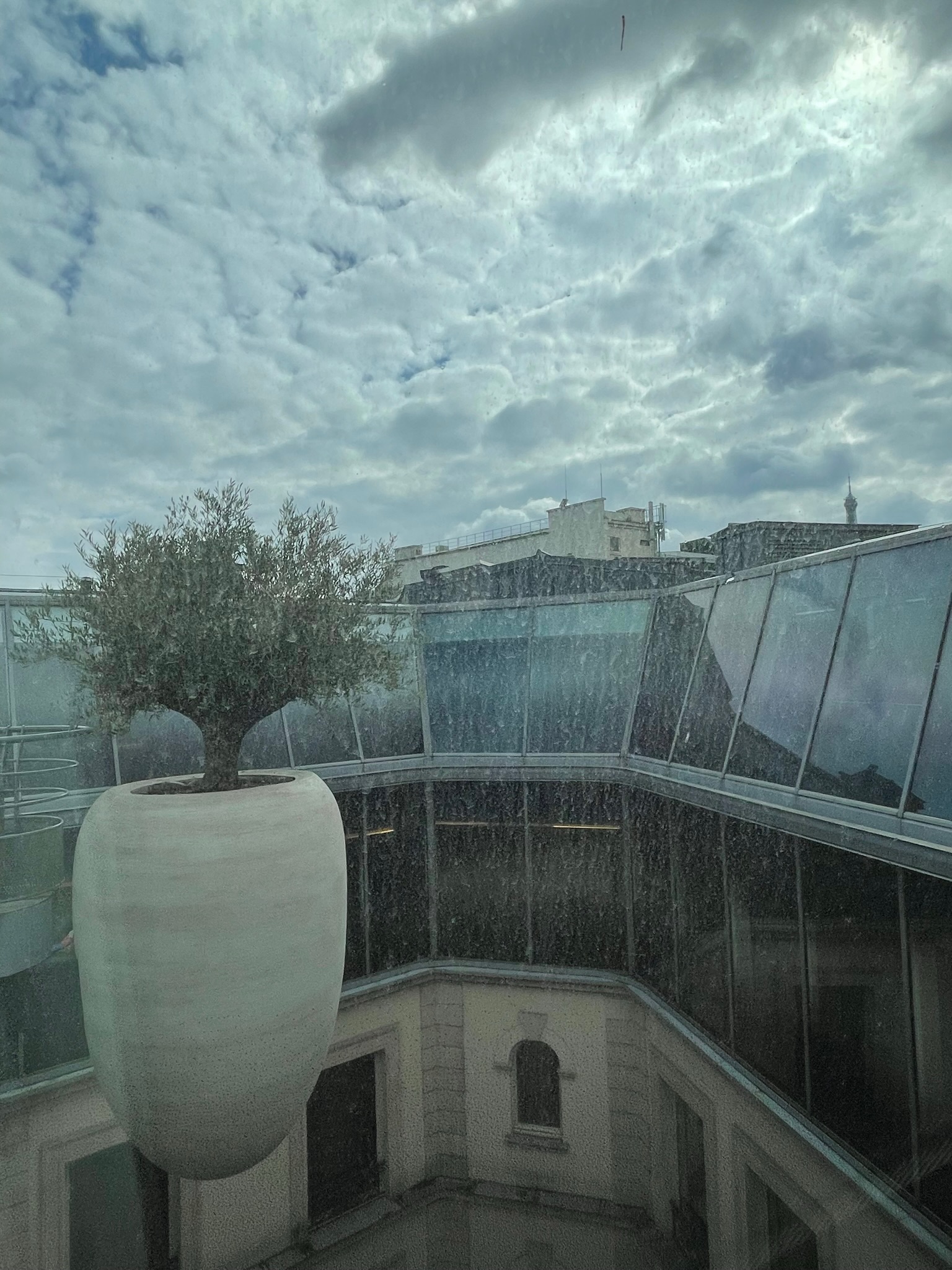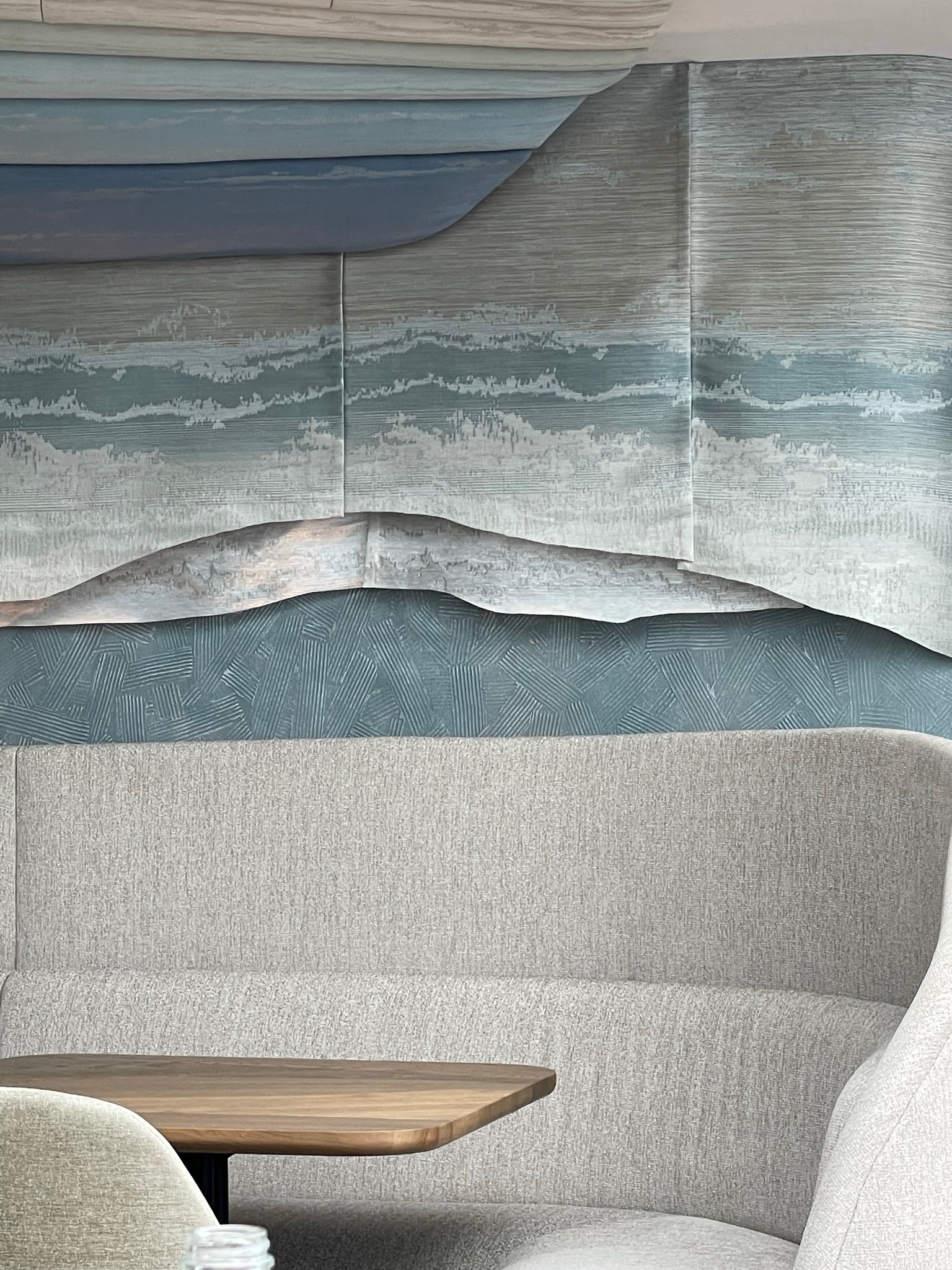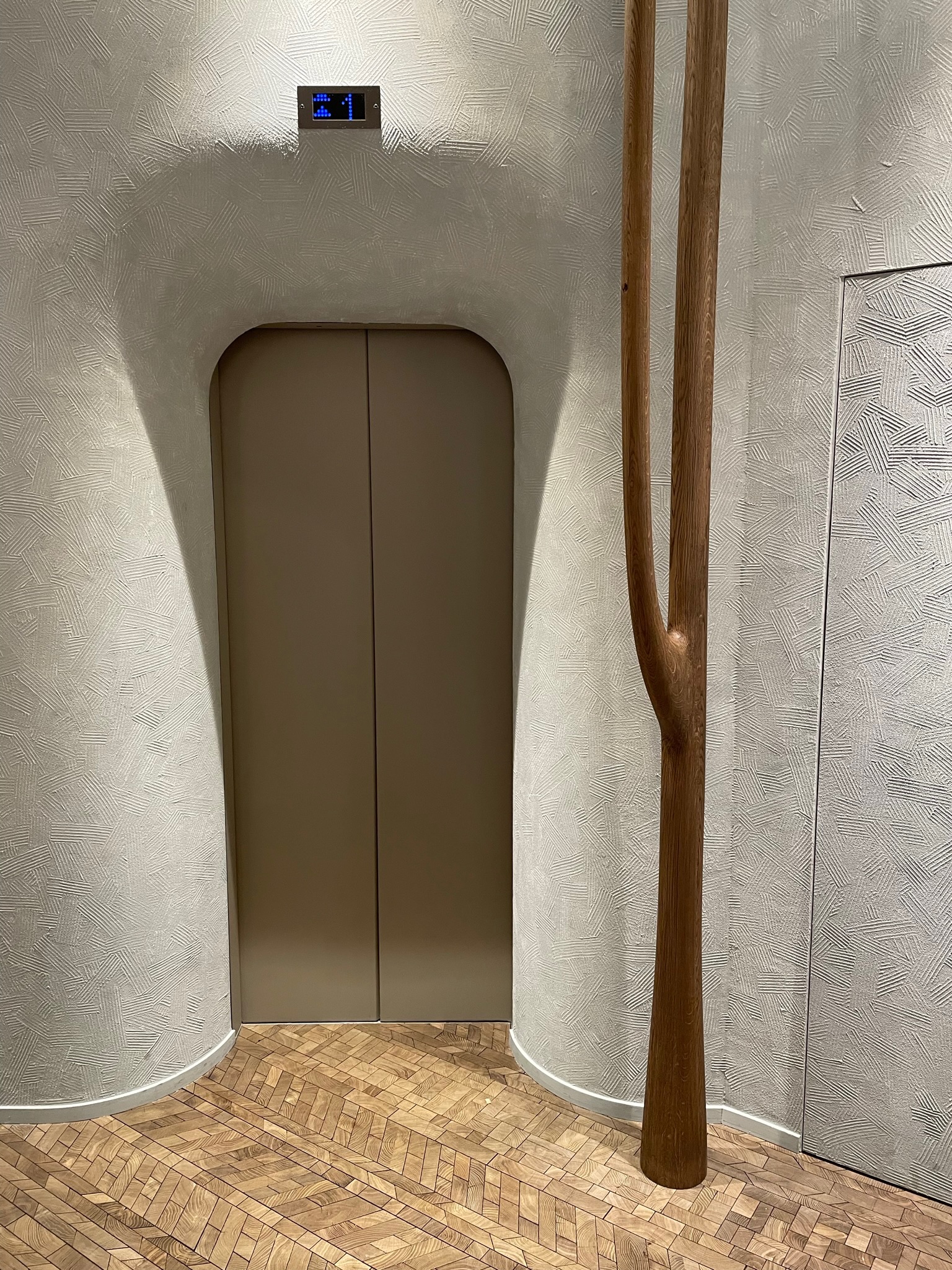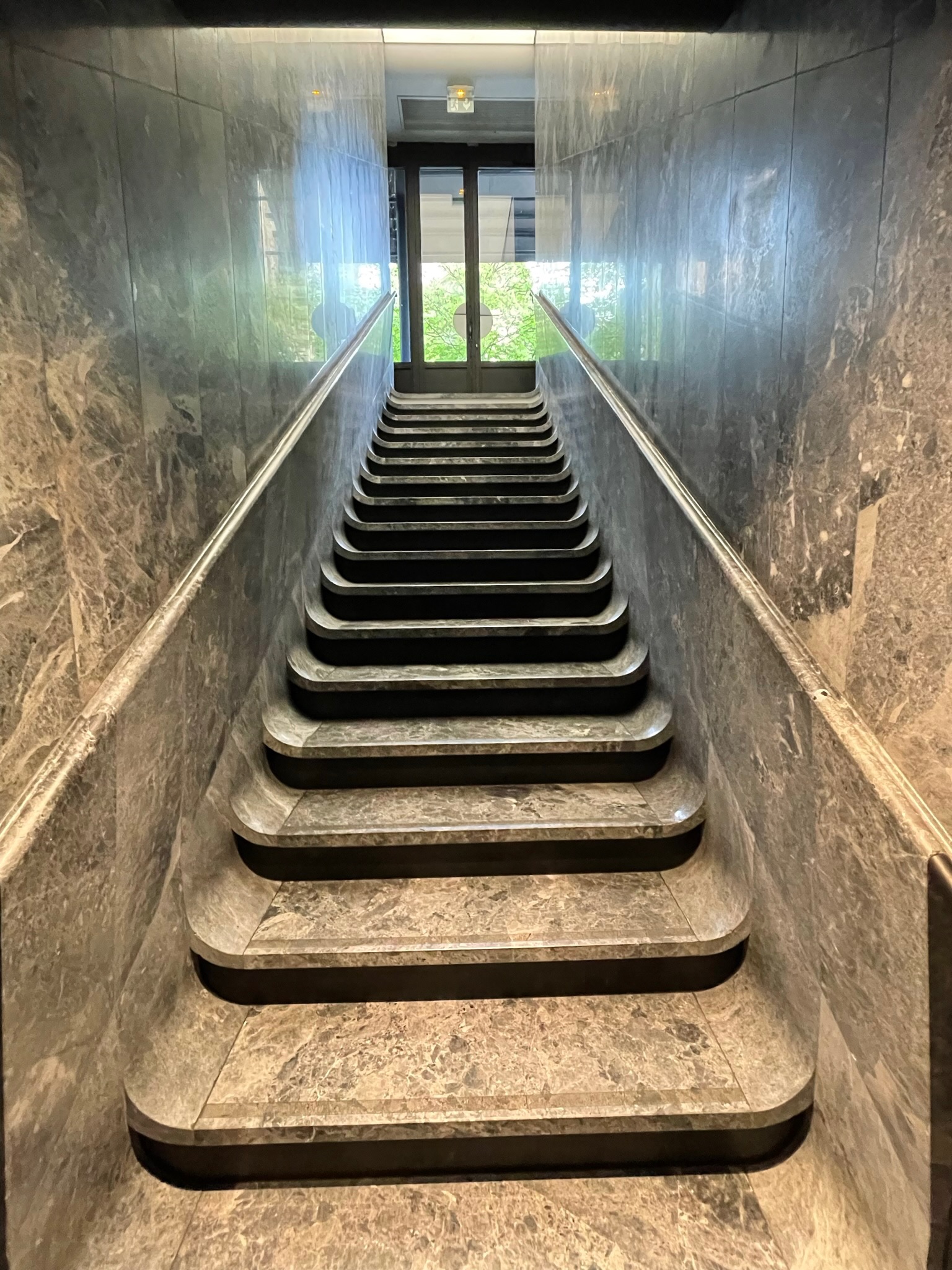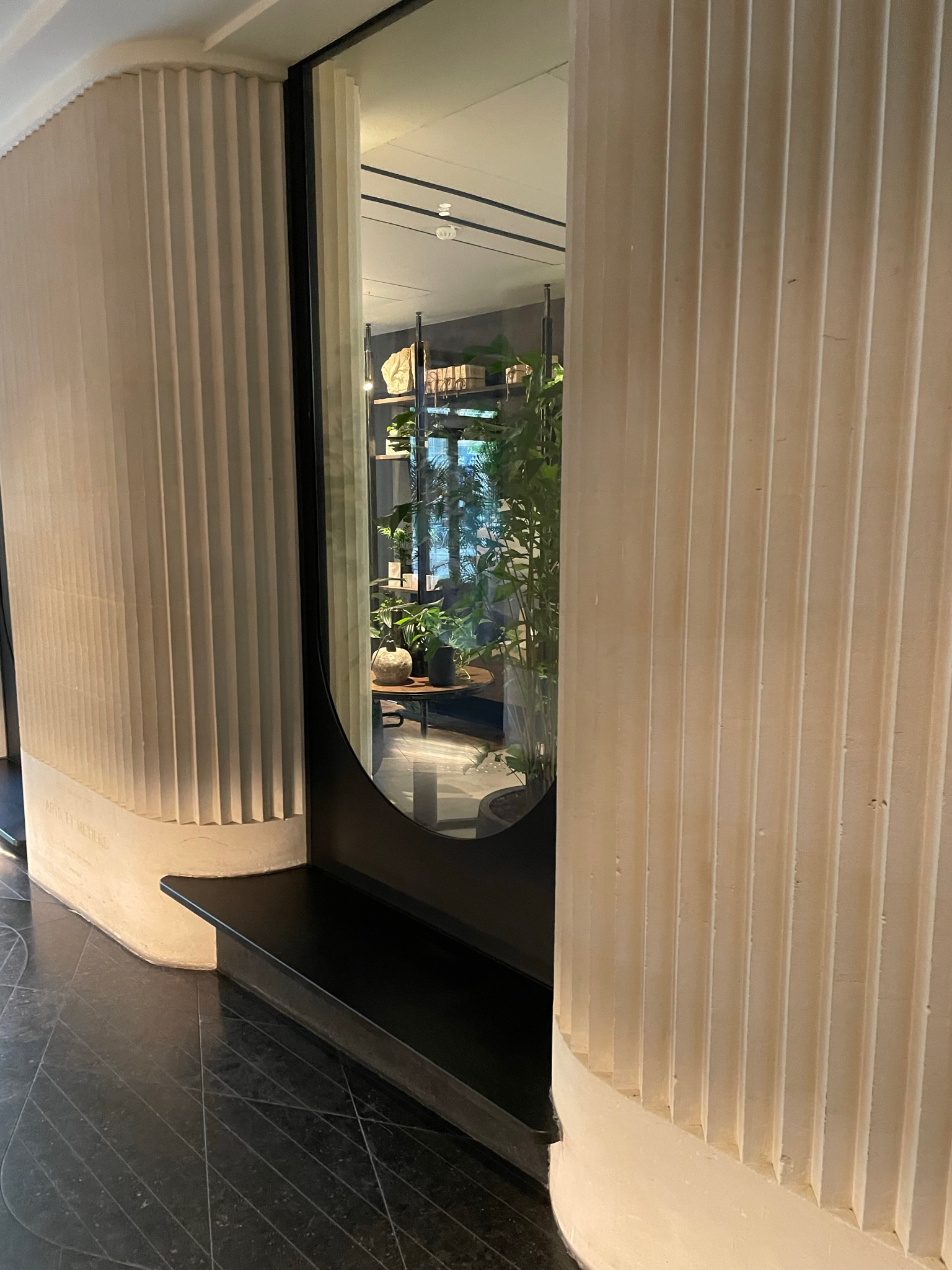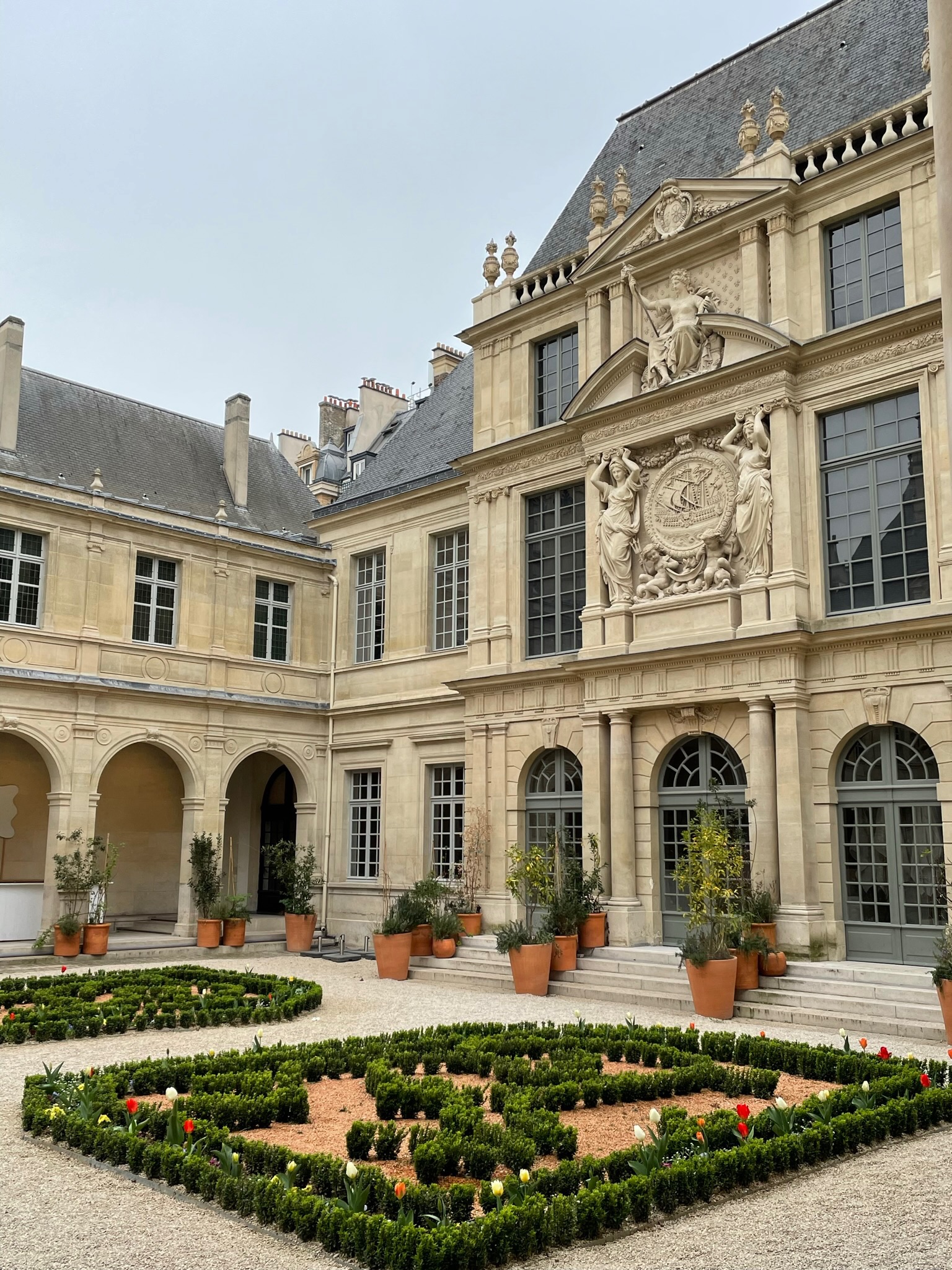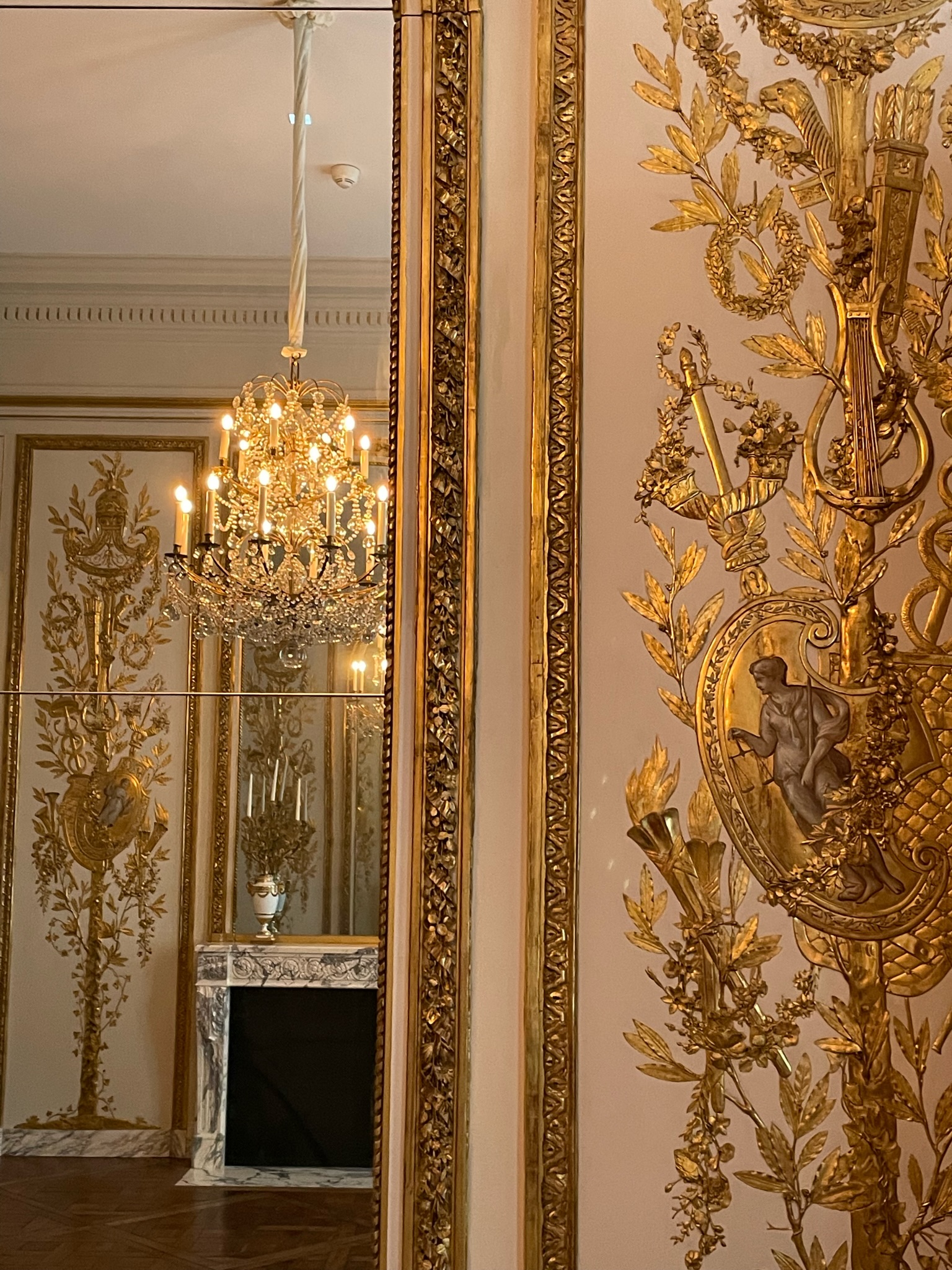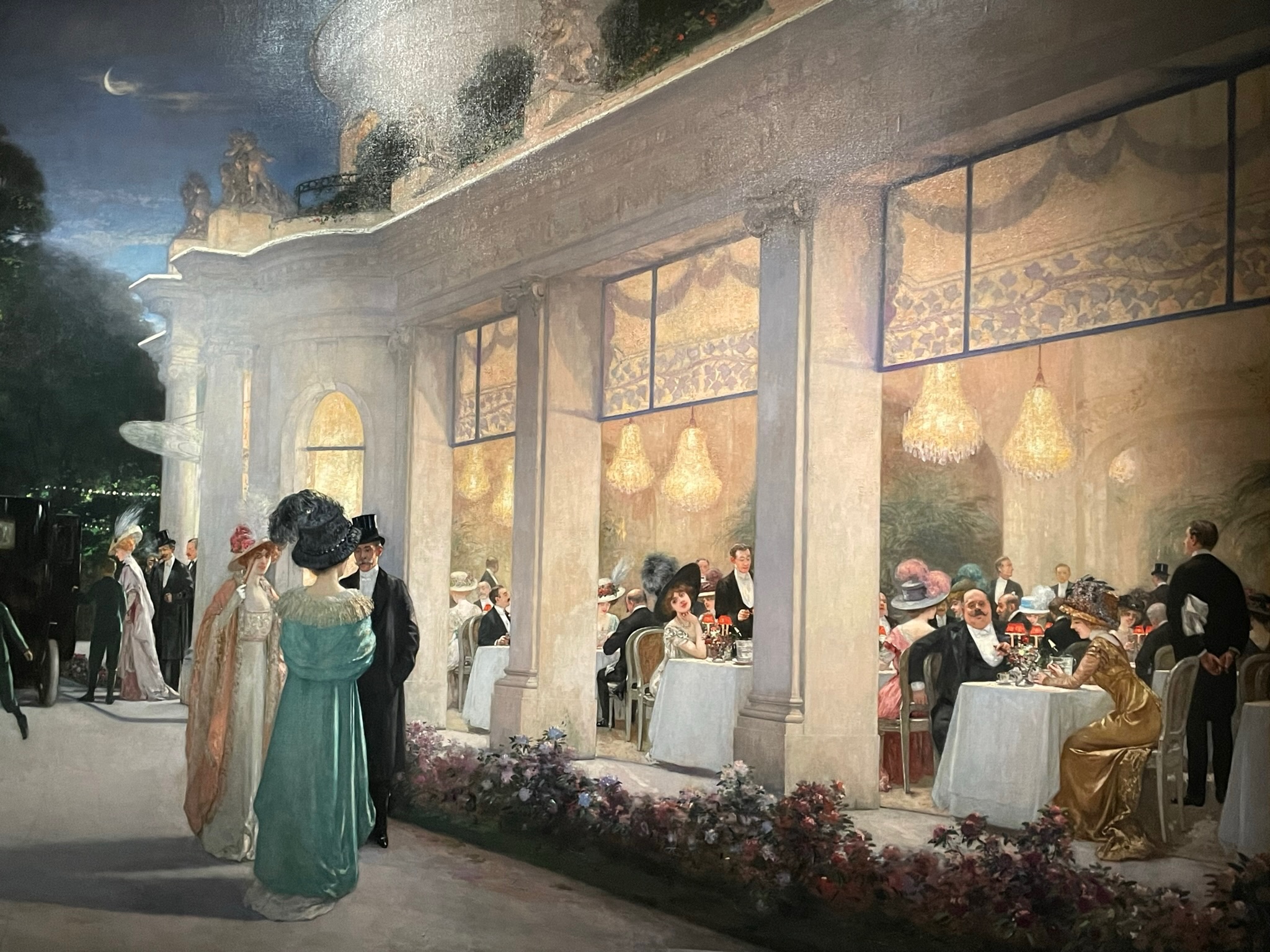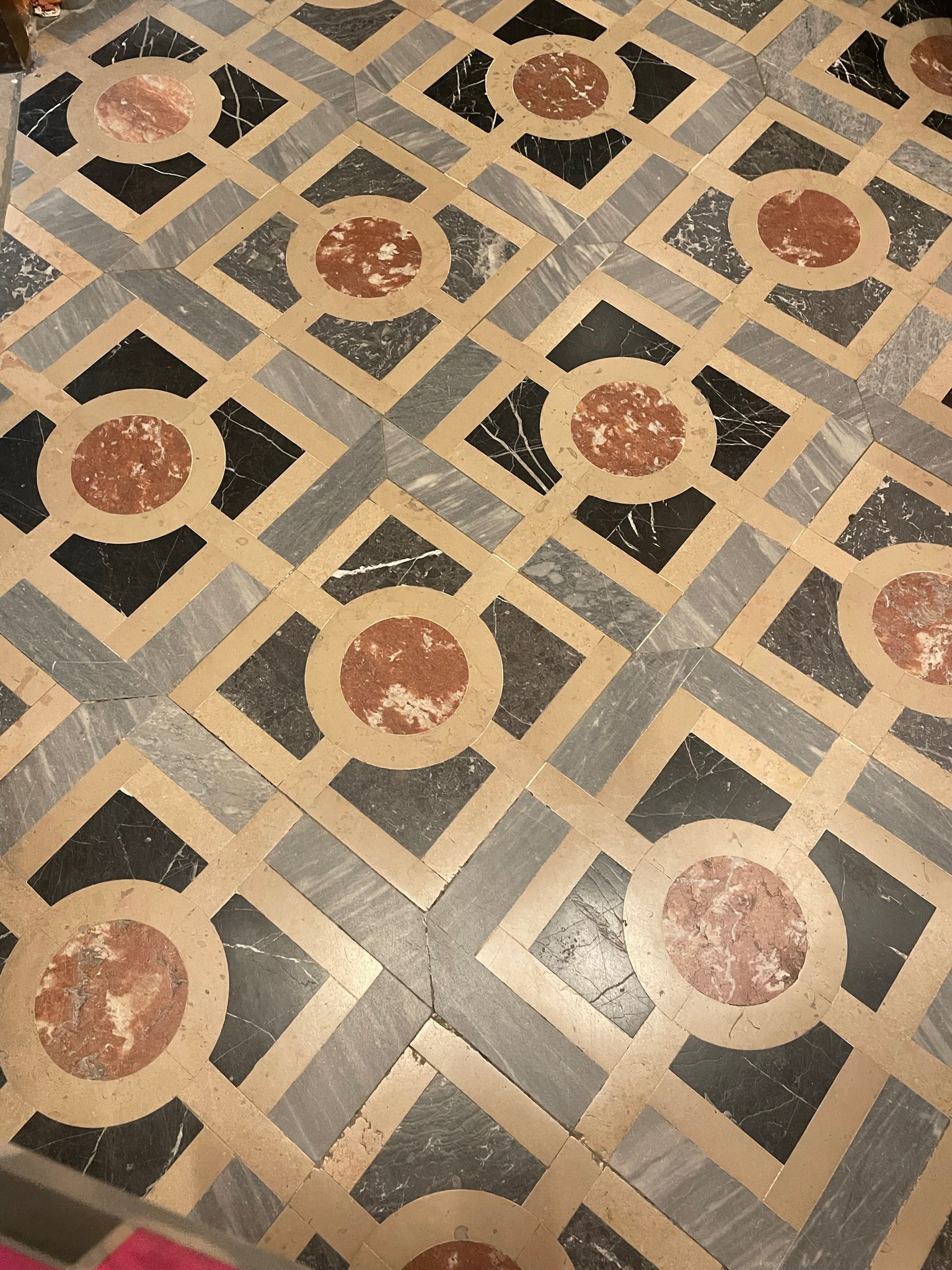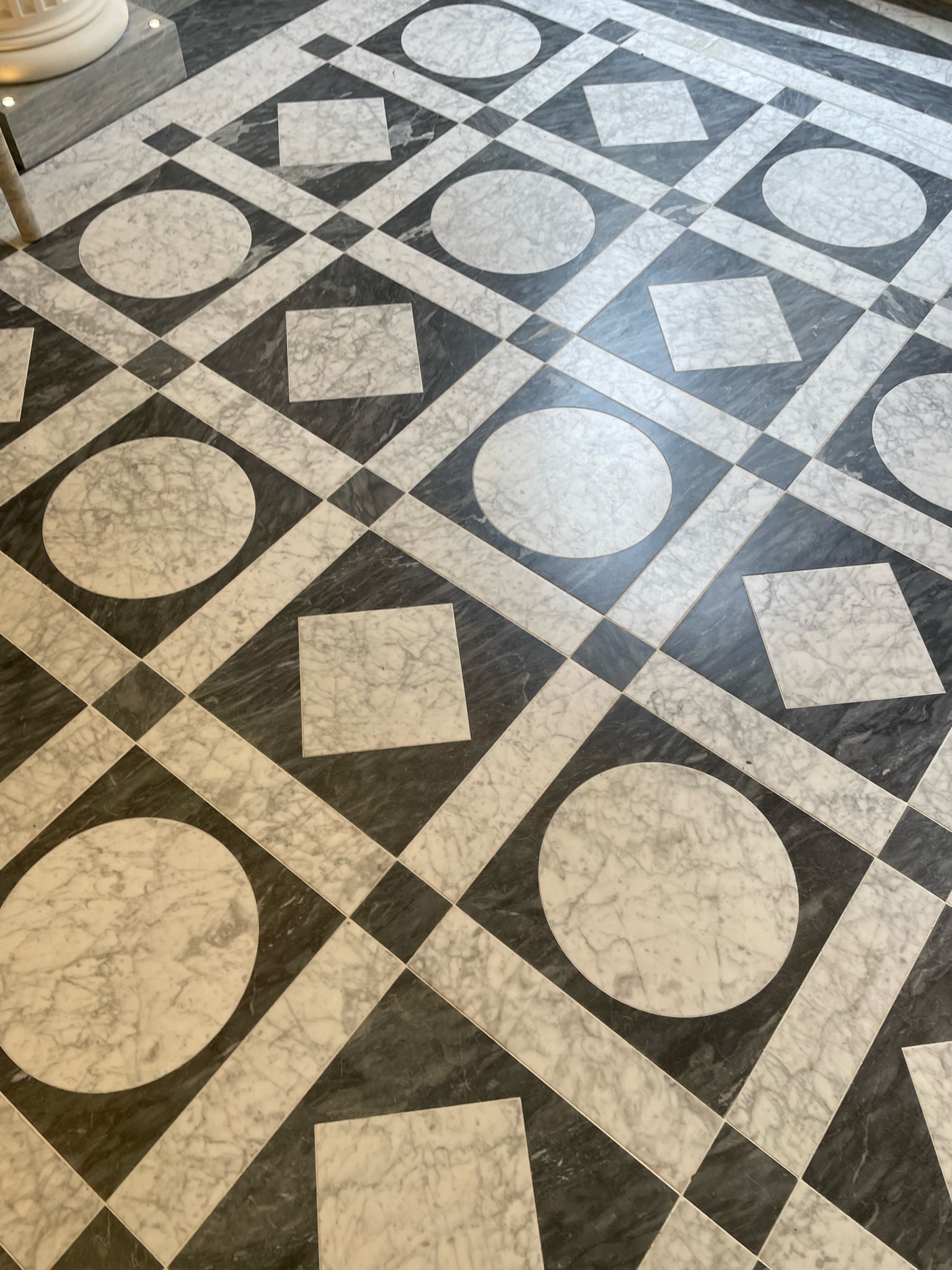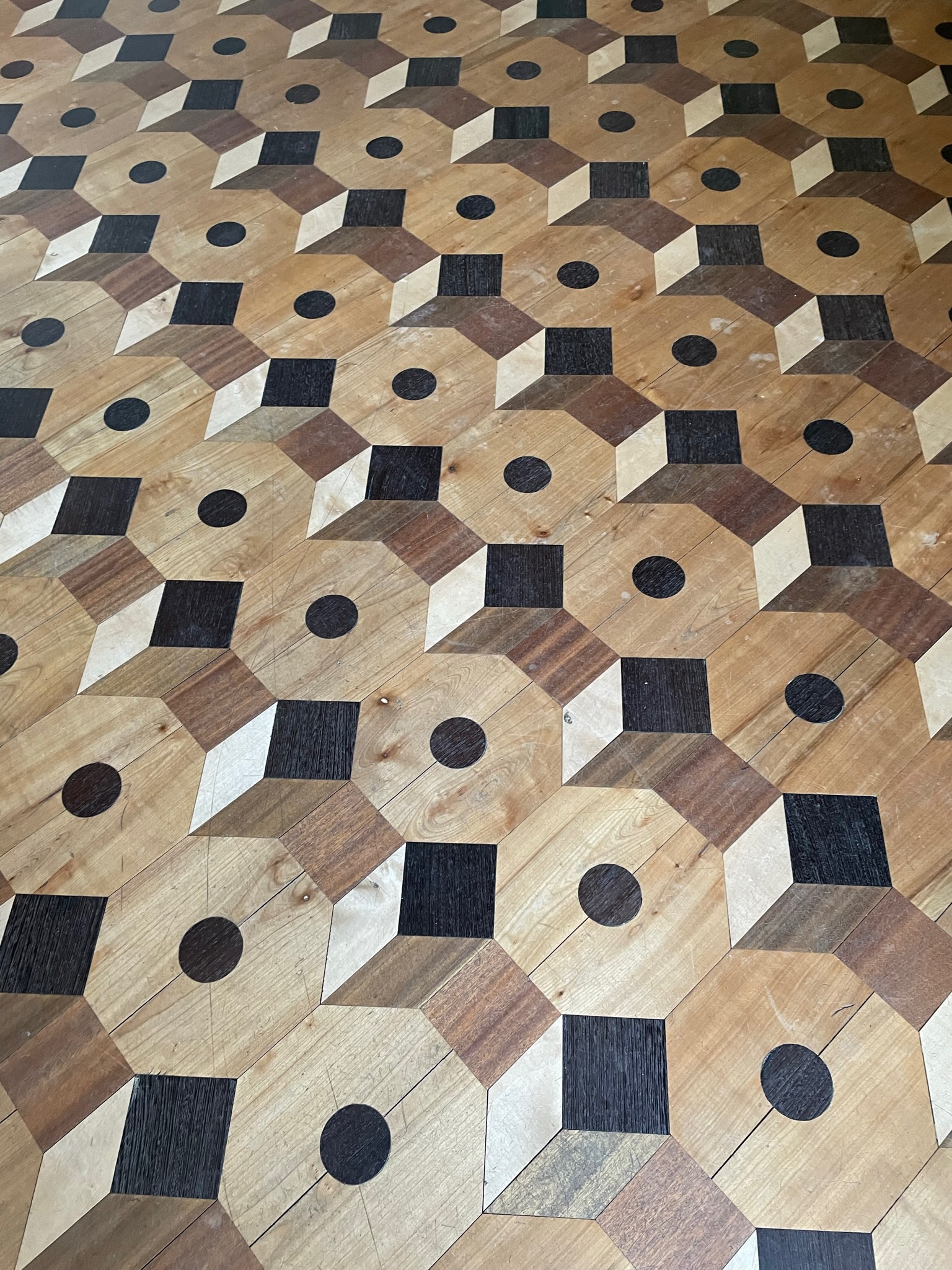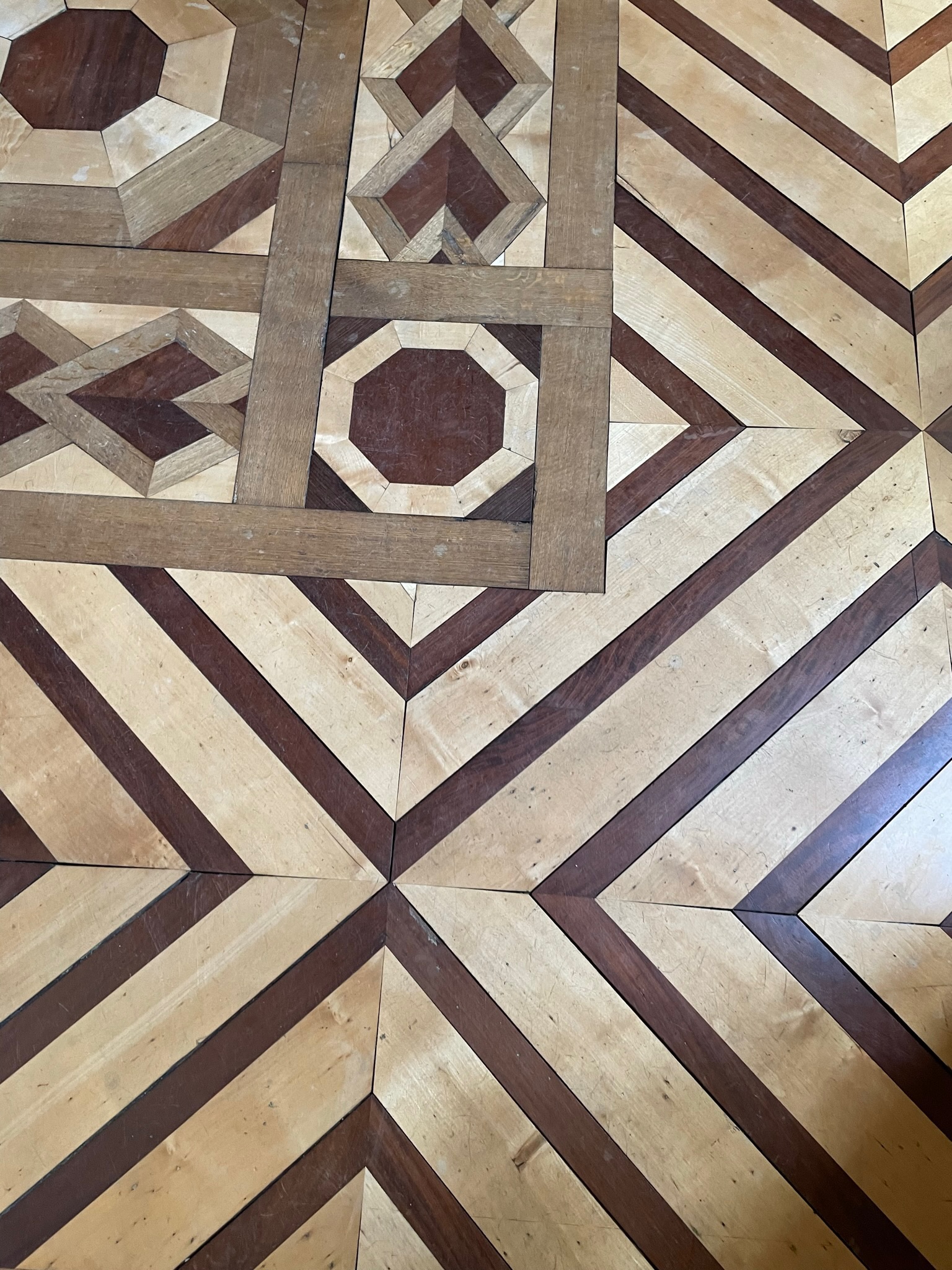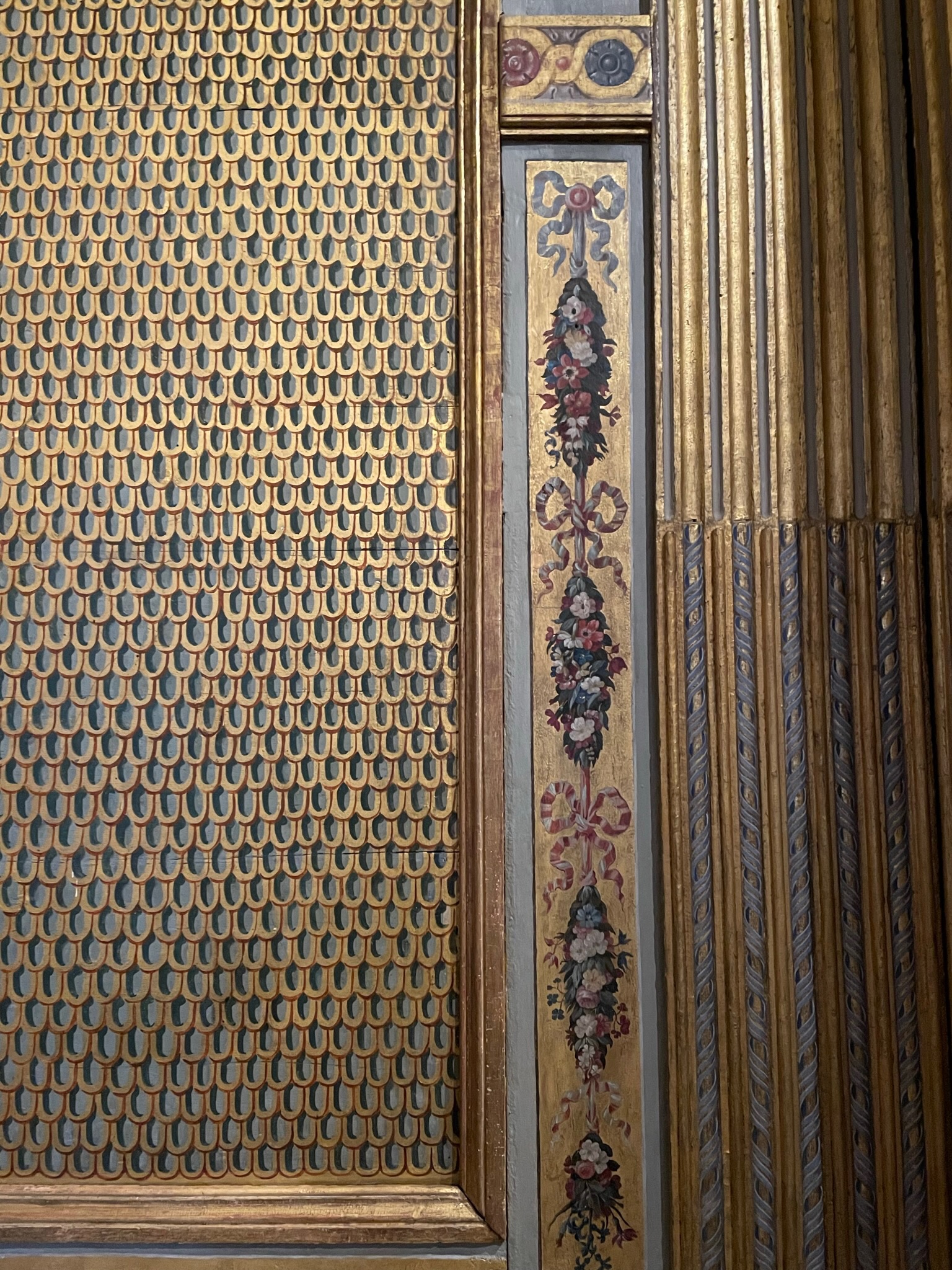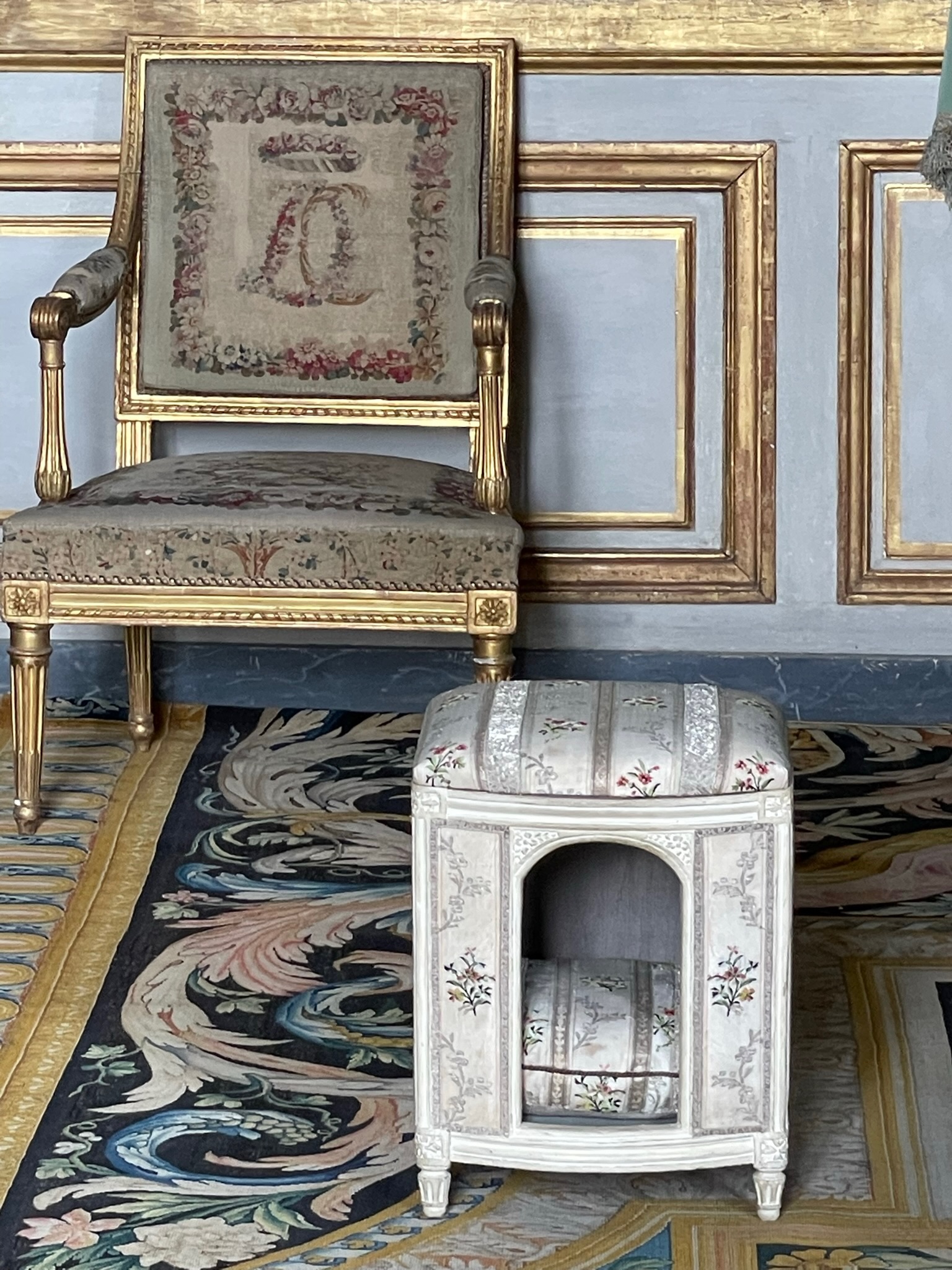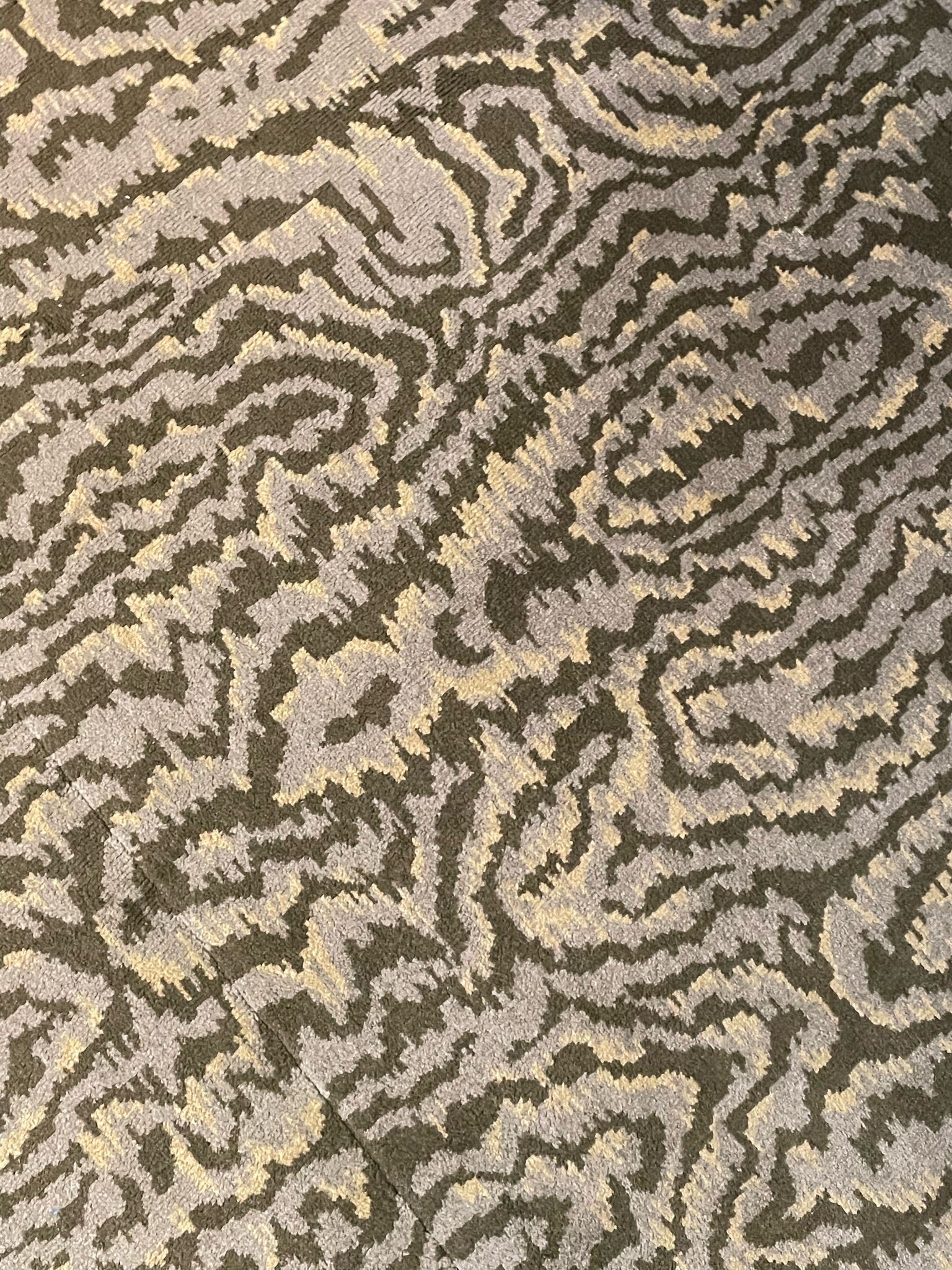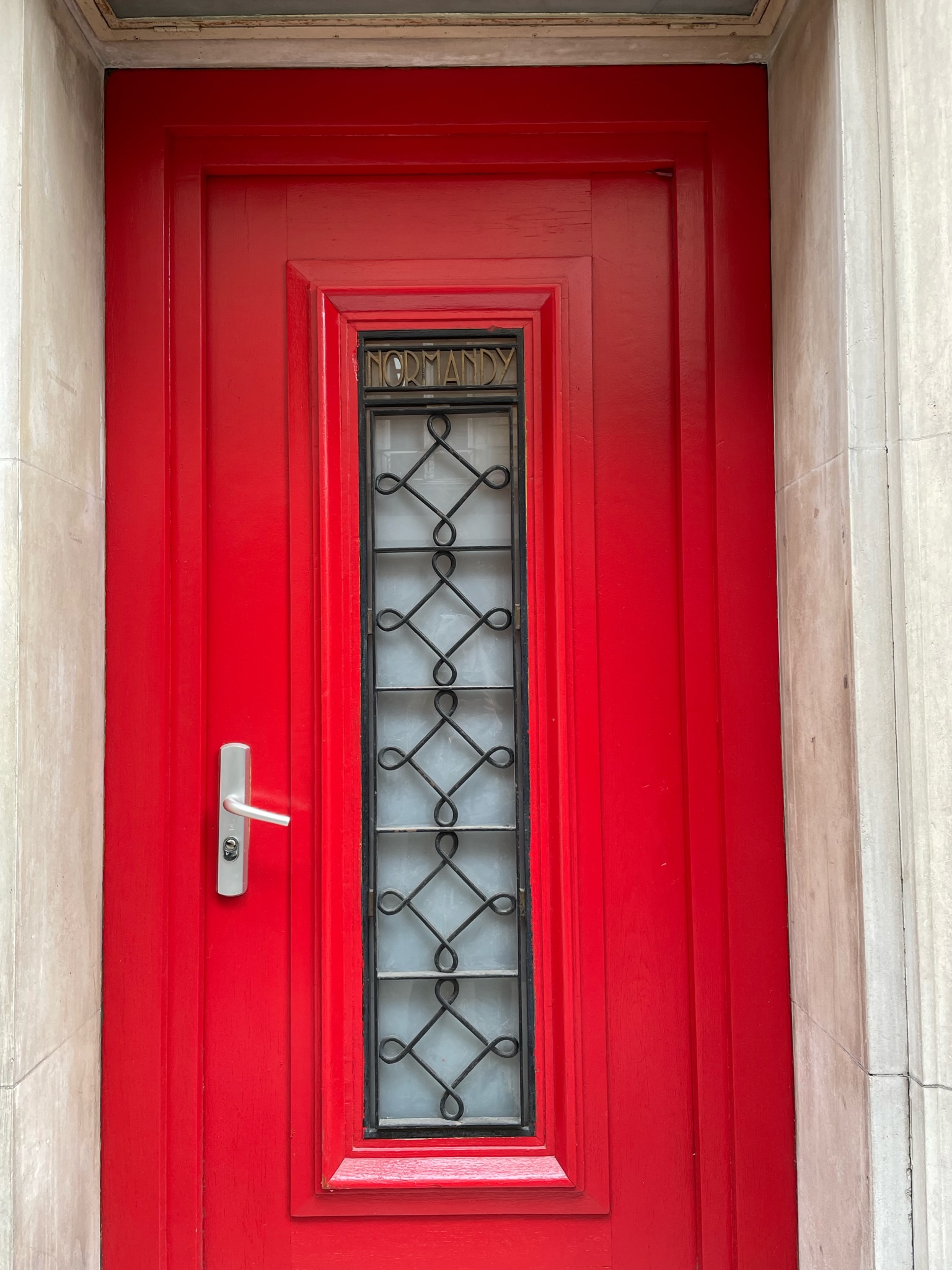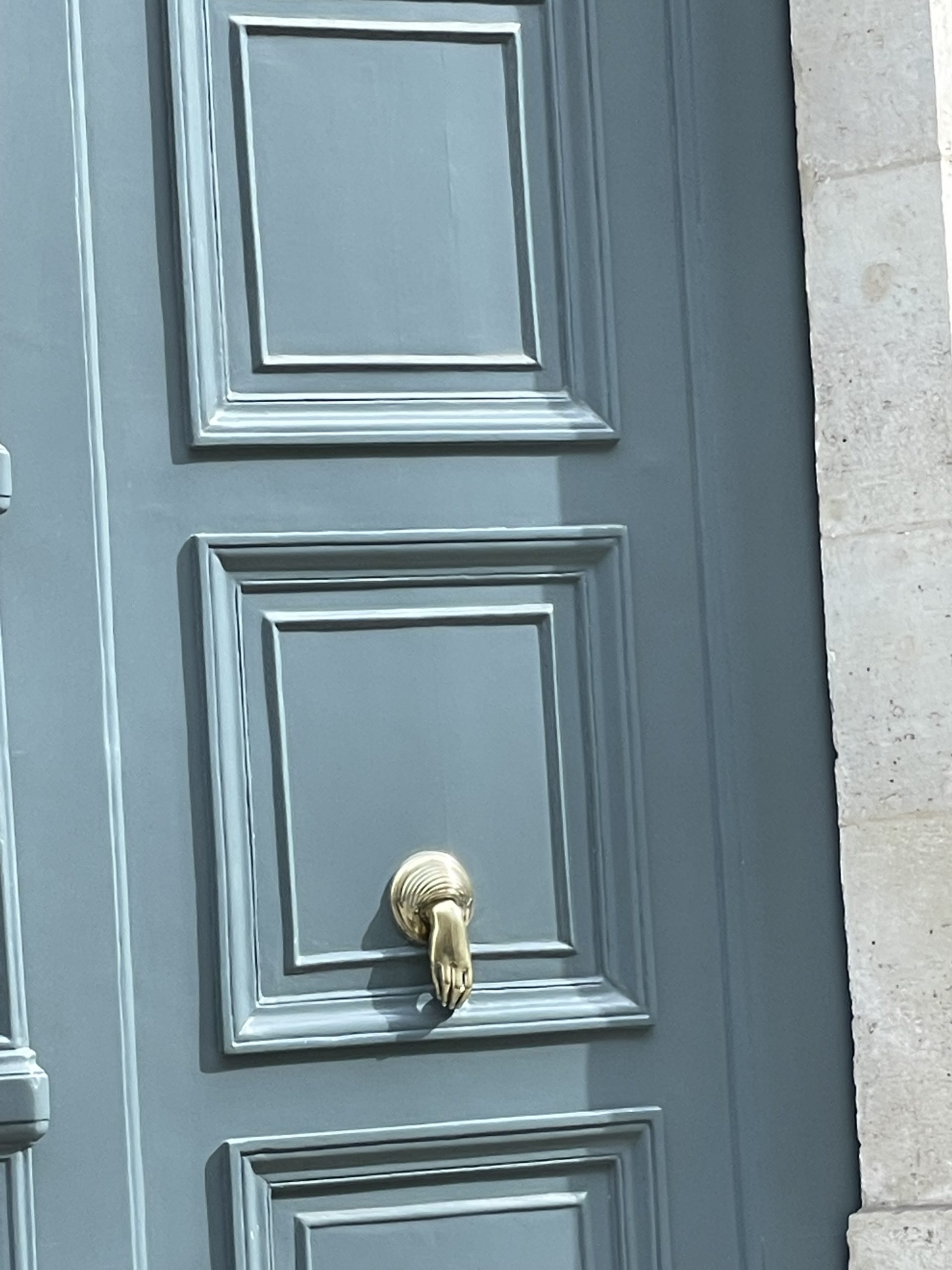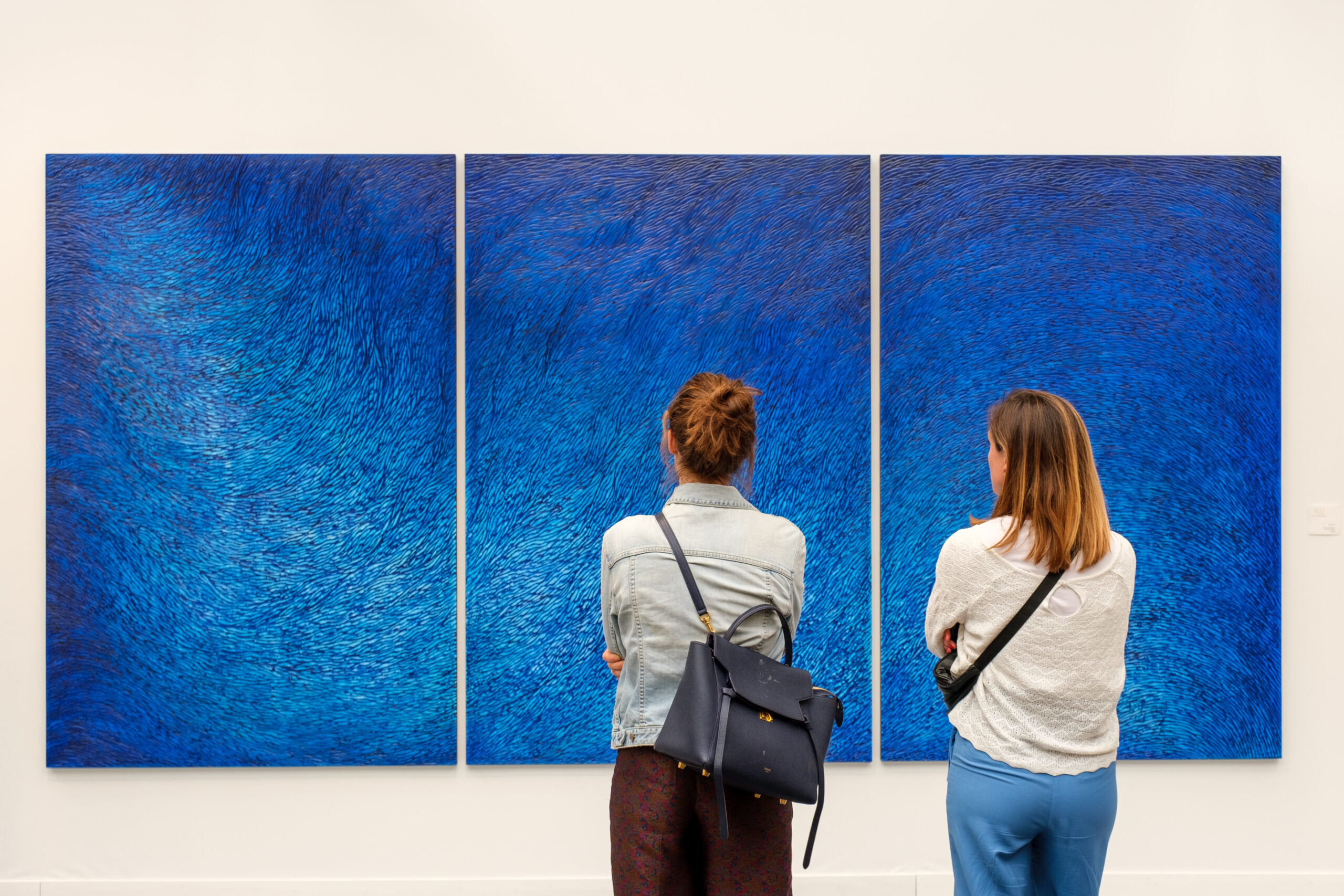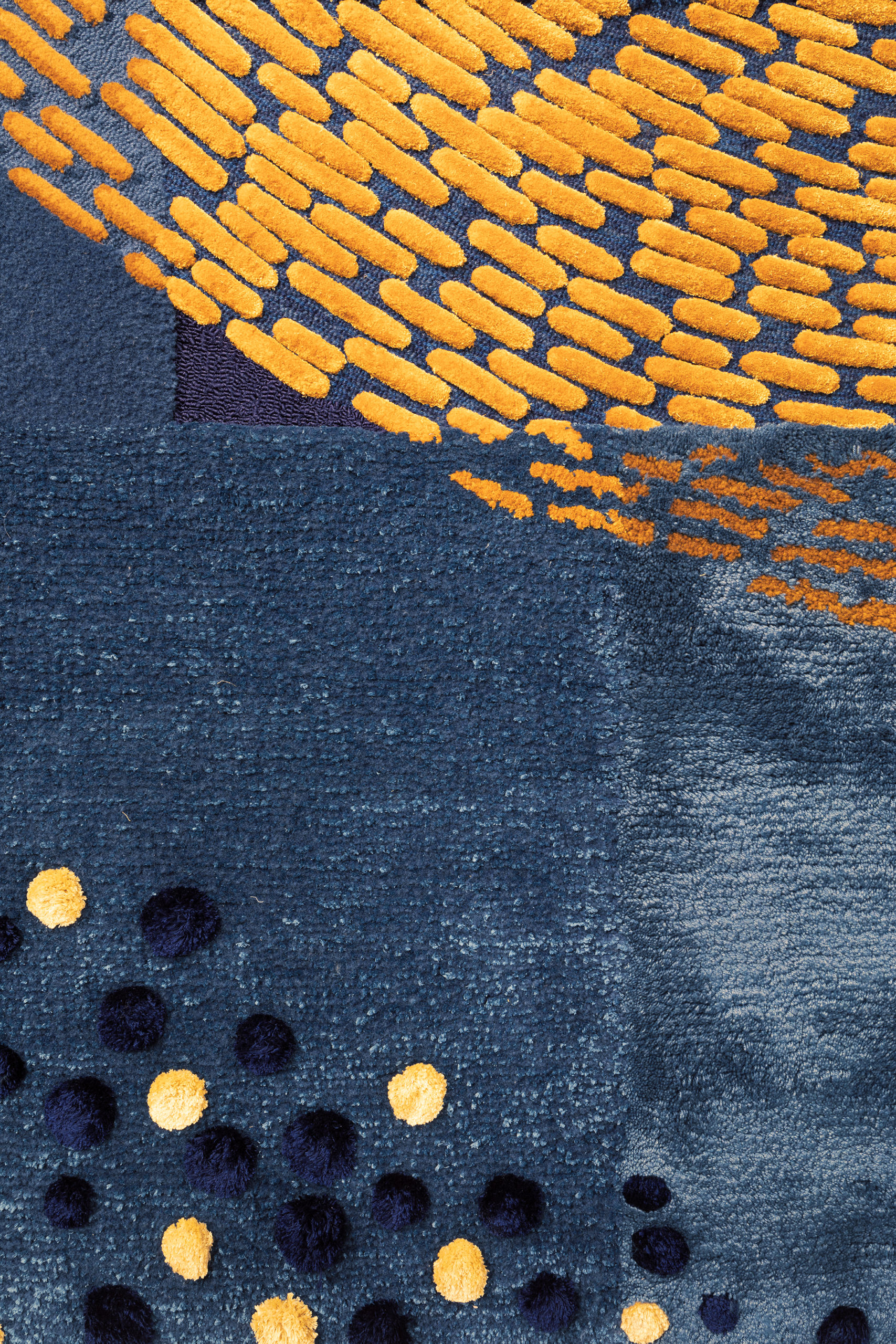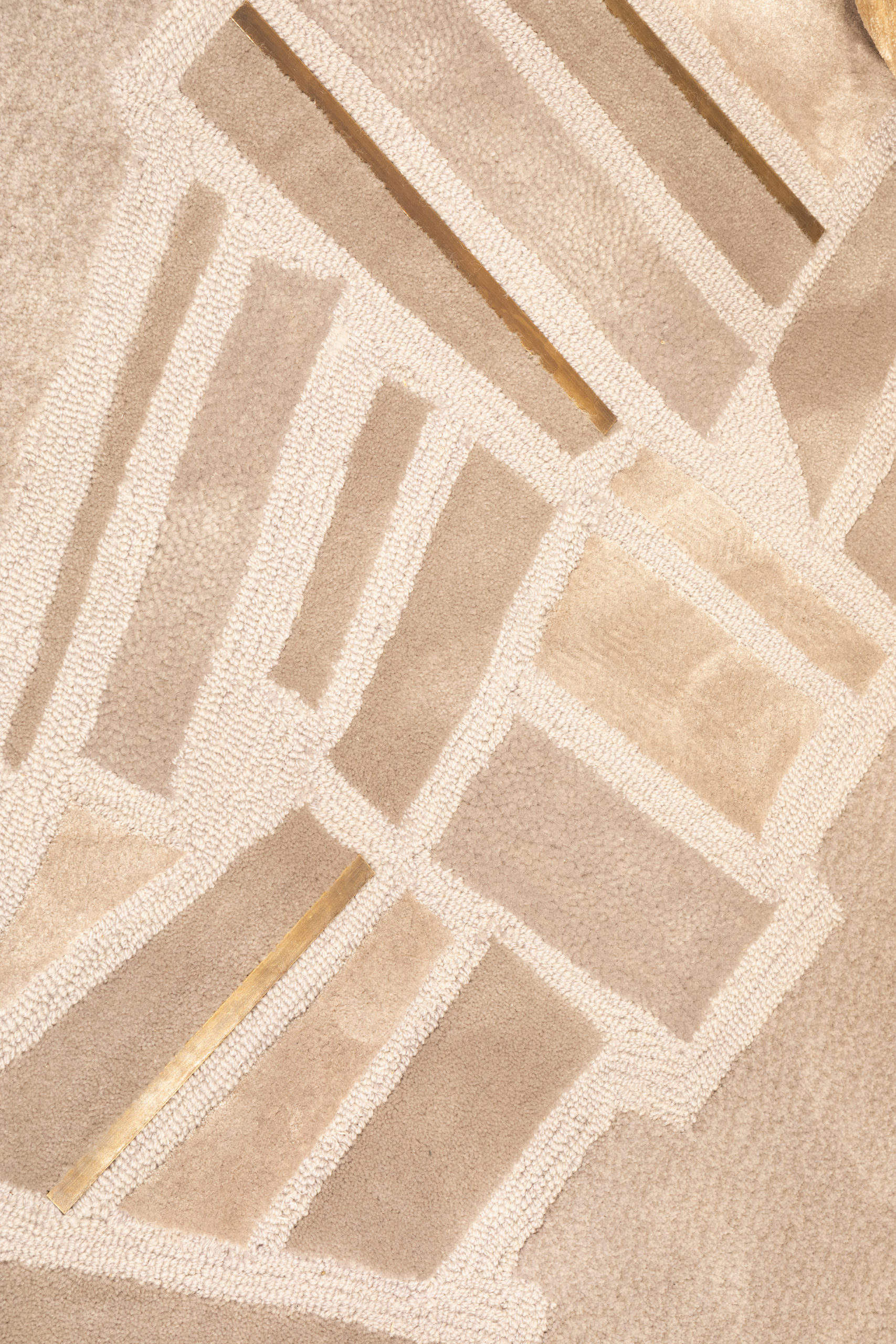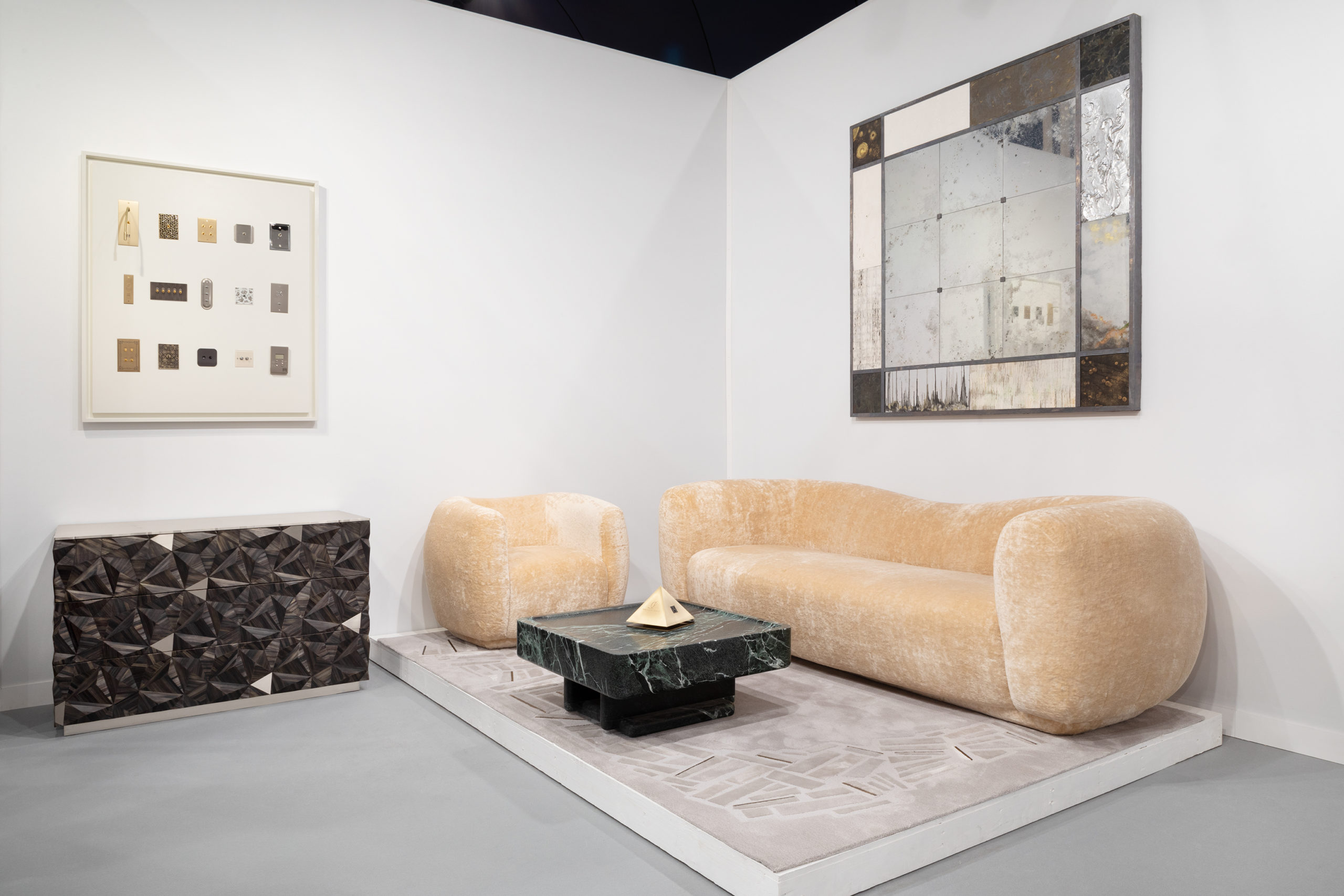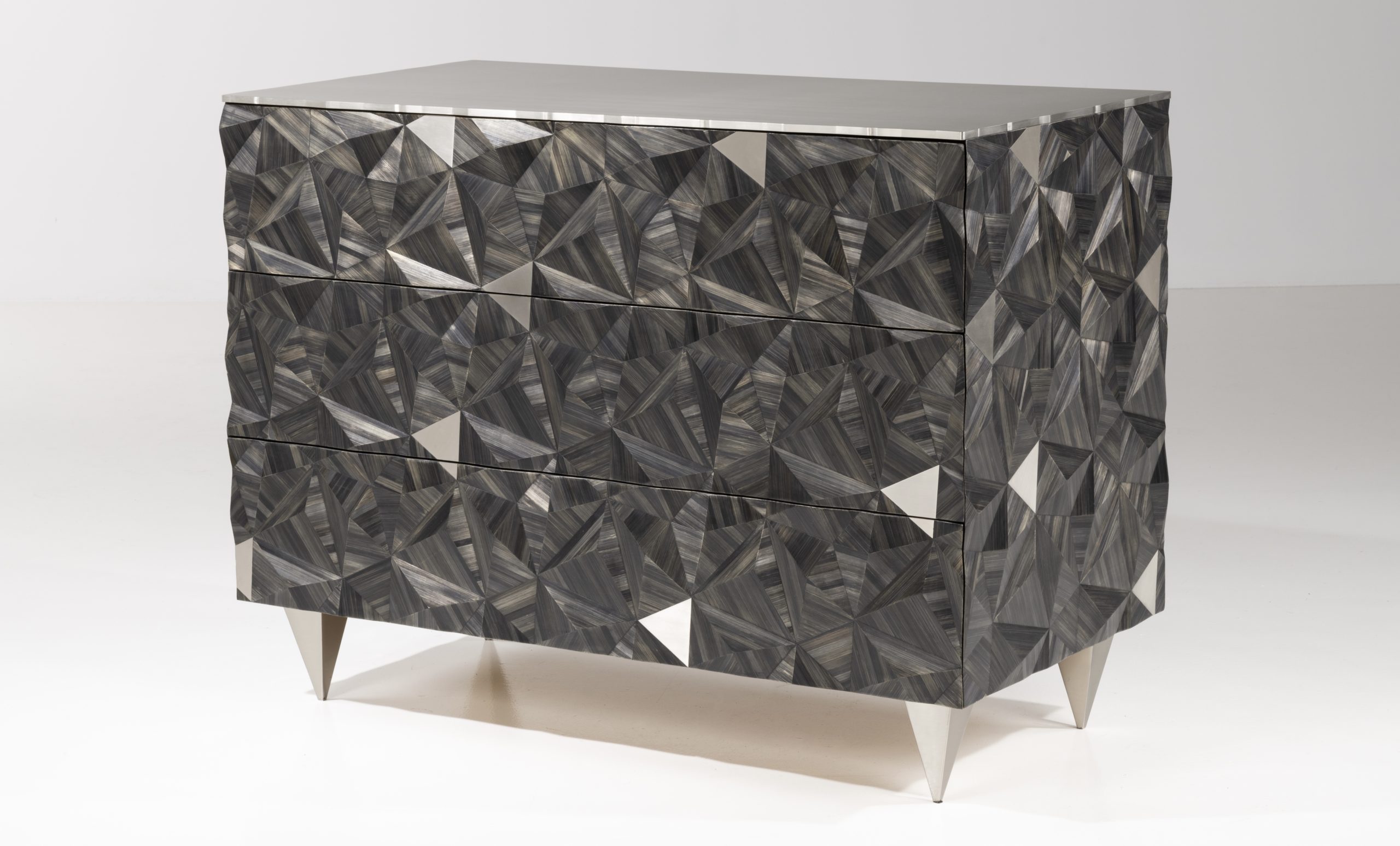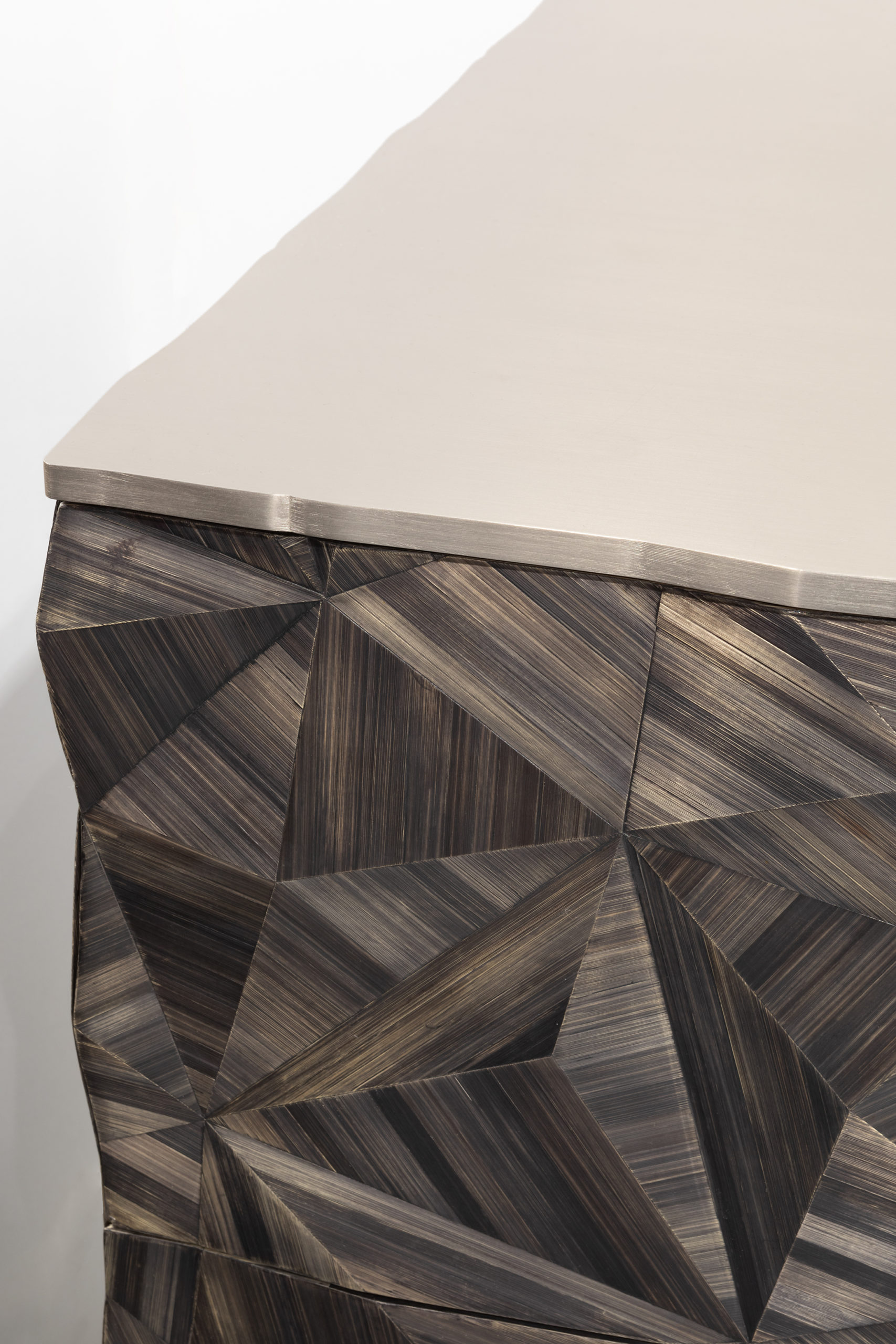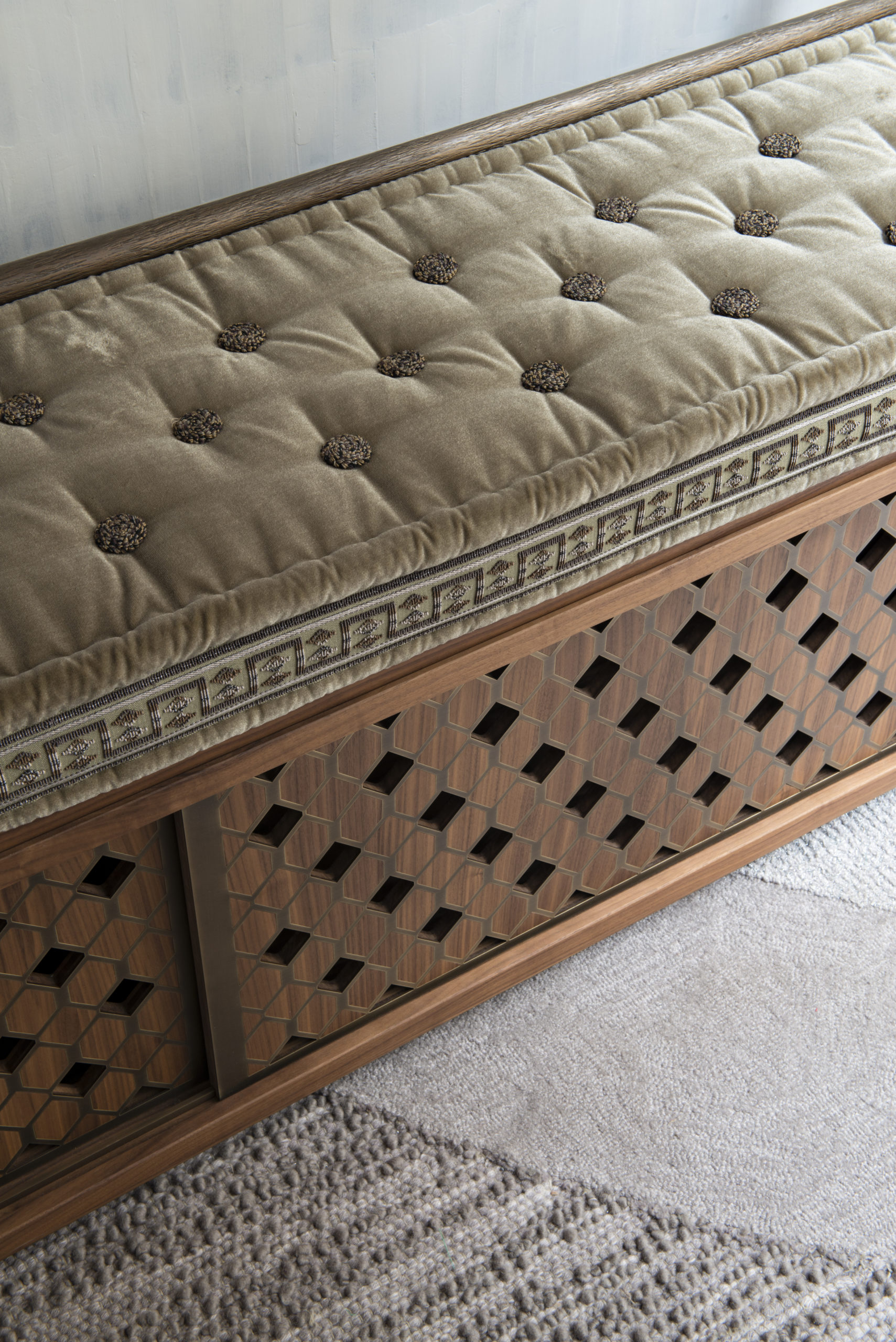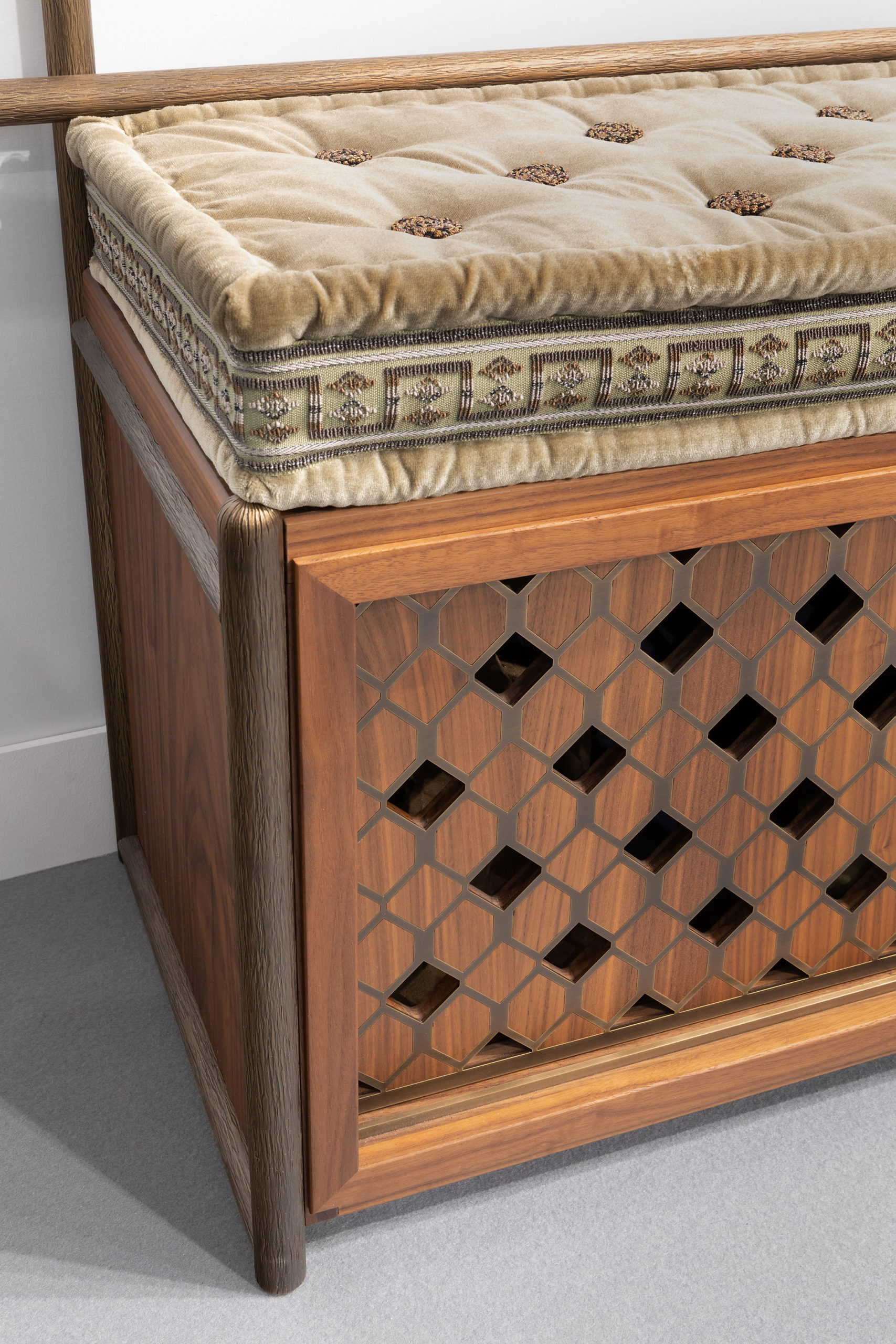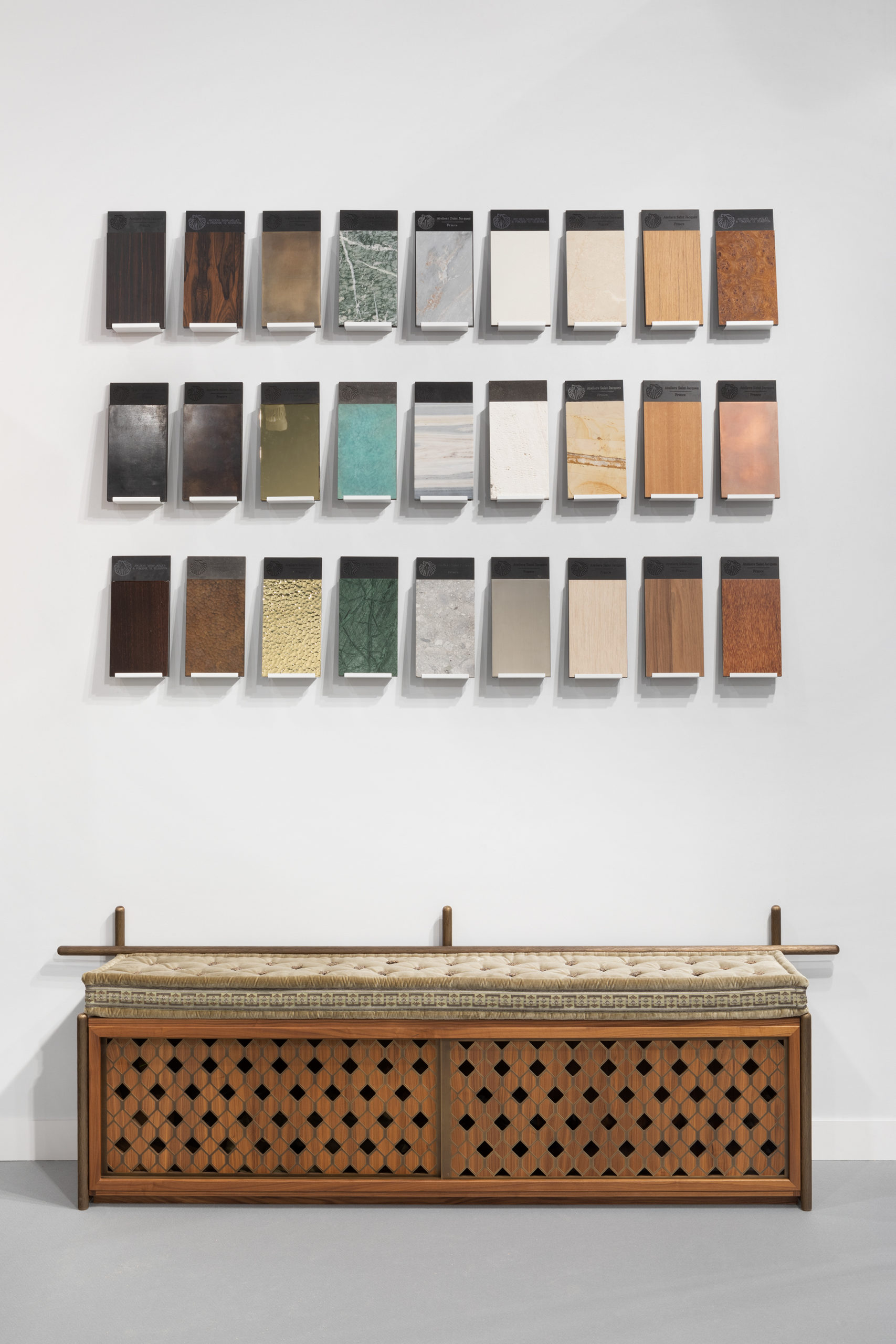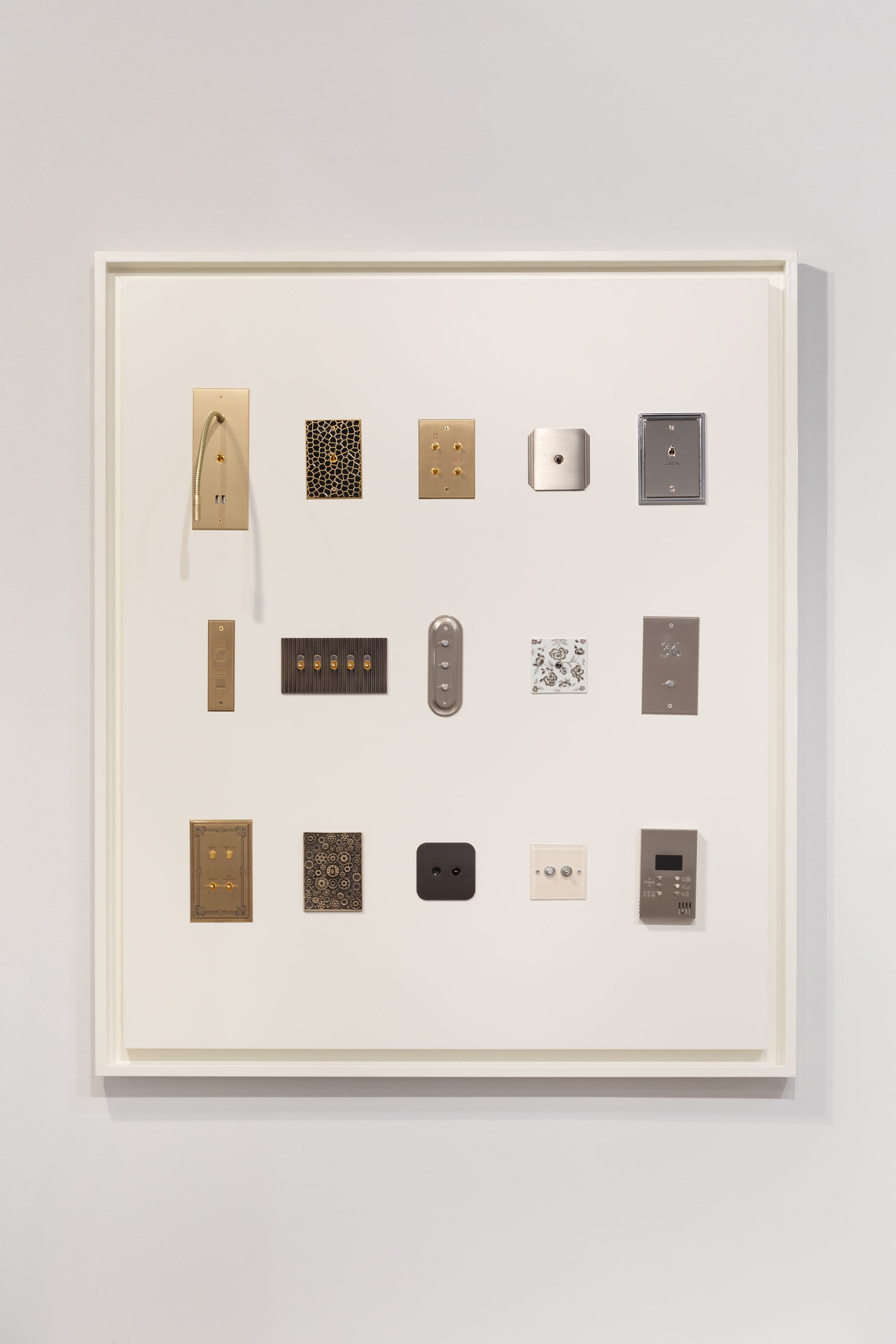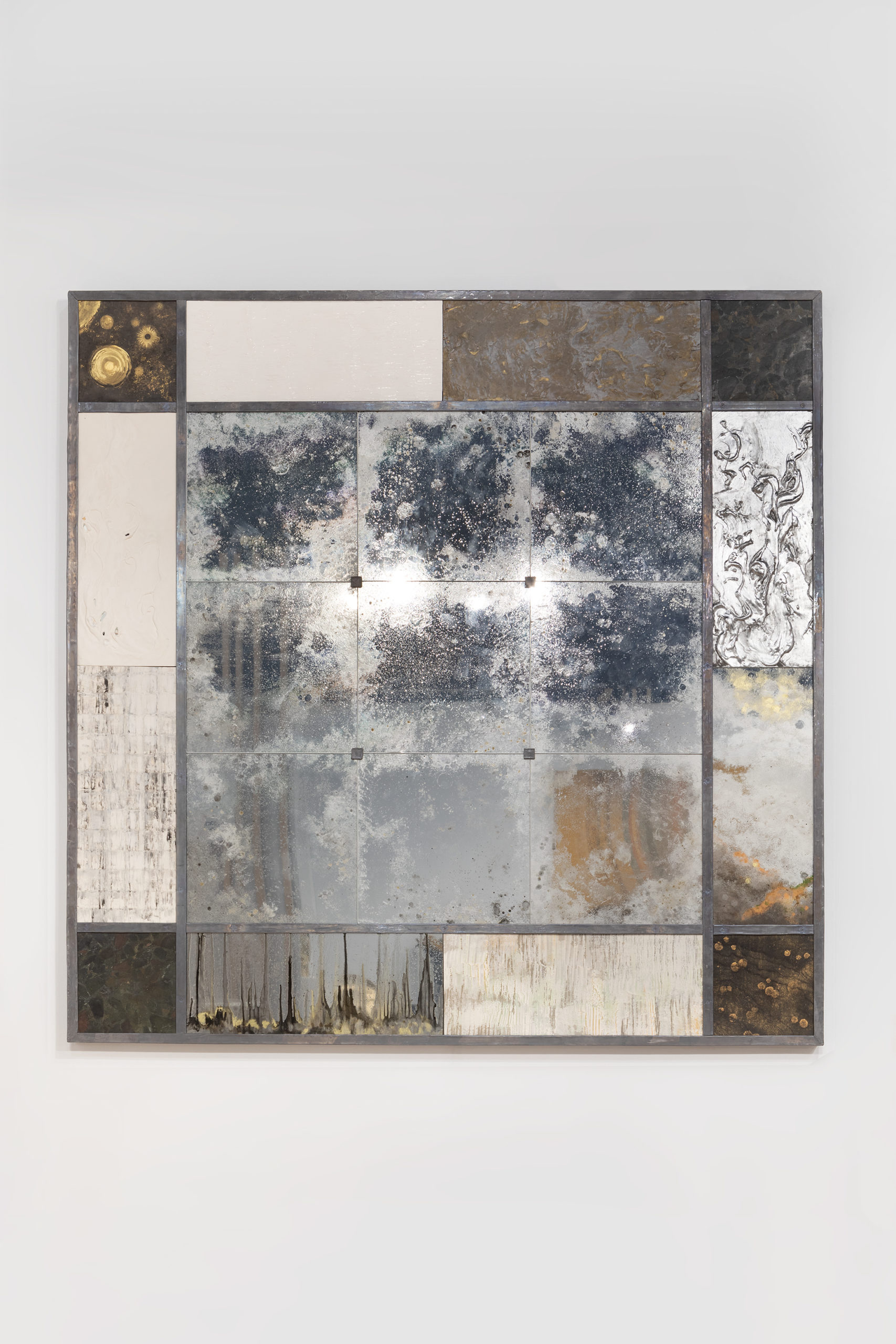Interview with Germain Benoit
We are thrilled to announce the newest addition to our collective: Manufacture Royale Bonvallet. Specializing in bespoke fabrics and dyeing techniques, Manufacture Royale Bonvallet enriches our collective with its exceptional French savoir-faire. We recently had a conversation with Germain, director of Manufacture Royale Bonvallet to learn more about this savoir-faire.
Welcome to Par Excellence! We’re thrilled to have Manufacture Royale Bonvallet join us. What motivated you to join our collective of French artisans?
Thank you, we are very honored to become a new member! Through previous collaborations with some of the first funding artisans, we got to know and discover the many talents represented in New York. The commitment to excellence in craftsmanship and the spirit of collaboration were key factors in our decision to become a part of Par Excellence New York.
Can you tell us about the history and heritage of Manufacture Royale Bonvallet?
Manufacture Royale Bonvallet was founded by Jacques-Alexandre Bonvallet in Amiens, France in the XVIIIth Century. It was a golden age for prestigious European textile mills such as ours. Until now, Jacques-Alexandre’s heritage carries on with unrivaled finesse and expertise. Our velvets, fabrics, gaufrages and prints have been dressing palaces to embassies, coutures houses to famous operas, historical landmarks to contemporary showrooms.
With a tradition dating back to 1756, how have you managed to preserve and pass down your expertise through the generations?
Like a movie, it starts with a script: Where is it? What’s the light? Who is there? What’s the story? What’s the object? How can Manufacture Royale Bonvallet bring its value In Situ? Then a mutual creative process can take place from choosing the right texture to bringing the right palette. There are many steps involved. First our laboratory will develop and sample for custom projects, then our artisans will manufacture with their best.
Next, creativity drives our workshop. We approach each new project as an opportunity to push the boundaries of traditional craftsmanship. Our team is constantly innovating, whether through design, the use of new materials, or the integration of more modern techniques.
Last, I would mention our expertise. Our unique expertise, passed down through generations, is the key to our reputation.
Your range of colors is truly impressive. How do you manage to create these customized formulas that define your Manufacture?
Colours have always been the prism where Manufacture Royale Bonvallet excels for many generations. We have an expert eye and deep colour memory. Of course, extensive archives of thousands of formulas are kept in our reserves and every day new colours come out from our laboratory. This is in our culture and family for many generations and a daily focus.
Sharing our expertise also involves refining traditional techniques. By encouraging our artisans to keep developing their skills, we ensure the vitality and relevance of our profession.
In this process, we meticulously documented our methods and creations, maintaining detailed archives of the techniques used.
What emerging trends is Manufacture Royale Bonvallet noticing in the luxury textile industry, and how is your company adjusting to these changes?
In a world of standardization, more and more people prefer to invest in handcrafted fashions, into the environmental and human integrity of limited scale productions and meaningful brands with substance. This is what we believe in and who we are.
How does the collaboration with Par Excellence represent an opportunity for Manufacture Royale Bonvallet, and what goals do you hope to achieve through?
To stay creative, we must cross borders. We’ll do it with Par Excellence.
Share
Interview with Christophe Fey
We are thrilled to announce the newest addition to our collective: Ateliers Fey. Specializing in the mastery of leather craftsmanship, Ateliers Fey enriches our collective with its exceptional French savoir-faire. We recently had a conversation with Christophe Fey, founder of Ateliers Fey, to learn more about the art of leather sheathing and his passion for his craft.
Welcome to Par Excellence! It’s an honor to have Ateliers Fey join our collective. What do you hope to achieve through this collaboration?
Joining Par Excellence represents an exceptional opportunity for Ateliers Fey to shine on the American market. Our goal is to showcase the excellence and finesse of French craftsmanship, highlighting the richness and diversity of our work. It will also allow us to forge close ties with other exceptional French houses. Together, we can share our experiences, combine our expertises, and find guidance in our expansion on the American market.
Your diverse range of specialties, from leatherwork to gilding, is truly impressive. Could you please explain what each of them involves?
Our range of specialities is the result of years of experience, of dedication to the craft, and a passion that the entire team shares for our savoir faire. Artistic leatherwork, our core expertise, requires a deep understanding of the leather. Working with this material requires not only an understanding of its unique characteristics but also great manual skills. Our expertise spans from selecting the leather and cutting it to its final assembly, ensuring impeccable quality and finishes. Gilding, on the other hand, is another specific craftsmanship, a traditional technique passed down by my grandfather. It enhances the sophistication and elegance of an object or piece of furniture.
What unique qualities or characteristics do you believe distinguish Ateliers Fey from other artisans in the industry ?
First, our dedication to quality and craftsmanship sets us apart. We make no compromises on the quality of materials we select or the techniques we employ. This discipline is what makes every piece we create special.
Next, creativity drives our workshop. We approach each new project as an opportunity to push the boundaries of traditional craftsmanship. Our team is constantly innovating, whether through design, the use of new materials, or the integration of more modern techniques.
Last, I would mention our expertise. Our unique expertise, passed down through generations, is the key to our reputation.
With such a rich legacy and traditions, how does Ateliers Fey ensure the transfer of knowledge and expertise to the next generation ?
We welcome apprentices and people following a professional retraining in our workshops. That way, they have the opportunity to work alongside our artisans. This allows them to discover our craftsmanship and to become familiar with all aspects of our profession, in the hope of inspiring future callings.
Transmitting our expertise also involves refining traditional techniques. By encouraging our artisans to keep developing their skills, we ensure the vitality and relevance of our profession.
In this process, we meticulously documented our methods and creations, maintaining detailed archives of the techniques used.
How does Ateliers Fey stay ahead of innovations while also honoring its rich heritage ?
We rely on a blend of tradition and modernity. We preserve the artisanal methods that have built our reputation while integrating contemporary techniques. We are constantly seeking to improve, both in terms of design and in the techniques employed.
Could you tell us more about a challenging or intricate project that Ateliers Fey has successfully executed ?
We had the honor of contributing to the creation of an exceptionally complex parchment marquetry ceiling with different volumes aboard one of the most prestigious yachts. This ambitious project included 8000 parchment pieces.
What methods does Ateliers Fey employ to ensure that every finished product upholds its rigorous standards of excellence ?
We apply a multi-step verification process involving several artisans to ensure that every detail meets our quality standards. Once production is complete, each piece undergoes a series of quality checks. I personally carry out the final inspection for our most important projects.
Can you share a memorable anecdote or story that illustrates the dedication and passion behind your craftsmanship ?
One day, we received an unusual request at the workshop: to fully upholster a bathtub in crocodile skin. To meet this challenge, our expertise was essential. We had to develop a specific varnish capable of withstanding cleaning products and moisture. The final result was stunning.
Are there any collaborations that Ateliers Fey is particularly proud of ? What made these collaborations so special ?
We had the honor of collaborating with the National Assembly, renewing the leather of the presidential desks and delicately applying gold leaf decorations. The work was entirely carried out on-site, in such a mythical emblem of the French Republic. It was an exceptional opportunity and a privilege to bring our expertise to such an iconic venue.
Share
Interview with François Pouenat
At Par Excellence, we are dedicated to preserving the legacy of French savoir-faire. It is with great excitement that we introduce our latest addition, the esteemed artisan: François Pouenat. Specializing in architectural ironwork and the creation of fine metal furniture, Atelier François Pouenat combines traditional techniques, specialized tools, and digital technologies to push the boundaries of creativity in the field. Today, under the leadership of François Pouenat, representing the 5th generation, the workshop based in Nevers crafts bespoke creations for renowned design houses. Additionally, they produce their own furniture line, including the renowned Barrel desk, recently added to the catalogue of the Mobilier National.
We are thrilled to welcome you to Par Excellence! What aspect of joining this collective are you most enthusiastic about and how do you plan to bring your unique touch into the group?
I am very honored to join Par Excellence. The idea of meeting, working alongside, and sharing with workshops whose expertise is remarkable makes me very happy. This emulation inspires and stimulates me. I emphasize this notion of sharing our everyday workshop life because I believe we all experience the same thing. I would like to share my energy and enthusiasm that drive me every day.
François Pouenat, as the fifth generation of your family to lead Atelier François Pouenat, what does it mean to you personally to carry on this legacy?
According to the testimonies of my parents, grandparents, and relatives, there has always been this desire to do well, to give a lot through the practice of the profession. Ultimately, when you take care of your profession by trying to evolve it with the available methods, with your experience, your rigor, your perseverance, it is you who grow and make your collaborators grow at the same time.
Therefore, I must honor this knowledge that has been passed on to me. By valuing it, by making it known to younger generations.
Atelier François Pouenat has a rich history dating back over 130 years. How do you balance preserving this heritage while also embracing modern design trends and techniques?
The profession of ironworker, a living heritage of know-how, embodies modernity. The raw materials, iron, brass, aluminum, are infinitely recyclable and come from the earth in the form of ore. It is therefore a profession with strong technical evolutions and whose ancestral gestures remain relevant.
Collaboration seems to be a significant aspect of Atelier François Pouenat’s work. Could you expand on how partnerships with designers contribute to the creative process and the uniqueness of your creations?
My artistic sensibility and design vision contribute significantly to my life. However, I am a craftsman, not a designer. It is crucial for me to make a difference between the two. They are very different professions but at the same time inseparable. One relies on the other. I cherish these exchanges and encounters. Sharing is the key to success. Giving, sharing. Stepping out of our comfort zone, that’s my relationship with designers.
Are there any upcoming collaborations or projects that you’re particularly excited about?
I enjoy all projects without exception because each one has its own story. Currently, we are working on a project for a Parisian apartment where we are constructing a rather complex staircase in the style of Mallet-Stevens. We have developed a very simple and effective patina that will give the illusion that this staircase dates back to the 1930s.
Atelier François Pouenat is renowned for its expertise in working with materials such as iron, brass, and copper. Can you discuss the unique challenges and rewards of working with these materials in your creations?
Brass has emerged as the premier metal for decoration. Its golden or bronze hue allows for the creation of an abundance of decorative elements without limits. Iron is experiencing a resurgence for both objects and furniture pieces. This material, with its ability to be forged into more free-flowing and organic forms, is growing in popularity.
Has there been a project that has challenged you?
The main challenge for me lies in the coexistence of digital techniques and traditional craftsmanship. I would like to find a balance so that the profession is perceived in a fair equilibrium between digital technicality and the ancestral technicality of handiwork.
Please tell us more about your workshop?
There are 23 of us in the company. There’s the design office, the craftsmen in the workshop, and my administrative colleagues who ensure that everything runs smoothly.
Can you share some insights into your design process, from concept to execution?
For a new project, we start in studying and producing samples. It’s often a lengthy process with many exchanges, questions, and trials. In my opinion, this is the most important part where everything must be perfectly defined. Then, the manufacturing begins in the workshop. There are often prototypes to confirm our choices and those of our clients. We also handle the installation of our works.
In conclusion, what are your hopes for the future of Atelier François Pouenat? How do you see Par Excellence contributing to those aspirations?
I aspire to create more and more exceptional pieces. This is what drives us in the workshop. Par Excellence will contribute to our reputation by highlighting our workshop with its unique history, close to traditional craftsmanship, always with the desire to give and share.
Share
New artisan Atelier Lebuisson - Interview with Delphine Nobili
At Par Excellence, we proudly uphold the essence of French craftsmanship and expertise at its finest. It is with great excitement that we introduce our latest addition – the esteemed embroidery and textile artwork expert: Atelier Lebuisson. With a unique savoir-faire in the realm of custom textile finishing, Atelier Lebuisson has become a reference of craftsmanship and creativity. Mastering diverse techniques like painting textiles and hyper-textured applications, Atelier Lebuisson pushes its craft limits, infusing its creations with endless possibilities. Its impressive portfolio includes iconic names such as Dior, Dior Métiers d’Excellence, Celine, Delvaux, Armani Privé, Fendi…
Par Excellence is honored to have you among its artisans of excellence! What do you believe the impact of this will be on Atelier Lebuisson?
Becoming a member of Par Excellence is an extraordinary achievement, representing not only a significant reward but also a truly unique opportunity. It allows us to proudly showcase our exceptional French savoir-faire to a wider audience, further enhancing our reputation and impact.
During our visit to your workshops, we were impressed by the level of creativity evident in your creations. Could you provide more insights into your expertise and share your sources of inspiration?
Atelier Lebuisson is an embroidery and textile workshop specializing in the creation of textile art. Atelier Lebuisson cultivates a distinctive style of embroidery that revolves around the manipulation of materials, painting, and textile craftsmanship. The primary goal is to maintain a delicate balance between tradition and modernity. Our inspiration draws heavily from design, the works of artists, as well as our own desires and the emotions we derive from the world around us.
Can you please tell us more about the workshop located in Paris?
We are located in Paris, just a short walk from the Place de la Bastille, a historic district known for its diverse craftsmanship. The first floor is dedicated to the creation and production on embroidery looms, while the second floor houses our meticulously organized archives in the showroom.
What sets Atelier Lebuisson apart in the world of custom textile finishing?
It’s our unwavering commitment to creative vision and our relentless passion for innovation and experimentation in the development of modern textile works.
Atelier Lebuisson has worked with prestigious Houses. Could you share some memorable moments or projects that stand out in your career?
The first significant project is always a memorable one. For this occasion, we crafted a collection of embroidered tarot cards, a full-scale tarot card deck. This unexpected embroidery collection served as the primary inspiration for Dior’s new artistic director, Maria Grazia Chiuri, who chose it as the central theme for her runway show.
How do you approach the creative process when working on a new project?
We follow a methodical and exploratory creative process. It begins with thorough research to gather inspiration from various visual sources. We then create a moodboard to capture the desired aesthetic.
Selecting suitable materials is crucial, as it contributes to the project’s uniqueness. After material selection, we move on to preliminary sketches to translate ideas into concrete designs. We also conduct technical trials to experiment and refine the necessary techniques for project execution. Throughout this process, our creative team collaborates to ensure the final result aligns with our vision and project requirements.
What are the materials or techniques that currently captivate your team the most?
Currently, our team is most passionate about working with materials such as bio-plastics, high-quality natural or recycled fibers, and the exploration of textured and non-textured painting techniques.
Could you shed light on the significance of French savoir-faire in your work, and how it contributes to the uniqueness of Atelier Lebuisson?
Hand embroidery, a time-honored skill, has been an integral part of our heritage for centuries. The craftsmanship we defend represents a contemporary creation crafted in France, where innovation allows us to seamlessly blend the richness of tradition with the vibrancy of modernity.
Can you tell us more about Atelier Lebuisson’s diversification into interior design and what it means for the company?
Atelier Lebuisson’s expansion into interior design stems from our strong fashion background. This experience drives us to constantly innovate in graphic design and materials. We now offer textile creations and enhancements that seamlessly fit into interior decoration and design. This diversification allows us to bring our unique sense of aesthetics and quality to the world of interior design.
The world of textiles and design is constantly evolving. How does Atelier Lebuisson stay ahead of trends and maintain a reputation for excellence?
Trends and excellence are far from being contradictory. I would prefer to describe trends as innovations, as they breathe new life into our craftsmanship and infuse it with dynamism. Excellence is an absolute necessity for the long-term viability of artisanal professions, ensuring their lasting presence and vitality.
What do you envision for the future of Atelier Lebuisson in terms of new projects, collaboration?
In terms of future plans, Atelier Lebuisson is considering the development of decorative panels and collaborating with other artisans of the Par Excellence collective.
We also have plans to partner with designers to create unique furniture pieces. Our focus is on combining creativity and craftsmanship to bring innovation to the realms of decoration and furniture.
Share
Our new artisan Delisle - Interview with Jean Delisle
Photo credit : Laurine Paumard Photographe
At Par Excellence, we champion the best of French craftsmanship and expertise. We are thrilled to announce that a prestigious lighting atelier has joined our collective: Delisle is an expert in luxury lighting, creating exquisite chandeliers, wall lights, lanterns, lamps and floor lamps. The majority of their creations are custom-made, and the house collaborates with the most famous designers past and present. From the lanterns of the Place de la Concorde to the great chandeliers created for Yves Saint Laurent and the Hotel George V, a multitude of prestigious Parisian lighting fixtures have been created or restored by these illustrious artisans. Established in 1895, Delisle has passed on its French know-how from generation to generation. Jean Delisle is the fifth generation to lead this historic family business. We interviewed Jean to learn more about Delisle’s expertise, how they work with architects and interior designers and how they have preserved their heritage for over 120 years.
We are so happy that you are joining Par Excellence! What are your thoughts on being part of this French design collective and what does it mean to Delisle?
Delisle’s mission is to offer our highly skilled “know-how” to interior designers and to create custom lighting and furniture. We are delighted to join the Par Excellence adventure in New York and to continue to bring our expertise to American designers. Being part of Par Excellence is a great opportunity for us as it combines talented artisans with unique French “savoir-faire”. It is essential for our company to collaborate and share our craft with architects and interior designers.
Can you please give us a brief background history of Delisle, your heritage and expertise?
Since its creation in 1895 by Henry Delisle, the Delisle company has been creating mainly lighting fixtures but also exceptional custom-made furniture while also collaborating with contemporary designers on their collections. Our core business is bronze.
Throughout the generations of my family, Delisle has always collaborated with great names in decoration: from the designers of the beginning of the 20th century to Jean Royère and Gilbert Poillerat during the Art Deco period and leading up to contemporary designers today such as Eric Schmitt, Christian Liaigre and Jean-Michel Wilmotte.
Your archive is a treasure trove of inspiration. Can you please tell us about this archive and how designers work with it? For example, you have over 10,000 drawings, including many of Henry Delisle’s Art Deco designs. Can you also please talk about the amazing collection of master models all made by Delisle and dating back to 1895 and how designers incorporate these elements in their designs?
We are fortunate to have kept all of our archives since the creation of the house in 1895. These original drawings and watercolors are a great source of inspiration for the decorators we work with.
The old models allow us to realize these objects in the most beautiful way. The culture of woodcarving was very strong during the 19th and early 20th centuries. The exceptional quality of some of our models allows us to offer the most refined pieces for our clients.
Can you please tell us more about the workshop located near Paris?
We have fifteen craftsmen working in our factory. Our in-house design office draws and conceives all of our creations. First, we start with the hand drawing, 2D and 3D through wood carving to 3D printing. Our workshop of bronze mounting and ironwork of art then takes over for the manufacture of our lights. We work the raw material by chiseling, turning and polishing. The last steps take place in our finishing workshop with the decoration, the crystal work and the electrification. We then work with many specific workshops according to their know-how: stone, marble, alabaster and rock crystal cutting, lampshade making, blown glass and curved glass, leather sheathing, straw marquetry, cast glass and so on.
Delisle is celebrated for classical designs and opulent chandeliers, but you are also well-known for working with leading designers to create contemporary collections. Can you please tell us more about this?
Henry Delisle was an exceptional designer and design is at the heart of our creations. We regularly create pieces of classic style but also from the Art Deco period and the 1950’s. Today we put our know-how and our expertise at the service of contemporary designers to allow their design to benefit from the traditional know-how of working the material and patinas.
You work with high-end hotels and stores, private residences, embassies and palaces, you create collections with designers and do restoration work (for example at Versailles). What are some recent projects that stand out for you?
We work regularly for high-end hotels and luxury boutiques. At the moment, we are participating in a major restoration of the suites at the Four Seasons Hotel George V in Paris. For the first time we have been chosen to create the lighting for all of the bathrooms in the suites. We have also created jewel wall lights for the recently renovated Cartier boutique on Rue de la Paix in Paris. Taking a design from the Cartier archives we created a wall lamp composed of black and white onyx and alabaster bronze patina with indirect lighting of LED. We are also creating lanterns with Boucheron for their new boutique in Tokyo. And we are working on many private projects abroad.
Has there been a project that has inspired you and one that has challenged you?
The history of our company that was created by my great great grandfather and passed on to each generation is probably the project that inspires me the most and also challenges me daily.
A recent project that challenged us was creating a very large chandelier for a stunning home in San Francisco. We were able to cut the weight in half by using laser-cut aluminum covered with brass sheets. Custom design pushes us to use innovative techniques.
Since 2022, we are the partners of the “Design Parade of Toulon” that rewards the best designers under 30. The young designers of today are an amazing source of inspiration. Their dynamism and passion for our crafts are a real source of joy and challenge too!
Can you please tell us about your recent project for an apartment in NYC where you created a stunning 6-foot-tall chandelier?
We had the chance to be chosen by an American designer living in Paris to create an exceptional chandelier inspired by the one in Hubert de Givenchy’s grand salon. Each element of the bronze and crystal assembly was designed and made to measure. This magical chandelier was then installed in a grandiose apartment across the street from The Metropolitan Museum of Art in New York City.
Jean, you collaborated with Lalique in creating the beautiful “Ginkgo” chandelier and wall sconces. Can you please tell us about this collaboration and what inspired this design?
I had the honor of working for Lalique in New York for over 2 years. I was in charge of the architectural products on the American market. When I joined my family business, I kept this important link with Lalique and we created this beautiful “Ginkgo” collection, the fruit of our two exceptional skills: bronze and crystal. The “Ginkgo” chandelier is a nod to a grandiose chandelier we created in the 1930’s for the InterContinental Hotel in Paris.
You also collaborated with one of our Par Excellence artisans, Lison de Caunes, on a bronze guéridon. Her straw marquetry tabletop is exquisite and the top with your bronze base is just stunning. Can you please tell us about what it was like working with Lison?
It is always a real pleasure to work with Lison de Caunes. She is a great craftsman and we share the focus on finishes. One of our first collaborations was a guéridon for the “Structure” collection that I designed. Her knowledge of straw marquetry materials and her attention to detail were invaluable in choosing the right straw marquetry pattern and colors to match with our bronze creation.
How do you manage to take Delisle forward while keeping what made your company’s reputation?
Our creative tradition is our reputation and keeps us moving forward. We are fortunate and honored to work with designers who challenge us. Our know-how is challenged by their ideas and forces us to surpass ourselves.
As a true conductor of arts and crafts, we call upon a multitude of skills on a daily basis: wood sculptors, marble workers, glass blowers, chiselers, decorators and crystal makers. These know-how’s are now combined with new technologies such as 3D scanning and printing, laser engraving and multiaxis machining.
Our core values are quality, service and creativity.
How do you differentiate yourself from other lighting companies?
The heart of our business is the creation of custom lighting for nearly 130 years.
The creation is made to measure from an idea, a sketch or taken from the archive. Delisle has an exceptional historical collection of more than 4,000 antique models and 12,000 drawings in the archive to find inspiration from past projects such as the Tsarskoe-Selo Palace in Saint Petersburg, the Royal Opera and the Grand Trianon in Versailles and Yves Saint Laurent’s private homes designed by Jacques Grange.
Today, we continue to work with the most prestigious designers and architects such as Pierre Yovanovitch, Jean-Michel Wilmotte, Eric Schmitt, Michael Smith, Andrew Winch and many more.
Jean, you are the 5th generation of Delisle to run this family business. What does it mean to you to carry on your family’s wonderful and important legacy?
It is a joy to be able to carry on the family legacy. I am doubly lucky: I love creation and craftsmanship and the core business of Delisle is the creation of arts and crafts.
I couldn’t have arrived at a better time, and I hope to be able to pass on this joy of creating with and for our customers!
Share
« What inspires me » by Thomas Pheasant
In 2019 we asked the esteemed American designer Thomas Pheasant to design our new showroom. We gave him no parameters as a client and the only stipulation was to use all of our artisans and their talents to highlight their incredible savoir-faire. He delivered beyond our expectations. He transformed our classic downtown New York City loft-style apartment into an extraordinary space – a beautiful and serene environment that showcases what our French craftsmen can create through the lens of an American designer. We were thrilled to sit down with him in our new showroom and hear about his design process from visiting the workshops in France to having an “aha” moment when he saw a piece of metal and to learn what inspired him as an eight-year-old child that led him on the path to design.
Today is the first time seeing the new showroom that you designed. What was your reaction when you first walked into the space?
It was wonderful! The feeling that I wanted to express in my design was the idea of a cloud, an escape from the city outside, so I feel like I accomplished my aesthetic goal. I think that the whole feeling of the transition that the apartment went through is pretty dramatic. It is great to see all of the different separate elements come together to create one concept, and that was part of my goal. This is used as a showroom but a lot of showrooms you go to are a collection of various designs from different artisans or workrooms that are totally independent of a single idea. So, it is like going to a grocery store and you are picking from different elements. I wanted to bring all of these artisans together so that it would be similar to a residential experience where they are working on a vocabulary that is unified through one designer. One can see not only the quality of work by each artisan but how a designer or architect can achieve their artistic goal through the collaborative talents offered at Par Excellence. So that someone coming into the space for the first time experiences more than a variety of samples, but an actual creative collaboration.
What was your starting point for your design?
The actual starting point was the floor plan which was led by the rug design. I wanted to bring a circular motion into this rectangular space to eliminate the feeling of a box. The circular frames of the windows are a very nice architectural element in the space and I wanted to connect to them. The rug design led me to create the dome for the ceiling which reinforces this circular momentum between the two planes. The curves of the sofa echo the design of the carpet as well as the outside curve of the dining chairs and the curve of the niche.
How did you become involved in this project?
The project started when Guillaume (the CEO of Par Excellence) reached out to me upon the suggestion from Romain Jouffre as I had been working with Jouffre for some time. I went to visit the artisans at their various workshops around France and it was great to see what they do. In my studio work in Washington D.C., more and more we are seeking workshops to learn what they do and then create, as opposed to creating something and then desperately trying to find someone who can fabricate it. By visiting an artisan’s studio and seeing their skills being performed, I think it is a better way to spark creativity. For me it is a learning experience and a luxury to get out from behind my own desk and truly collaborate.
Seeing the artisans at work is a great way to understand their savoir-faire. The artisans can create whatever you dream of as they have the skills. You bring the ideas and they can execute.
Yes, for example, when you go to the workshops at Ateliers Saint-Jacques you see artisans working in stone, metal, bronze and wood. The workrooms are multiple and large, you can easily spend a full day there.
You have worked with Jouffre before. Did you have any great new discoveries working with our other artisans?
Yes, I have had Jouffre create unique pieces for a few of my projects including my own home. Regarding great discoveries, the carpet design is a perfect example of implementing new ideas. After just my first meeting with Manufacture de Tapis de Bourgogne at their workshop and talking with them about the designs for the carpet and what they can do, we discussed the addition of bronze elements into my design. They were totally open and interested in working with me on creating something special. The metal elements crafted by Ateliers Saint-Jacques inspired the name of the carpet design, “Ingot”. It would not have occurred to me to use metal in my carpet but here we are! It was in my mind that I was going to have bronze elements in the space as I often connect materials throughout my interiors. Carrying through – not just color, but texture or patterns or shapes like the silhouettes of the sofa and cocktail table. People ask me what do you think makes a serene interior, what makes a special interior? If it is hard to find the words, that is a very good thing. Often, it is in the things you don’t immediately notice. You can come in here and say, “I love the sofa, I love this, or I love that”, but what is it about the dialogue between everything that makes a room come together in a special way that is instantly recognizable. My interiors are subtle in a way, but I think for a successful room it takes a long time to discover everything the room has to offer. That is
important to me. Simplicity is not simple.
It is serene but full of so many details. With the carpet – did you have an aha moment – let’s combine metal with the pattern?
I knew the pattern I wanted and the metal idea came about after visiting Ateliers Saint-Jacques and seeing what their metalworkers could create. This also led to the bronze metal screen details on the fireplace. Then there was my collaboration with Atelier de Ricou. What I wanted them to do with the wall panels is so subtle. They can do anything, and their portfolio is so unbelievable. The wall panels have such a subtle texture but for me it is so beautifully executed. A lot of people can make me a sample but to carry out the panels in the way they have is so refined and is not easy. The wall texture is not an obvious show piece like the ceiling feature when you walk in and say, “oh my gosh”, but it is the quiet elegant support of the whole idea behind the interior. You want to give your eye the opportunity to wander and discover.
This subtle combing technique and texture is beautiful. How did you come up with this idea?
Pierre Soulages is an artist I love. I had seen an exhibition of his artwork in black at the Louvre and I took many photographs as I loved the texture he creates in his work. I sent Atelier de Ricou a photo with the texture and said this is what I want to achieve on the walls, and they were able to interpret his technique into wall panels.
That is what I like about Atelier de Ricou because you think it is one thing and it is something else. Like a trompe l’oeil effect. Can you please tell me about the interesting design of the console table?
It was crafted by Ateliers Saint-Jacques and it is made of cerused oak. My original intent for the console was to do it in bronze but it segued into wood which I think looks great. I liked its contrast to the softness of the walls plus it ties in with the finish on the dining chairs. For the design, I was playing with ideas, and I ended up with this wave of wood strips that create a movement. I went to Japan right before the pandemic and it was very influential for me. It wasn’t at all a conscious thing but as I stare at my work now, I am a collective of everything I have seen and been inspired by so maybe there is a bit of a Japanese influence coming out in this design.
Can you please tell us about the padded wall panels made by Jouffre and sconces made by Ozone that are behind the console?
I wanted to bring in some contrasts in color and texture as I didn’t want the whole room to be white. I had the wide white textured panels and I wanted something that would break up the wall elevations and soften the space. I knew that I wanted to use those sconces (the Gélule Wall Lamp by Ozone). The padded fabric panels are almost echoing the feel of the sconces – this sort of rounded vertical tube. For the sconces, which would typically be spaced apart on each side of the console, I wanted them to be seen as illuminated wall sculptures. I placed them together and off center to elevate their sculptural quality.
The dome ceiling is really a showstopper along with the sofa, coffee table and chairs. Can you please tell us about your thought process on designing these?
The dome ceiling is incredible. Here is another wonderful example of how I brought together two of Par Excellence’s artisans to create such an exceptional piece. The plaster dome was crafted by Auberlet et Laurent. Ozone made the bronze plate and the lighting elements. This highly reflective brass gold tone of the bronze plate is meant to carry the material from the sconces over to the sitting area. The coffee table is very heavy but it is just so pure. The shape that was on my mind when I was doing the upholstered pieces echo this shape. The subtleness of the gentle curve to the top edge is amazing. To me it is almost like water that is trapped like a pond on the edge of a pool of water. You want to touch it.
The shape of the sofa is so unique.
The sofa was created just for this space. Everything in here is trying to break the rectangular use of the room where one would normally put the sofa in front of the window with chairs on either side and a rectangular table. It is freeing. Taking advantage of space even though it is not enormous you can create a lot of air by floating pieces. Even though it is a long sofa by cutting away the mass in the back of the sofa you are allowing the air to circulate more freely and the view of the room opens up. The large sofa is similar in scale to the ceiling dome. These ceilings are not high, so it goes against the logic that if a ceiling is low one does not want to have something big. Large is not an enemy of small spaces, it’s how you manipulate the mass that matters.
Is this your first time working with straw marquetry?
Yes! Again, it is a workshop where they do everything. You go there and see the colors and what Lison de Caunes has made in furniture, wall panels, and screens. The straw marquetry in this showroom space is subtle compared to all the amazing work they create, but the work is perfect. She does so many beautiful things with patterns as you can see with what she did with the niche. Again, it is taking an artisan who can do almost anything and to present their know-how in my voice. This is part of the message behind the design of the showroom as they offer so much to all forms of design. A traditionalist can benefit from working with them. Somebody who is over the top with color can work with them. This is my voice using these great artisans. I am the conductor, and they are the orchestra, and this is my music. I will absolutely use straw marquetry again. Like what I did with it in the showroom, they are not limited to furniture but for creating architectural and sculptural moments in a space.
Souchet Woodwork Seats made the dining chairs. They are beautiful and feel like sculpture and not what you would normally think of for a dining chair.
I wanted a curvaceous shape that echoed the forms of the sofa and tables. I was playing with the form and wanted to take advantage of what Souchet has to offer. The wood base of the chairs not only relates to the cerused oak of the console but the form adds a sculptural quality that can be found in every piece in the showroom. I think they are beautiful and the upholstered seat by Jouffre adds the perfect combination of form and comfort.
Sometimes the dining chairs get overlooked but here you almost see the chairs before you see the table.
Actually, it is the back of the dining chair that can matter most as that is what you typically see first. That is why so much attention was paid to the scroll detail along the back. These are
definitely chairs you want your guests to see.
What does French craftsmanship mean to you and why is it important?
It is the tradition, the heritage, the legacy and the generations and centuries of developing the craft. There is so much to know. I really believe that the more you understand the past the better you can present the future. I think there are so many things that you can learn by observing. By going to these ateliers and watching and seeing what they can do. I tell design students that textbooks are great and the internet is great, but you have to physically go out and experience architecture and design. To physically experience things. I think there is something about the beauty of an experience that resonates and lingers. It shapes your learning process. Many people can recognize ugly. But the same is true with beauty. You may not be able to draw it yourself or you may not be able to build it yourself, but I think there is a recognition that people have for appreciating beautiful design. I have a great story about my father. I took my parents to Paris in 2004. I just wanted them to see what I was experiencing in my travels. We went to Versailles. My father is not a good traveler. So, I was afraid that this tour would be too long for him. When I got to the end of the tour and I didn’t see him so I thought he had left. I went back through the museum and I found him mid-way. He was in a room all by himself staring at the paintings and at the details. He was in his own world. I just observed him as he was observing. It was so beautiful as here is someone who I didn’t think would connect but he totally connected to the beauty of it. We all do it at different levels. The more experienced we are the more aware we are and you look deeper into what you are
viewing. I think the same thing is true about learning from artisans and finding new voices to help you express yourself artistically. That is part of my attraction to Par Excellence, to be able to push my own creative envelope through the experience of artisans who have been working in their crafts for many, many years. I am sure the reverse is true for the artisans. If you go to Ateliers Saint-Jacques these are craftsmen who are doing restorations at Versailles. They have more than mastered those crafts and the ability to reproduce tradition authentically. But I think challenging the same people to do something with the same materials but in a modern vocabulary I think that is an exciting challenge for both the designer and the creator.
Was there a key moment when you decided to follow your passion for design?
I started my college education in architecture and loved it, and still do. There was a professor who I was working with in my second year who I had presented a project to, and he told me, “Tom, you are the only one who brought me inside and then took me back out and it was all in one unified voice. We have an incredible interiors department and I think you might want to take some classes as you are obviously connecting the interior and exterior”. So, I did that and it didn’t take long for me to realize that this new venue was very right for me. Architecture is at the soul of everything that I do whether it is furniture design or creating the spaces that I work in. So, it was a fortunate moment for me that a professor saw me as an individual and gave me some guidance that turned my head a little bit and put me in the right direction. But farther back then that – it wasn’t a realization of what I wanted to do but it was my first connection. I was in 3 rd grade and went to The National Gallery of Art on a field trip with my class. We were standing in the rotunda in a single file line waiting for the tour guides to come and take our group through the galleries. We were waiting in the rotunda and I was looking up at this incredible building designed by John Russell Pope which at the time was his perspective on the evolution of classical design. Interestingly, it was also designed in an era when modern architecture was at full thrust and reproducing classical ideals wasn’t really considered relevant. As an 8-year-old standing in the rotunda I remember being amazed by this space and that I had never seen anything like it. I remember going home to tell my parents about this amazing building, and stating, “I wish we could live there!” At the time I didn’t realize all that I had taken in but as an adult and being able to remember that moment I realize again it speaks to that human connection to something that is beautiful. I had no experience in this kind of architecture but on a human level it really grabbed me. It created a foundation for me that would continue throughout my life.
Several years ago, you won a John Russell Pope award from The Institute of Classical Architecture & Art. It seems like you have come full circle after hearing this story about the rotunda.
Yes! Also full circle, when I did my book, Simply Serene, I asked one of my clients to write the introduction because she was the Chairman of The National Gallery of Art and her offices were in the building that I experienced as a child. I thought, oh how beautiful that my opening story talking about this experience and then this client who I had done a number of projects for and who knew my process and knew me very well could give her take on Thomas Pheasant. You almost can’t plan that. It is really a beautiful connection. Sometimes I do think I am on a distinct path as I have had so much good fortune.
Are there any contemporary designers that you admire?
There are a lot of contemporary designers that I respect from all over the world but not necessarily the designers who do the style of work that I do. I am more interested in the spaces that are outside of my box, outside of what I do. There is a lot to be learned. And you can get inspiration from so many people and places. I am also inspired by French modern designers from the 1940’s and 50’s and what they were doing and their streamlined view of modern design. Being brought up in Washington, D.C., a city that is full of classical architecture and design, I try to reimagine classicism in new ways. I try to do that through my own personal lens.
I heard that you are a big Francophile. What are your favorite things about Paris?
Oh yes! When I am in Paris, I just walk and wander a lot. Because in my studio in the United States we are constantly working and we are in our studios or we are traveling for projects, it is a pretty intense scheduled lifestyle. The beauty of my time in Paris, and one of the reasons I go, is because the clock stops the moment I arrive and I sleep longer, which is great. I have the opportunity to be an observer and to walk and to visit galleries and to think. It is a luxury that we don’t realize in the States, how little real quality time we give ourselves to digest our thoughts.
How do you stay creative as you have had your career for such a long time?
You have to nurture yourself because nobody else will. The interior design industry is a business no matter what aspect you are in. The production of interiors and furniture and the business of it is 80%, if you are lucky, you have 20% where you find yourself in the creative part of it. You have to get out of your studio and experience life outside of your corner. And that feeds me. And it makes you better. And you need to be curious. You have to find your inspiration out there. It is not on Netflix.
Was there a recent trip that resonated with you?
Japan! I went there for the first time right before the pandemic. That was so different from my European travels. I do a lot of European travel and I am so comfortable in Europe and familiar with it and still inspired by it, but Japan was a very different experience because it was a place where I was totally an outsider. I was the observer throughout the whole time I was there. It is also interesting that it is one of the few places where the culture has remained intact and so strong. You see it in every aspect of life from the most traditional to the most modern. It was very overwhelming in a very beautiful way. You can’t speak or understand the language, but you connect to something beautiful. It was a fantastic experience.
The sun was starting to set as we finished our conversation. The door to the rest of the apartment was closed, the sheer curtains were drawn, and classical music was softly wafting through the space. The showroom had such an ethereal quality. Thomas’s thoughtfully planned space was beautifully detailed giving it a feeling of a luxurious sanctuary. One can easily forget that the hustle and bustle of NYC is right outside the door.
Photo credit : Joe Kramm
Share
What inspires me with Martin Massé
Martin Massé is a Parisian architect and designer whose star is on the rise. His timeless style combines the tradition of French craftsmanship with a contemporary design sense resulting in interiors and furniture that are monumental and sculptural in feel. Not only is he a sought-after architect and interior designer, but his furniture collections are also praised for their originality and impeccable quality and are always included in the Best-of-the-Best lists. Martin is a strong supporter of highlighting the exceptional know-how of French craftsmen and by using noble materials for his furniture designs they bring to life his bold visions. The recent cover of the March issue of Architectural Digest showcased this. His exquisite Marta 07 table, crafted by Ateliers Saint-Jacques, was the star of the cover. We were thrilled to interview him and find out what inspires him – from ancient Italian architecture to science fiction films – and how he is always on the search for excellence and know-how in the craftsmen that he works with which is music to our ears. Martin Massé is one to watch.
Before starting your own design firm in 2017, you worked for Joseph Dirand, Tristan Auer, and Jean-Michel Wilmotte. How did each of these designers influence your development as a designer?
After I completed my degree in architecture, I had the opportunity to join the design offices of Joseph Dirand and then Wilmotte & Associates. These experiences confirmed my choice and the specialization I wanted to take when creating my own design agency. Working with these two firms allowed me to discover projects of various scales and to be confronted with different problems. More precisely, the relationship we had with the exceptional craftsmen during the realization of Joseph’s projects fascinated me. My first motivation was to be able to continue to work with this type of craftsman in the framework of projects or creations of collections of furniture while having total freedom of creation.
When you develop new projects, where do you get your inspiration?
I don’t have a favorite theme or medium of inspiration. I draw a lot of inspiration from architecture when creating my furniture collections. I sometimes use furniture details as models for my architectural projects. I am interested in sculpture, art in general, and cinema which are also great sources of inspiration.
You work with noble and carefully selected materials. What are the reasons for this choice?
I work most often with simple, playful, and easy-to-grasp shapes. I like to give them a certain sophistication through their materiality. It’s quite exciting to be able to have craftsmen work in the tradition of the decorative arts with precious materials that are often retro but are put to use in contemporary designs.
Your work has a sculptural aspect to it. Are you influenced by classical Italian architecture as you integrate Romanesque proportions and geometric lines into a contemporary aesthetic?
My training was more architectural than design-oriented even though the disciplines overlap. I conceive of my furniture collections as small buildings and therefore I am inspired by several architectural currents such as Roman antiquity, the Art Deco movement, and Post-Modernism. I like things to be legible in terms of balance and construction. Perhaps I borrow this from Romanesque art because of its massive aspect, leaving more “fulls” than voids, and certainly in my repeated choice of the semi-circular arch in certain details. I travel a lot in Italy and I lived in Rome for a while during my studies and because of this the ancient Italian architecture continues to be for me a real reference in terms of proportions and balance.
In your work you champion the exceptional know-how of French craftsmanship. Why is this important to you?
First of all, it is a search for excellence and know-how. I have been working with the workshops at Ateliers Saint-Jacques and Jouffre since the beginning of my career and I am always impressed by their ability to bring my drawings to life. I appreciate their involvement, their motivation, and their attention to detail. I learn a lot from them and their know-how feeds my practice daily. I also want to promote these skills which I think are too little represented today.
Congratulations on your beautiful Marta 07 table that was featured on the cover of the March 2022 issue of Architectural Digest! Can you tell us more about the creation of this table?
Thank you ! This table is part of my Marta collection which is clearly inspired by the curved and tapered lines of the Art Deco movement seen in NYC. It is made by the talented marble workers at Ateliers Saint-Jacques. A big thank you to the Kolkhoze Gallery and to Thibaut Van Den Bergh who made this exceptional sale possible.
There is a poetic dimension to your work in which you create an atmospheric and sophisticated setting. Are you influenced by certain films or books?
I am very much inspired by the atmosphere and settings in the cinema, especially in Science Fiction, but also by comics, Manga, etc.
Is there a project you particularly enjoyed working on?
I really enjoyed working on the renovation of a 600 sq meter Parisian apartment with Joseph Dirand, where we were lucky enough to have no budget and above all to be able to design a large part of the custom furniture.
Is there a type of project that you enjoy the most?
I like to be able to work on small-scale projects that allow me to think of architecture, space, and furniture as an individual whole. I am currently working on a Villa in Marrakech that brings together these different scales and I think this type of exercise remains for me the most interesting challenge in our profession.
To discover Martin’s projects please click here
Share
Meet HENRI, our artisan specialized in the art of the invisible
At Par Excellence, we champion the best of the best of French craftsmanship and expertise. We are very pleased to announce that a new artisan has joined our collective: HENRI. This prestigious company is a leader in home automation technology and specializes in the integration of electrical and electronic solutions in high-end interior design projects. We spoke with Michael Sherman, the CEO of HENRI and the grandson of the company’s founder, to find out more about their expertise and how they create the “art of the invisible”.
Hello Michael, we are thrilled that HENRI has joined Par Excellence! How did you find out about Par Excellence and what does it mean to you to be part of this collective?
I heard about Par Excellence from Romain Jouffre who became a friend when I arrived in NYC, and he has partnered with HENRI on several projects in France. We actually already work with some of the members of Par Excellence on projects in France. Collaborating with Jouffre overseas and now joining them at Par Excellence is a natural and important next step for us. We share the same values of craftsmanship, history, excellence, and quality we care about and are proud of. We also bring this French touch and elegance that makes us so special.
Can you please give us a background history of how HENRI started and the expertise that has made HENRI the top in the field of residential and commercial electronics and automation?
HENRI was established in 1961 by Henri Sherman, my grandfather. He started as a self-employed electrician. The care he put into his work and the service he gave his clients made his small company grow. His son, my father Lionel, entered the company in the early eighties. He first worked as an electrician to gain field experience before running the company. His proven track record combined with the high quality of his employees pushed the company to enter the premium market. He began to have an interest in home automation technology to offer more services to his clients and went to the U.S. to learn about this emerging technology that was coming out of America. He became the first importer of home automation solutions in France. I joined the company in 2010, first as a project manager, then as Technical Director.
Today my father and I, respectively President and CEO of the company, still carry my grandfather’s values that propelled HENRI to the top of its field: excellence, elegance, and simplicity.
“Monsieur Henri” is at the heart of your company. Can you please tell us about your grandfather who started the company and how his passion, values, and expertise has passed down through the generations through your father and now to you in carrying on his legacy?
My grandfather had a true love for his work and a deep respect for his clients. Although the company was thriving, he always kept a humble and simple posture, focusing on improving the quality of his services. Today, these values are still very present in the company. We have a strong family culture and team spirit and support each other whenever needed. Whatever the size and scope of the project we work on, we only have one goal: to be excellent, be elegant and always keep it simple:
Excellent, because we support our clients with more than 60 years of experience, exclusive know-how, and a tailor-made follow-up of their projects.
Elegant, because every solution and every detail are designed to blend in and enhance interiors.
Simple, because our solutions are thought to provide wellness and comfort in daily life by offering a simplicity of use.
“We master transforming complex solutions into very simple uses” Lionel Sherman
Can you please tell us what HENRI can do for each market sector that you work in: Residential, Hospitality and Retail?
HENRI’s ambition is to enhance interiors and offer wellness and comfort in daily life. More than a technological solution, we advocate a true “art de vivre” by proposing advanced technologies that are simple to use and in perfect harmony with the interior design. Our approach is 100% focused on the user experience.
In the residential area, we have a strong focus on using elegant solutions blending in with the décor while making everyday life easier: invisible speakers, customizable keypads, and simplified management of lights and screens.
In the hospitality area, we focus on maximizing the user experience by providing simple tools to use for the client and the staff. Hotel clients usually stay for a short time so everything should be designed for them to have the best experience possible.
Where in France are you located and how many people work in the company?
Historically based in Paris, HENRI today has three other offices: HENRI Côte d’Azur in Cannes to cover the French Riviera, HENRI Alpes in Annecy to cover the French and Swiss Alps, and HENRI New York to offer our clients continuity in our support in the American market. However, our know-how and expertise go far beyond these borders and we now have projects all around the world. HENRI now has 60 employees worldwide and is continuously looking for new talent.
How do you work with interior designers and architects? At what stage of a design project do you step in? What should designers think about in terms of technology that can create an integrated home?
We work in close collaboration with interior designers and architects. The sooner we are embedded in their project the better we can support them to offer tailor-made solutions for their clients.
Our support is entirely focused on the final result designers and architects want to achieve. We will provide them with all the necessary expertise, documentation, and know-how to help them realize their project as they have imagined and designed it. Our goal is to enhance their work by using elegant solutions that will blend in with the décor while ensuring wellness and comfort for their own clients.” Michael Sherman
“Our motto is, “Always keep it simple.” Henri Sherman
You have worked on many of the 5-star hotels in Paris, including Le Meurice Hôtel, Hôtel de Crillon, and The Lutétia Hôtel. Can you tell us about some of these projects, especially your recent one at the Cheval Blanc Hôtel in Paris? Are there any advanced automation features that you could tell us about?
Our intention is to design and integrate solutions that are elegant and simple to use. We install everything but gadgets and fancy tools. We are as minimalist and classical as possible. Hotel clients usually stay for a limited time and expect to enjoy their stay. They shouldn’t have to waste time trying to understand how to make things work in their room.
We believe technology is aimed at simplifying one’s life, not making it more complicated, especially in a hotel room. We usually work with solutions that everybody knows how to use, such as remote controls for TV, Bluetooth systems for music, and simple switches for lights. That’s what we have recommended and installed in the Cheval Blanc in Paris.
Can you please tell us about a project that was challenging and the solutions that you came up with?
The Lutétia Hôtel was a very interesting challenge. The owner wished to have only touchscreens in the rooms and no switches to centralize the management of lighting, temperature, window shades, and room access, which we did in each of their 184 rooms. We did very specific and focused work on the interface and ergonomics of the screens to make them as user-friendly as possible. According to the Technical Director of the hotel, the clients have been satisfied so far with the installed screens and enjoy the experience.
Can you please explain how automation can simplify everything in a hotel and a residence?
We mostly work on large high-end residential projects: houses, penthouses, apartments, and villas. It is simply impossible to manage all the lights, window shades, audio and video systems, door access, and temperature controls without having them centralized (unless you want to spend hours every morning and night switching everything on and off). Our vision for home automation is to enhance interiors and simplify daily life, such as listening to your favorite piece of music wherever you are in the house by using a simple command and coordinating interior lighting with the circadian cycle so you always have the perfect light, with only one switch needed. Once you’ve experienced well-integrated technology in a home, it’s almost impossible to go back.
Technology is becoming a touchstone of all aspects of our lives. In the coming years, automation systems will be essential, it seems, in our homes and in retail and hotels. This is something that interior designers and architects need to become familiar with as it is the wave of the future and will be an important planning aspect of design projects. Can you elaborate on this, please?
We believe technology is meant to make daily life and user experience better. Our motto is, “Always keep it simple!” Still today, home automation is perceived by some designers, architects, and end clients, as complicated and non-user friendly. It is a fact that private homes and hotels are getting more and more “connected” and dependent on technology, but the important point is not the technology itself, but how it has been engineered, integrated, and maintained. This is exactly our know-how and expertise. We also train our staff on a regular basis, so they are always ahead of the latest news in terms of innovation.
HENRI uses the latest technology in all of your projects. What future innovations are you most excited about?
We work with suppliers known for their reliability and their expertise. We maintain a close collaboration with them so that we can always offer the most relevant and qualitative technology to meet our clients’ needs and provide them with wellness and comfort.
Please tell us about the different automated technologies available and something that people would be surprised even exists.
We mainly work on lighting control systems, motorized shading solutions, music, and video distribution, private theaters, security, access control, network and Wi-Fi, and the easy control of all these integrated systems through touchscreens, remote controls, smartphones, and tablets.
I’m more interested in the user experience than the technologies themselves. Our best reward is when a client can’t even guess that the room he is in is full of technology. That listening to his favorite music or dimming the lights at night for a perfect ambiance is so easy that he can’t imagine that we have plugged intelligent systems behind every switch and installed yards and yards of wires in the walls. The art of the invisible is our expertise and is probably what surprises our clients most when they have a look “behind the scenes”.
Your residential project, The Grand Prix House, is extraordinary and has won multiple awards. Can you please tell us about this project? We love the illuminated constellation in the ceiling in the media room, and the pool area and the garage are also unique spaces. It feels like James Bond’s house.
“The art of the invisible is our expertise and is probably what surprises our clients most when they have a look “behind the scenes”. Michael Sherman
The villa is more than 3000m² spread over five levels. It is, without doubt, one of the most beautiful projects delivered by HENRI. It is an exceptional technical achievement, offering real comfort to our clients.
We had the chance and the great pleasure to support an exceptional client. His involvement and availability allowed us to realize a tailor-made installation, catering to his needs. We were thus able to fully bring to bear our expertise and know-how and delivered a project that was perfectly completed according to our high standards.
At the owner’s request, we pushed the home automation integration to its maximum by implementing a solution capable of controlling all the systems of the villa. Each piece of equipment (televisions, speakers, switches) was thoroughly studied in order to be meticulously integrated into the decoration. Finally, each user interface (touchscreens, tablets, remote controls) was carefully designed to be simple and intuitive and thus bring more comfort to the client.
Do you have a dream project?
We work on high-end residential projects. For some of our clients, the sky is the limit. Every time I think I’ve seen the craziest project, a crazier one shows up. At HENRI, we have strong values of simplicity and excellence. That’s what we stand for. My dream project is to keep and maintain these values, whatever the scope or the ambition of the projects we work on. A simple letter to thank us or an invitation to watch a movie with the client in his private cinema room we had just installed are some of the best rewards we ever received.
To learn more about HENRI and their projects, please click here.
To schedule an appointment or inquire how HENRI can help with your project, please reach out to us here.
Share
"What Inspires Me": Paris
In late March, I had a reunion I had been dreaming about for 2 years. I was about to see again what felt like a long-lost friend. Driving down the cobblestones of the Champs-Elysées on a crisp spring morning, a glorious sight came into view: the Eiffel Tower, the Place de la Concorde, the Louvre, the Seine and in the distance Notre Dame. My old friend was just as glorious and magical as I had remembered. Paris, ah Paris! Paris has long held a fascination for writers, artists, and visitors alike. It is a town of constant inspiration, so instead of interviewing a designer for this “What Inspires Me” column, I decided to write about a place filled with constant inspiration.
The last time I was in Paris was in late February 2020. The word “Covid” was starting to be heard. By the time I flew back to NYC on March 1, 2020, Italy was in lockdown and the rest of the world soon followed. In mid-March of 2022, when I had the chance at the last minute to visit Maison et Objet, the design fair in Paris, I jumped at the opportunity as I couldn’t wait to see her again. New York City has had a somewhat hard road to recovery with so many shops and restaurants still closed. In Paris, I didn’t see that but instead there was a sense of renewal. The city was shining brightly, and newly restored institutions were re-opening. Paris was undergoing a revitalization to prepare for the upcoming Summer Olympics in 2024.
Hôtel de la Marine
My first stop was at the recently restored Hôtel de la Marine, as I was so looking forward to seeing the exquisite work that was carried out by our artisans at Declercq Passementiers and Atelier de Ricou. I arrived at the grand 18th-century building that is the twin to the building across rue Royale housing the Hôtel de Crillon and is situated on the corner of the Place de la Concorde. Upon arriving at this building, I walked through the portico and into the courtyard and spotted the restaurant, Mimosa, whose chef is one of my favorites, Jean-François Piège. I love his other Parisian bistro, La Poule au Pot, located at 9 rue Vauvilliers in the 1st. A spot of lunch was needed before I would spend the afternoon immersed in 18th-century life touring the Hôtel de la Marine.
After eating a delicious lunch of Mediterranean fare and most importantly cake for dessert, I was thrilled to finally walk through the doors of the Hôtel de la Marine and was immediately transported back into a grand life that was taking place in the mid to late 1700’s Paris. This historic building was built between 1757 and 1774 by Ange-Jacques Gabriel, chief architect to Louis XV who also built the Petit Trianon. It opened in 1775 and for a brief 15 years, it was home to the Royal Wardrobe, which was in charge of furnishing and decorating the palaces of the monarchy. It also housed the royal art collections as well as the famous crown jewels. After the French revolution, the building served as the Ministry of Navy for more than 226 years (hence the name Hôtel de la Marine (Navy)). In 2017, after the Ministry of Navy had moved out 2 years prior, a huge restoration project was initiated by the Center for National Monuments to bring this building back to its original historical glory, and was completed and opened to the public in 2021. Now, the public is treated to walking through 18th-century gilded ceremonial halls and the luxurious private apartments of the administrators of the Royal Wardrobe with the original walls, doors, and floors restored back to their original splendor and with most of the original furniture and art returned too. Throughout the history of this building, it was never altered so it is considered an authentic model of 18th-century building skills and craftsmanship.
When I stepped into the office of the Intendant, I spotted my first Declercq Passementiers tassel. Exquisitely handwoven, the grey tassel was used as a tieback for the yellow curtains in the corner. The furniture and decorative wall panels of painted silk were equally beautiful but I was transfixed by the bold pattern in the parquet floors. It was a pattern that could easily be in a 21st-century home today.
I rounded the corner and entered the first of many splendid bedrooms. The bed tucked into the wall niche felt like something out of a fairytale. The grey silk fabric was shimmering in the candlelight and I walked up close to the bed to see more incredible handiwork done by Declercq Passementiers. Their rosettes, tassels and fringed passementier added an even more luxurious detail to the bed. And adorning the curtains in the room were more tassels made by Declercq with such special details.
I then entered the dining room and the audio guide gave a fascinating story about the table. The first Intendant moved in around 1775 and he created a “flying” (elevating) table in this dining room. The table was equipped with a mechanism that lowered it to the floor below where the servants could set and clear the table without having to enter the room and perhaps be privy to a private conversation. This was such a novelty that not even Versailles had anything like it. I also read that the reconstructed table setting is based on a painting that I had recently loved seeing at the Musée Condé at Château de Chantilly near Paris, “Dining on Oysters”, 1735 by Jean-François de Troy. They even included a basket on the floor with oyster shells tumbling out. This dining room really offers a glimpse into a space that feels like a party just took place reflecting the joie de vivre of the period.
I passed through a small room where I marveled at the trompe l’oeil wallpaper. It was part of a small physics lab that the Intendant set up because it was after all the age of Enlightenment and he had a keen interest in science outside his daily duties for the Royal Wardrobe. He also had a penchant for making imitation gemstones so the wallpaper reflected this interest in minerals. They really thought about everything in their design decisions. While entering another room that takes up the corner overlooking rue de Rivoli and Place de la Concorde, I noticed something quite odd. There were several small holes cut out in a few of the shutters. Through one hole I took a photo of the Place de la Concorde and it felt like I was peering through the lens of a camera capturing a stolen moment. I then heard that the holes were intended for a more sinister purpose. During WWII, the building was occupied by the German army and they used these holes to spy on the main streets surrounding them. I quickly turned to admire instead the two magnificent Gobelins tapestries lining the walls of the room.
I thought that the first bedroom I had seen was straight out of a fairytale well the room I was about to enter felt like a room fit for a Queen. This was the bedroom of the wife of the Intendant. The domed canopy bed resplendent with feathers on top seemed like something designed for Marie Antoinette. The rosettes, tassels, and trimmings on the bed, the golden bell pull over the bed and one next to the door, and the large ornate tassels and tiebacks on the curtains made the room feel so luxurious. I was so thrilled to see how the artisans at Declercq Passementiers used their expertise and skills in making by hand what looks like historical pieces.
With Marie Antoinette on my mind entering the next room gave me pause to reflect. For at this small table overlooking the grand loggia her death warrant was signed and her execution that took place in the center of the Place de la Concorde was viewed by many standing on the loggia just outside the window. History abounds in this building.
I proceeded to walk through one splendid room after another spotting more beautiful tassels and bell pulls crafted by Declercq Passementiers.
There were so many more beautiful rooms I visited, including the ballroom that rivals Versailles’s Hall of Mirrors, but I want to leave some element of surprise for when you can visit this special place. My final visit was to the grand loggia overlooking the Place de la Concorde with what felt like front row seats to the beauty of Paris spreading out before you. From the left, the rue de Rivoli with the Louvre and the Tuileries Garden then the view of the Seine with the National Assembly and the Invalides in the background, and then turning right towards the Eiffel Tower and the Grand Palais and finally resting one’s eyes on the Place de la Concorde and the sounds and pace of modern Parisian life bring you back to the 21st century.
When Louis XV commissioned this building to be built in the mid 1700s, he wanted it opened to the public during the 15 years the Royal Wardrobe was based here. Now more than two centuries later it is reopened to the public and is a rare surviving example of 18th-century French lifestyle. Once home to priceless objects that constituted the height of French craftsmanship it underwent a huge restoration using the skills and expertise of French craftsmen to showcase the French “art de vivre”. The restoration was overseen by the architect Christoph Bottineau and the interior designers Joseph Achkar and Michel Charrière. This renovation reveals the extraordinary talent and skills of all the artisans involved in this “rebirth” of a refined residence of the Enlightenment era and it evokes a fine example of French lifestyle and savoir-faire. This truly is a must-see.
(To read more about the history of the building and the restoration project accompanied by glorious photographs I highly recommend the beautiful book The French Royal Wardrobe: The Hôtel de la Marine Restored by Jérôme Hanover and Gabriel Bauret, published in 2021).
Féau Boiseries
The day was not quite over as I had another place to head to that I have been so looking forward to seeing. As part of “Maison et Objet in the City” so many design spaces opened up for “behind the scenes” viewing. Two years ago, I bought the book, Féau & Cie: The Art of Wood Paneling, published by Rizzoli in 2020, and was mesmerized by the beautiful wood panelings they had from the 17th century to today. But it was also their atelier that I was eager to see as it was another place where you felt like you were stepping back in time. When I arrived at the location in the 17th arrondissement seeing the beautiful small façade did not prepare me for the magnitude of what I would see inside. It has been in this same location since 1875 and once you enter you go through room after room after room filled with antique and reproduction wood panels. It is like a maze of treasures. The pinnacle is reaching the last room which opens up into a double-height ceiling with sun streaming through the skylight. I was excited to learn that the metal frame of this skylight was made by Gustave Eiffel! This magical atelier is like traveling through the history of French interior design and decorative arts.
Le Cheval Blanc Hotel, Langosteria restaurant and La Samaritaine
Day two: I arrived at the new 5-star hotel Le Cheval Blanc on the Right Bank overlooking the Pont Neuf. I am meeting a dear friend for lunch and for an afternoon of design sightseeing.
We meet in the lobby of this new hotel, which was designed by the architect and interior designer Peter Marino. He worked with several talented French artisans and artists including Lison de Caunes to create a wonderful example of French luxury and craftsmanship. We step into an elevator to head to the 7th floor for lunch when we are suddenly surrounded by an experiential installation by the lighting designer Thierry Dreyfus. A video surrounds you offering breathtaking views of the Seine and the Eiffel Tower. It feels like you are in a glass elevator on the outside of the building. We had a lovely lunch at Langosteria, the Italian seafood restaurant, a “branch” of Langosteria in Milan. They have a beautiful terrace overlooking the Seine and the Eiffel Tower which will be perfect when the temperature warms up. After a delicious meal we head to the newly reopened La Samaritaine department store that shares the building with the hotel. In the late 1920’s the architect Henri Sauvage oversaw the completion of a large Art Déco building for this Parisian department store. It was a much loved and popular shopping destination until it closed in 2005 and it stood vacant for 16 years. A century after it was built it recently reopened after a stunning redesign paid for by the French luxury goods company LVMH. The past and the present come together in this stunning renovation with the original Art Déco and Art Nouveau details restored and living along side contemporary touches creating a new shopping experience for the 21st century. We took the escalators past 7 floors of luxury shopping to the top floor where the highlight is the rectangular glass roof with an Eiffel-esque iron frame designed in 1907 by Frantz Jourdain. It covers a stunning atrium that is surrounded by staircases and topped with a large gold-hued peacock mural, cast iron signs, ornate pillars, ceramic decorations and enamel tiles. Everything was restored beautifully and highlights the importance of Art Nouveau and Art Deco in French design history. While trying to find an exit we stumbled upon a photo exhibit by the 1940’s fashion photographer Erwin Blumenfeld. The way they displayed the images floating from above was a wonderful site to see. When you keep your eyes alert you can really see design inspiration everywhere.
Musée Yves Saint Laurent
We continued our “day of design” by venturing to the 16th arrondissement to see the Musée Yves Saint Laurent. Opened in 2017, it exhibits the couturier’s body of work on the legendary premises of his former haute couture house. He spent 30 years here designing his collections from 1974-2002. A highlight was seeing his studio and desk surrounded by so many things that inspired him: books, fabric samples, photos of friends he adored. You really felt his spirit and it was incredible to think that from such a small room with simple chairs to sit on so many great ideas flowed. The interior designer Jacques Grange designed the exhibition spaces to recreate the original atmosphere of this famous haute couture Maison. I loved seeing the green animal print carpet next to the yellow walls. It evoked a sense of the 1970’s when his designs were all the rage.
The Lutétia Hotel
I ended the day by stopping by the Lutétia Hotel as I wanted to see the restoration work that Atelier de Ricou worked on a few years ago. This building was built in 1910 in the Art Nouveau style. In 2018, it reopened after a 4-year restoration project. In Bar Joséphine, the original ceiling and wall decorative painting had throughout the years been covered with 4 coats of paint. After over 17,000 hours of work by several of their talented artisans, Atelier de Ricou restored it to its original splendor. Their exquisite restoration can also be seen in the beautiful original decorative painting adorning the ceiling and walls in the lobby (and in several other rooms throughout the hotel).
Le 39v restaurant and the Hôtel National des Arts et Métiers
I recently had the pleasure to interview the French designer Raphael Navot for our “What Inspires Me” series (his interview can be found on our website). I was so looking forward to seeing two places that he designed in Paris: a restaurant and a hotel. My Paris-based colleague Stephanie joined me for lunch at Le 39v. The first thing I did was go straight to the outdoor balcony that wraps around the interior open courtyard as I wanted to see the large olive tree that Raphael suspended out into the open-air courtyard. He called this an “inverted panorama” as the focus is now on this floating tree and not on the surrounding views of Paris. Back inside the restaurant, the whole place had a sculptural feel to it with rounded soft walls, curving seating areas, tactile materials coupled with natural materials including the geometric end grain flooring that he also designed. It felt like a place that enveloped you like a soft cocoon and at the same time was very futuristic. One’s senses are heightened through the delicious food combined with the incredible design surrounding you. It is so unique and really is a special place.
My next stop was to see the hotel that Raphael recently designed, The Hôtel National des Arts et Métiers, located in the 3rd arrondissement. Walking in I once again noticed the sculptural feel throughout and the use of noble materials. I asked a young man at the front desk if I could walk into the restaurant and lobby area as I was a great admirer of Raphael’s work. He suddenly had a big smile and said how much he loved working there and being surrounded by such beautiful design. He told me that I must go downstairs and see the stone staircase as that was his favorite. It did not disappoint. The stairs, wall and ceiling were clad in stone and you felt like you were walking up through the earth itself. After seeing these two spaces in person I can definitely see how Raphael is so talented as he strikes a balance between innovation and artisanship.
Musée Carnavalet
It is fitting that my last stop during my whirlwind visit back to Paris was to the Musée Carnavalet located in the Marais. This charming museum is I believe one of the best museums in Paris. It opened in 1880 and is dedicated to the history of Paris and its inhabitants and has collections illustrating the evolution of the city from prehistoric times through to the present day. The architecture itself is quite spectacular as the museum is comprised of two mansions from the 16th and 17th centuries and is one of the rare examples of Renaissance architecture in Paris. I really loved walking through the beautiful period rooms and seeing an area that had old shop signs hanging from floor to ceiling. I was happily surprised to be there on one of the last days of a special exhibition dedicated to the French writer Marcel Proust. The packed exhibition kept everyone enthralled as the exhibition evoked the Belle Époque era that he lived through and wrote about. A special treat was seeing the large painting, “Une soirée au Pré-Catelan”, 1909, by Henri Gervex. One feels like a voyeur happening upon a magical night at the famous restaurant that still exists today in the Bois de Boulogne. This painting offers an image of the chic, modern and cosmopolitan Paris at the turn of the century.
Still feeling inspired by my magical days in this city I love it was sadly time to fly back to NYC. Instead of saying “au revoir” I instead whisper “à bientôt” (until soon).
Inspiration photos from Paris
Everywhere I go in Paris I am constantly inspired by paint colors, carved doors, unique floor designs, clever door knockers…the inspiration is endless. I hope these photos will inspire you.
All pictures from Jennifer Gyr
Share
Par Excellence at Revelations Art Fair June 9>12
As part of the Révélations Art Fair, the artisans of the Par Excellence collective are revealing a new scenography highlighting the know-how of Ateliers Lison de Caunes, Atelier de Ricou, Ateliers Jouffre, Ateliers Saint-Jacques, Manufacture de Tapis de Bourgogne, et Maison Meljac.
This exhibition space was imagined by the designer Constant Clesse, who also participated in the conception of certain pieces.
Housed in the heart of the Grand Palais Éphémère, energized by the effervescence of more than 400 exhibitors, this scenography was conceived as a call to travel around a unifying theme that celebrates materials from around the world. The totem covered in straw marquetry by Ateliers Lison de Caunes, revealing on its 4 sides a prism of colors with natural straw in its center, stands out as a centerpiece around which are articulated the original works of our artisans, symbolizing the extent of their exceptional know-how.
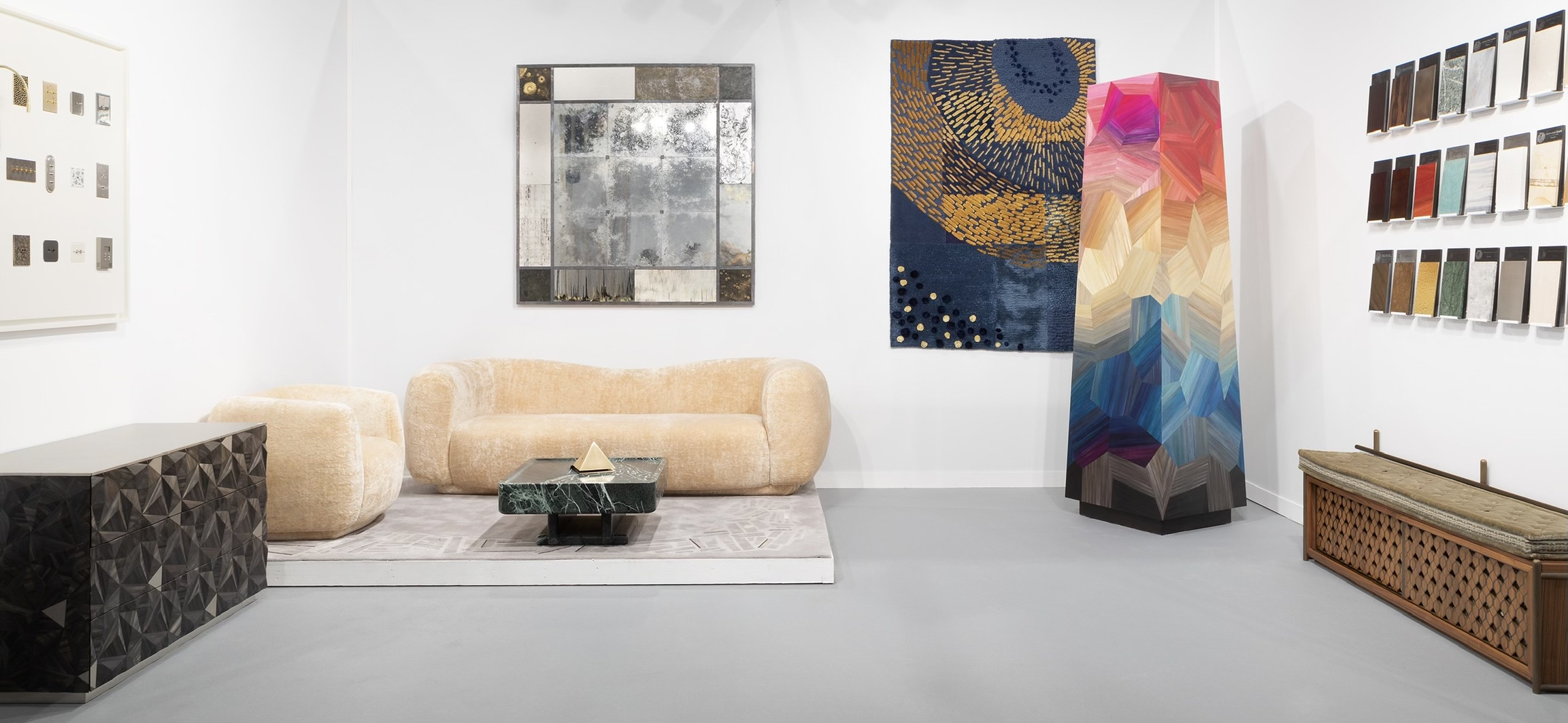
The flamboyant rug “Caldeira”, designed by Elsa Barbillon and crafted by Manufacture de Tapis de Bourgogne in wool and silk, adorns the wall with its blue and ochre tones like a painting that invites one to contemplate the diversity of techniques used in its creation.
On the floor, the rug designed by Thomas Pheasant, and hand tufted in the workshops of Manufacture de Tapis de Bourgogne, softens the scene in shades of grey enhanced by flashes of light coming from the bronze fragments made by Ateliers Saint-Jacques and embedded in the rug.
“Caldeira” rug in wool and silk & Hand tufted rug with bronze fragments made by Ateliers Saint-Jacques, both crafted by Manufacture de Tapis de Bourgogne
In the center of this same rug is a coffee table in solid green marble from the Alps hand manufactured by Ateliers Saint-Jacques and designed by Constant Clesse. A pyramid in brass created by Maison Meljac sits on top of the table. Elegant and functional, this piece imagined by our expert craftsman in high-end electrical equipment is a multimedia hub, whose finishes and engravings are entirely customizable.
The sofa and armchair in velvet fabric from Métaphores, both key pieces in the “Panthère” collection imagined by Studio Parisien in collaboration with Ateliers Jouffre, bring softness through their curves. Atelier de Ricou exhibits on the wall a creation revealing their mastered technique of eglomised glass, here used as a mirror effect whose frame is made of several samples of their art materials.
“Panthère” sofa and armchair in velvet fabric from Métaphores by Ateliers Jouffre, engraved multimedia hub in brass finish by Maison Meljac & coffee table in solid marble “vert des Alpes” by Ateliers Saint-Jacques
A true contemporary work of art designed and produced by Lison de Caunes Creation, the Louxor chest of drawers, covered with its ebony straw marquetry with graphic patterns in relief, stands proudly alongside the lounge area on the adjacent wall.
“Louxor” chest of drawers by Ateliers Lison de Caunes
Ateliers Saint-Jacques and Constant Clesse also designed a bench in walnut and patinated bronze, characterized by sliding doors in brass and wood marquetry, whose pierced effects form a trellis “Musharabieh” style. The cushion of the bench is covered with a taupe silk “Tout Doux” velvet decorated with custom-made bouffettes and a braid from the Tsarina collection by Declercq Passementiers.
On the walls, the sample panels showcasing our artisans know how echo their exhibited creations and give an additional idea of the range of possible finishes.
Samples of wood, stone, metal and bronze from the 4 workshops of Ateliers Saint-Jacques, samples from Maison Meljac collection and wall creation by Atelier de Ricou showcasing eglomised glass and their art materials.


